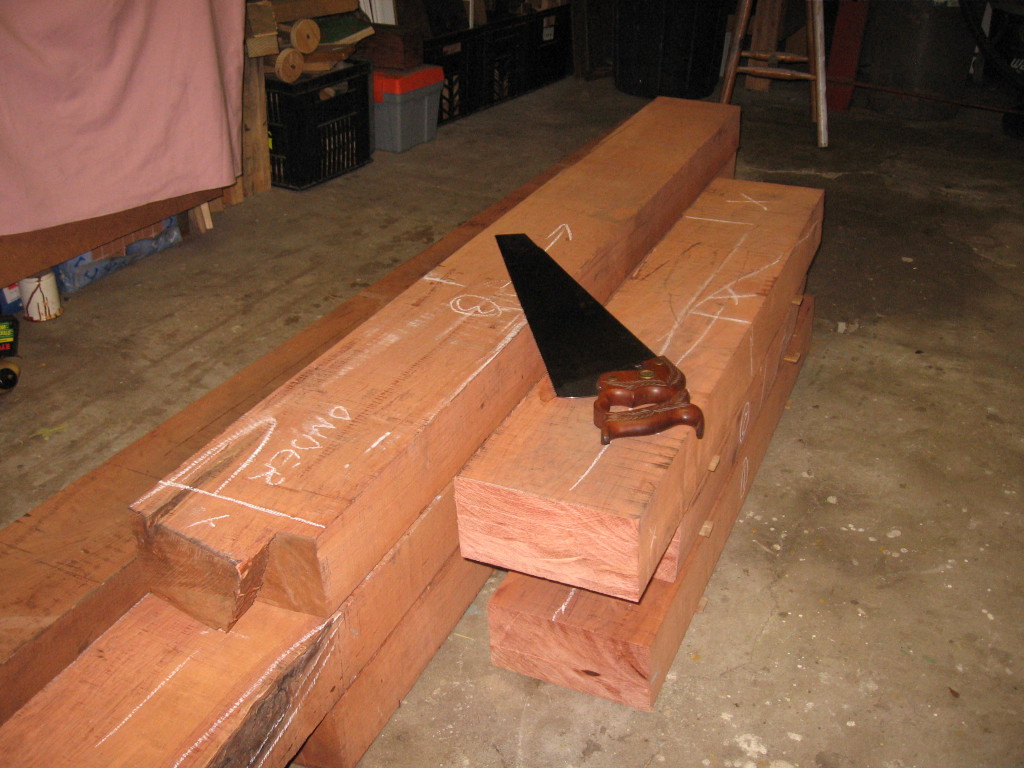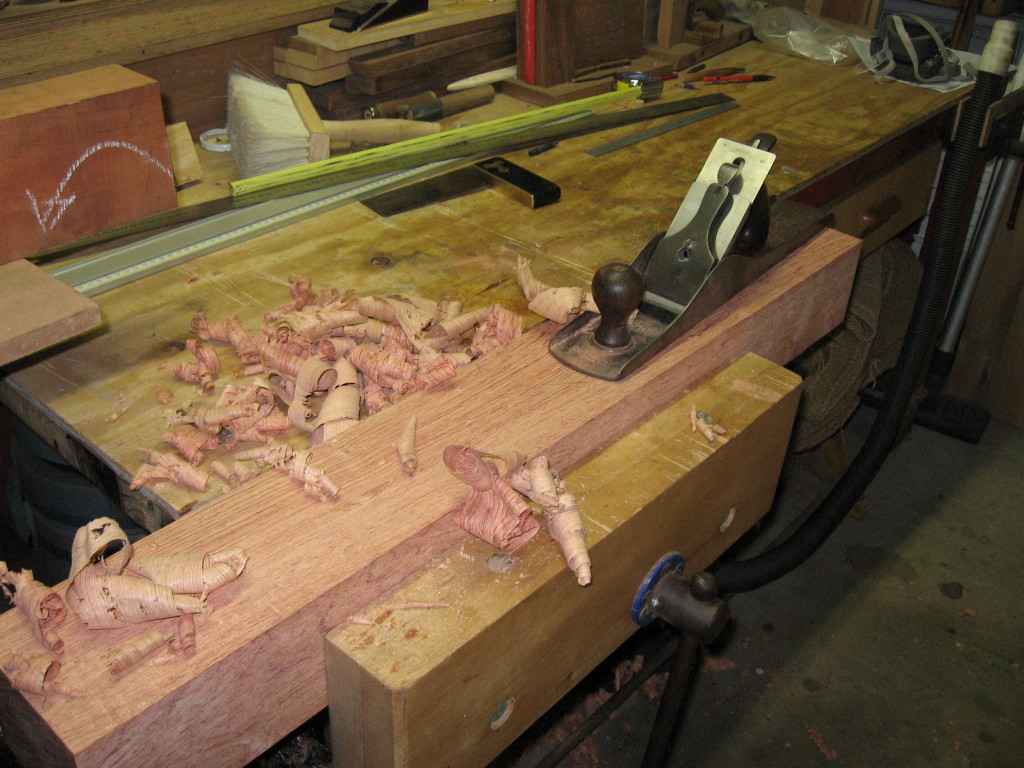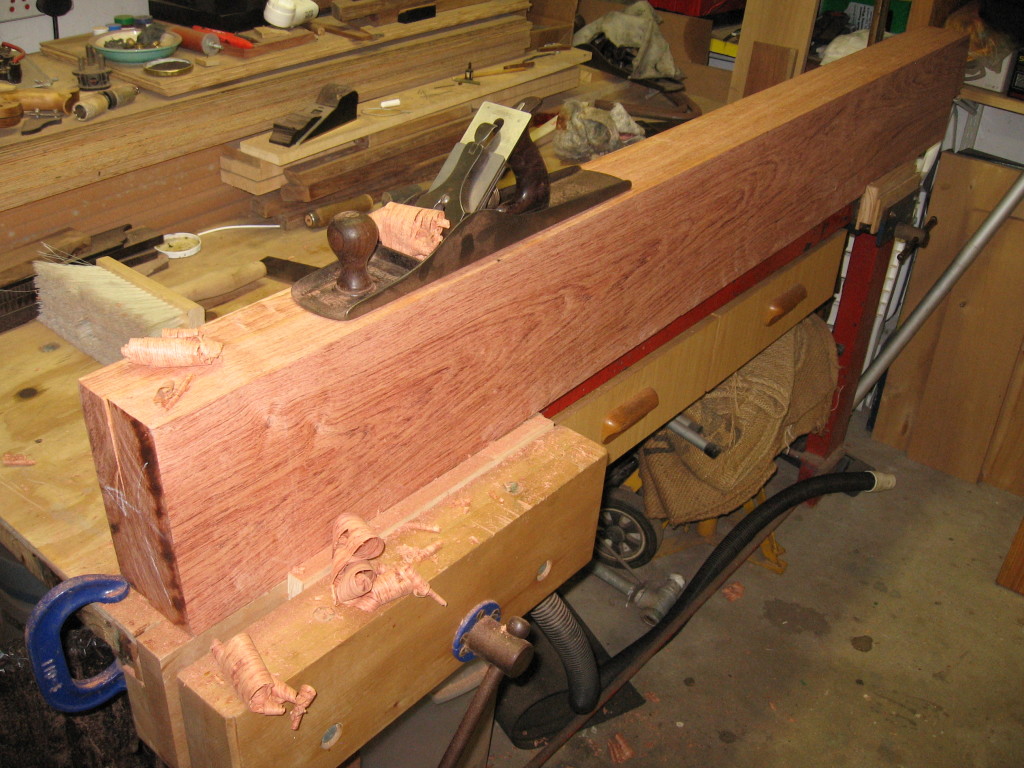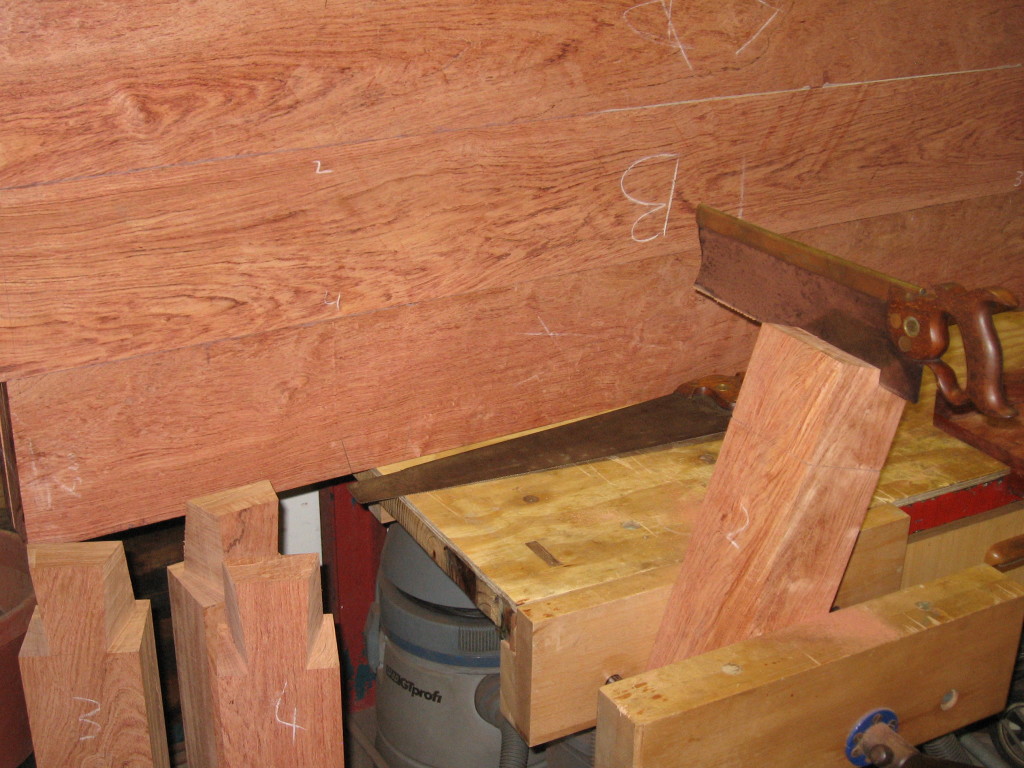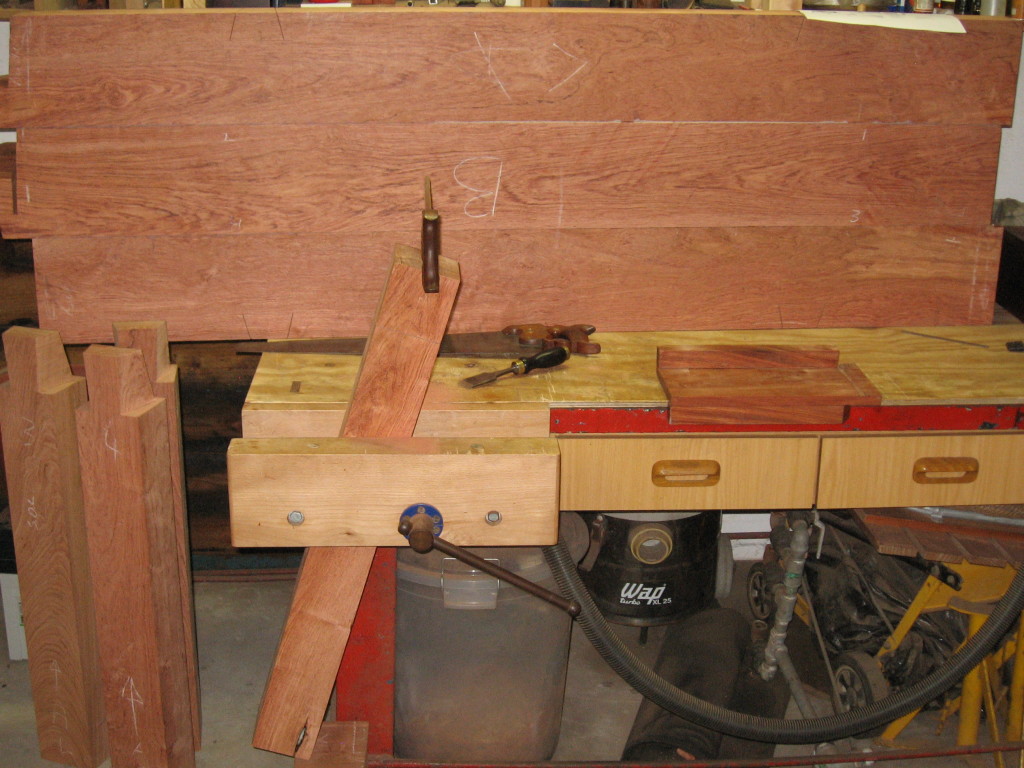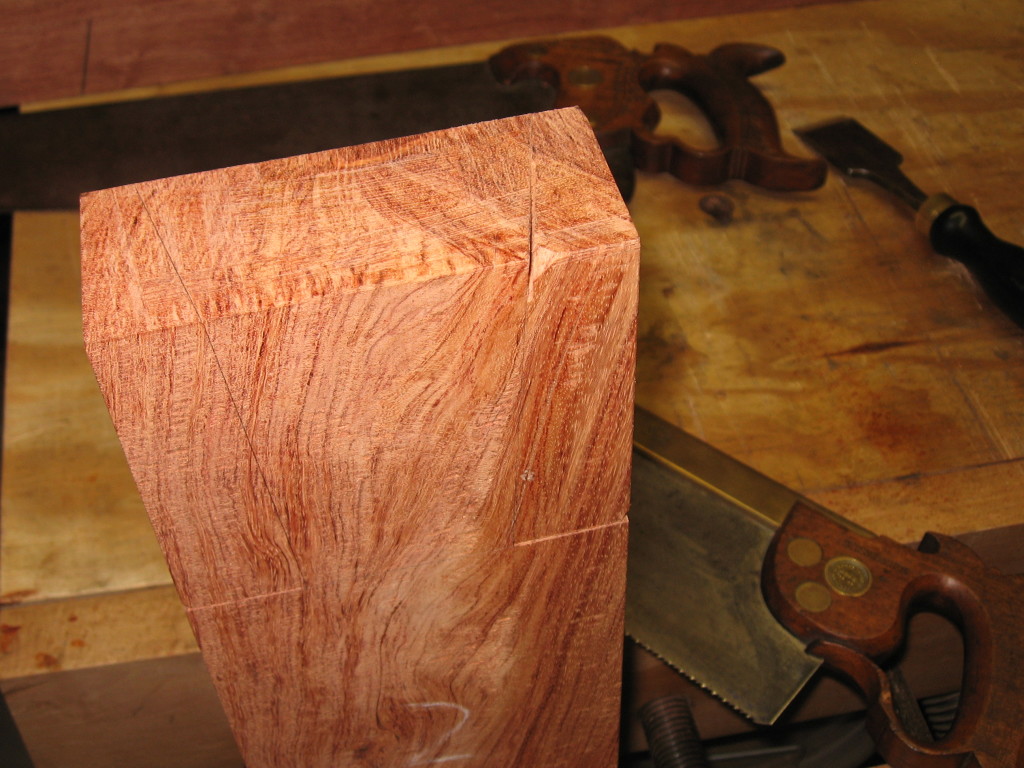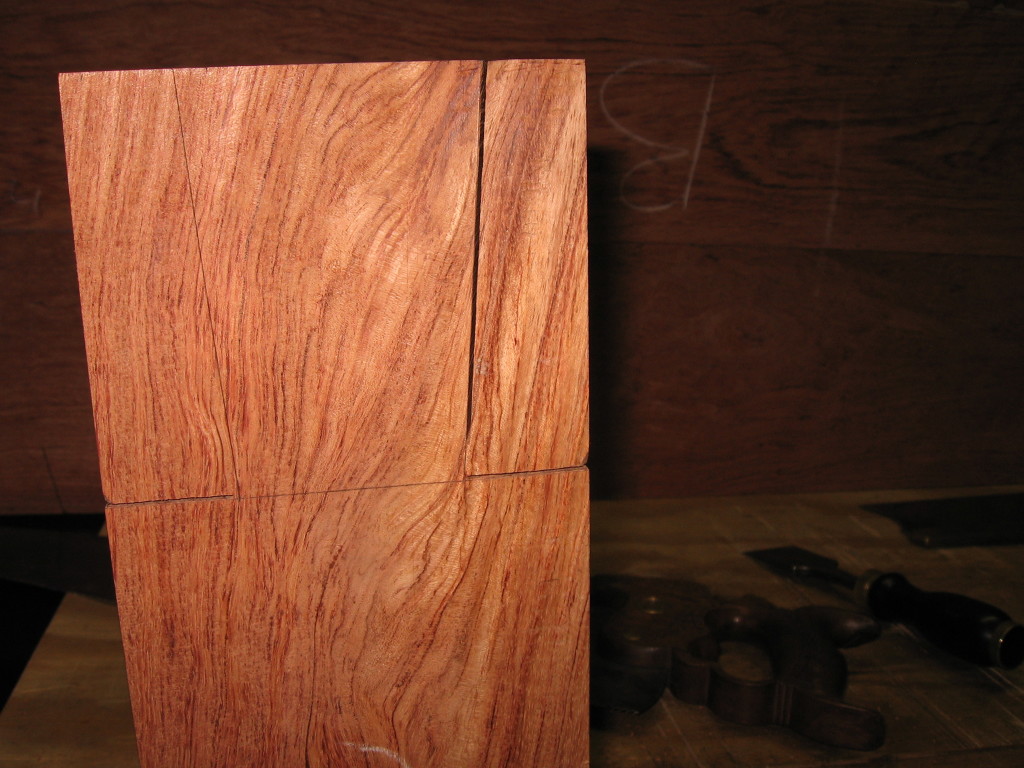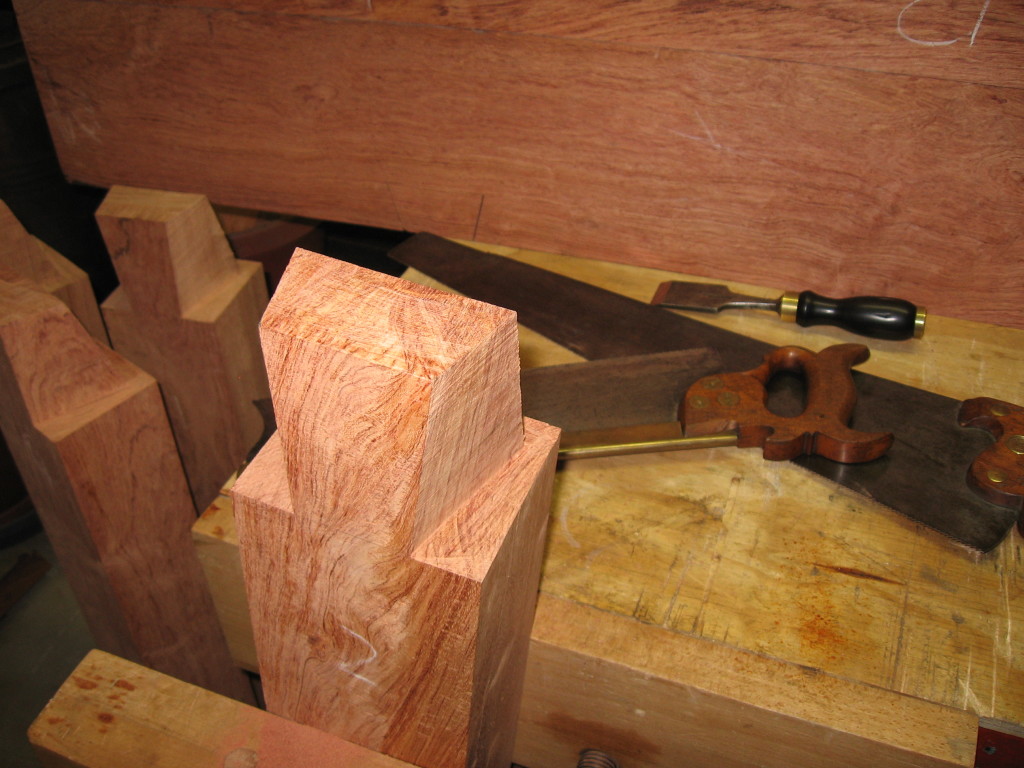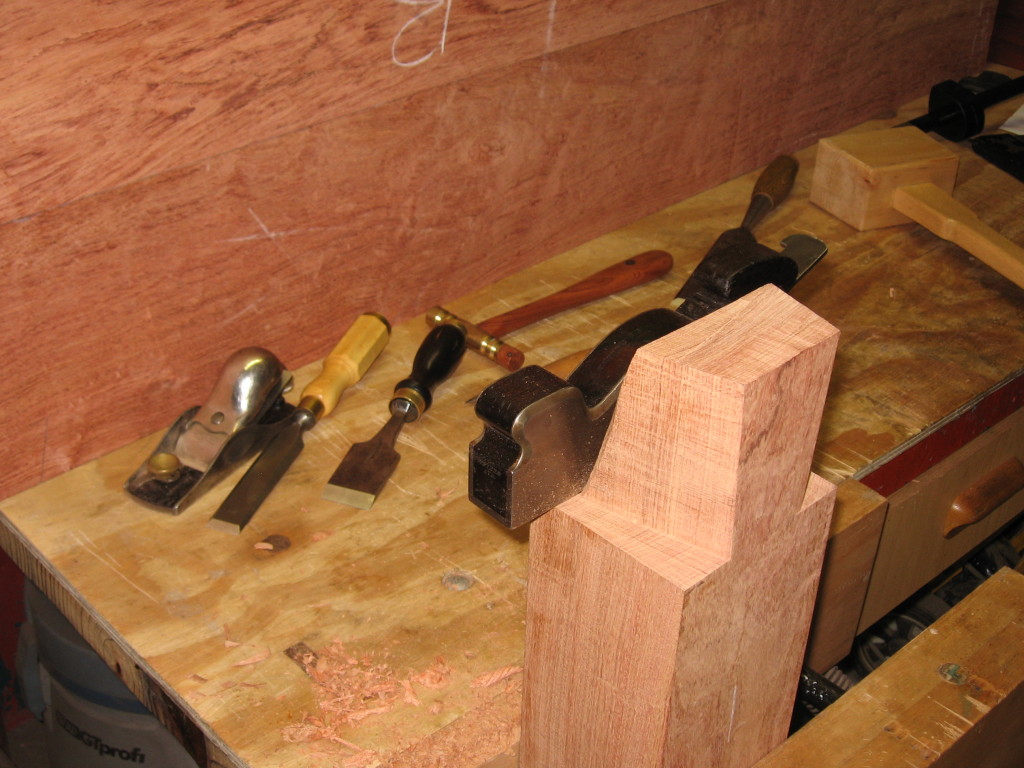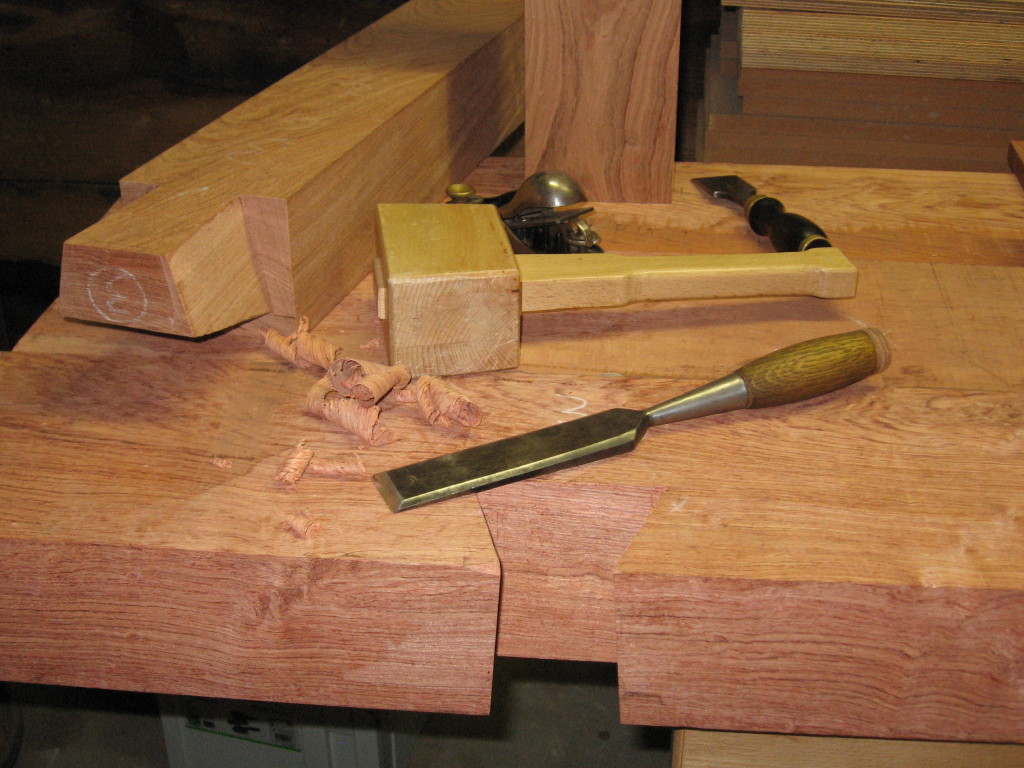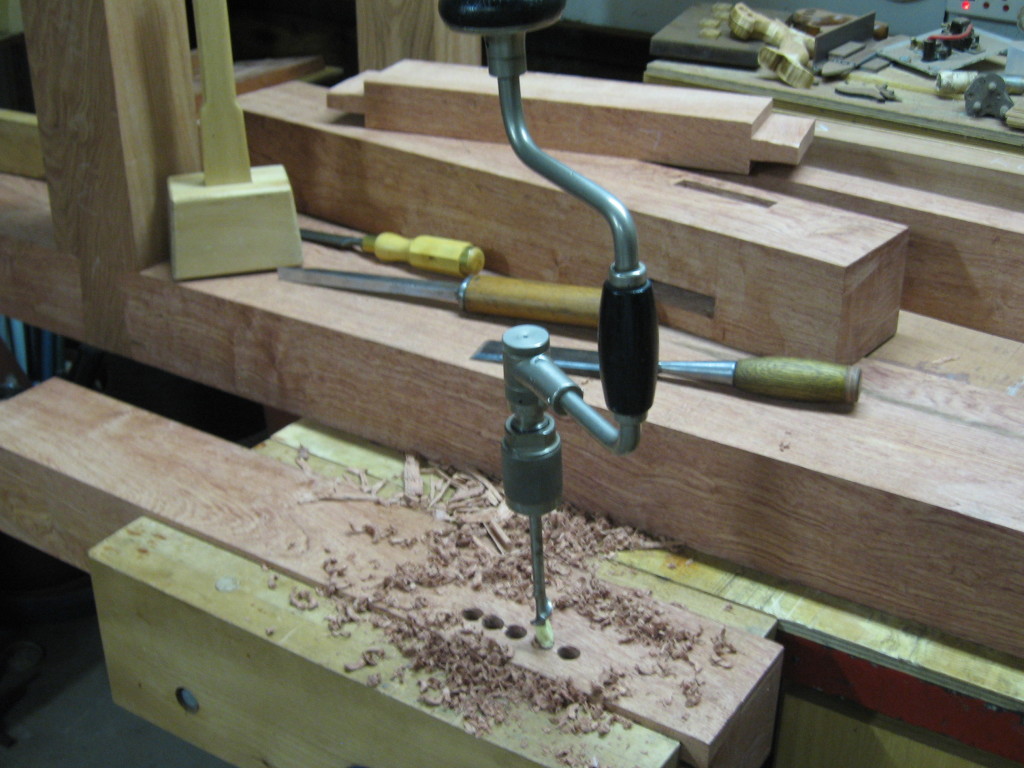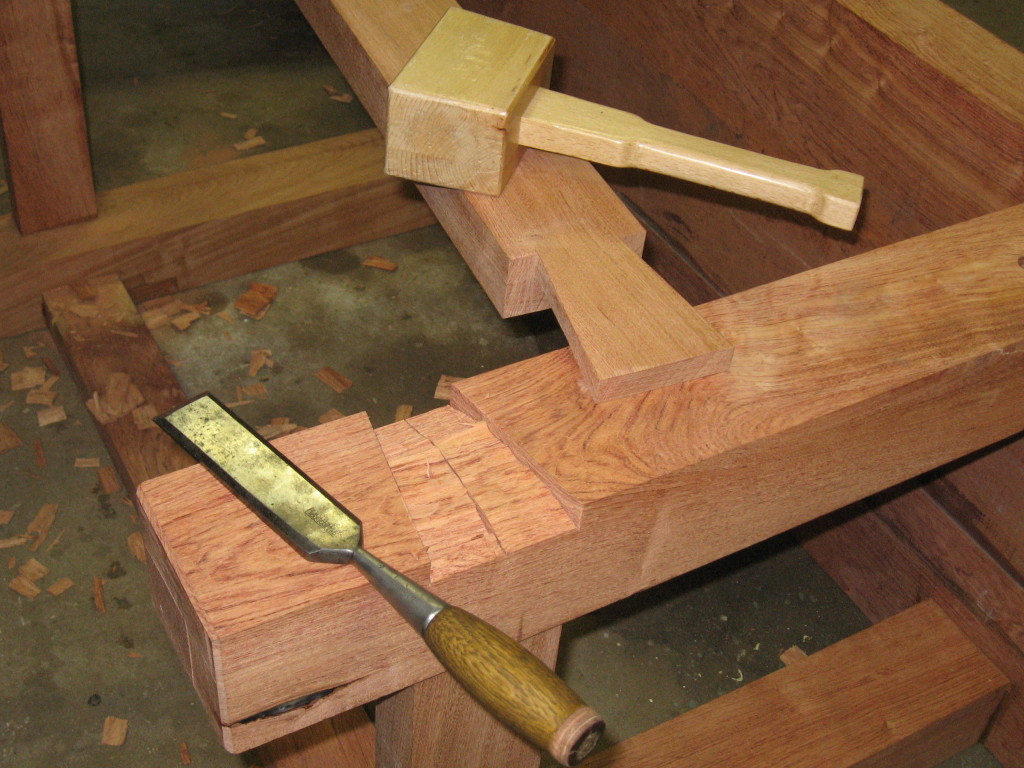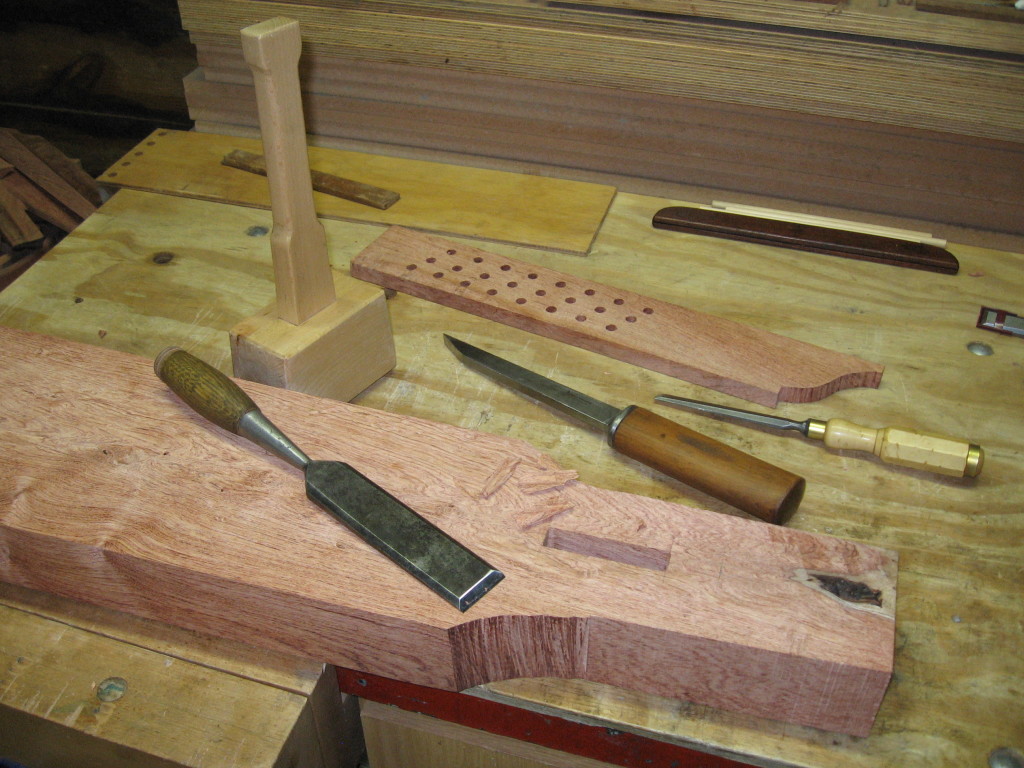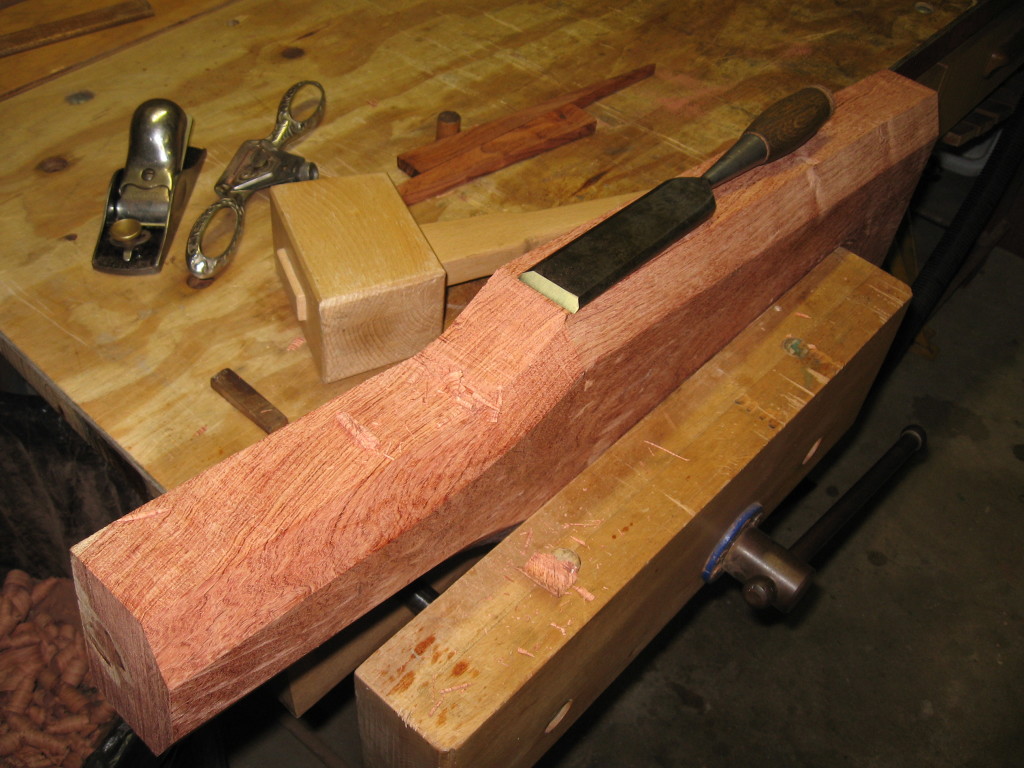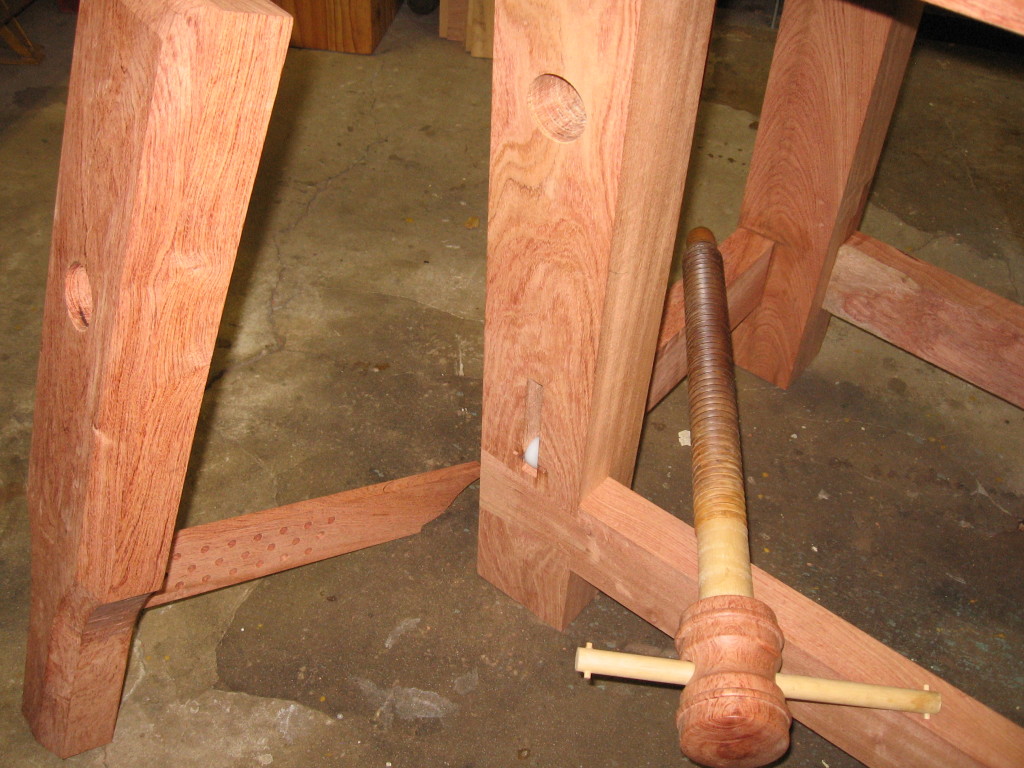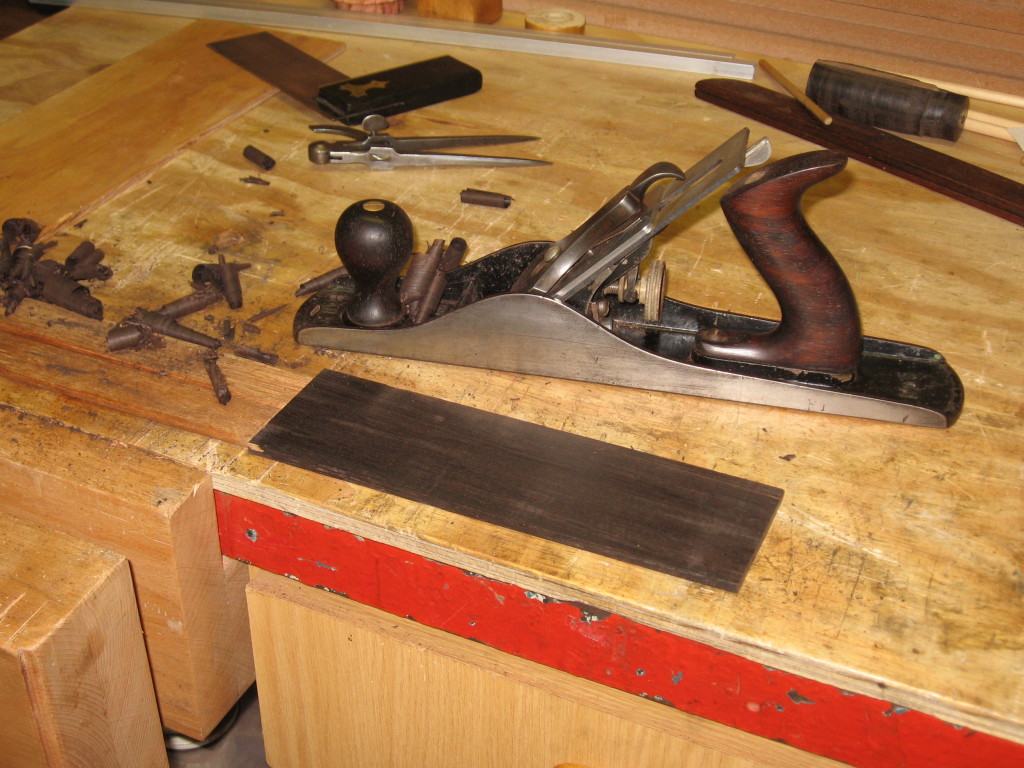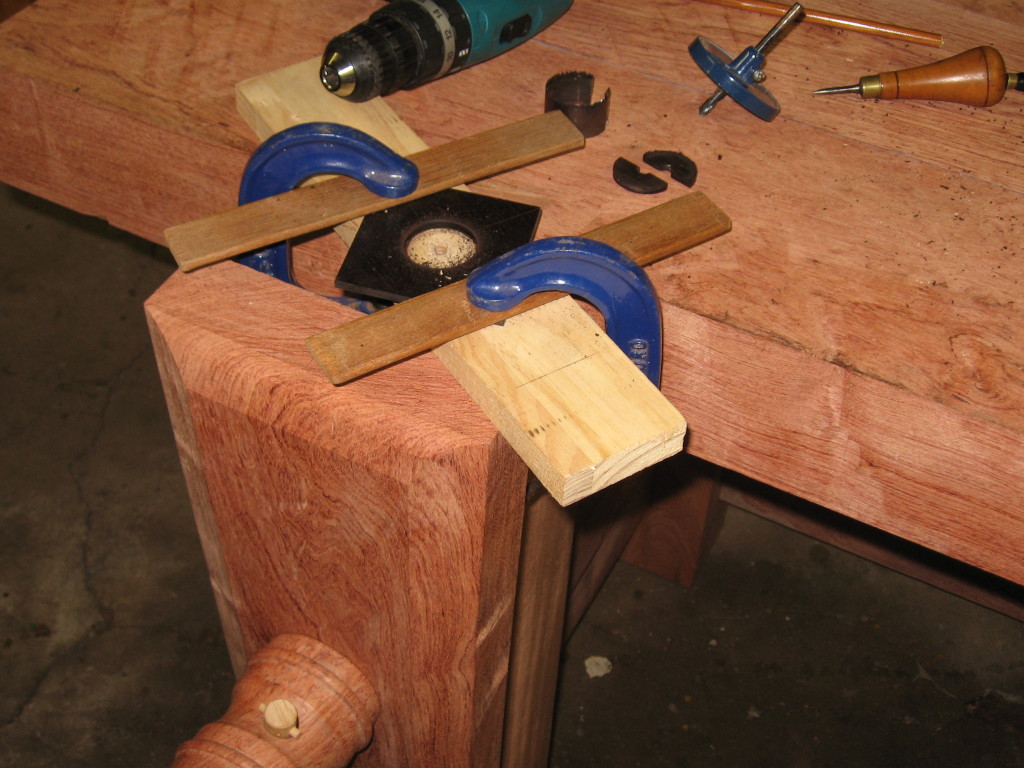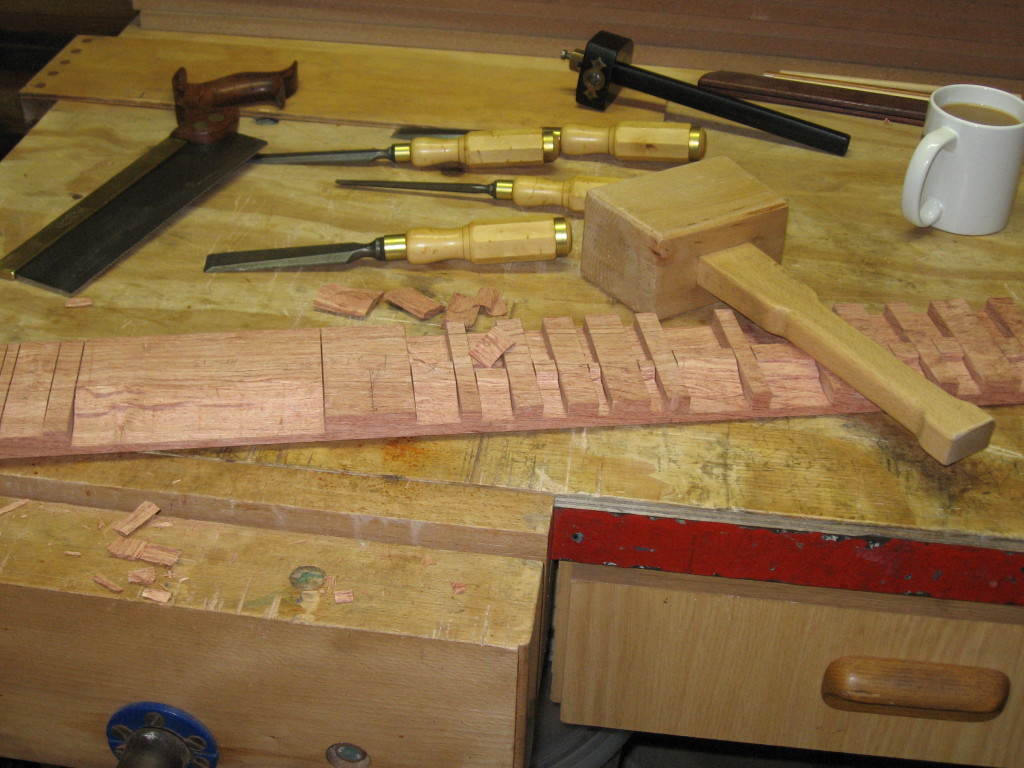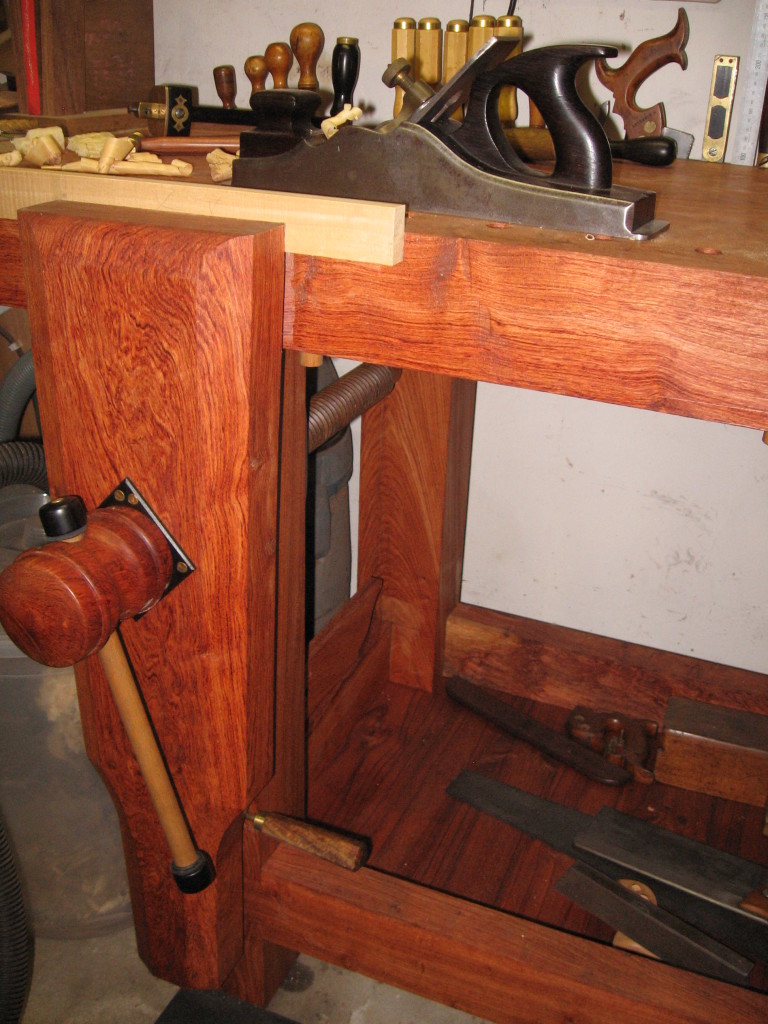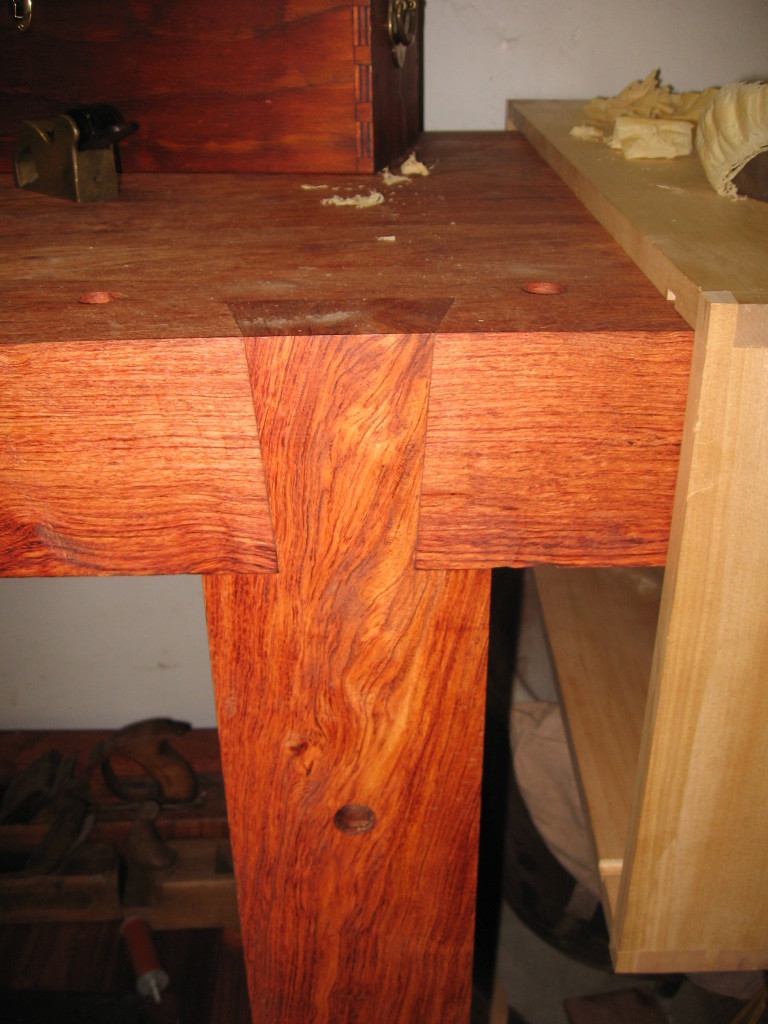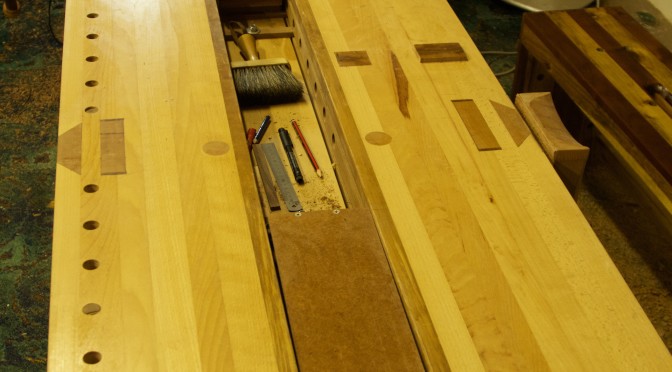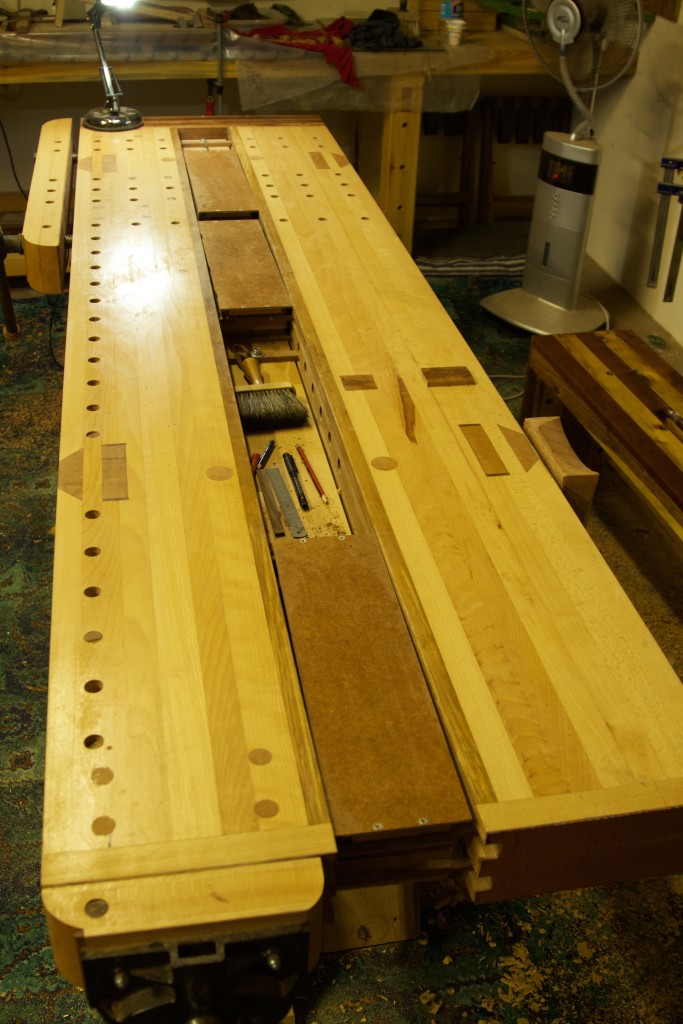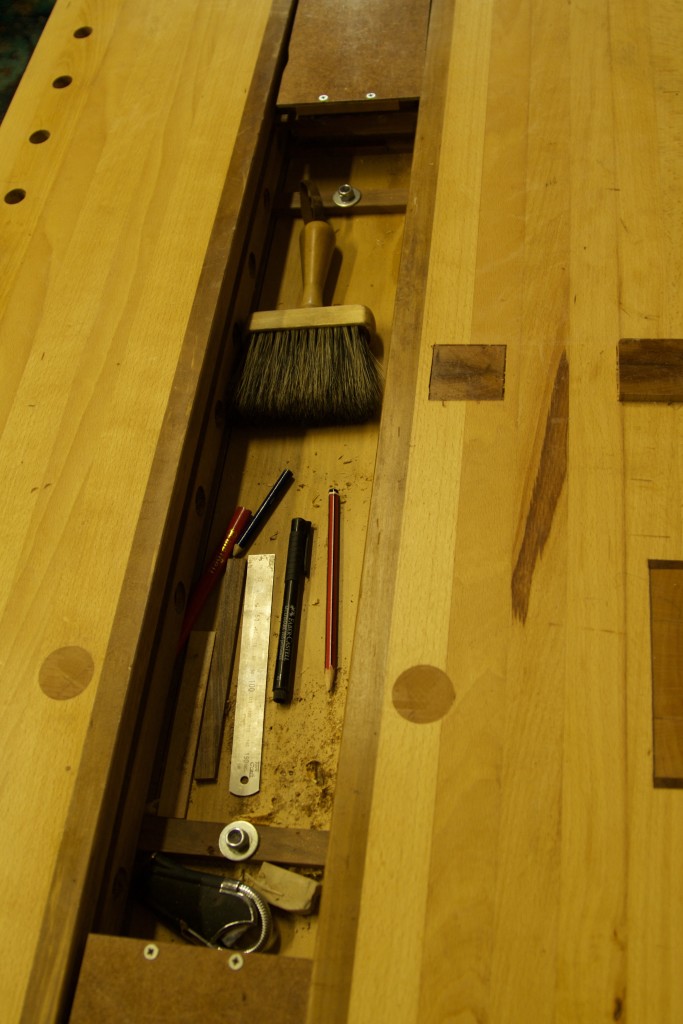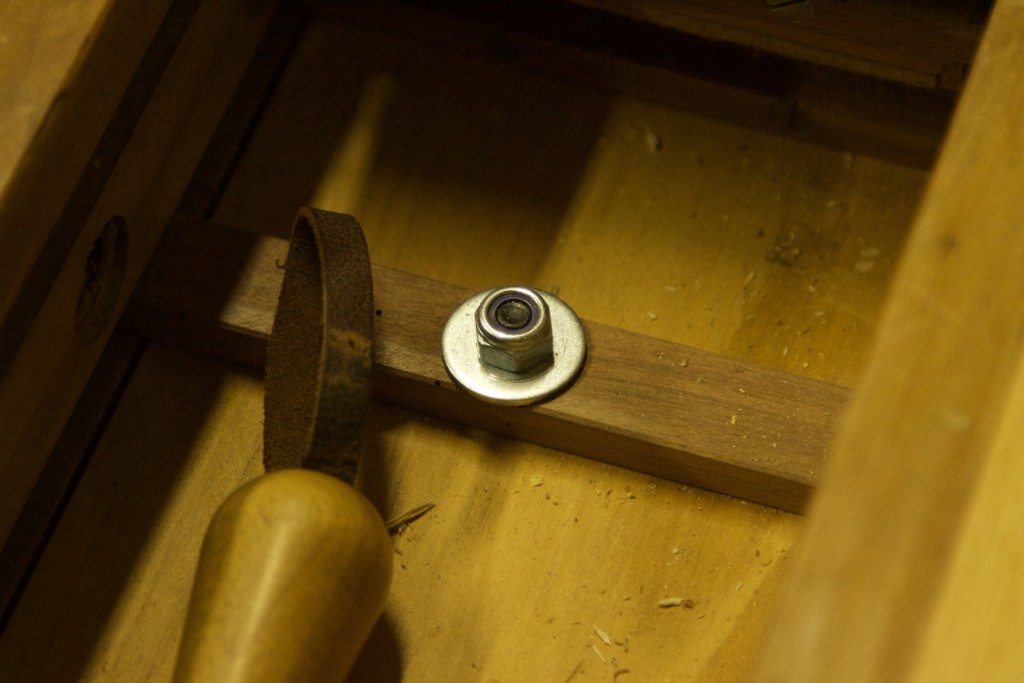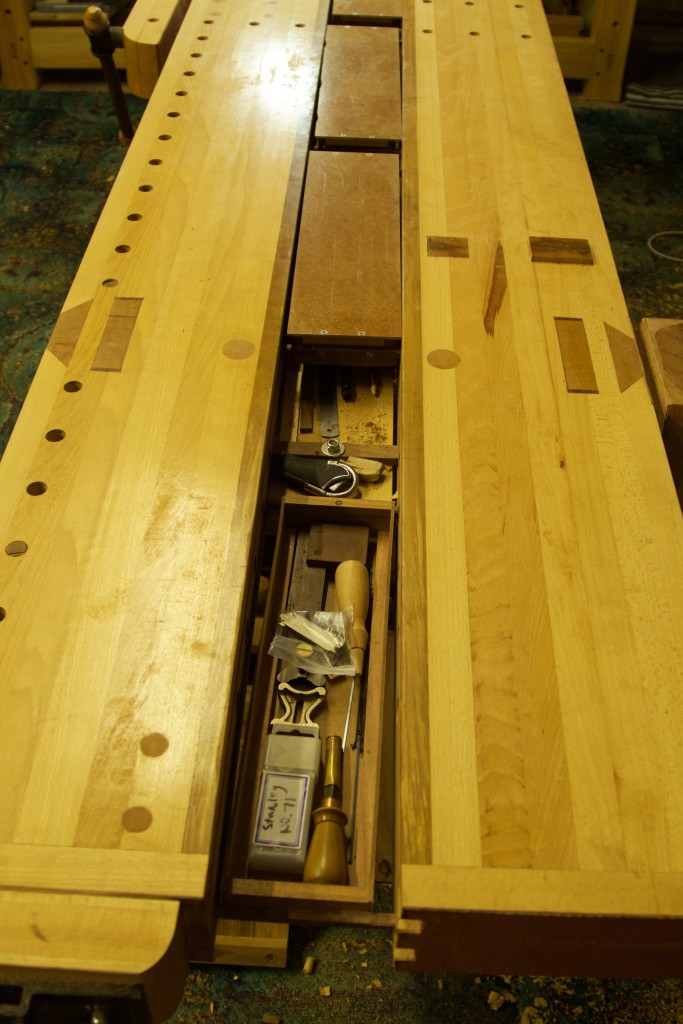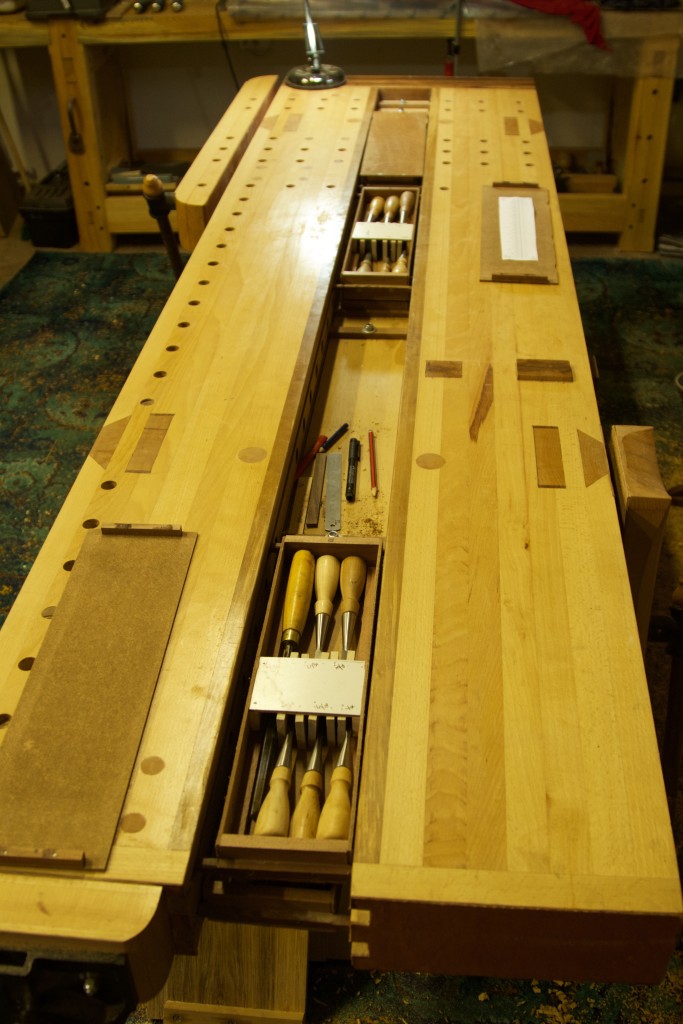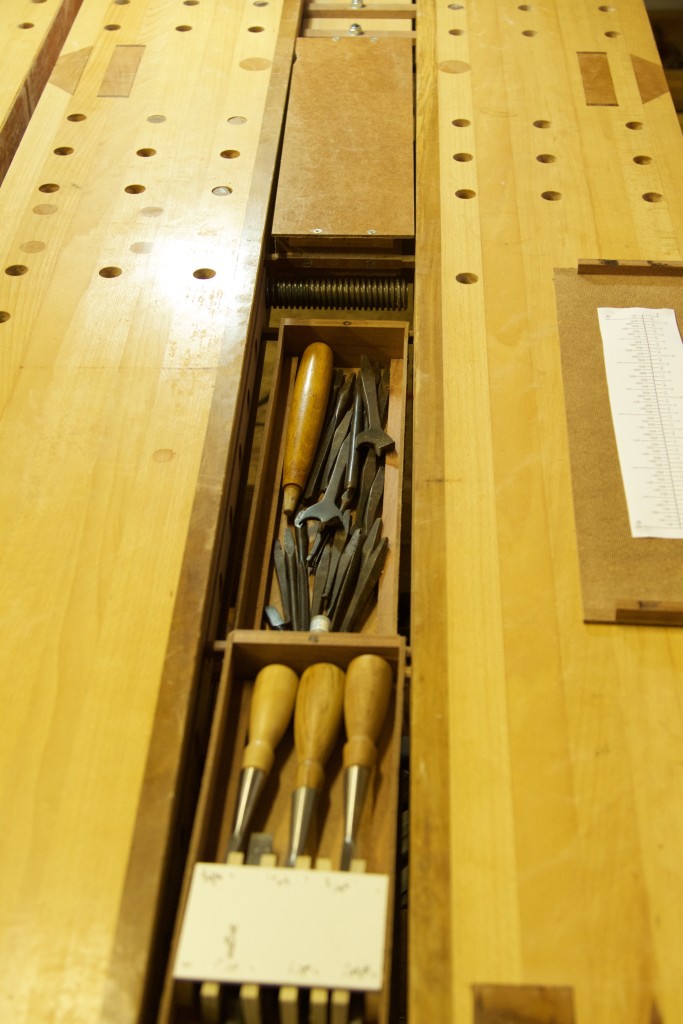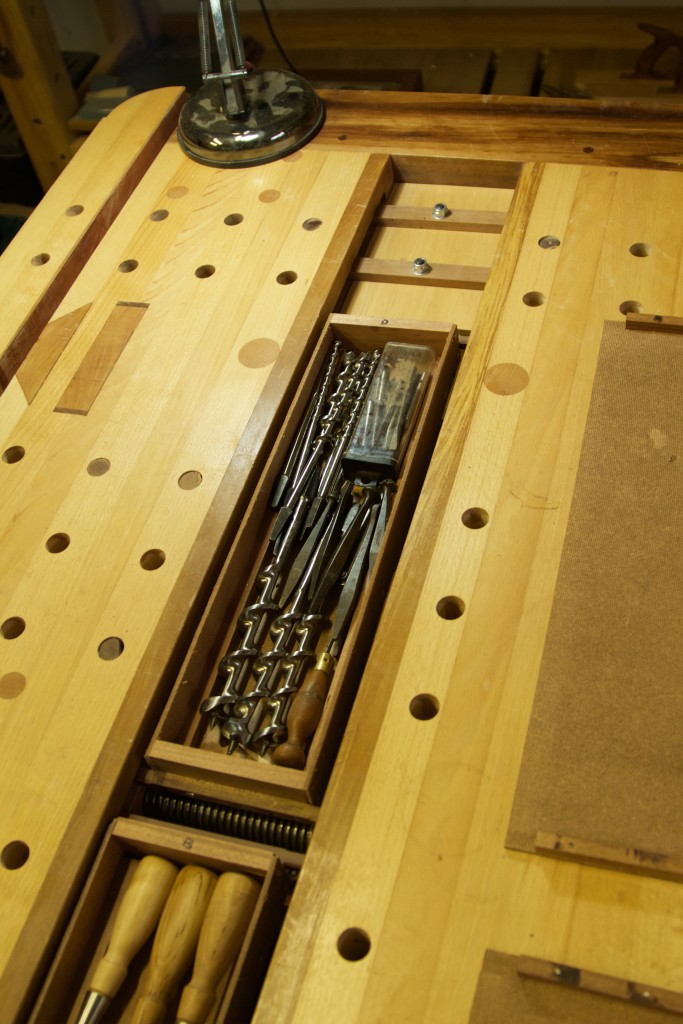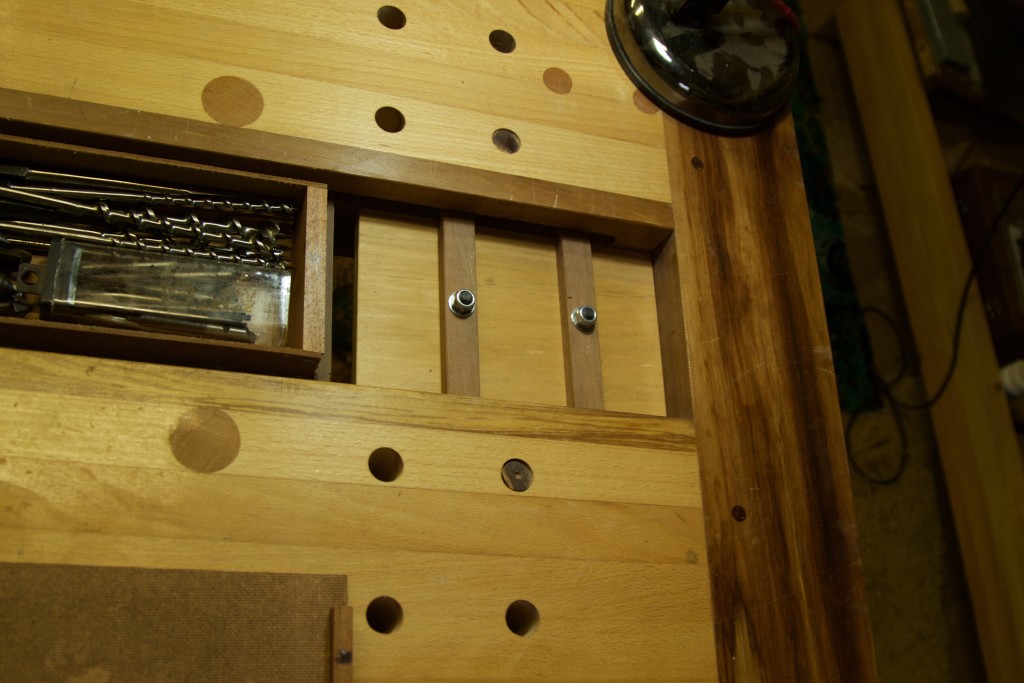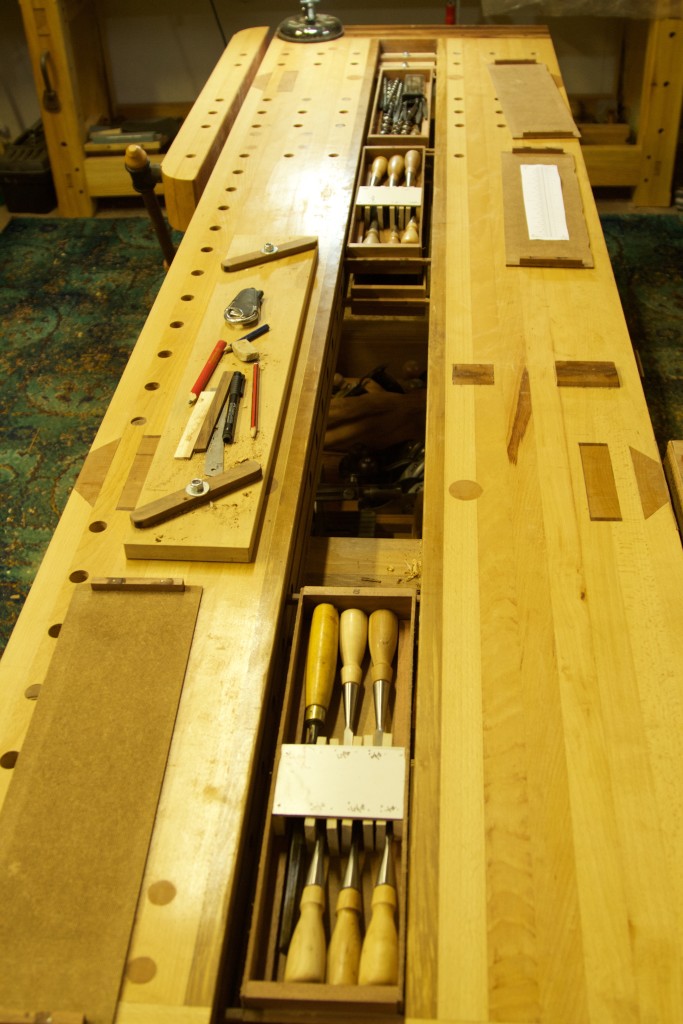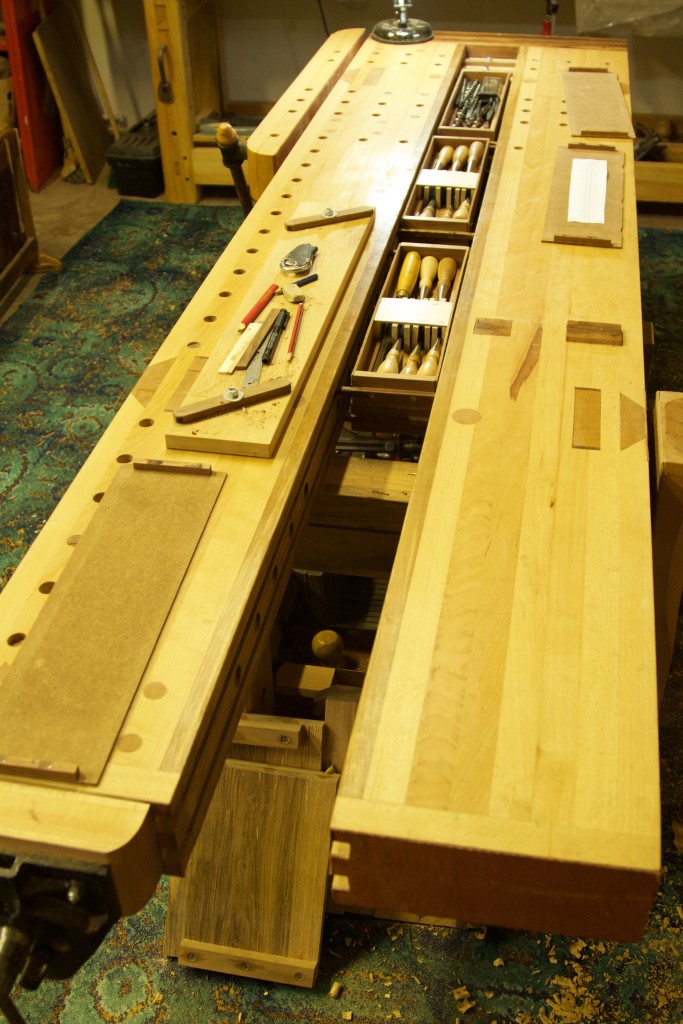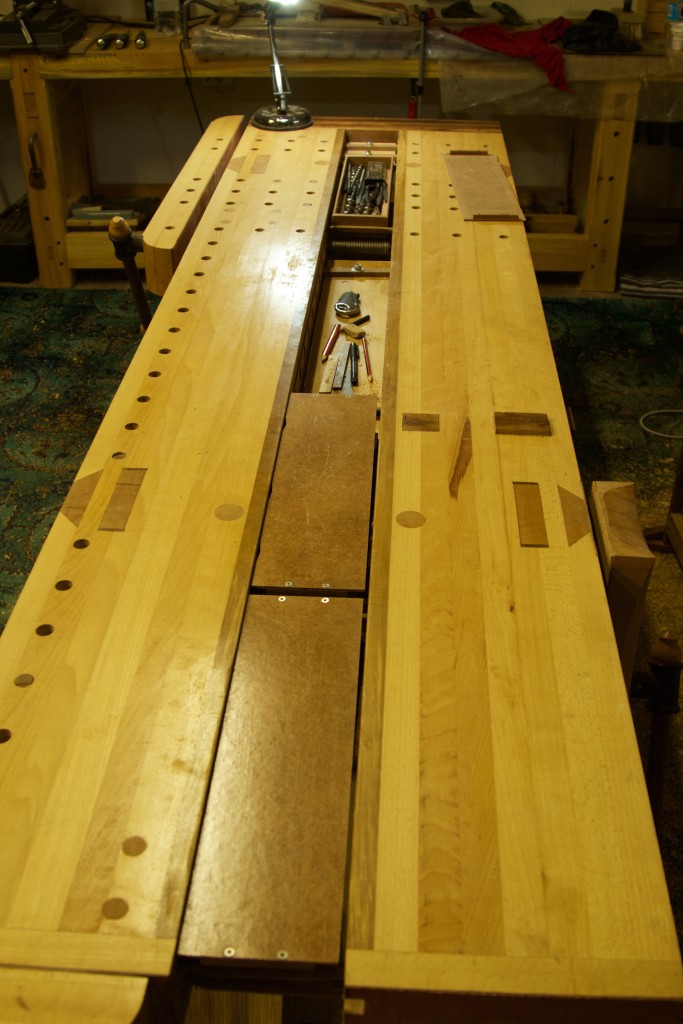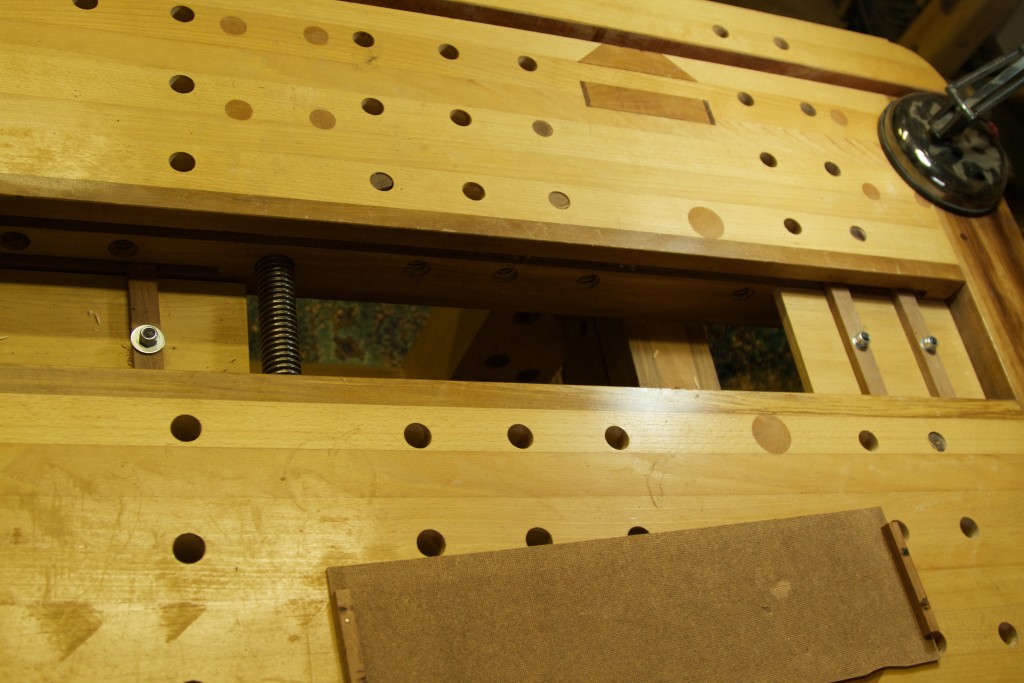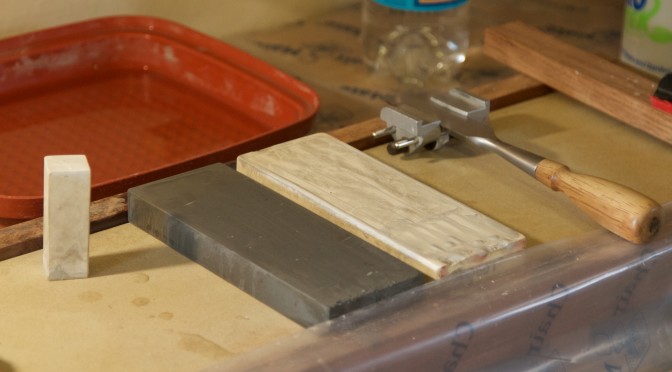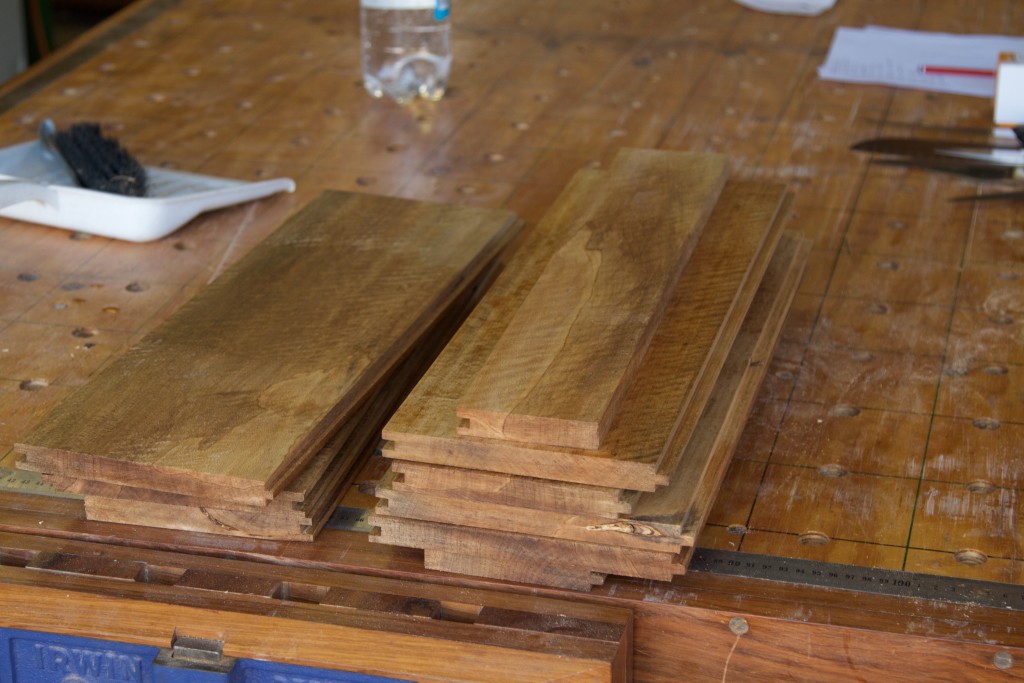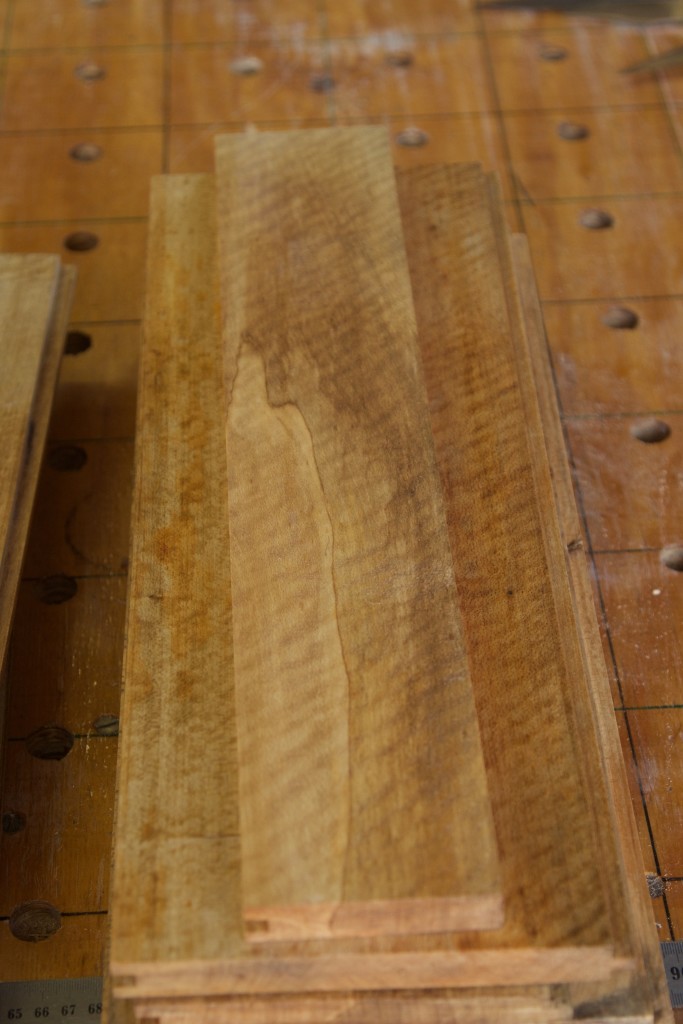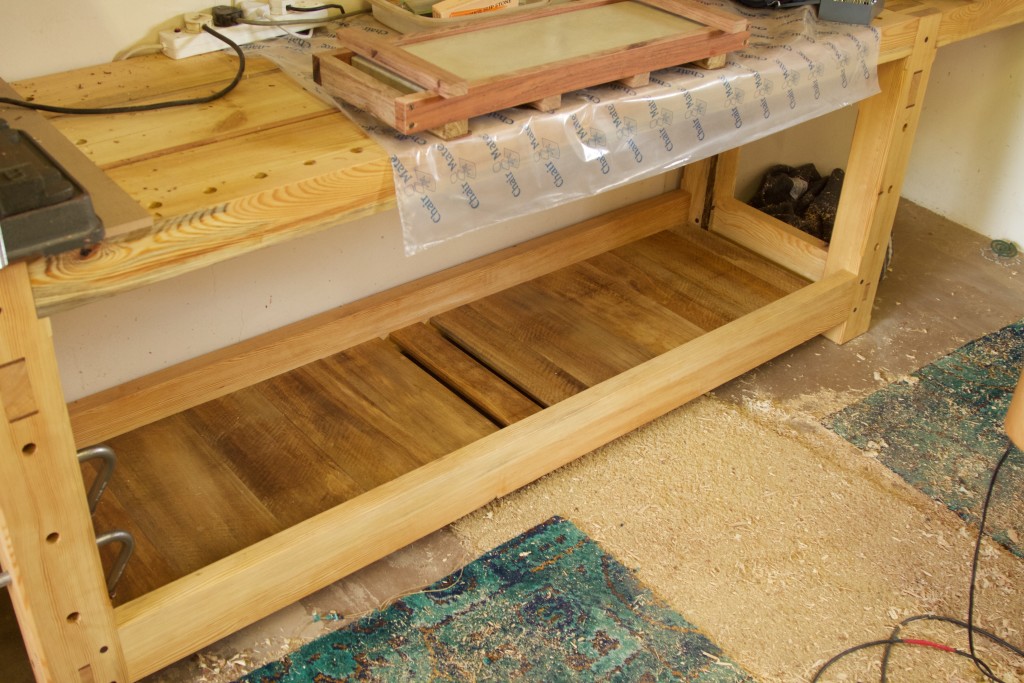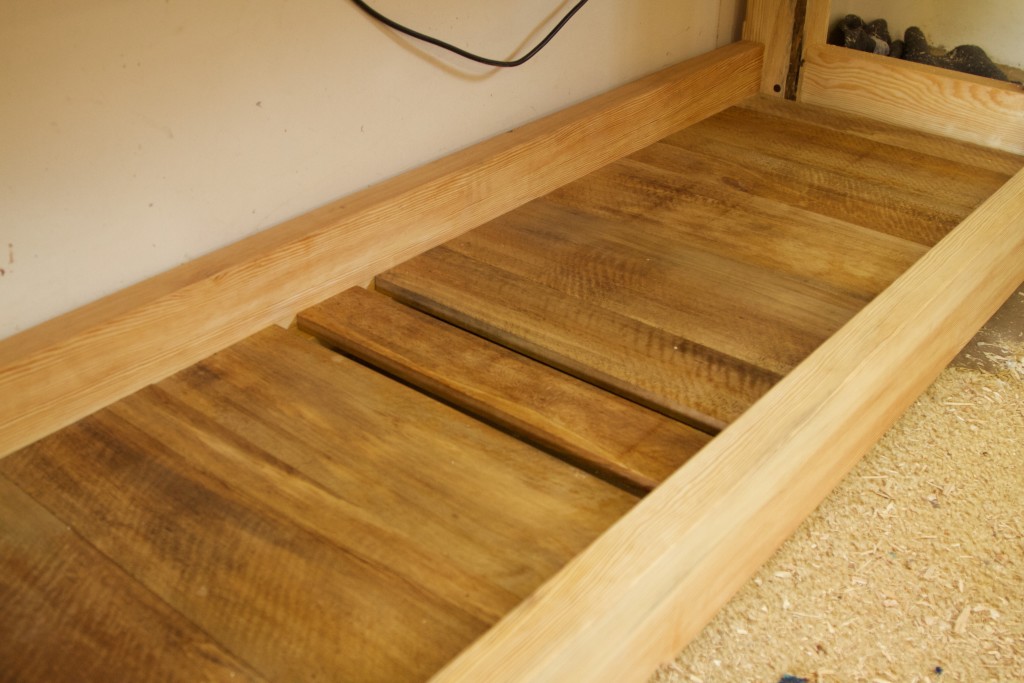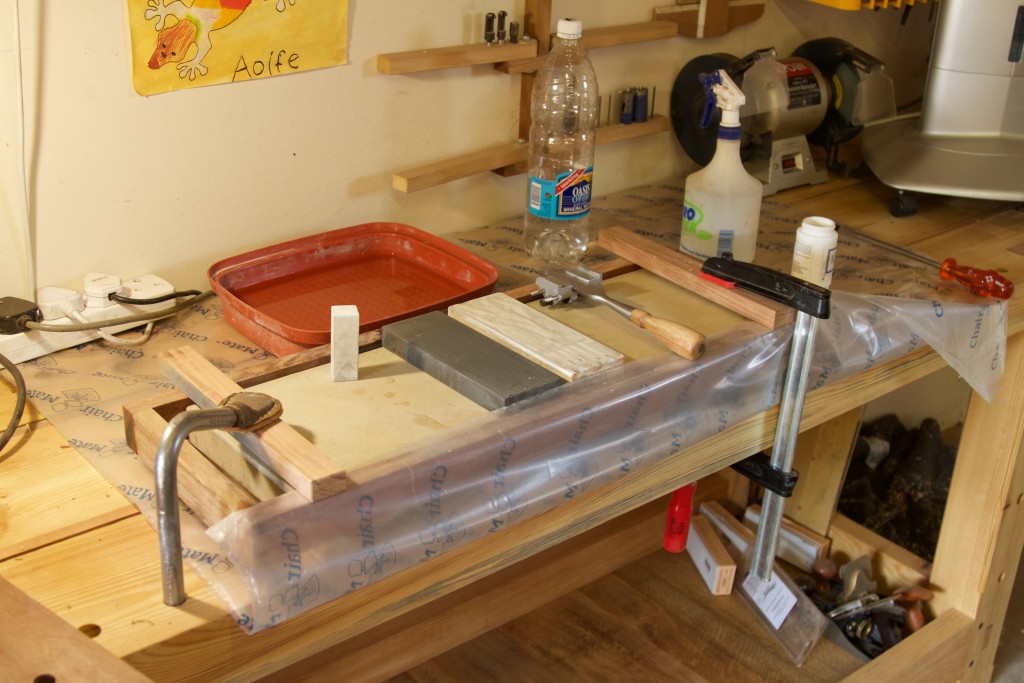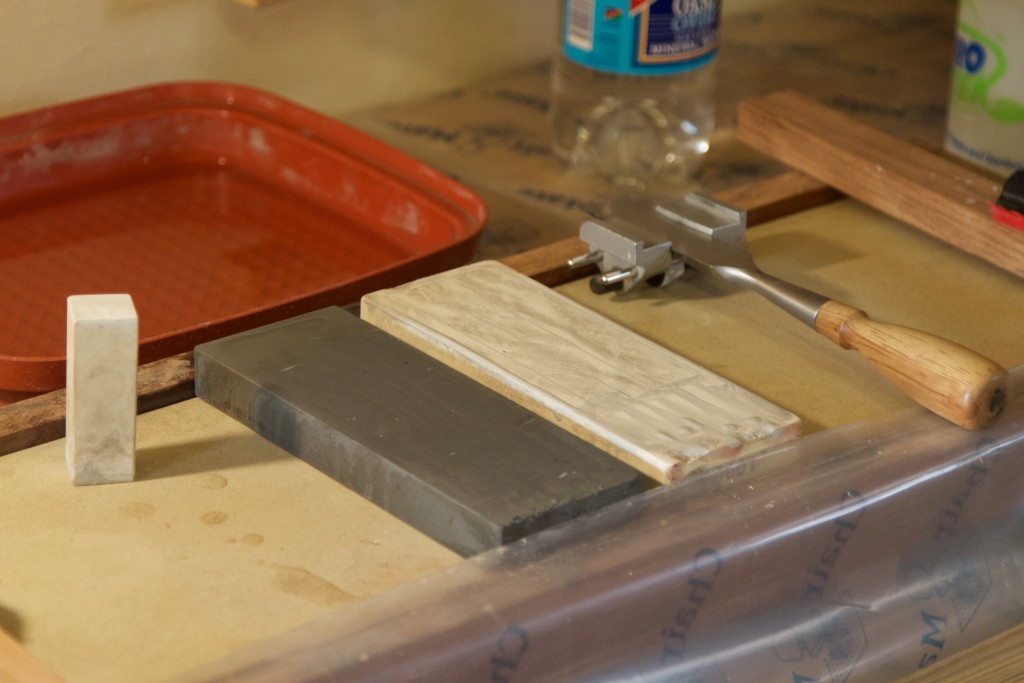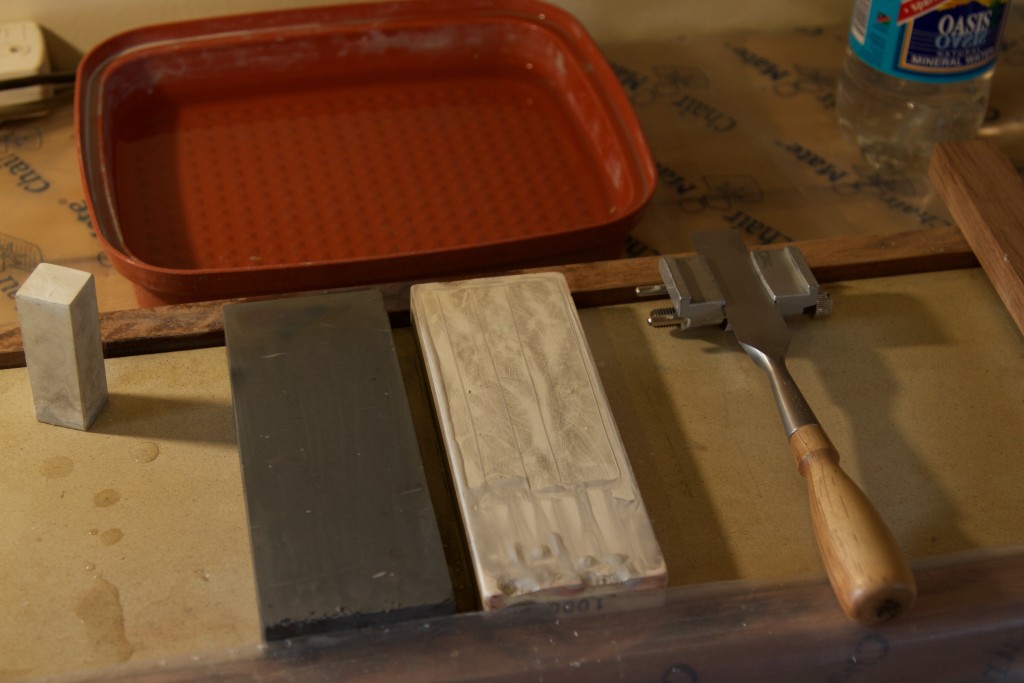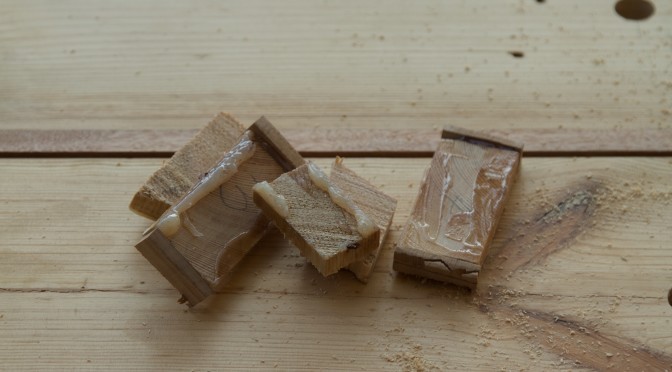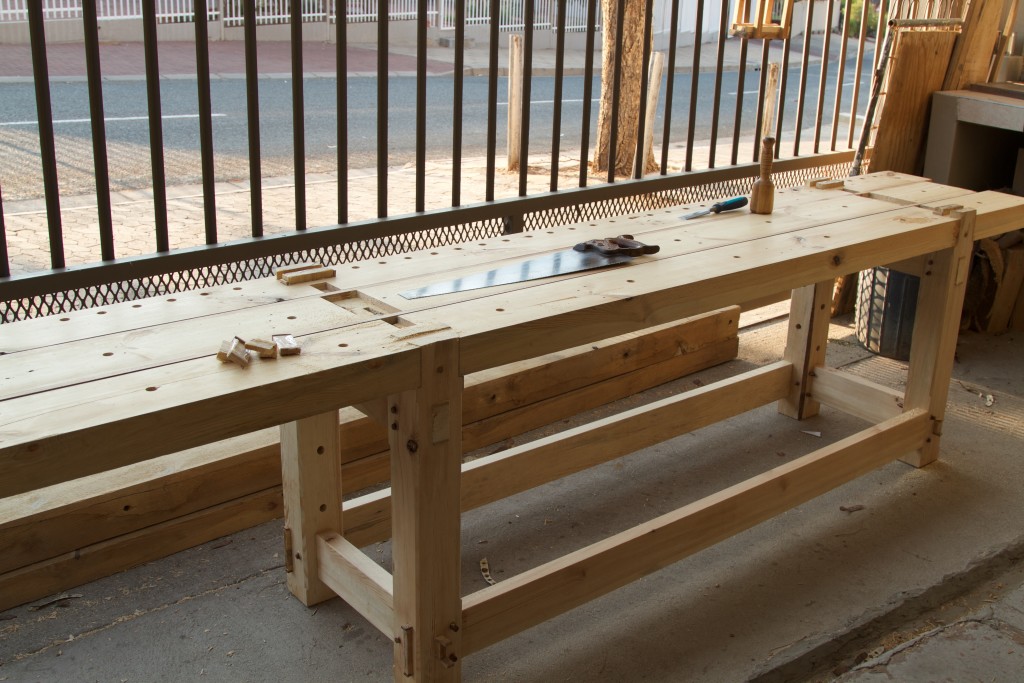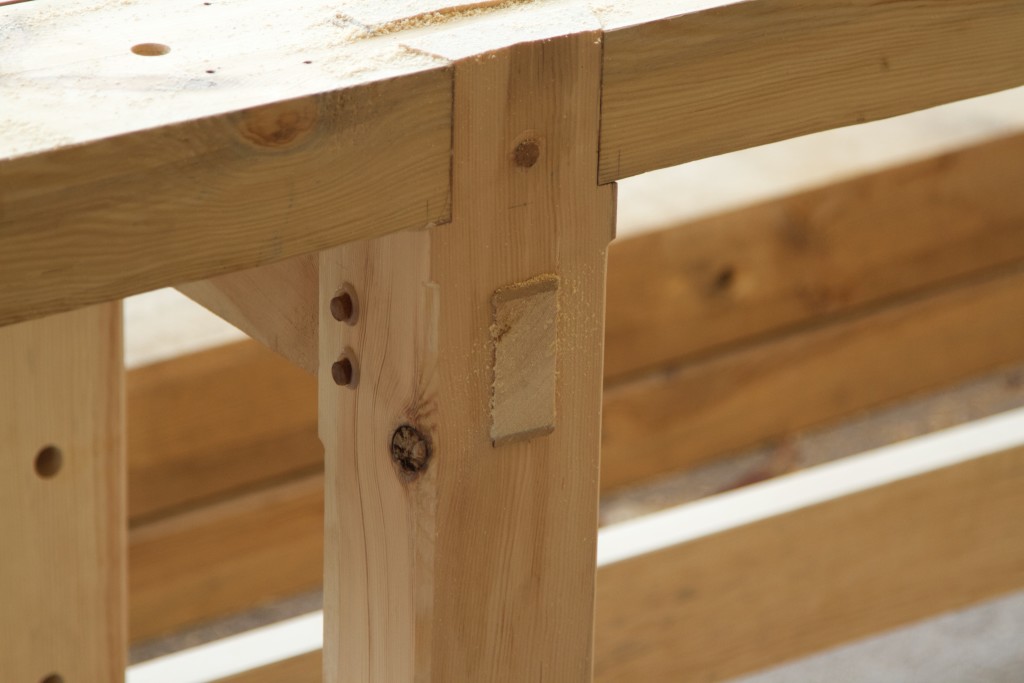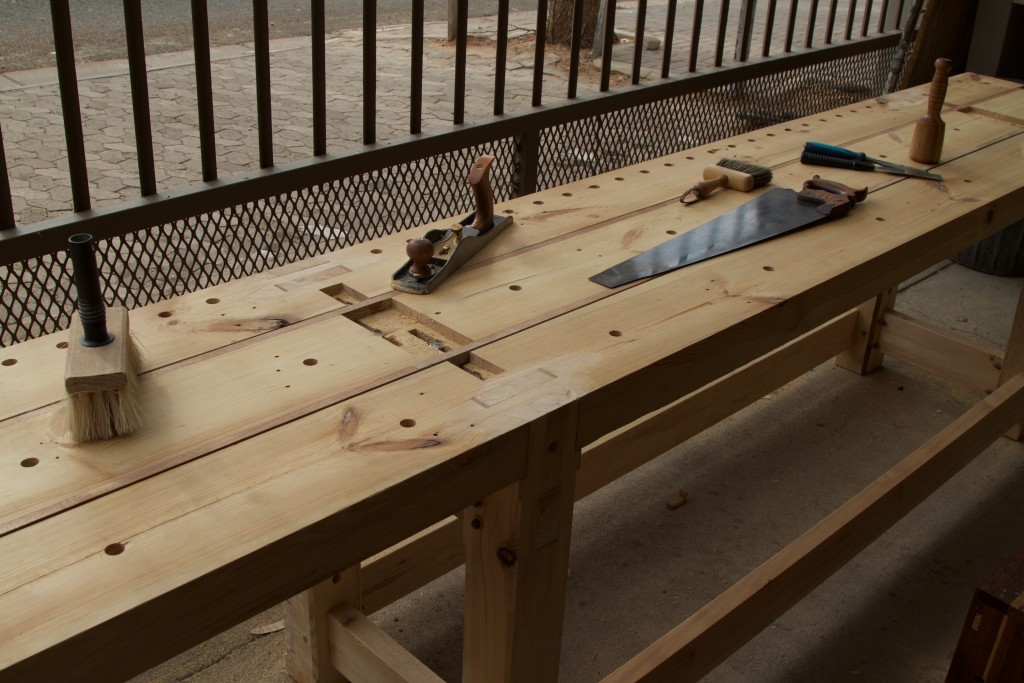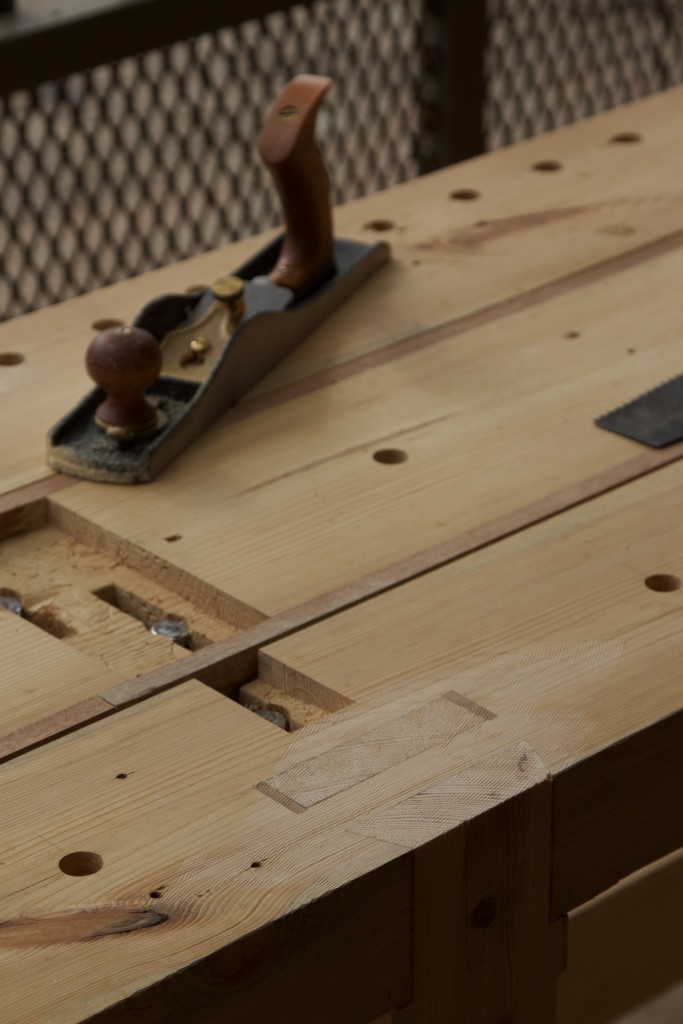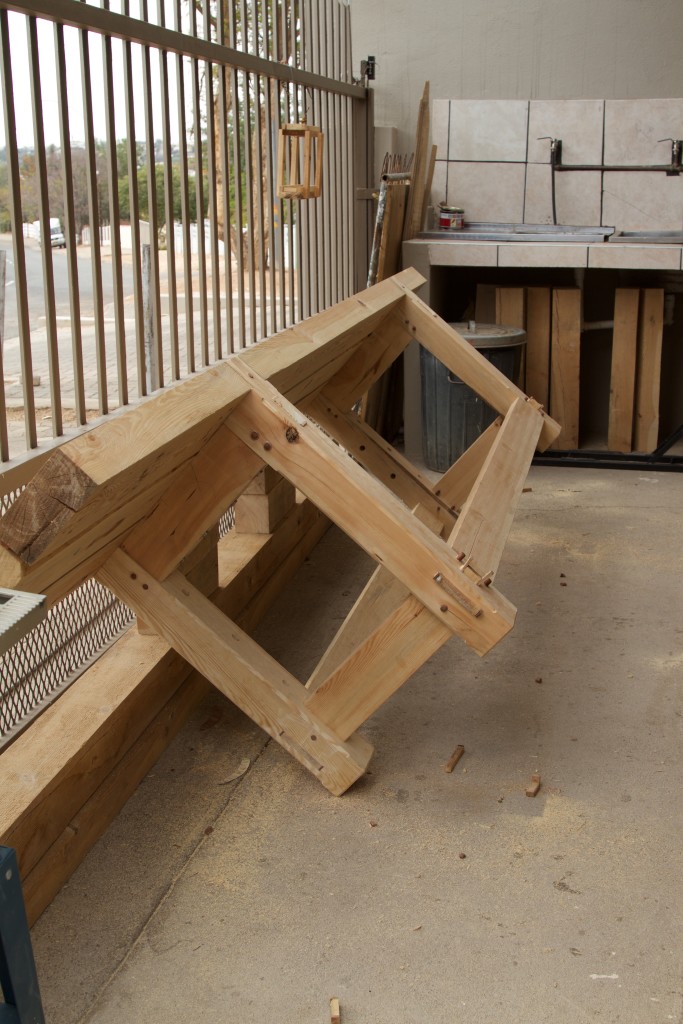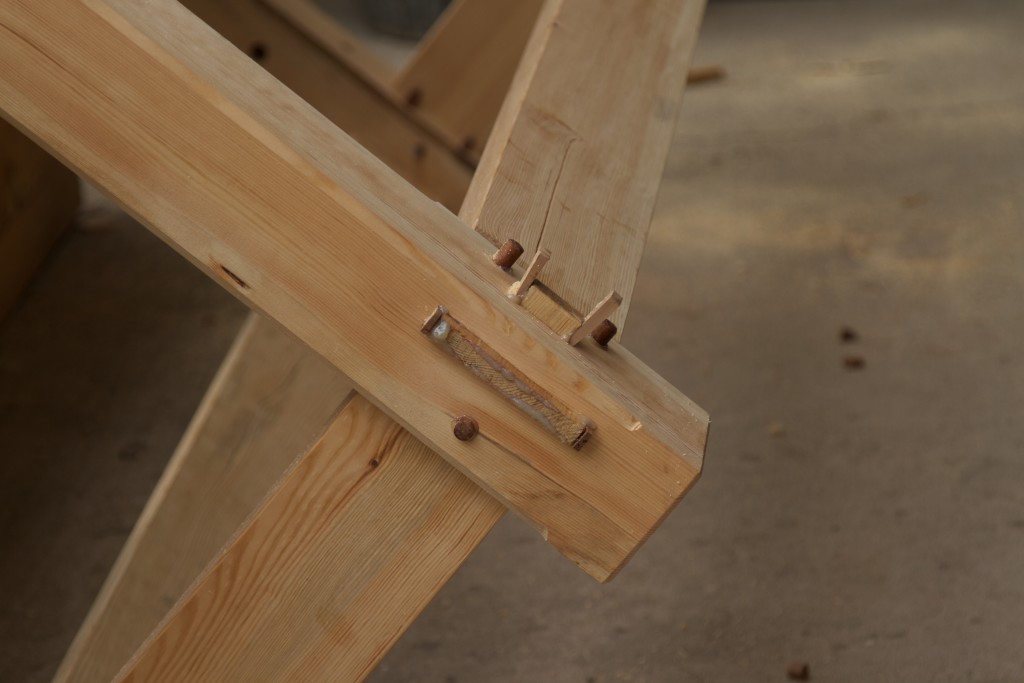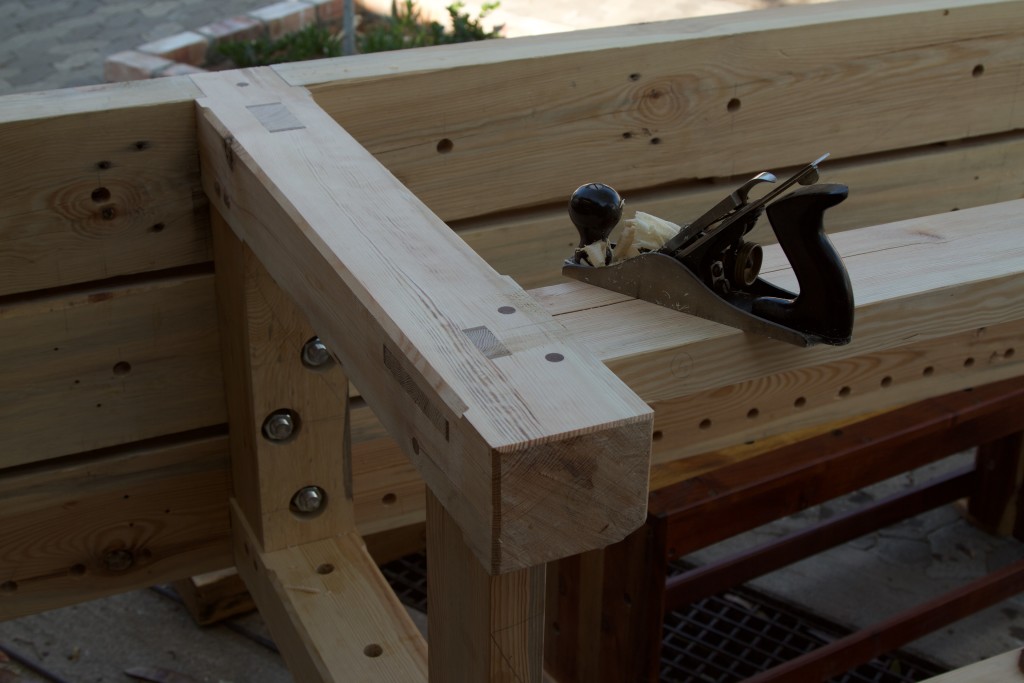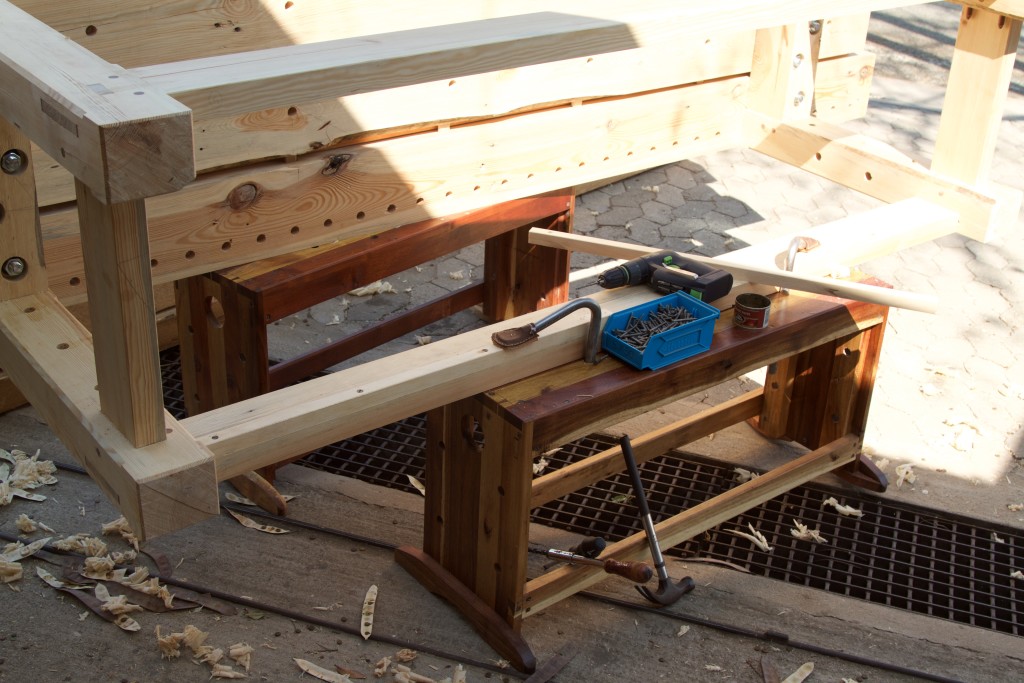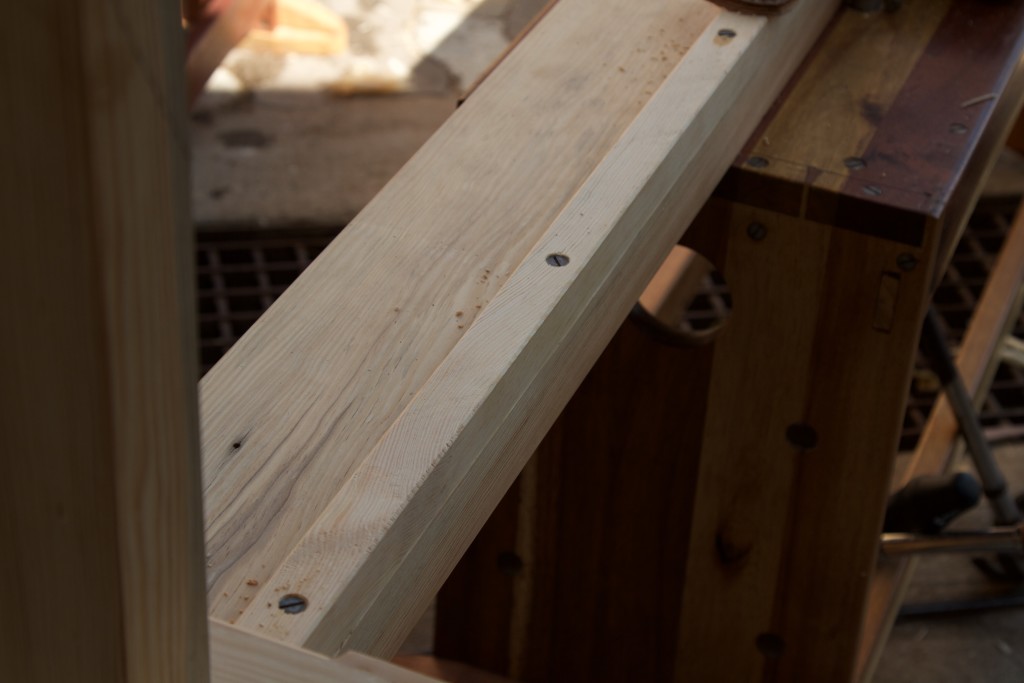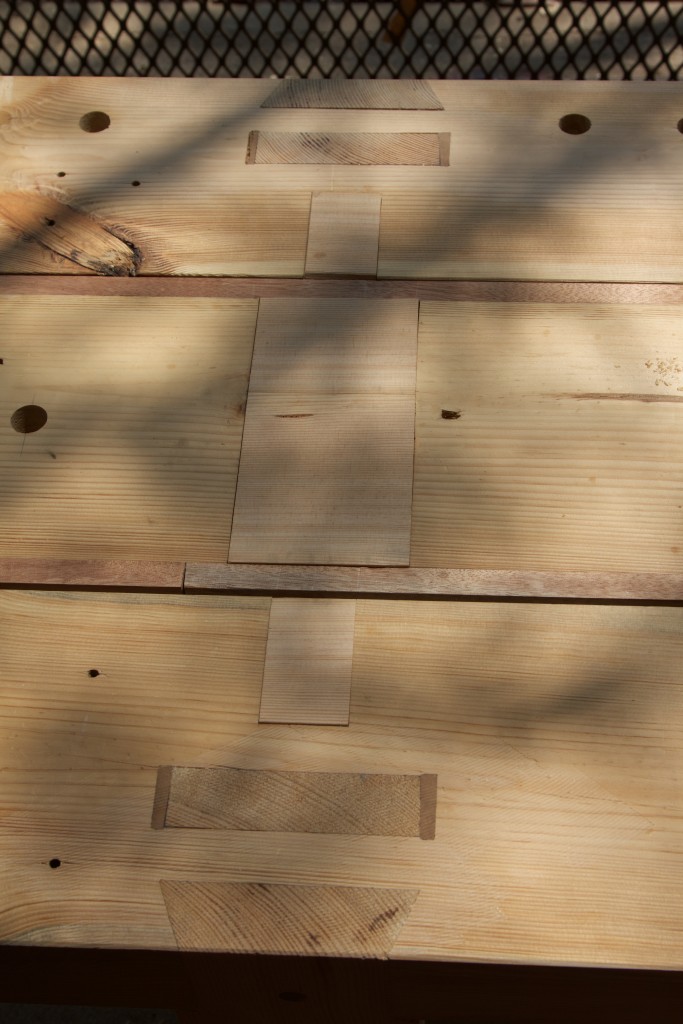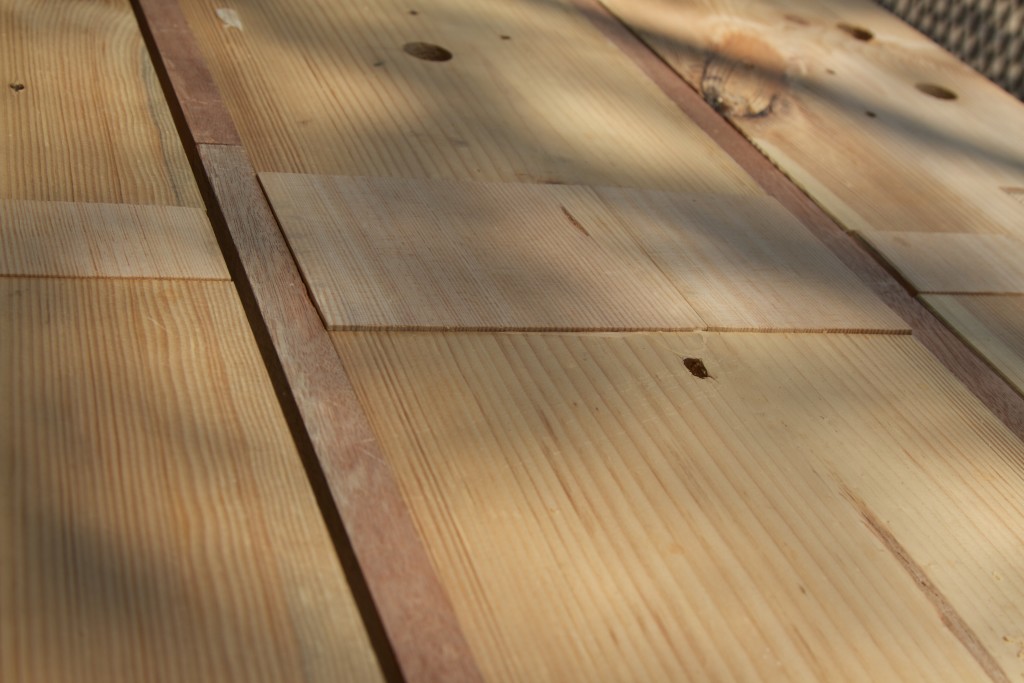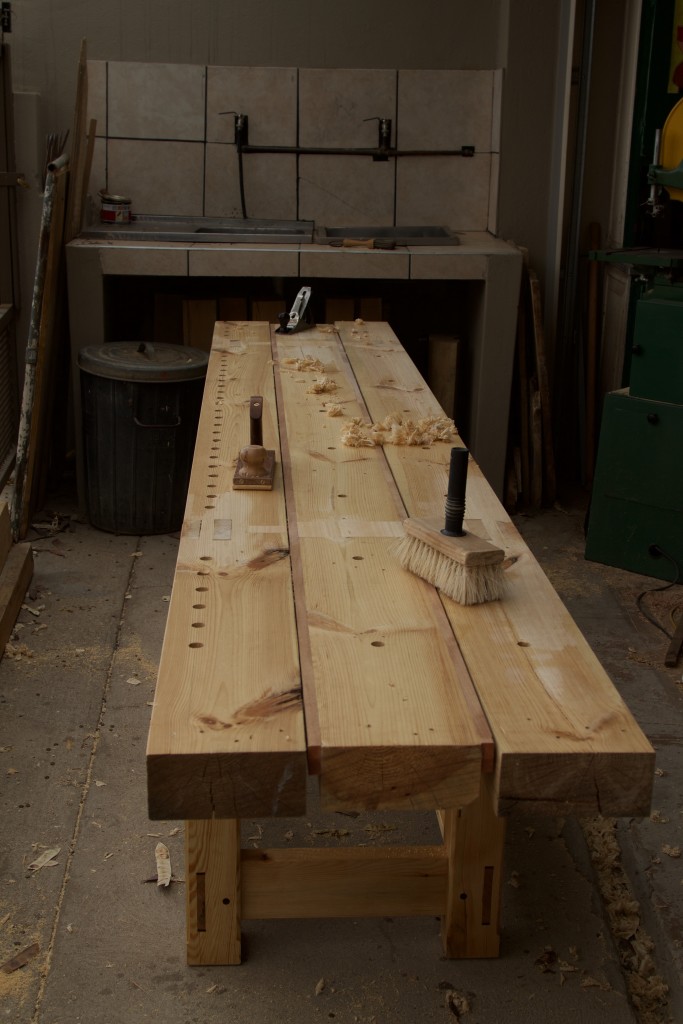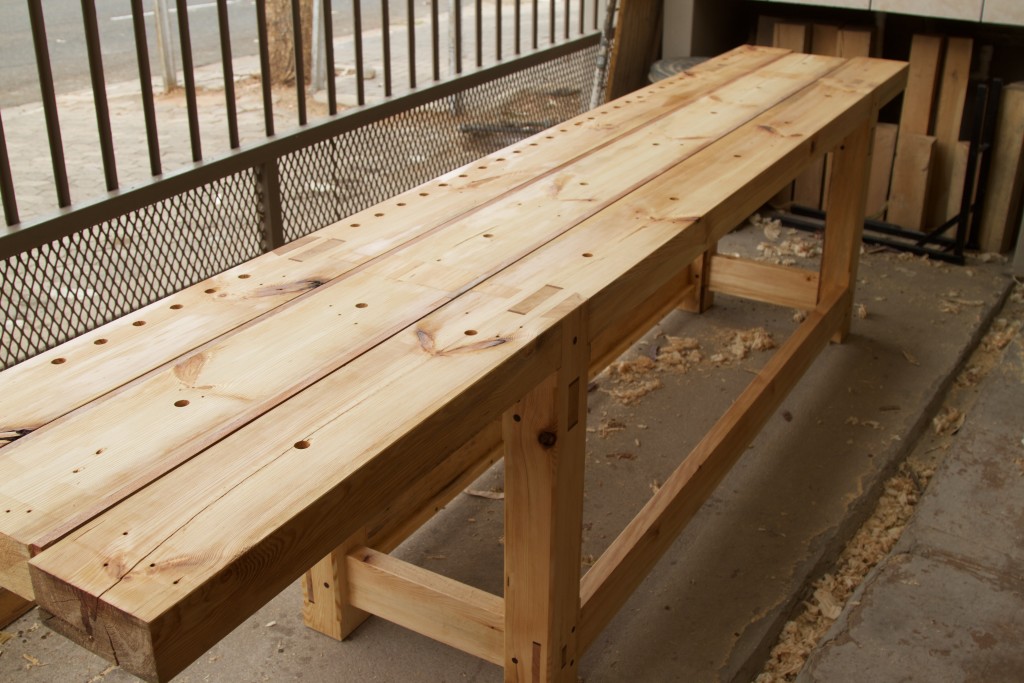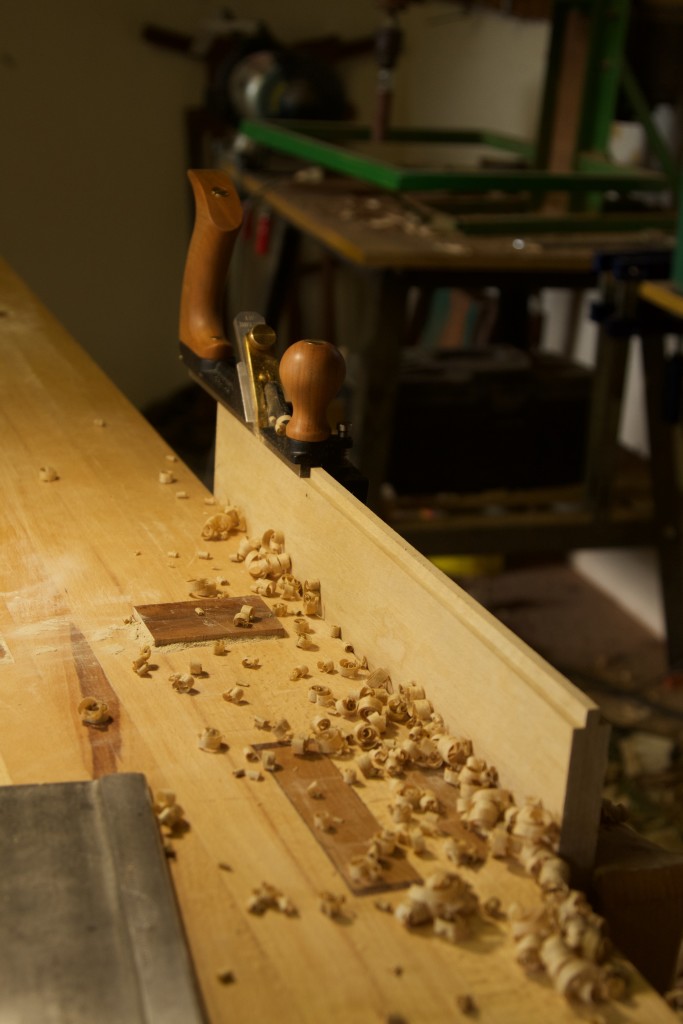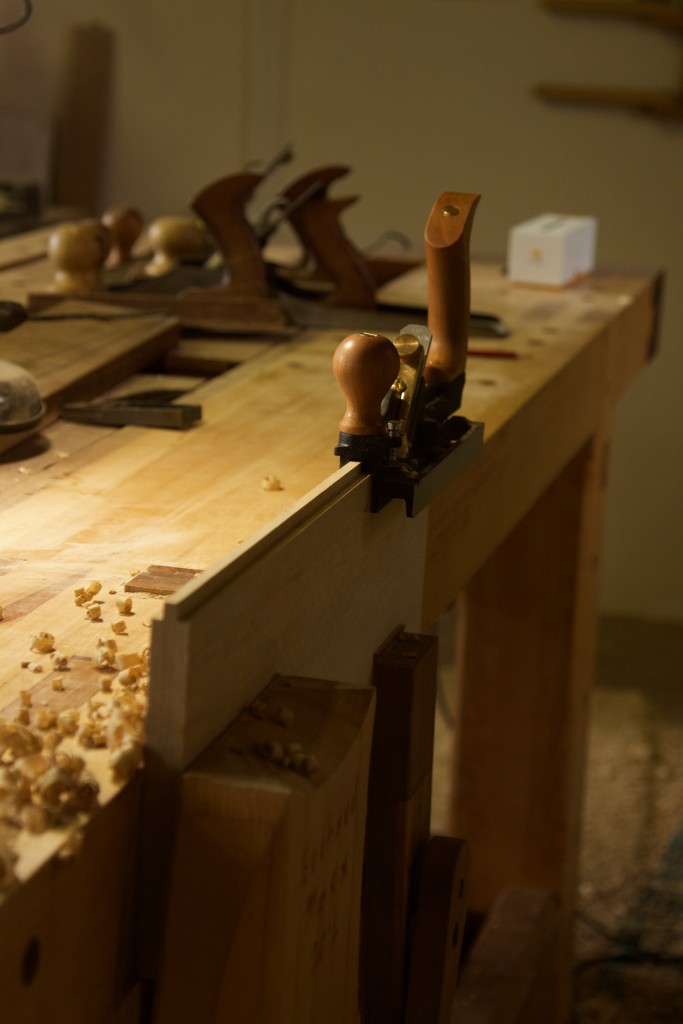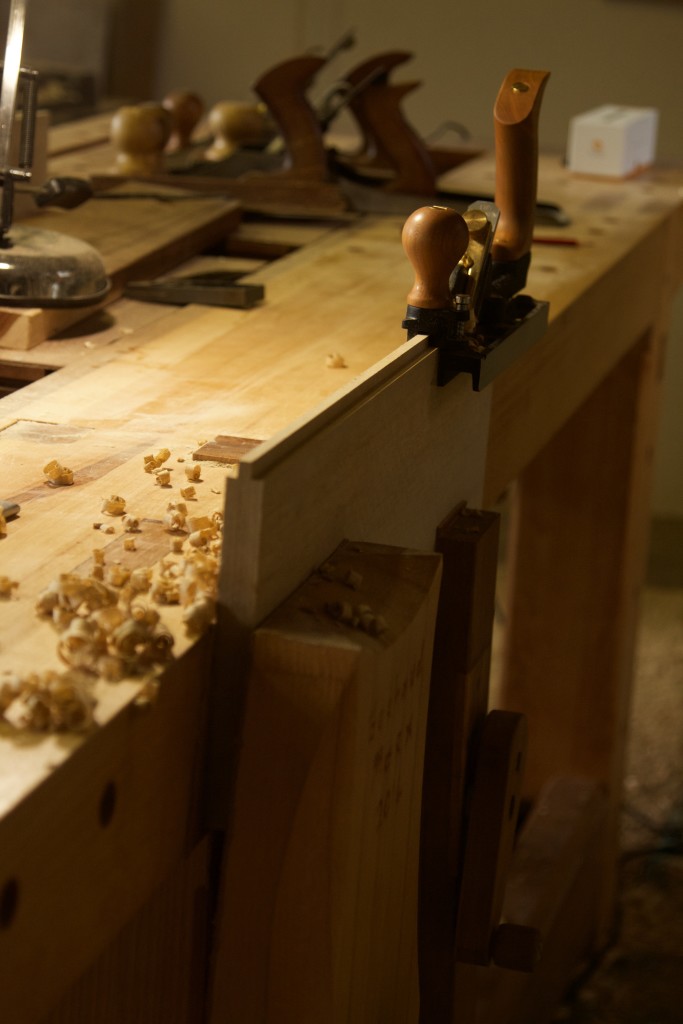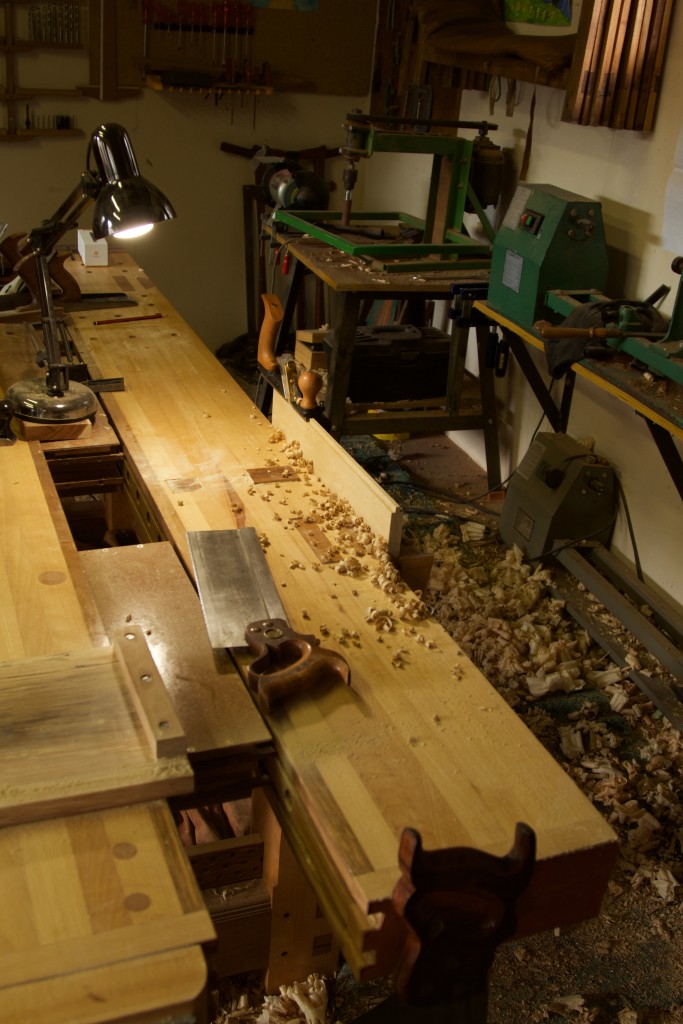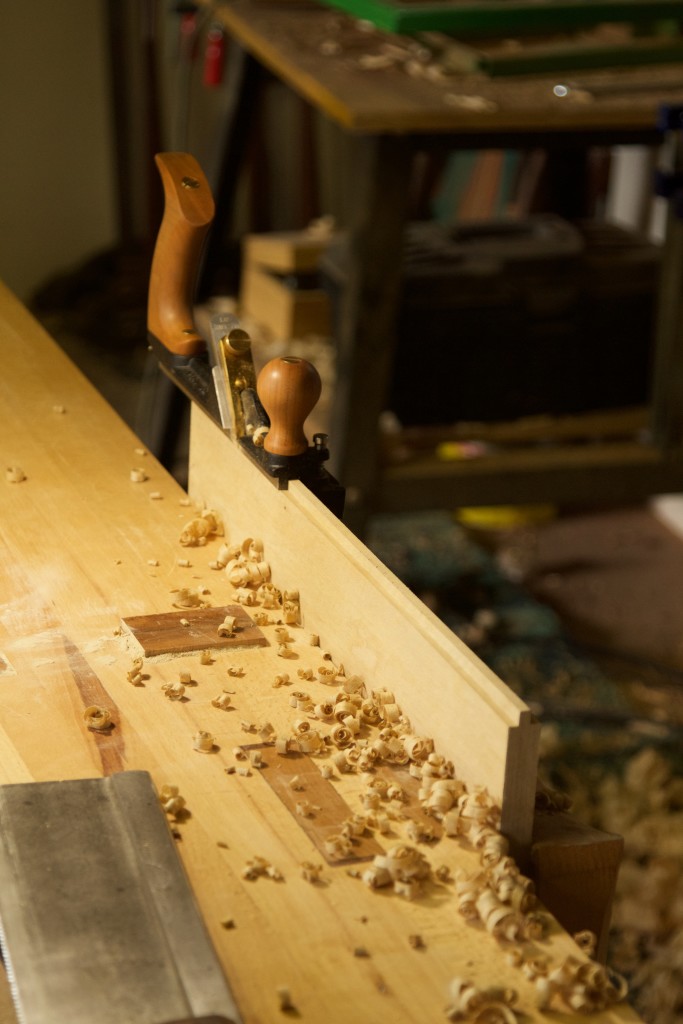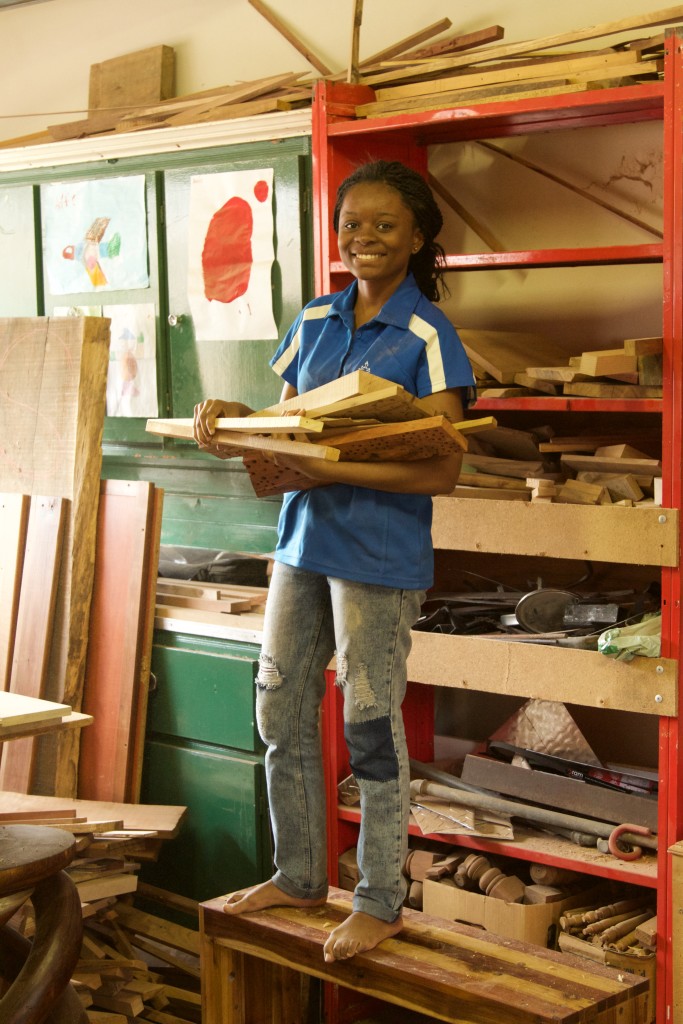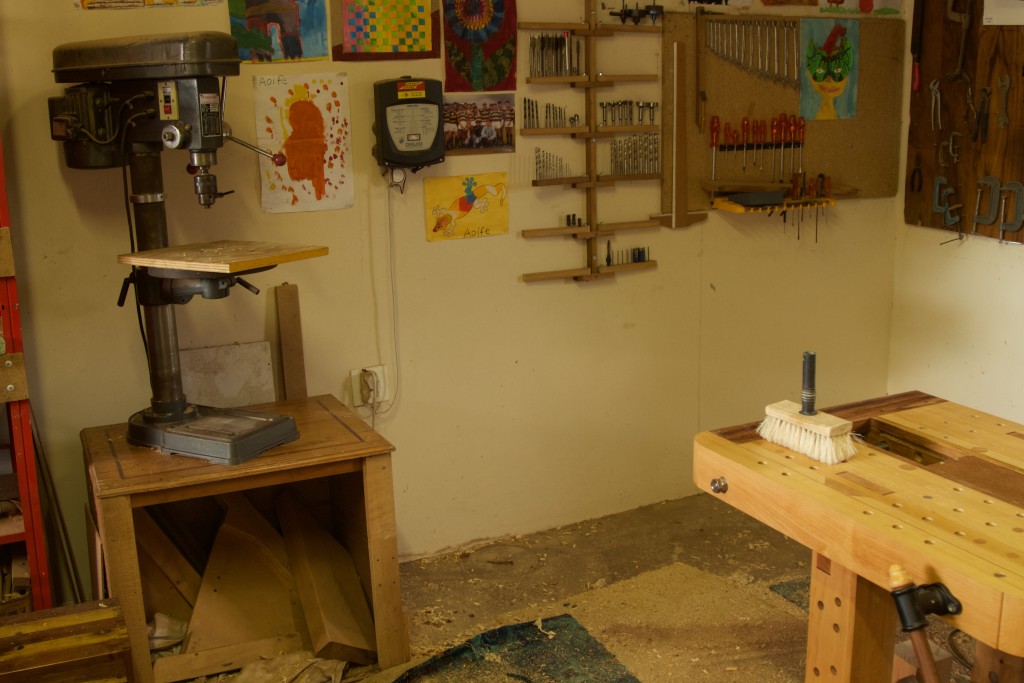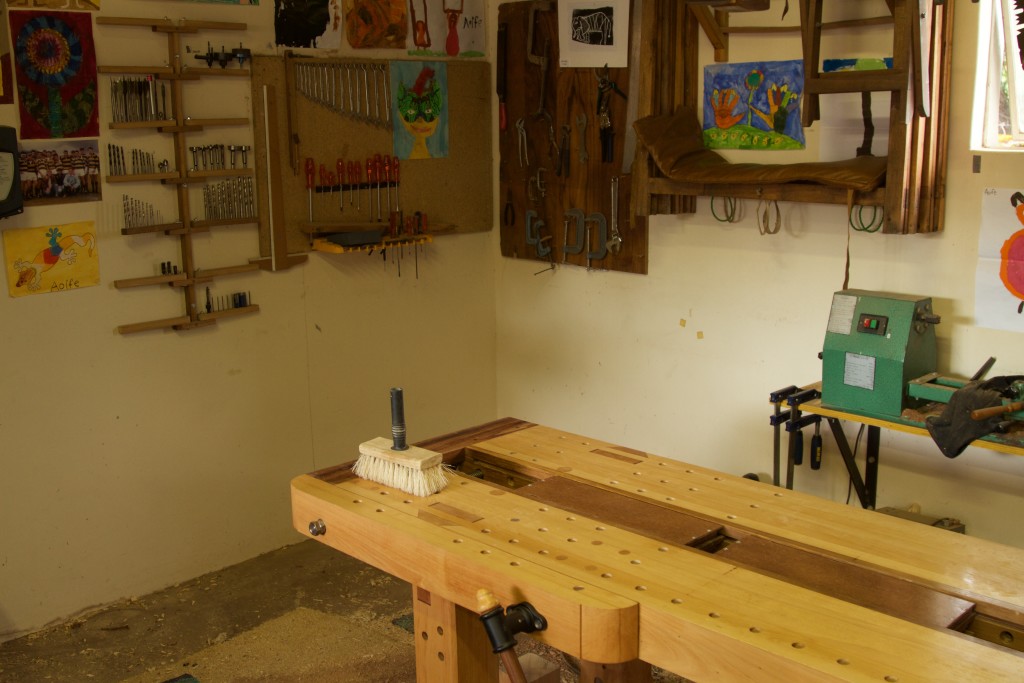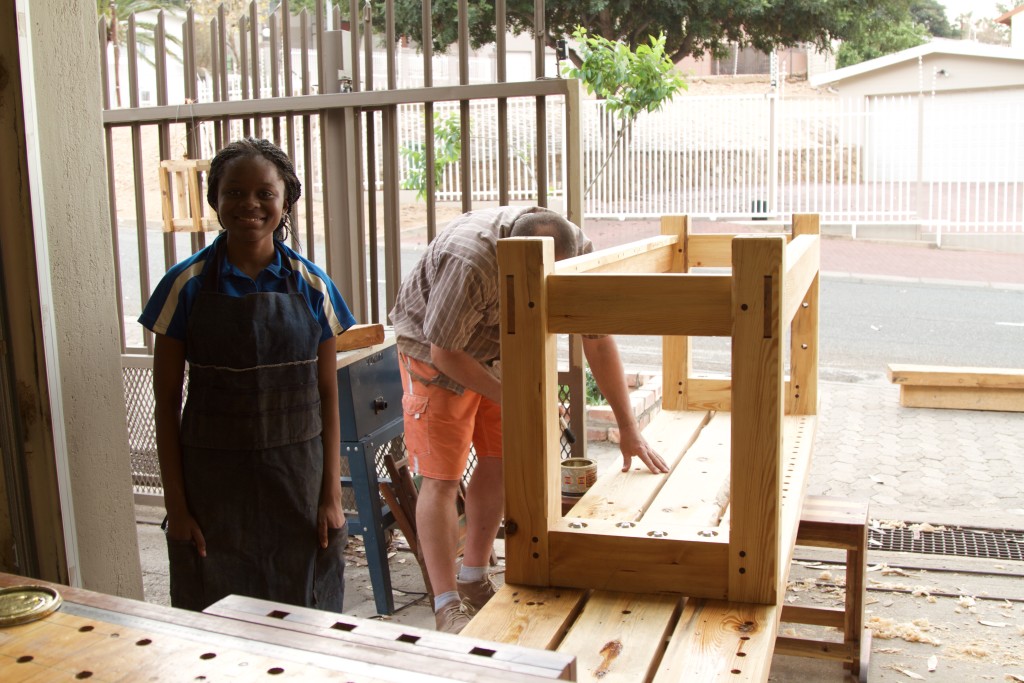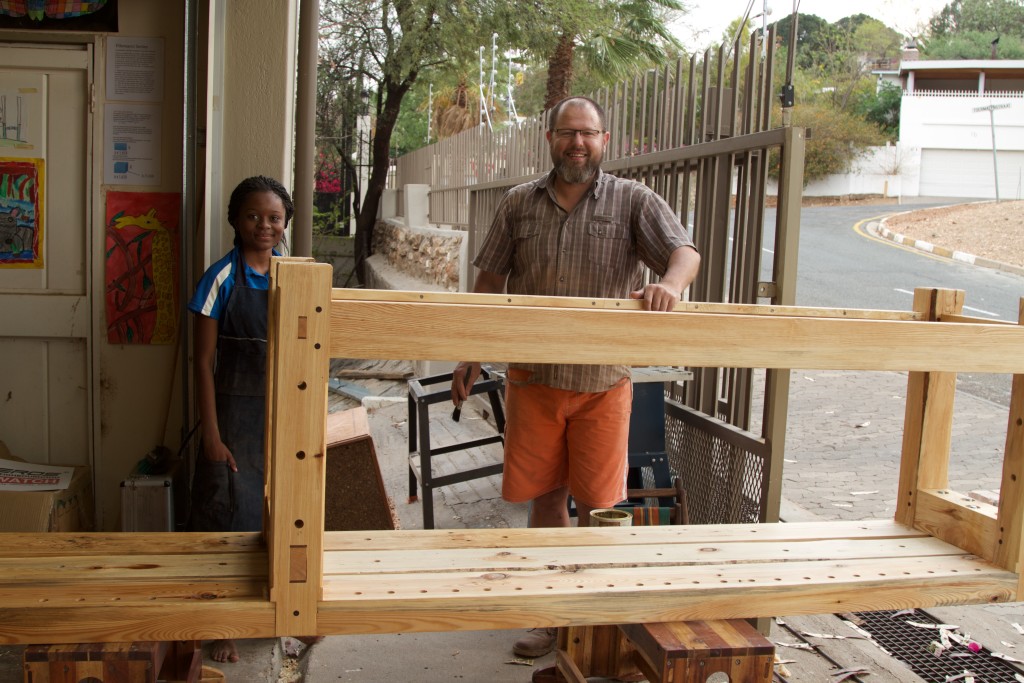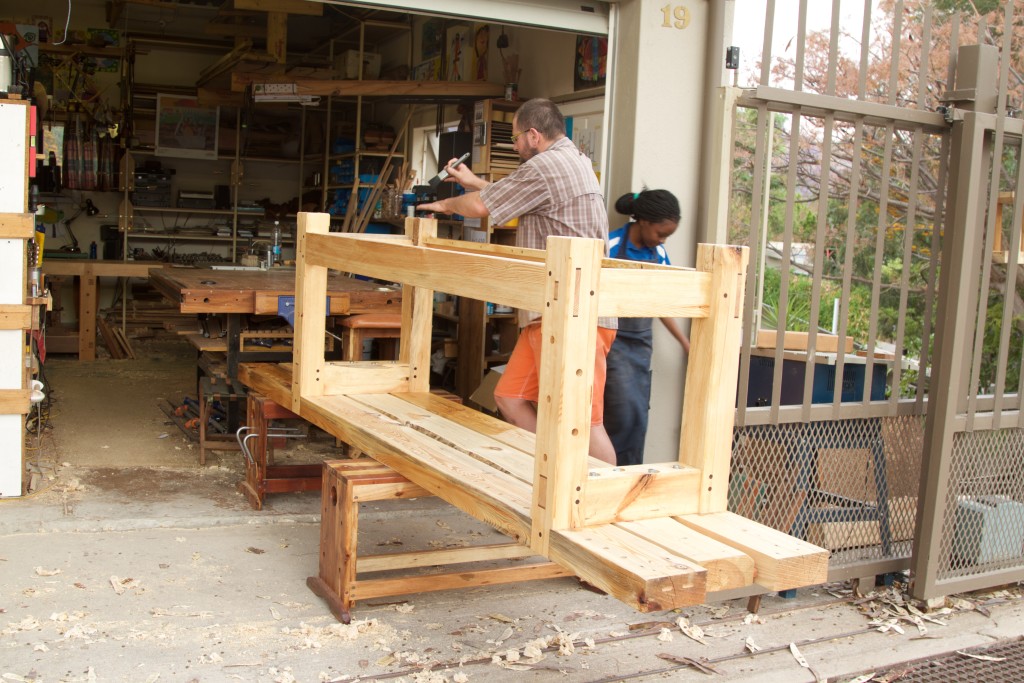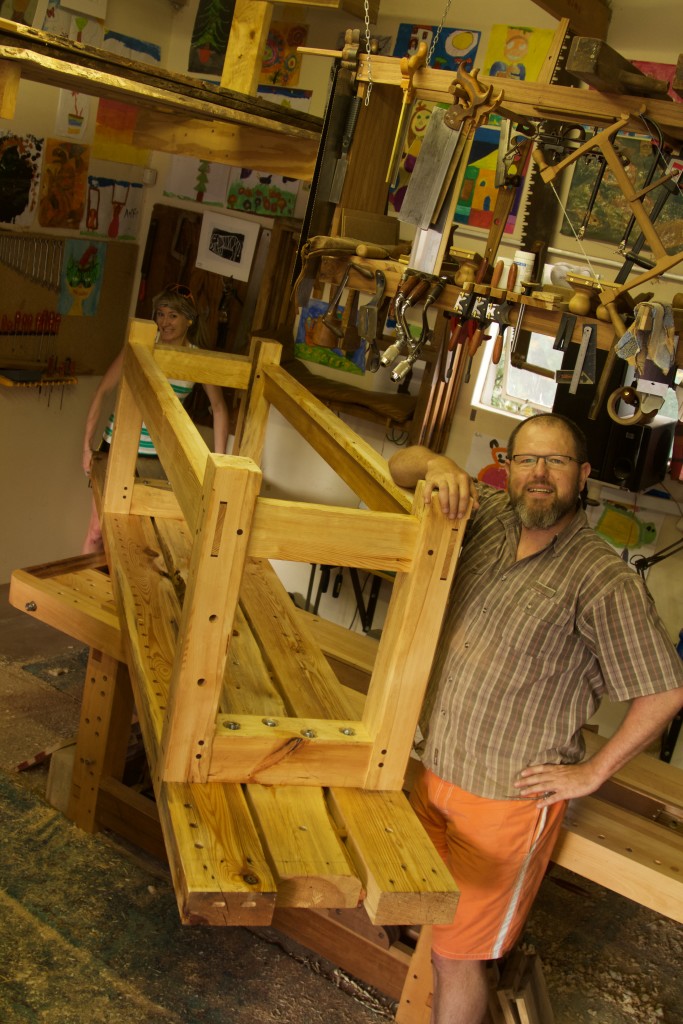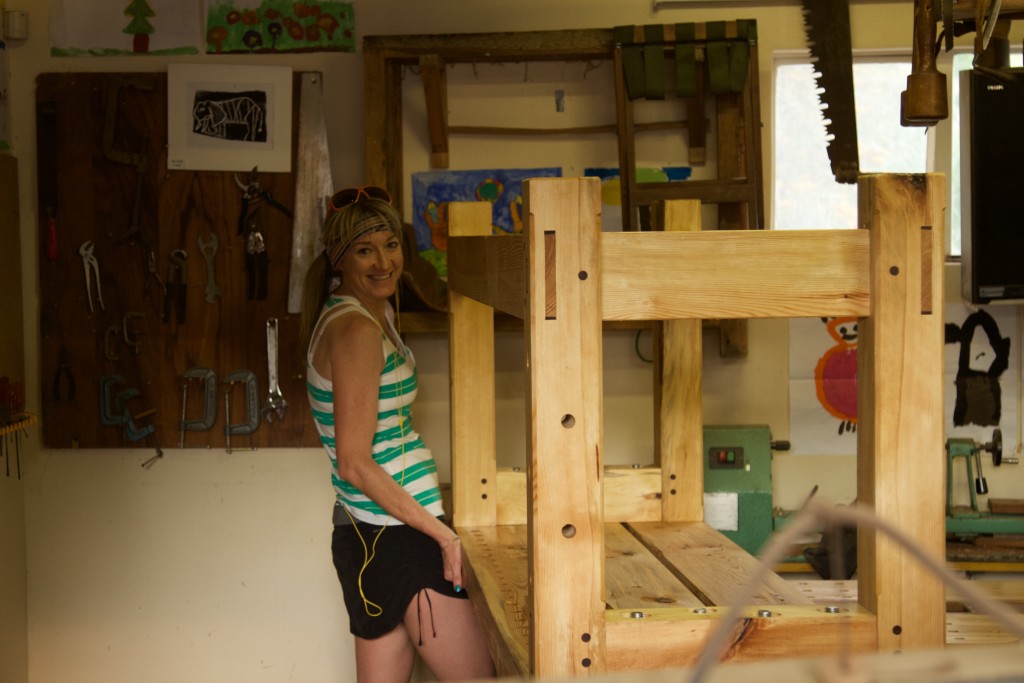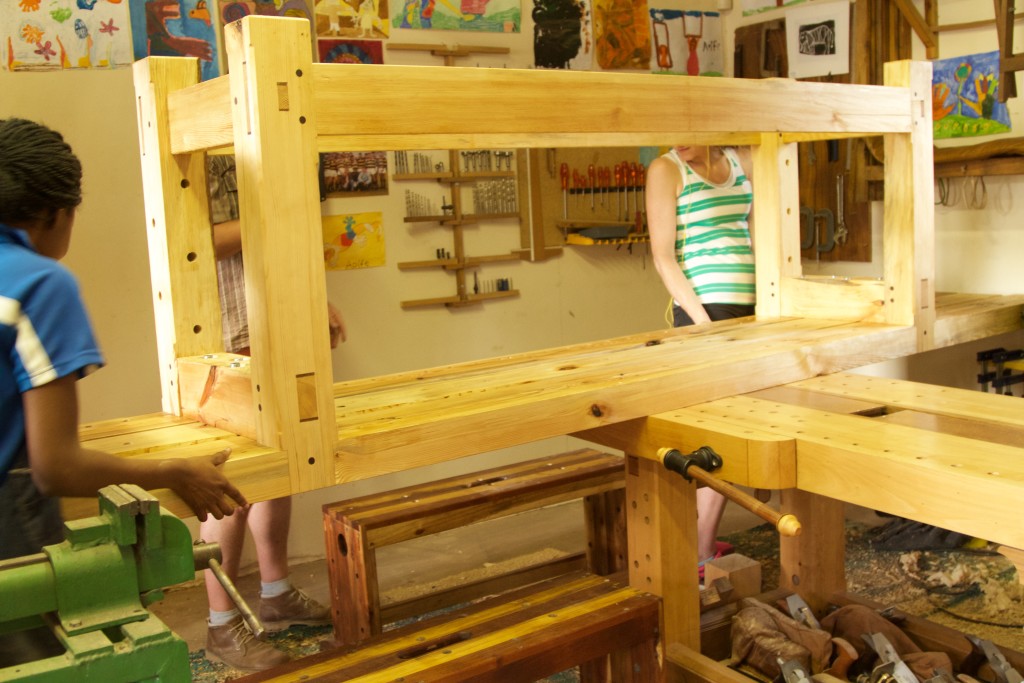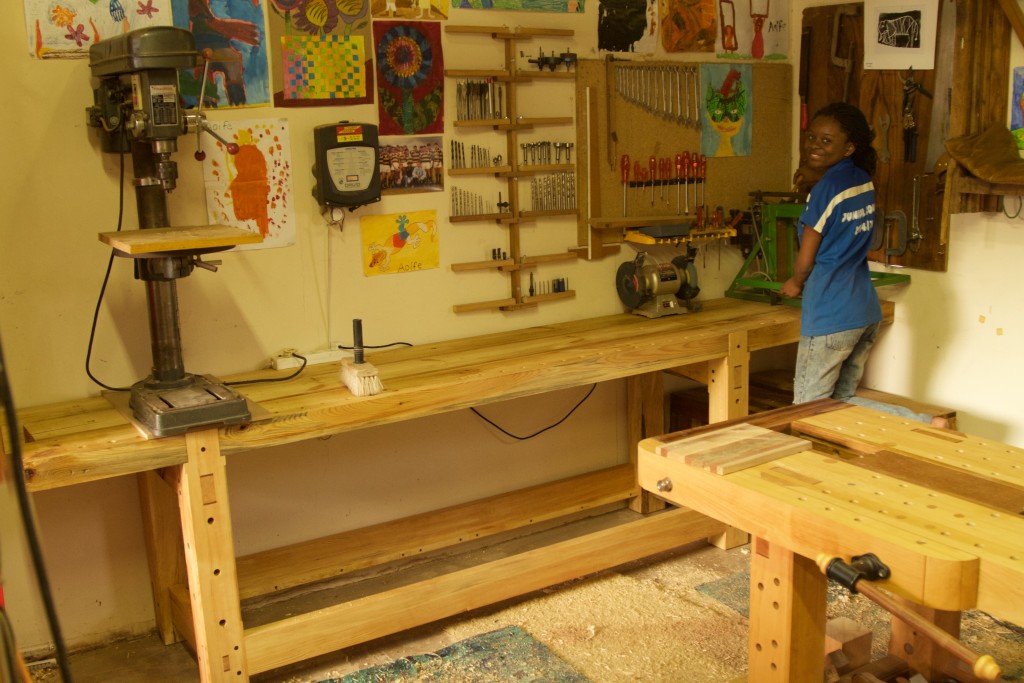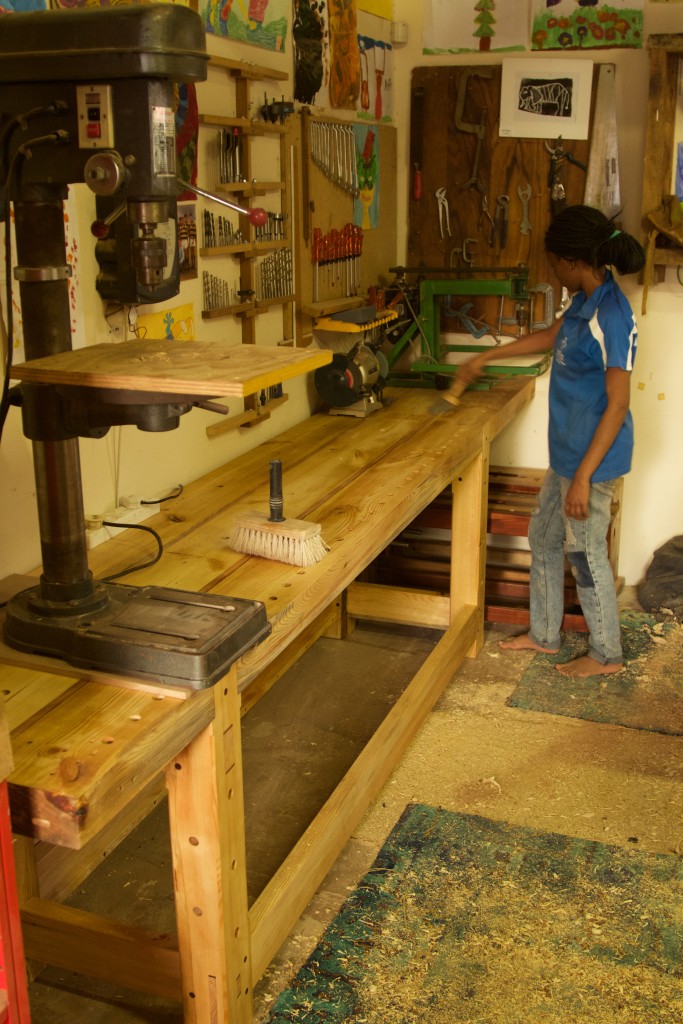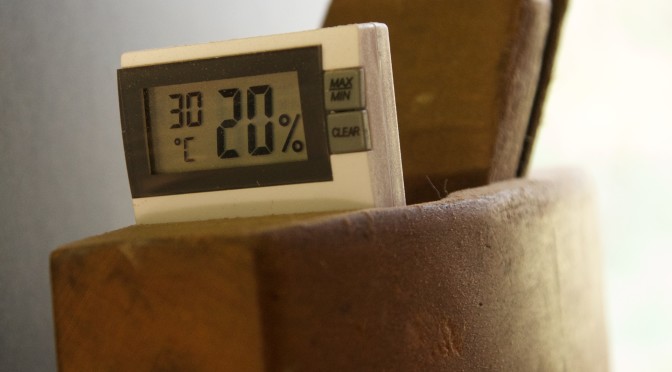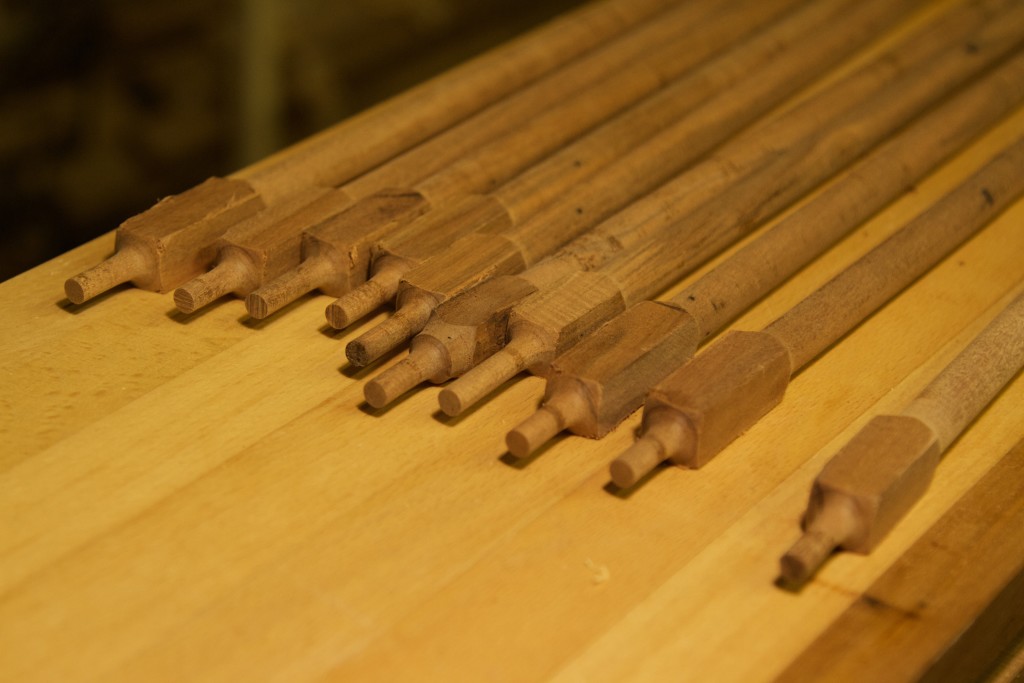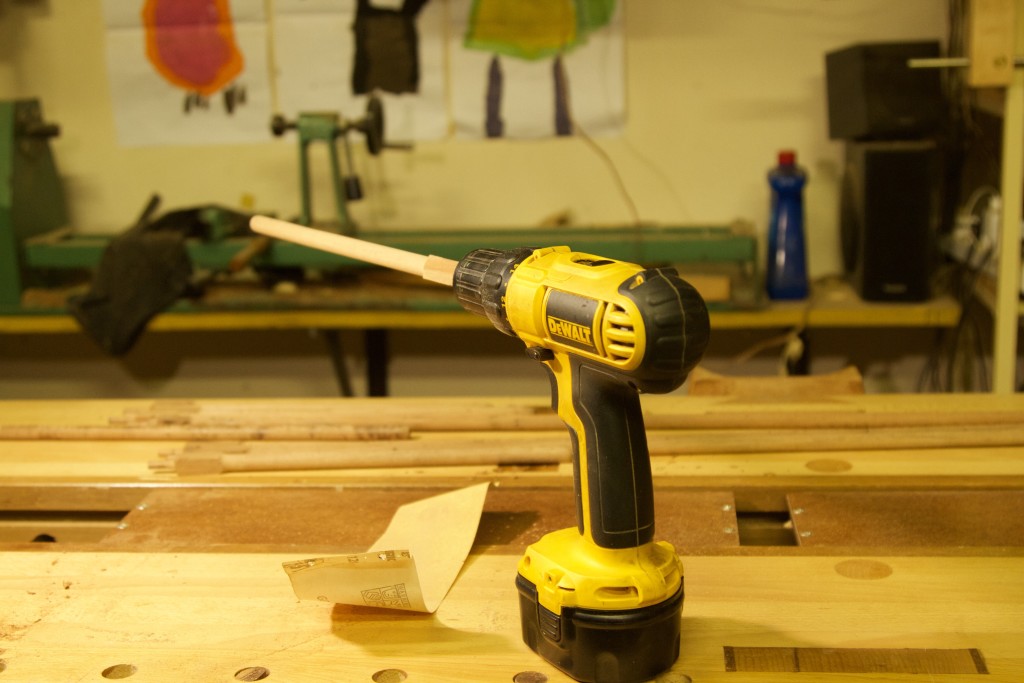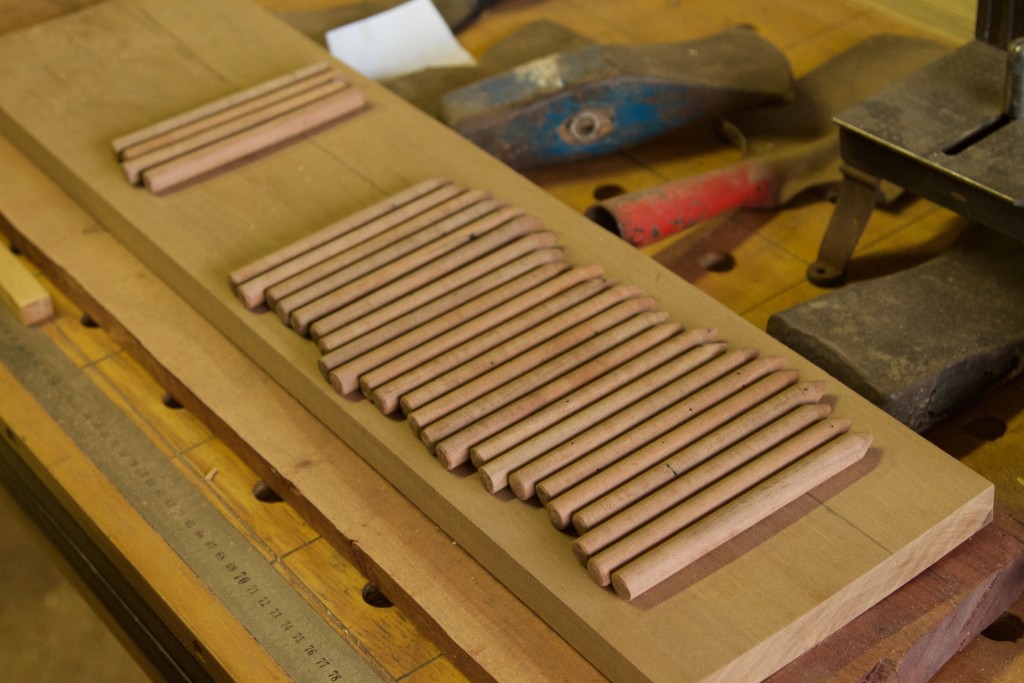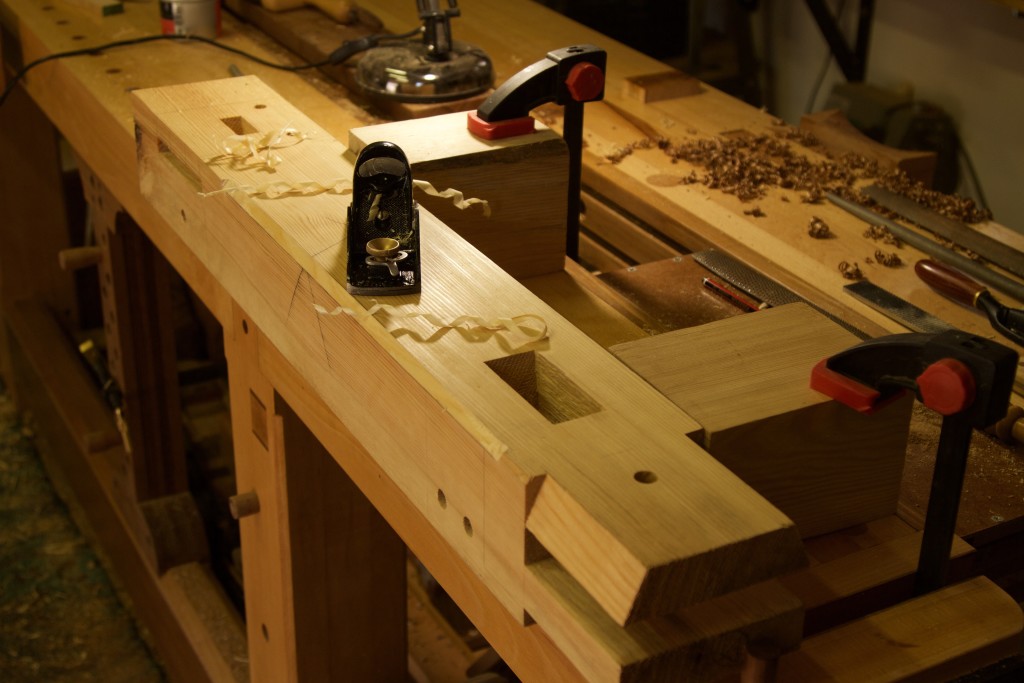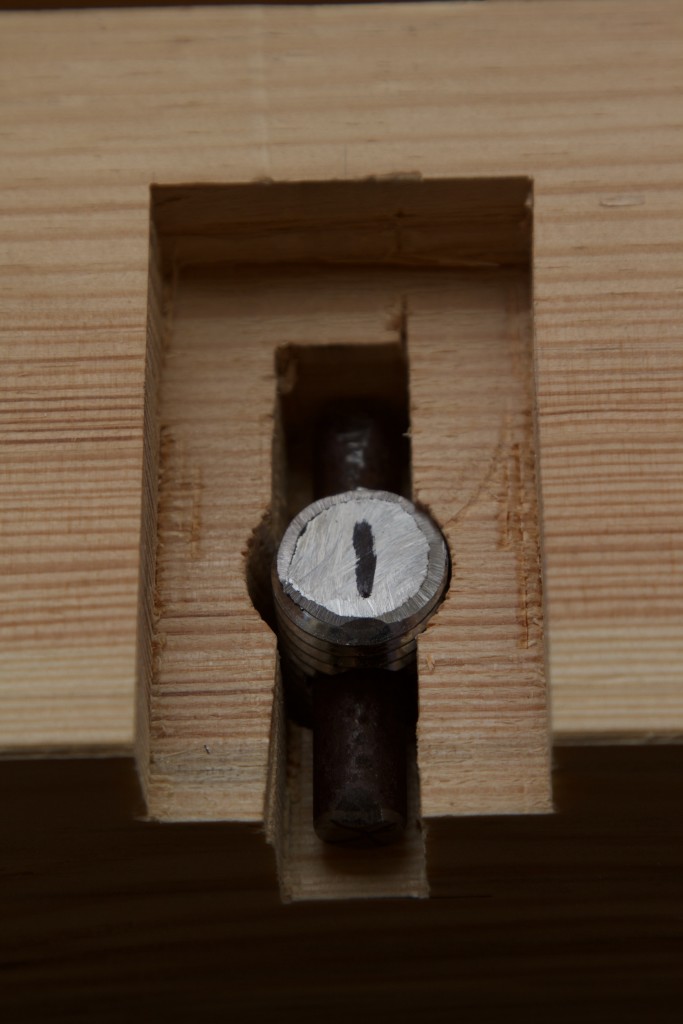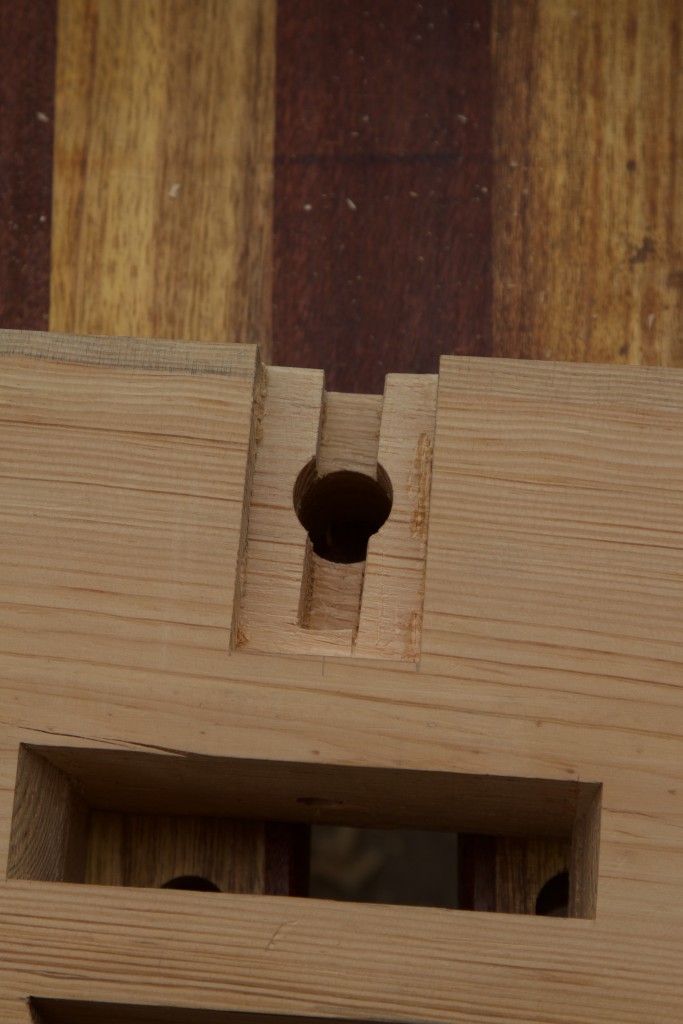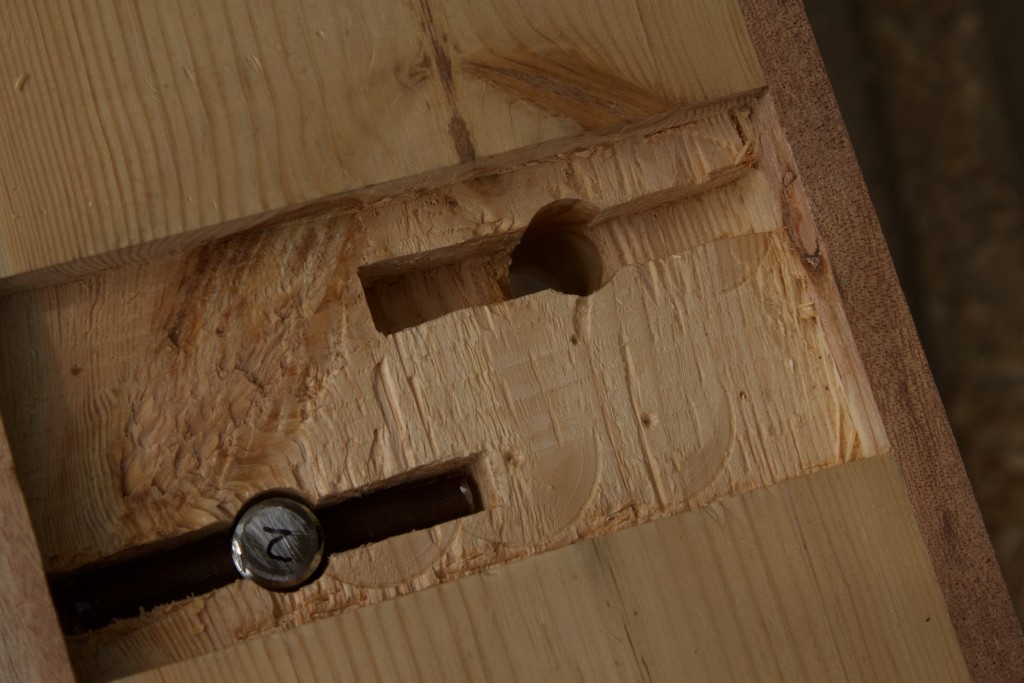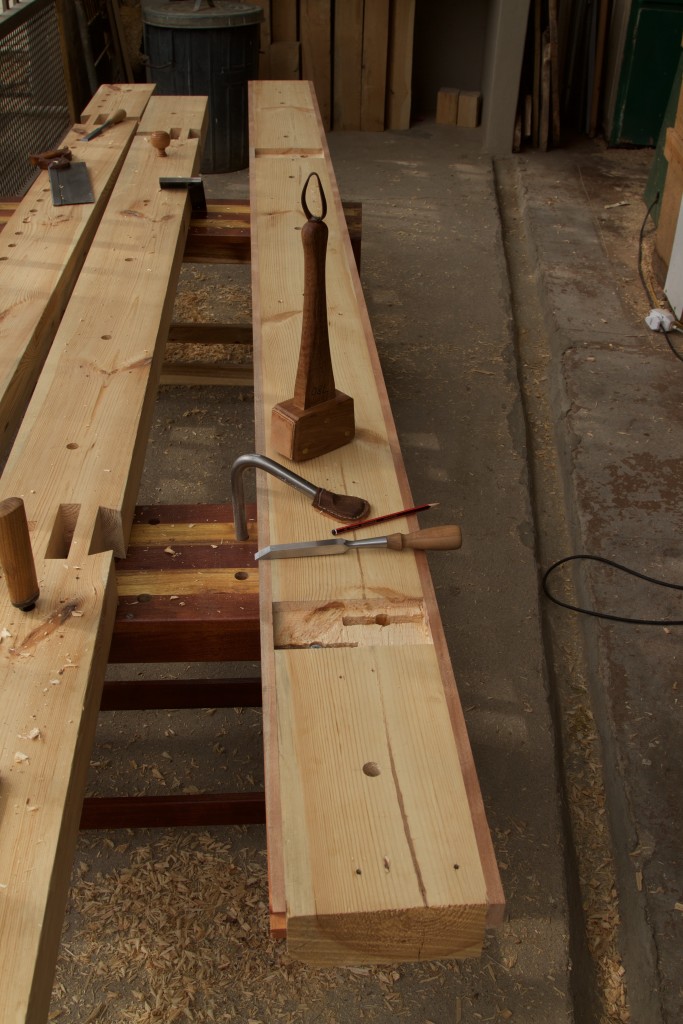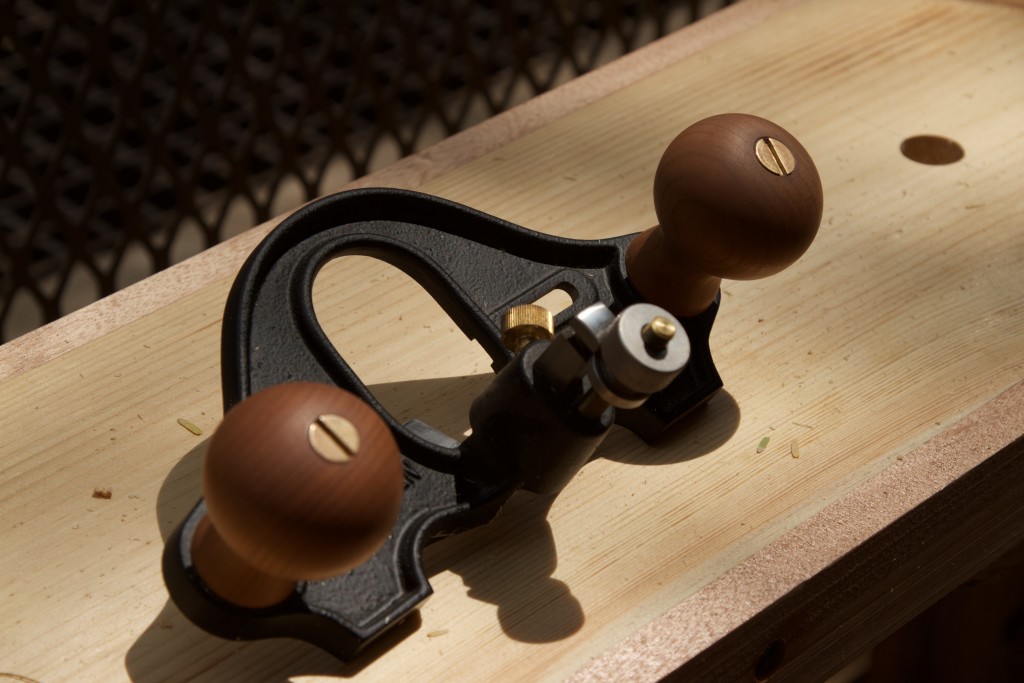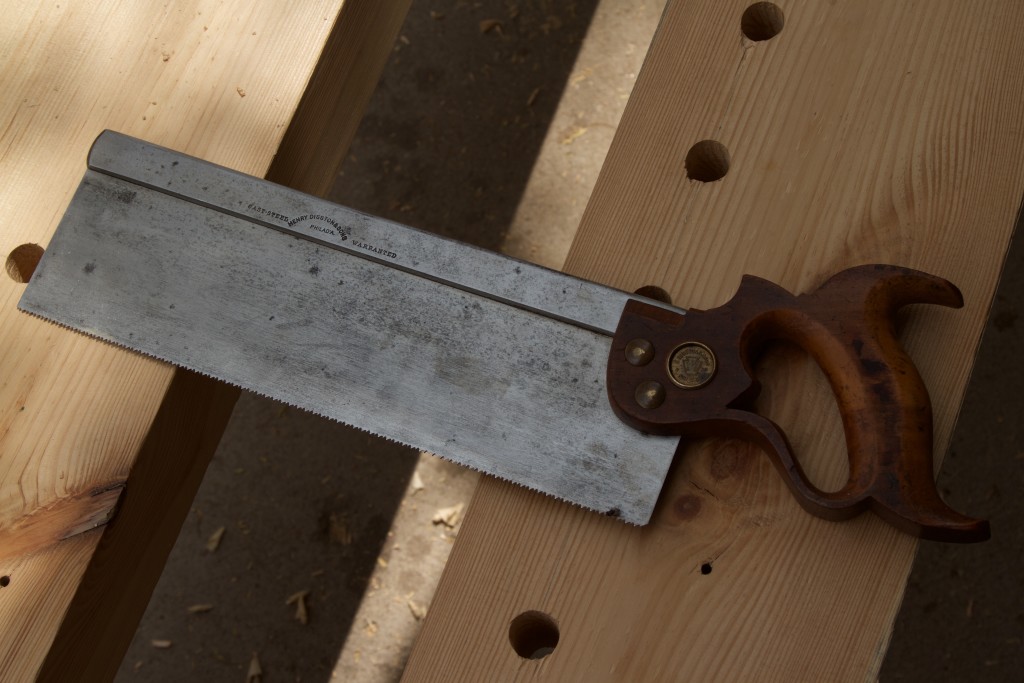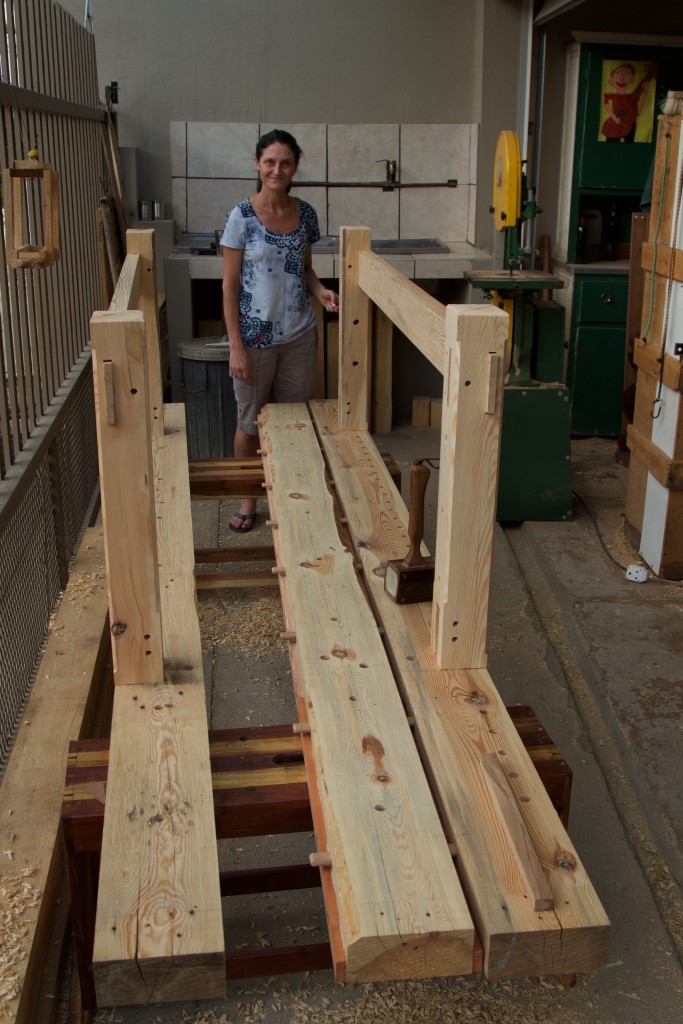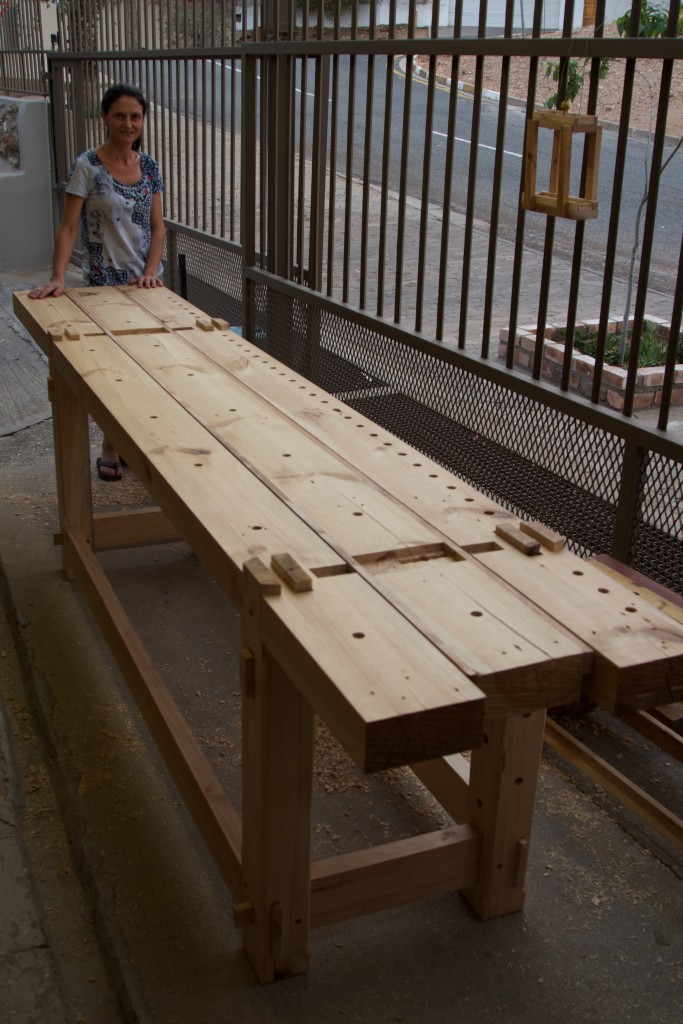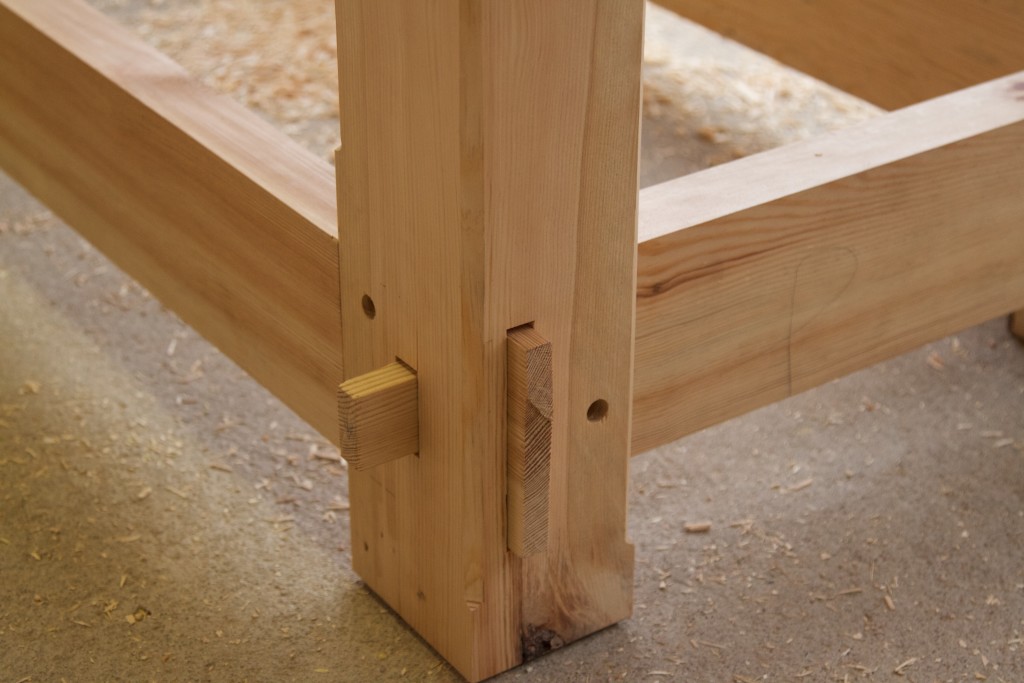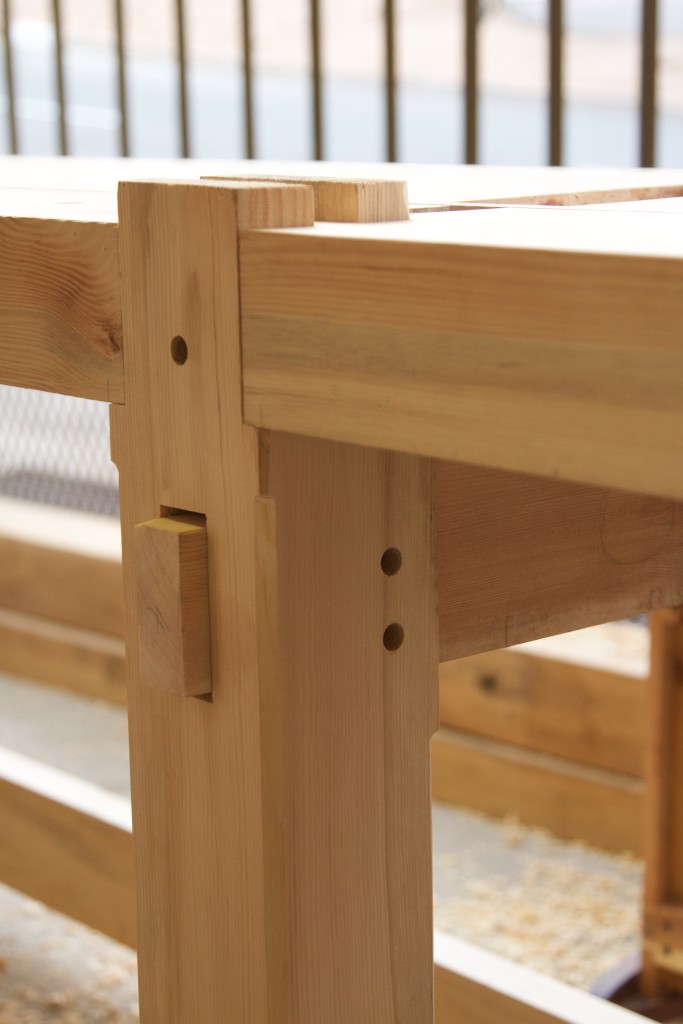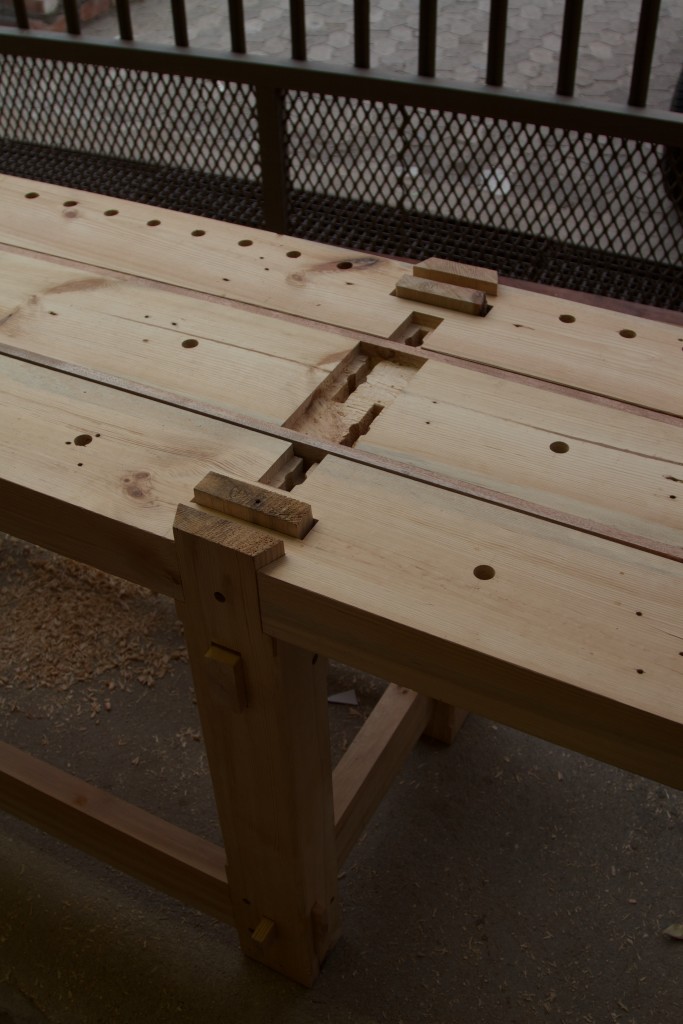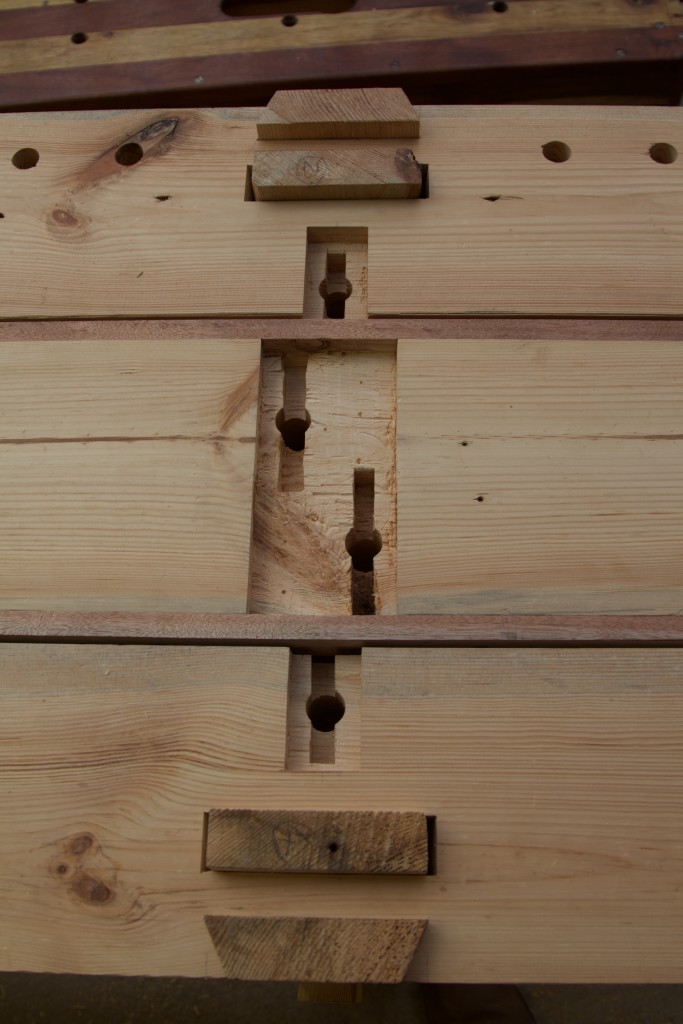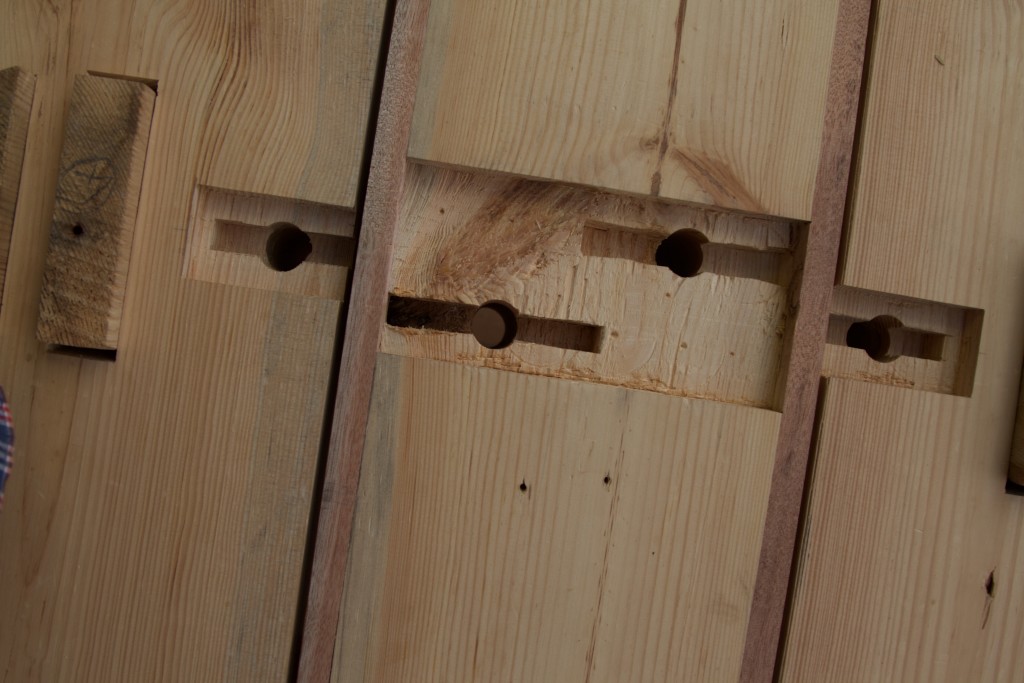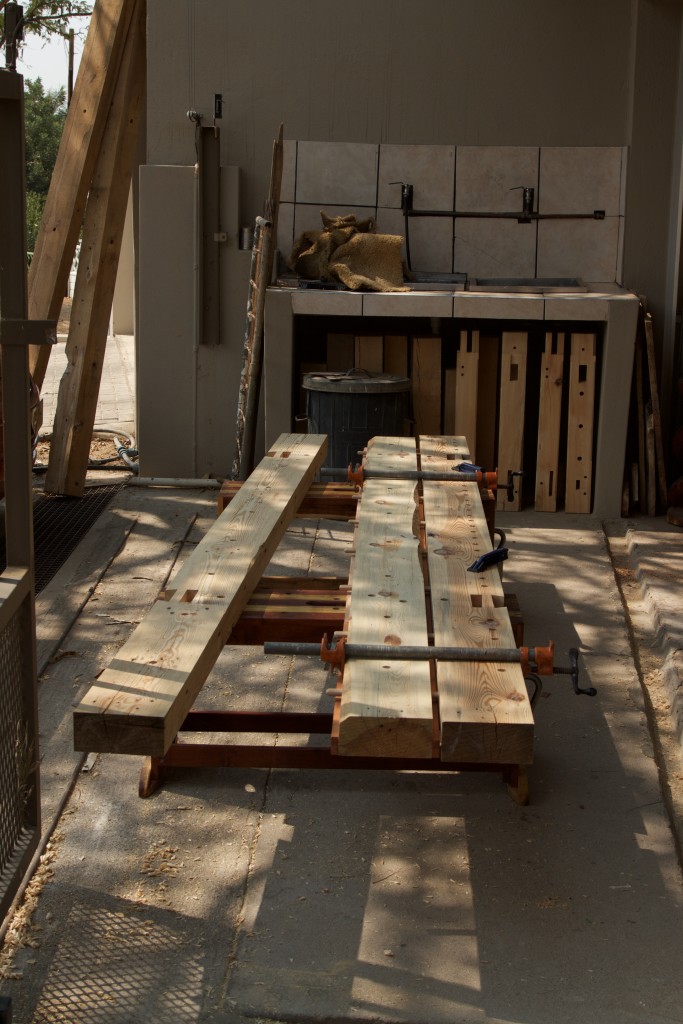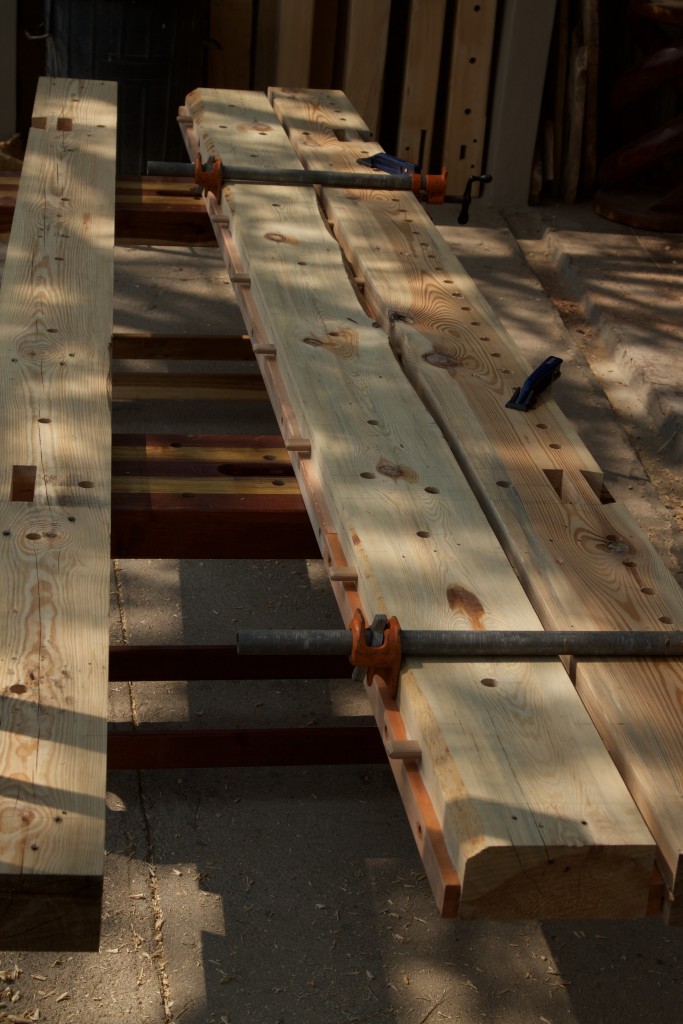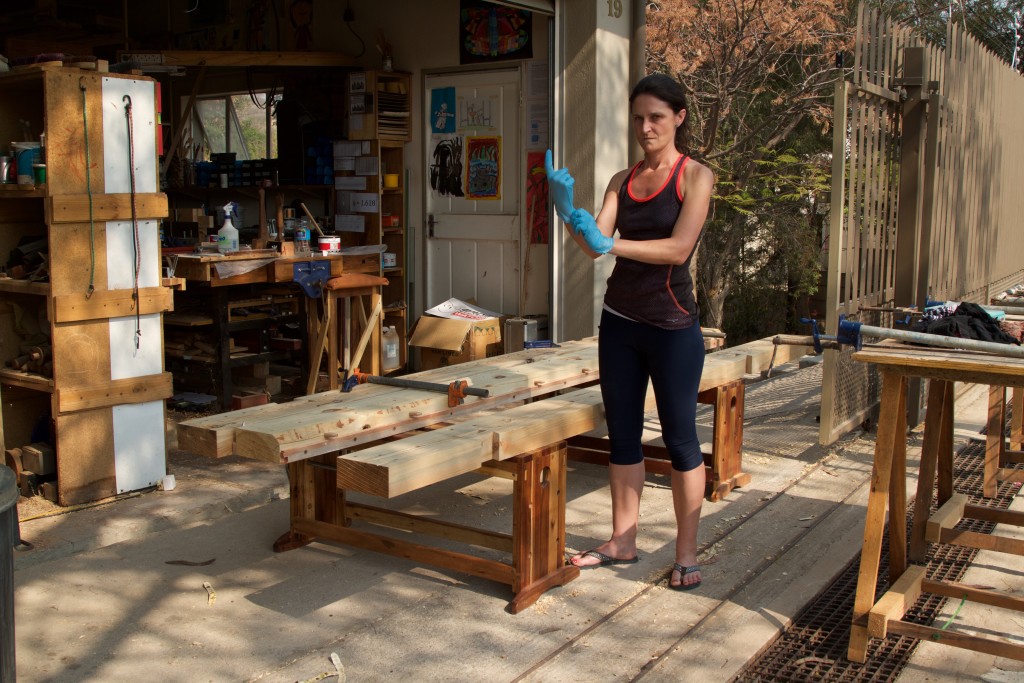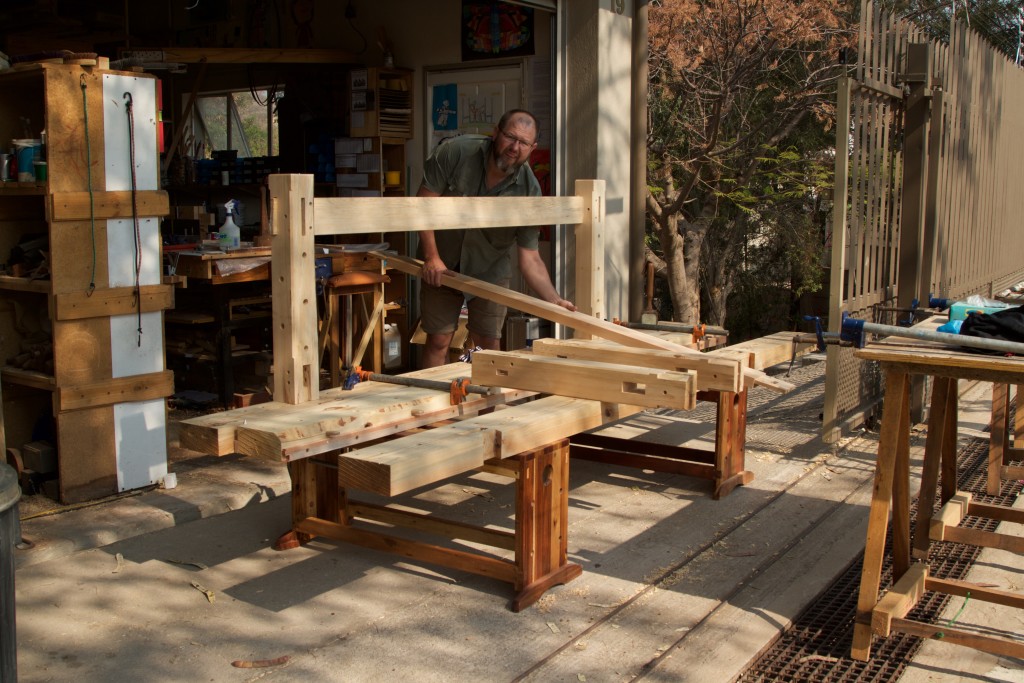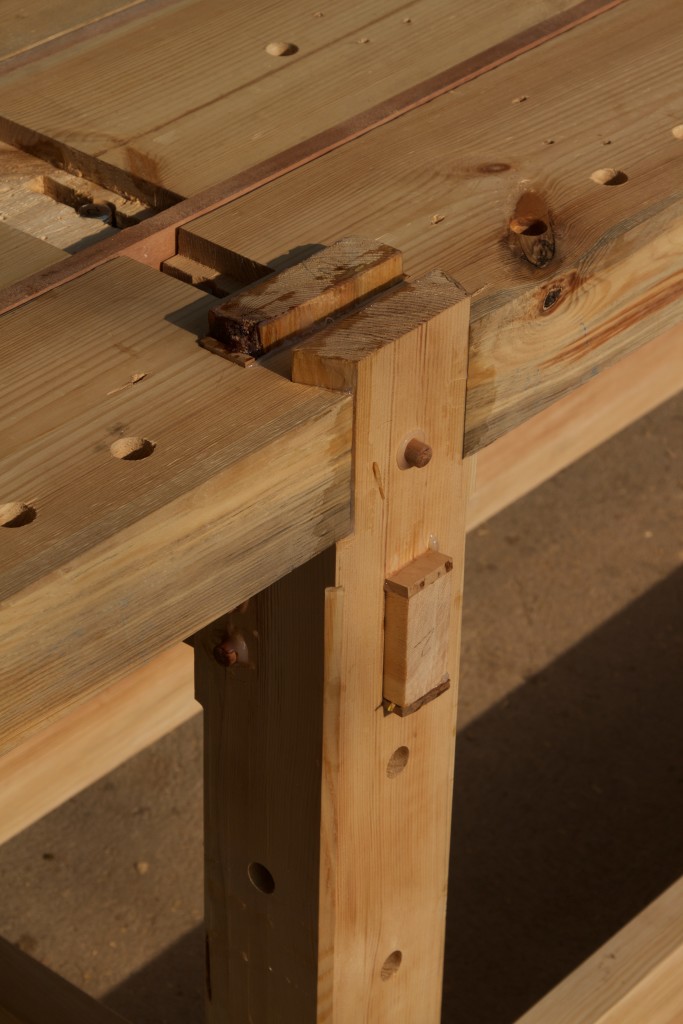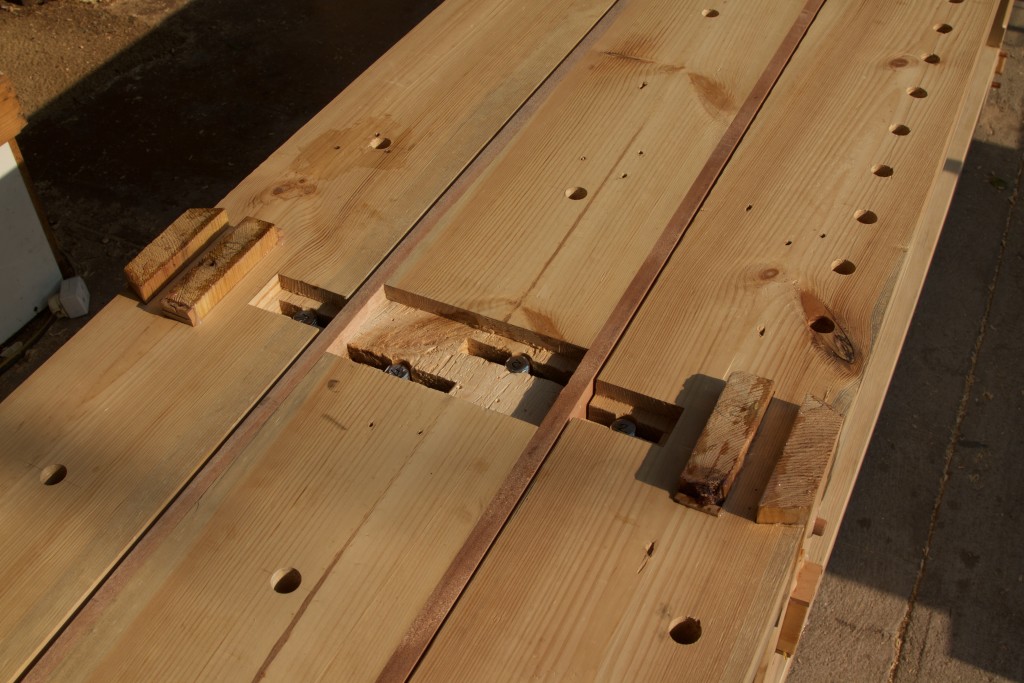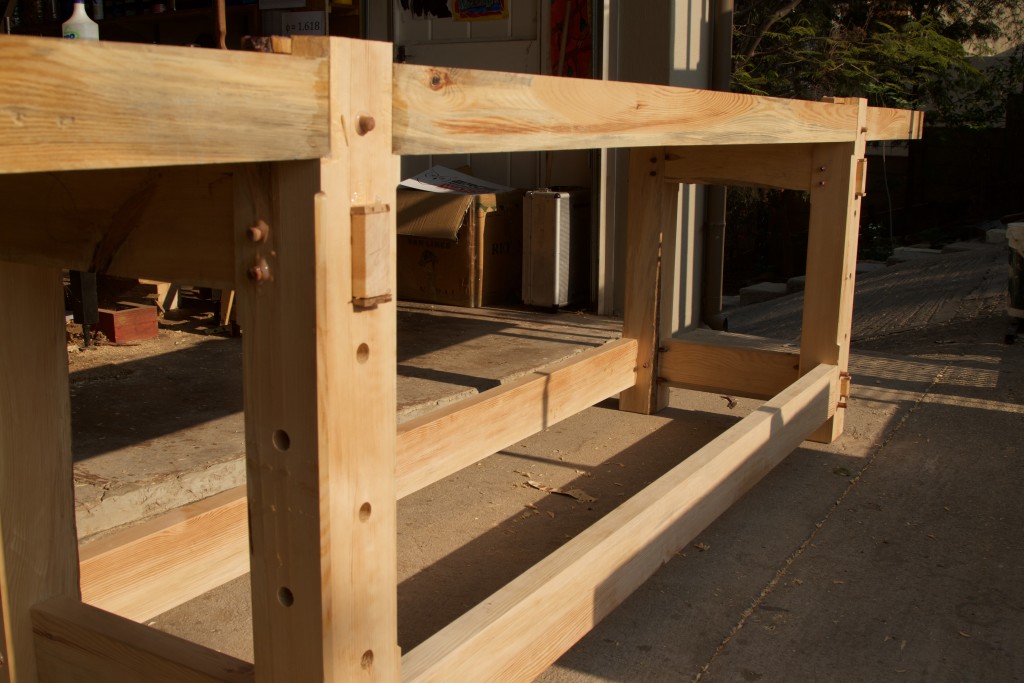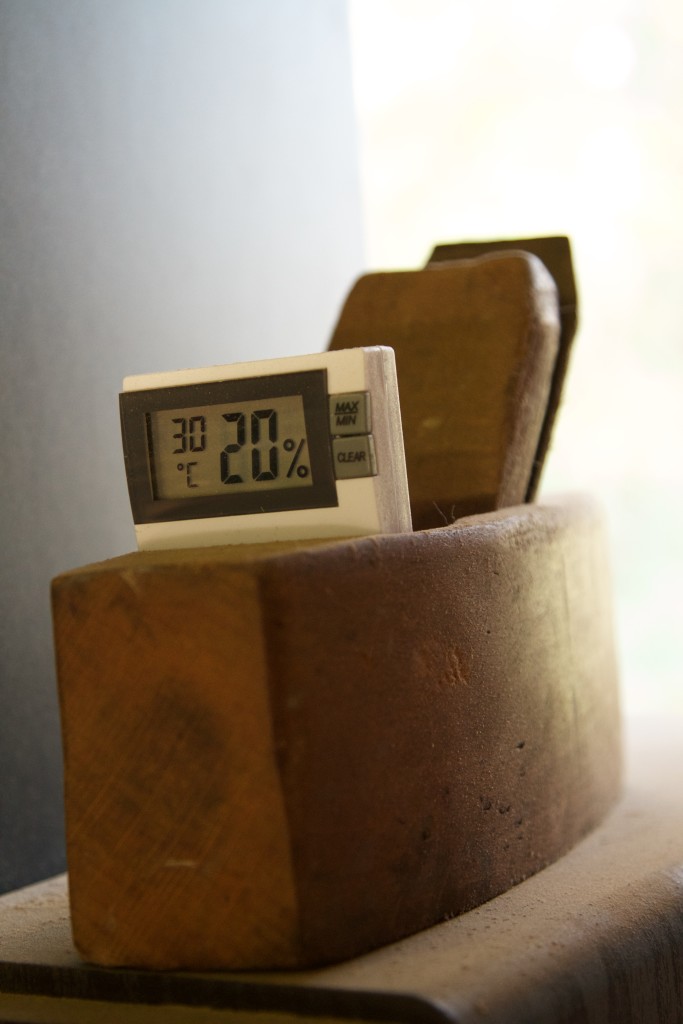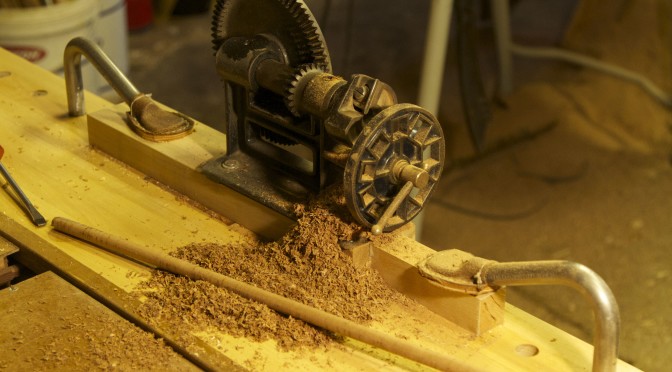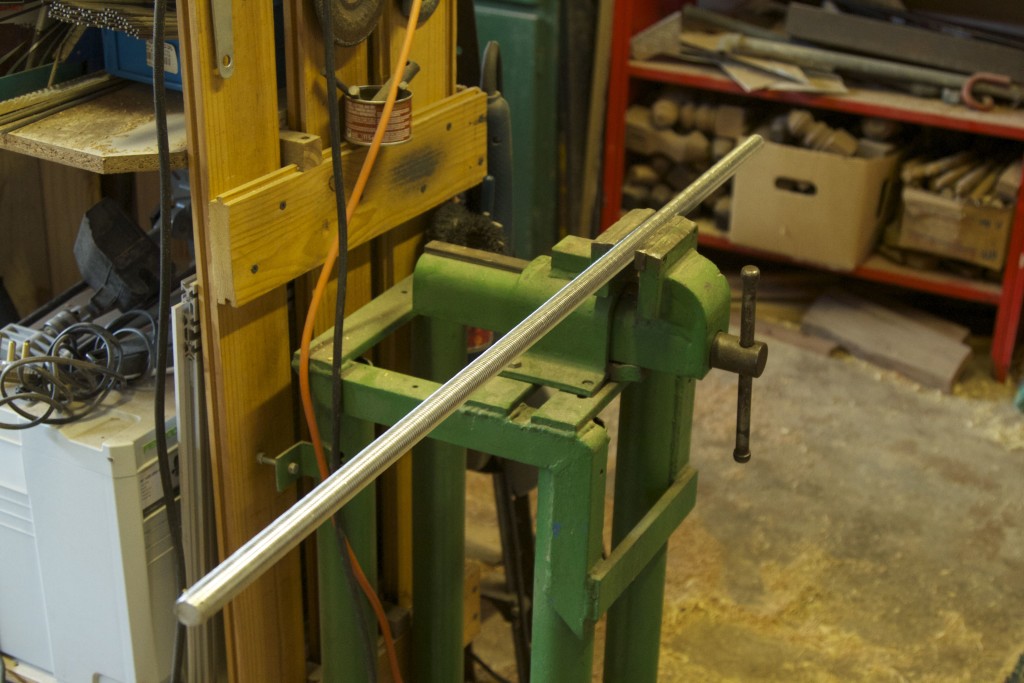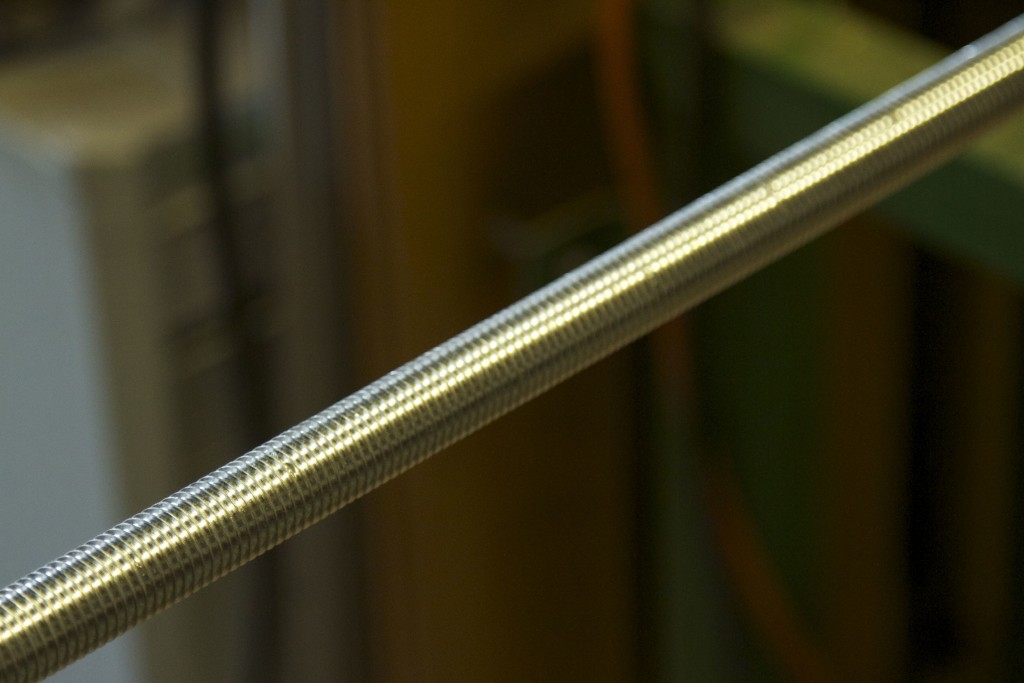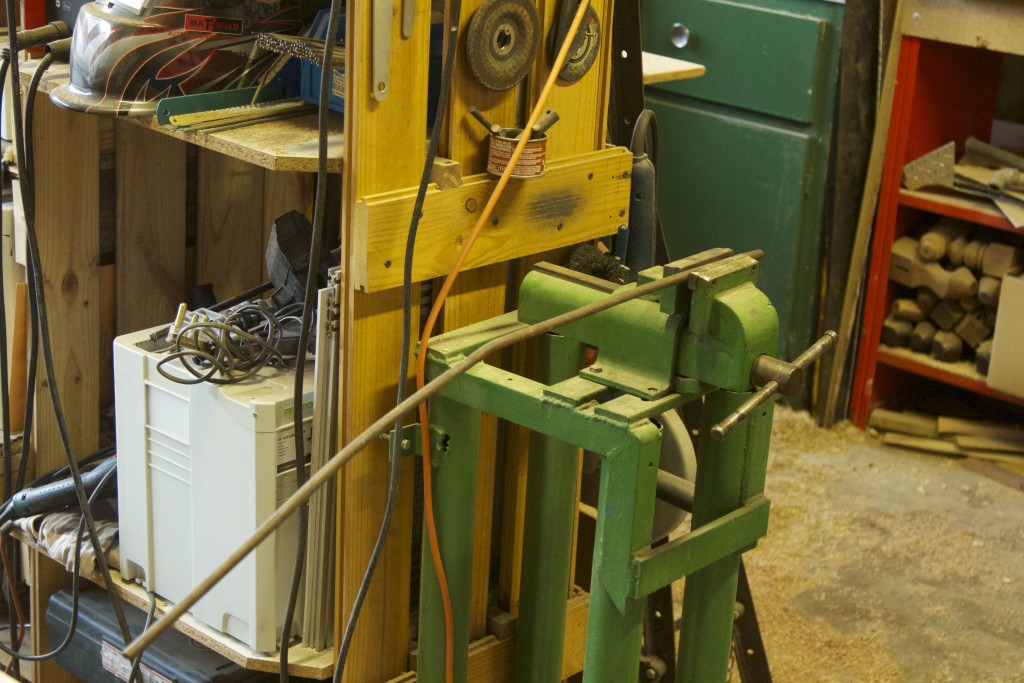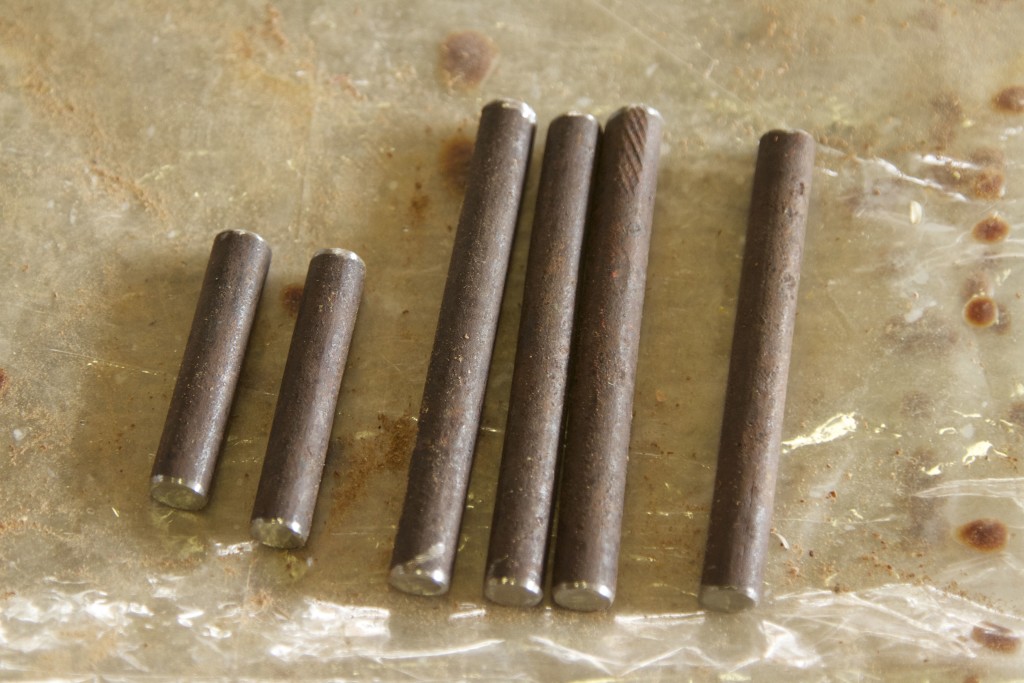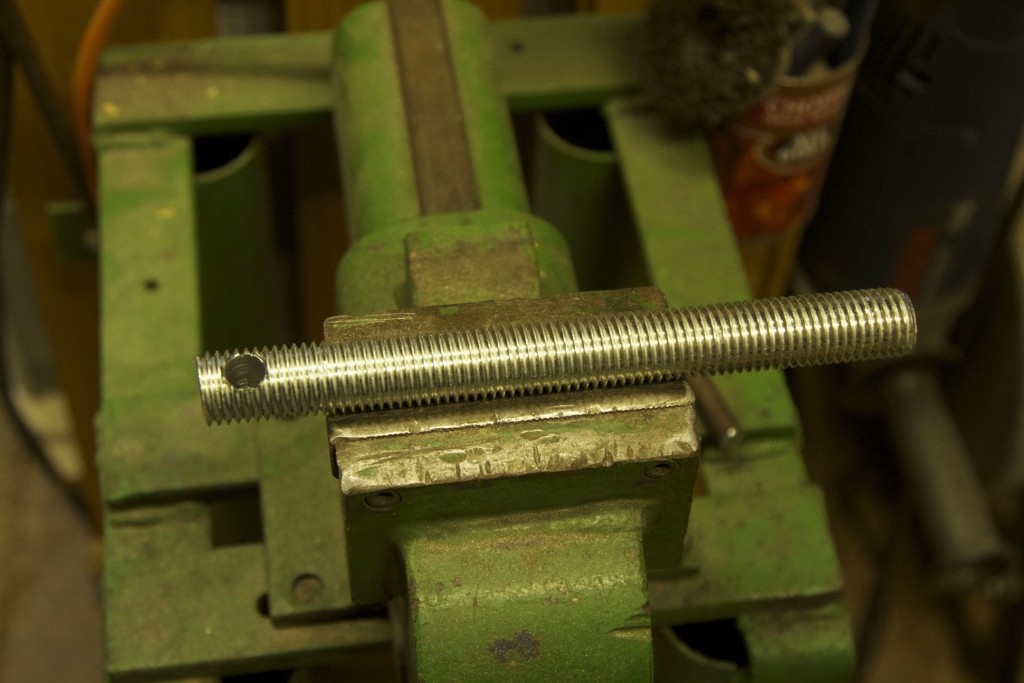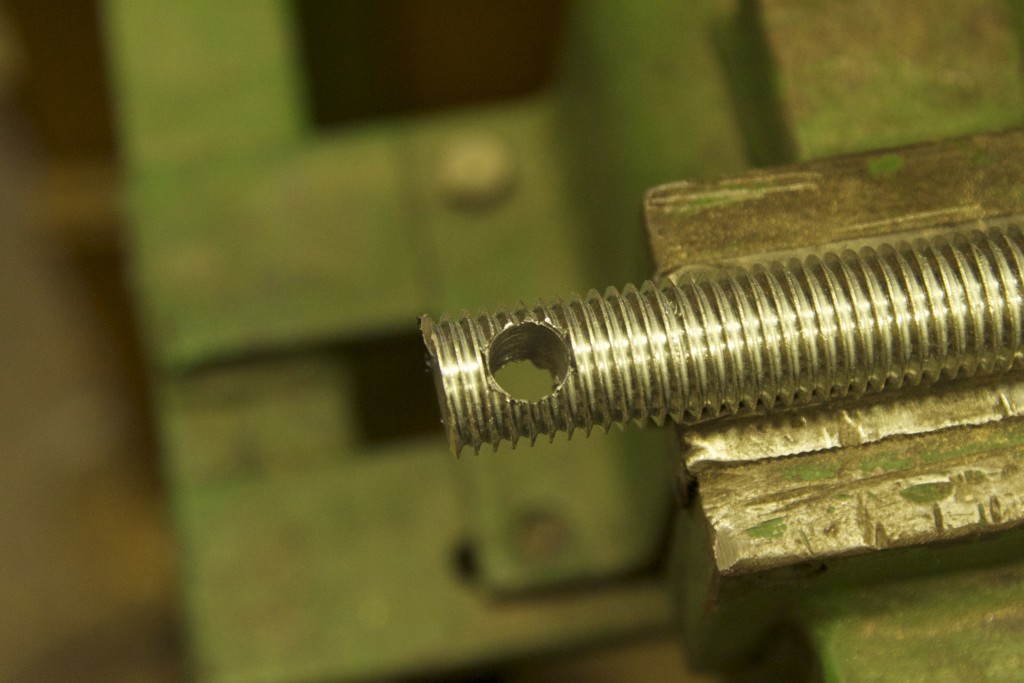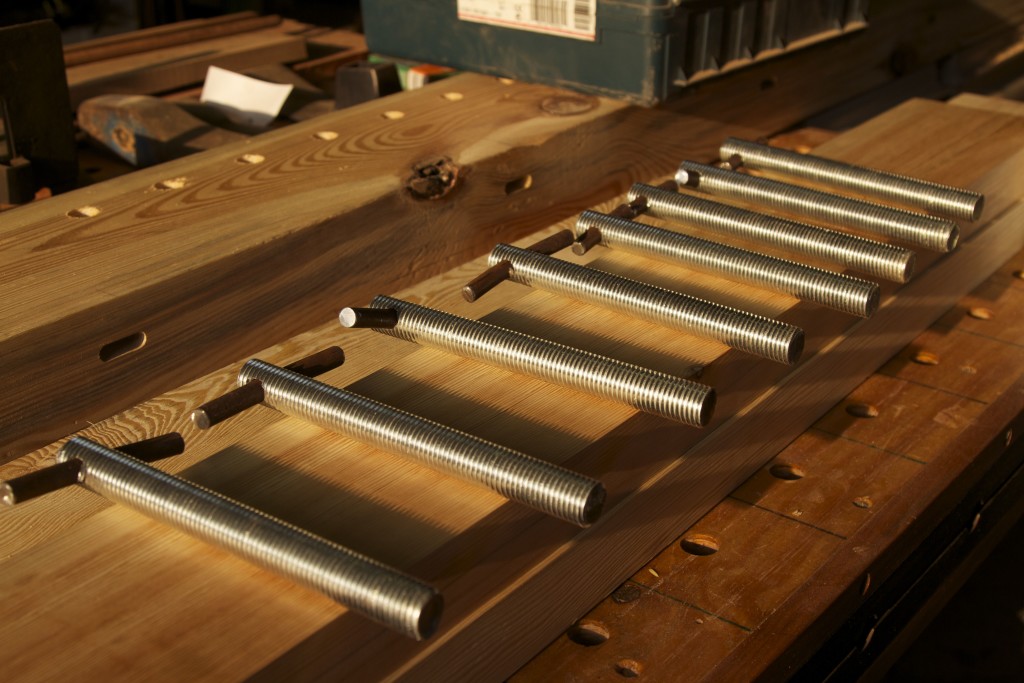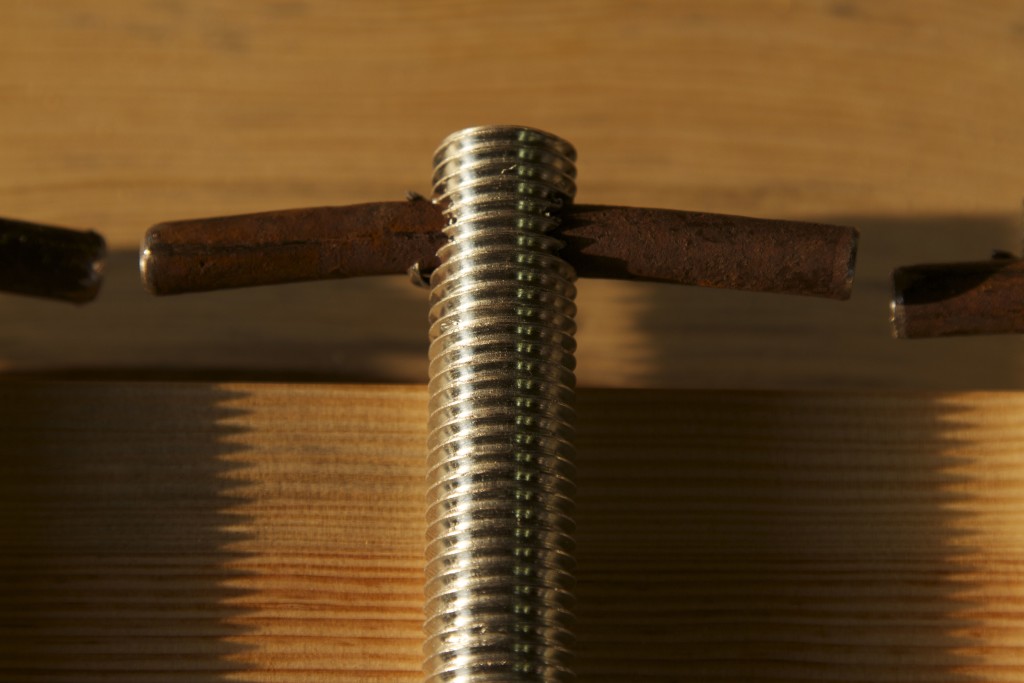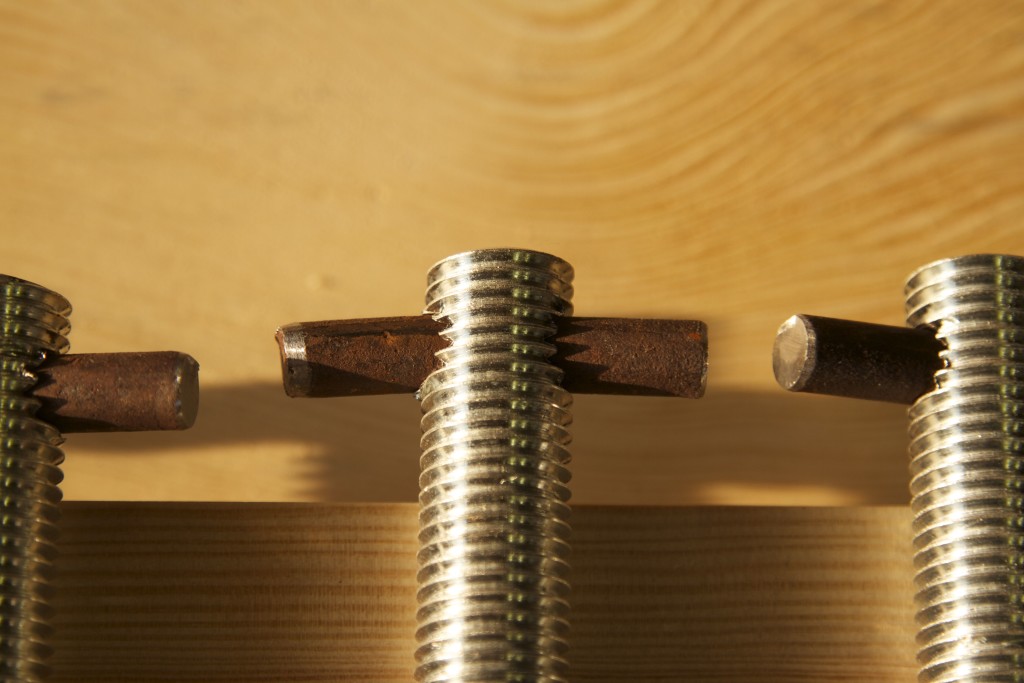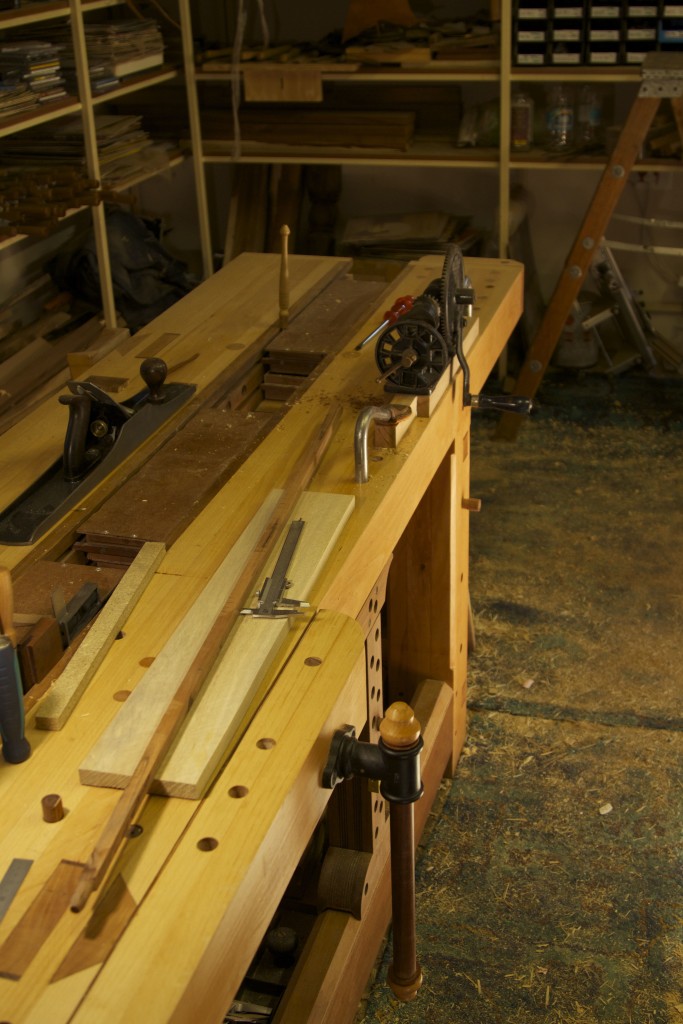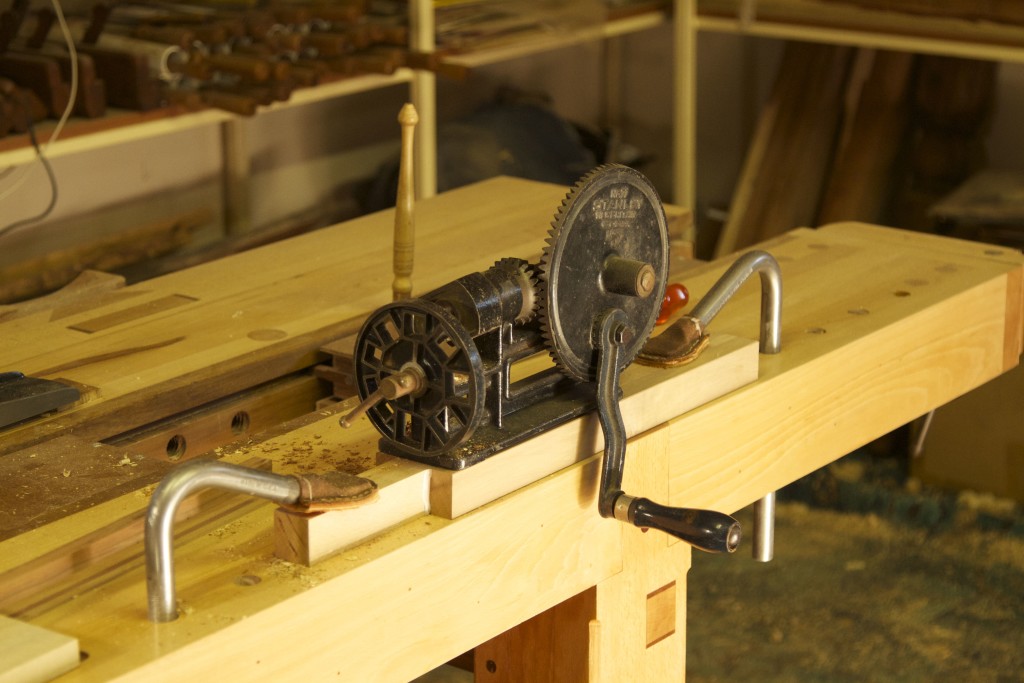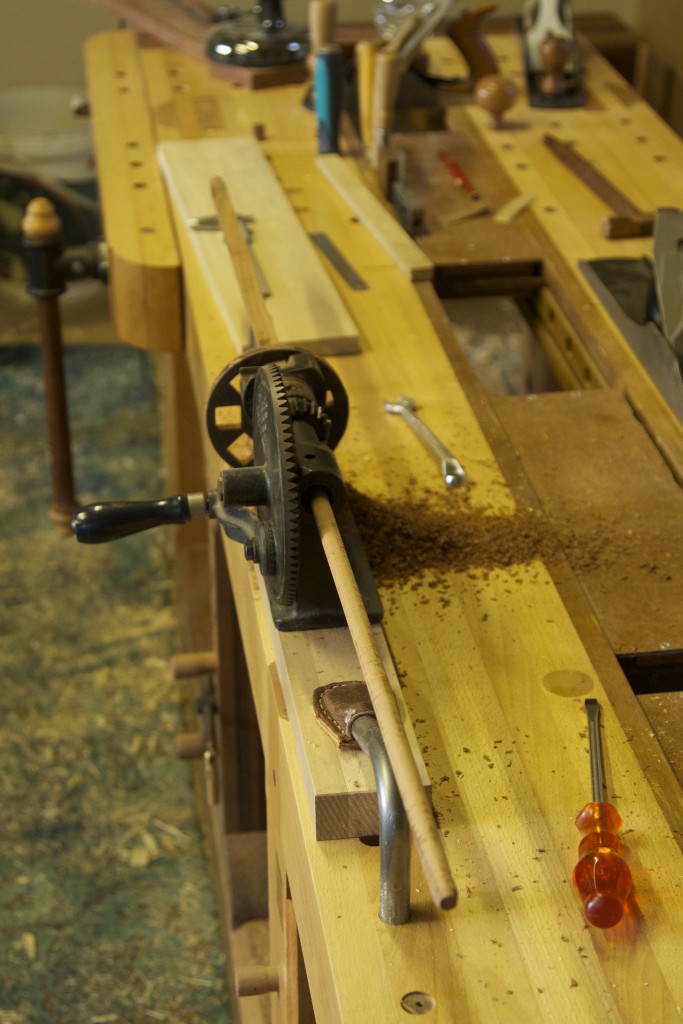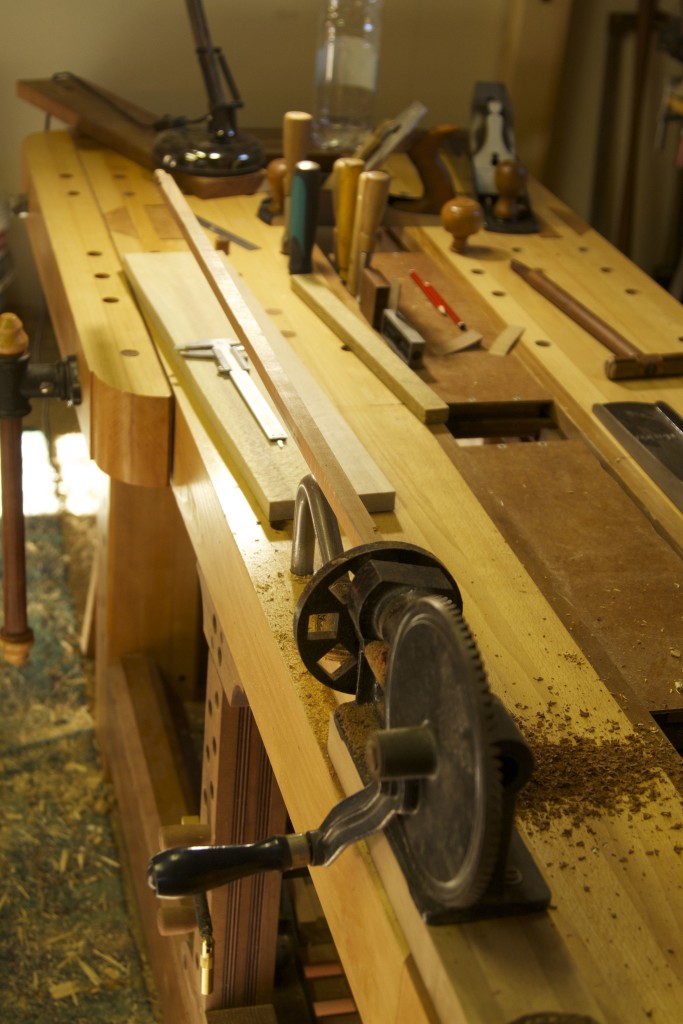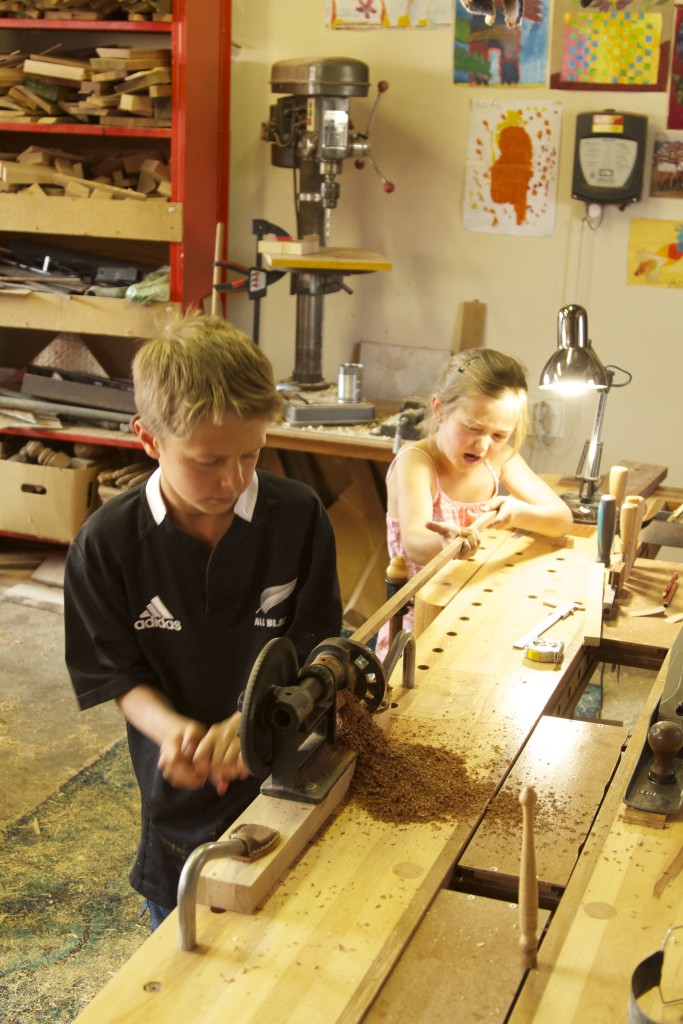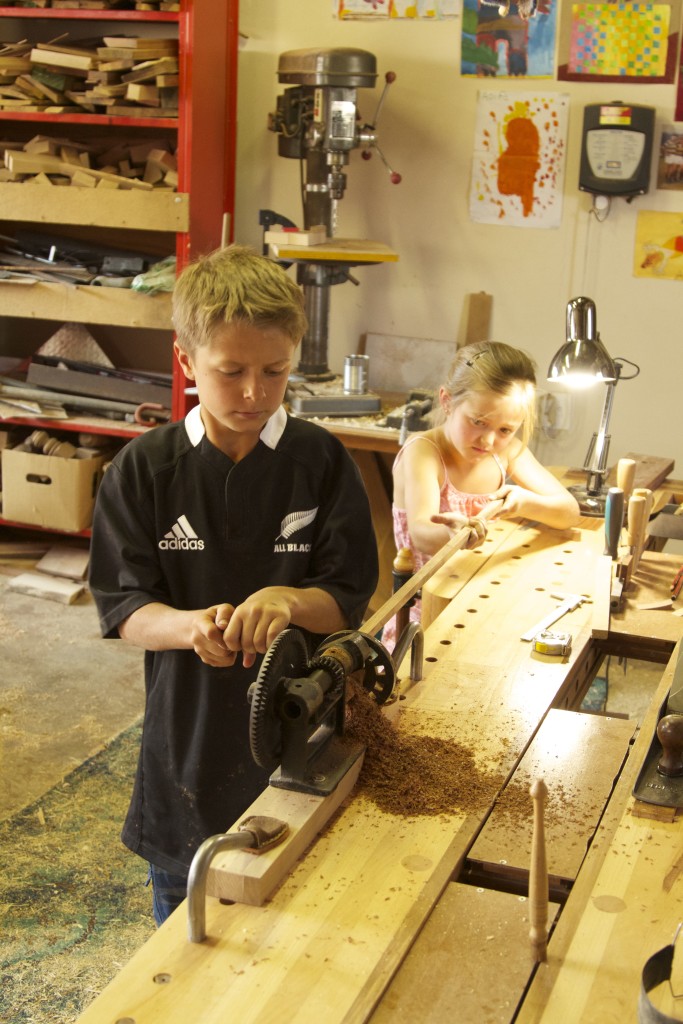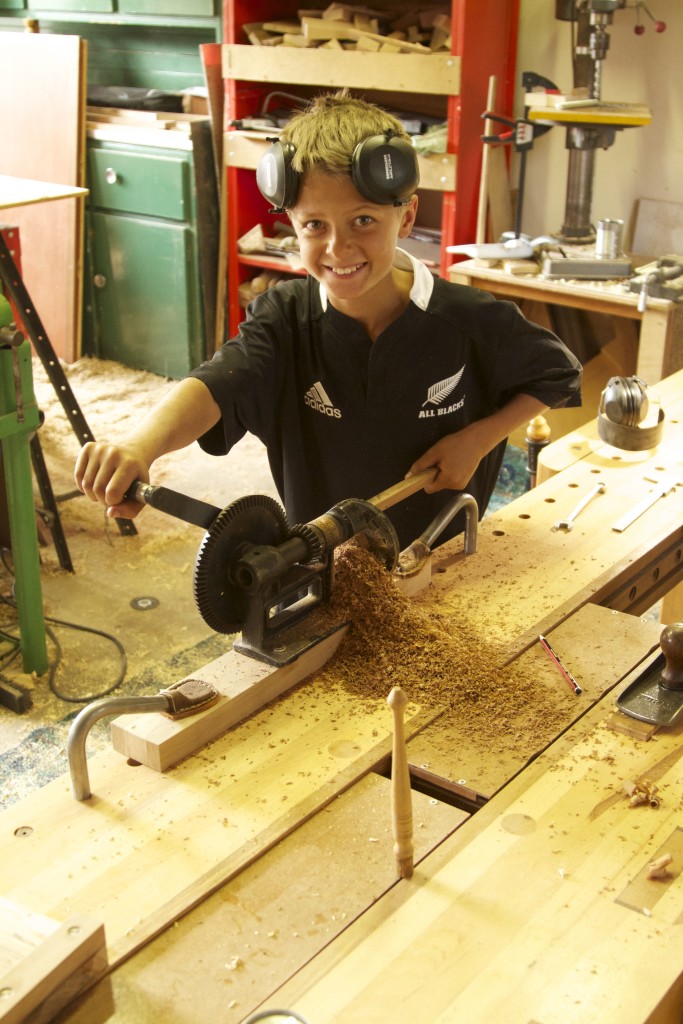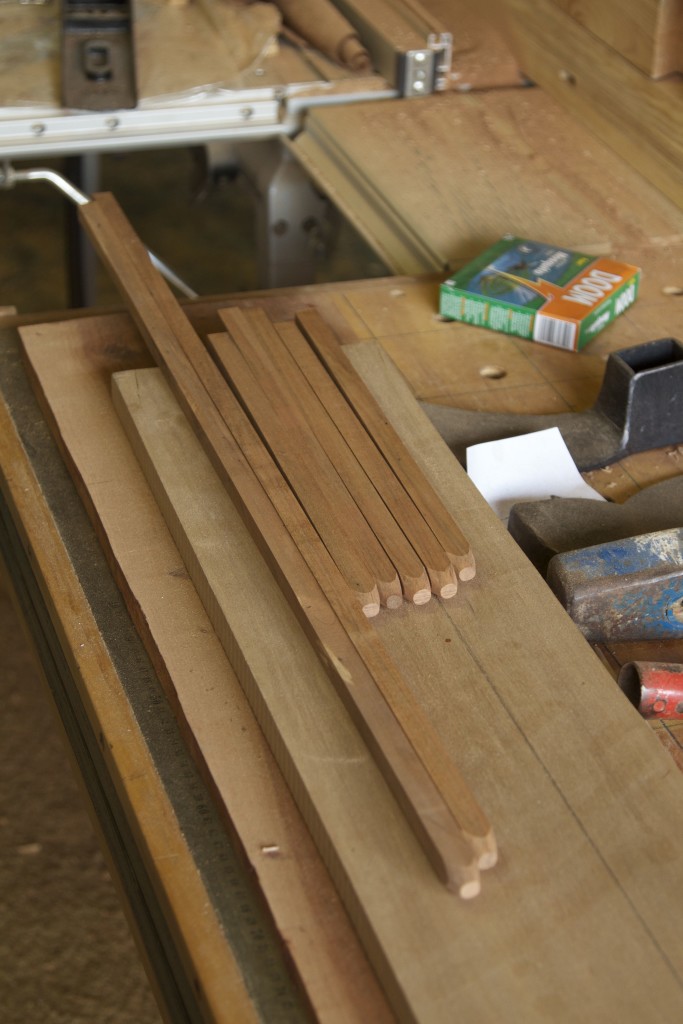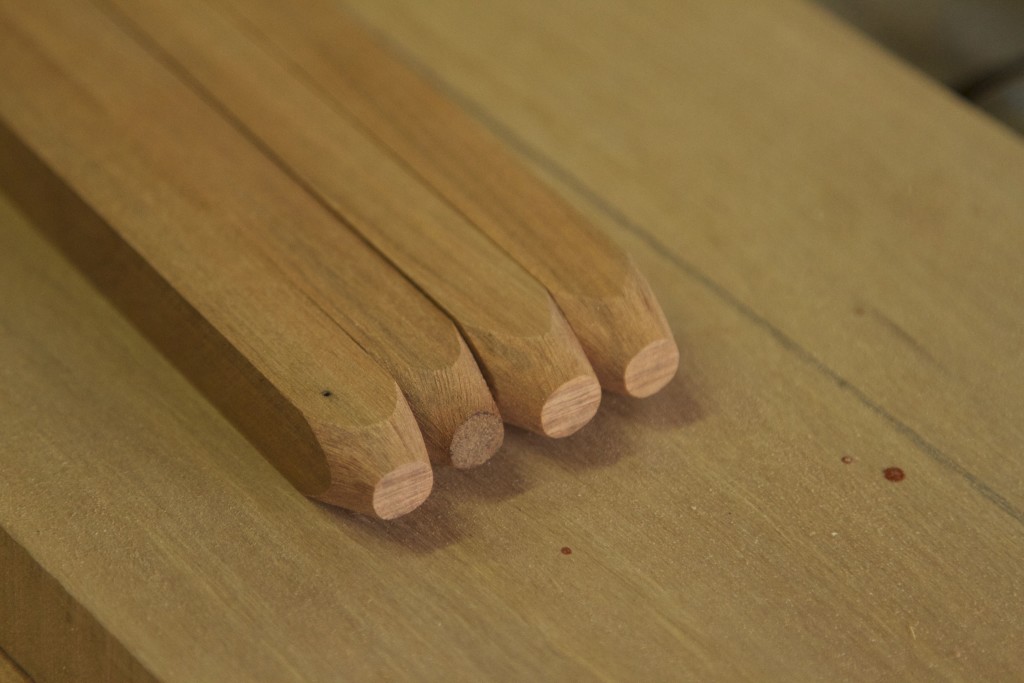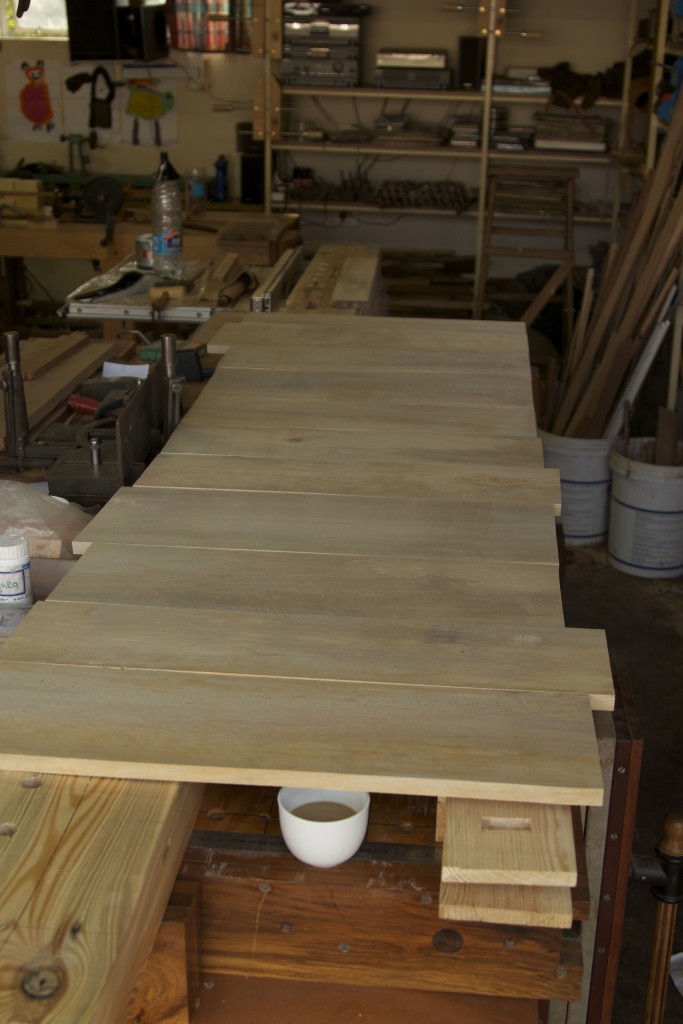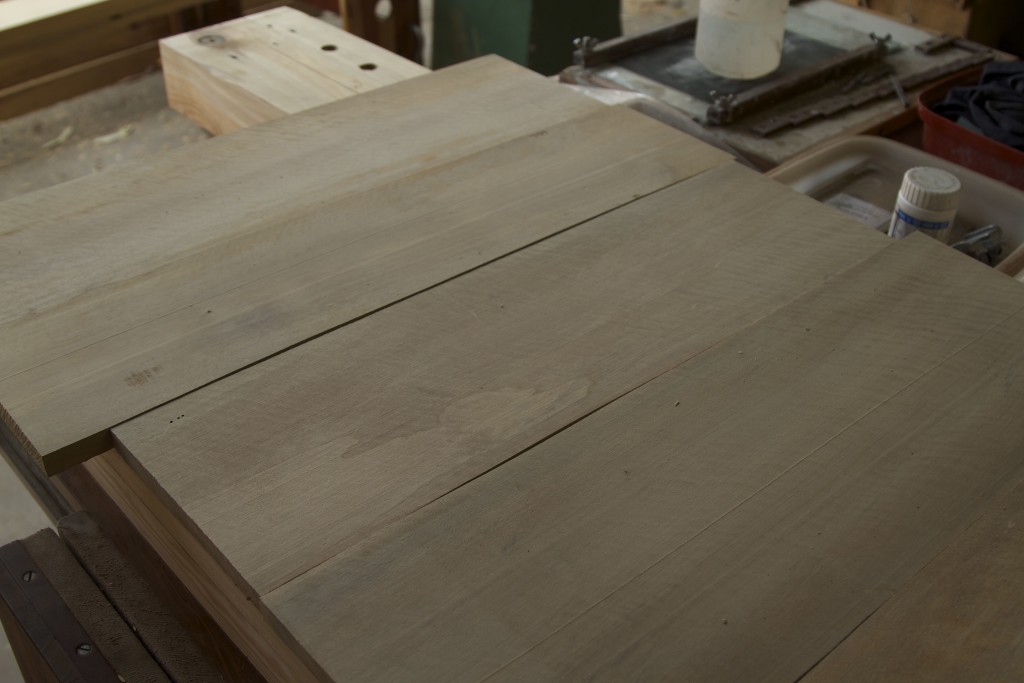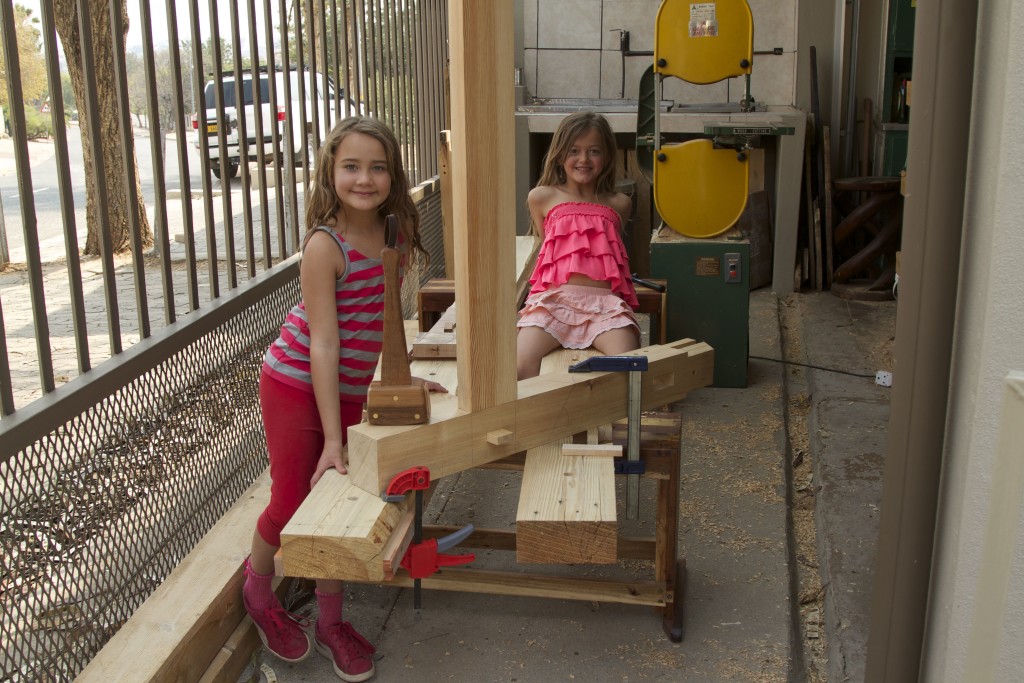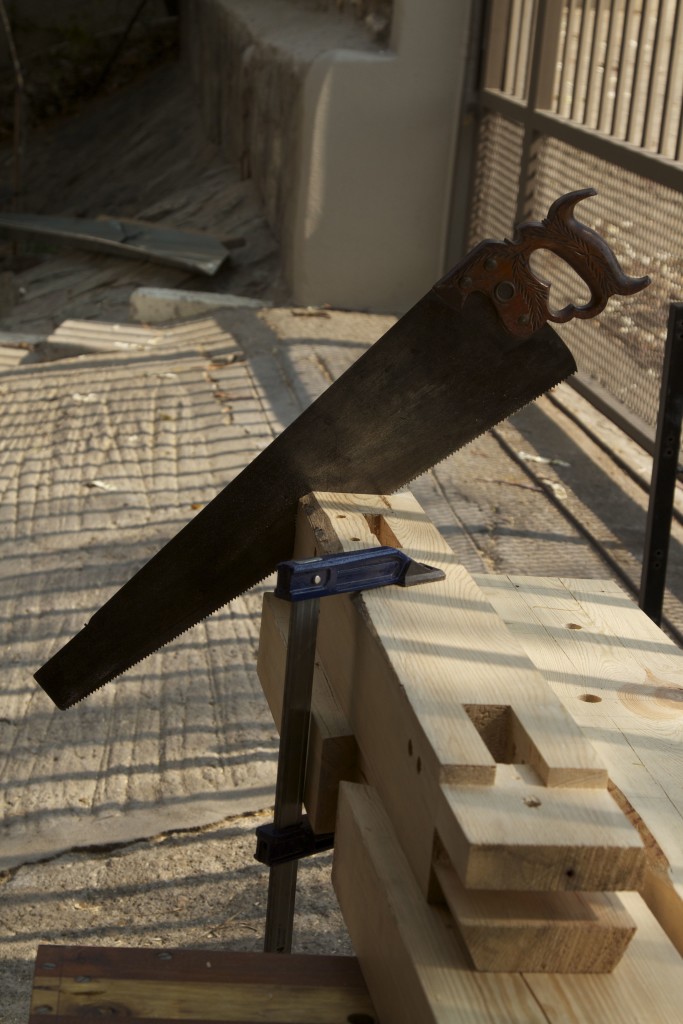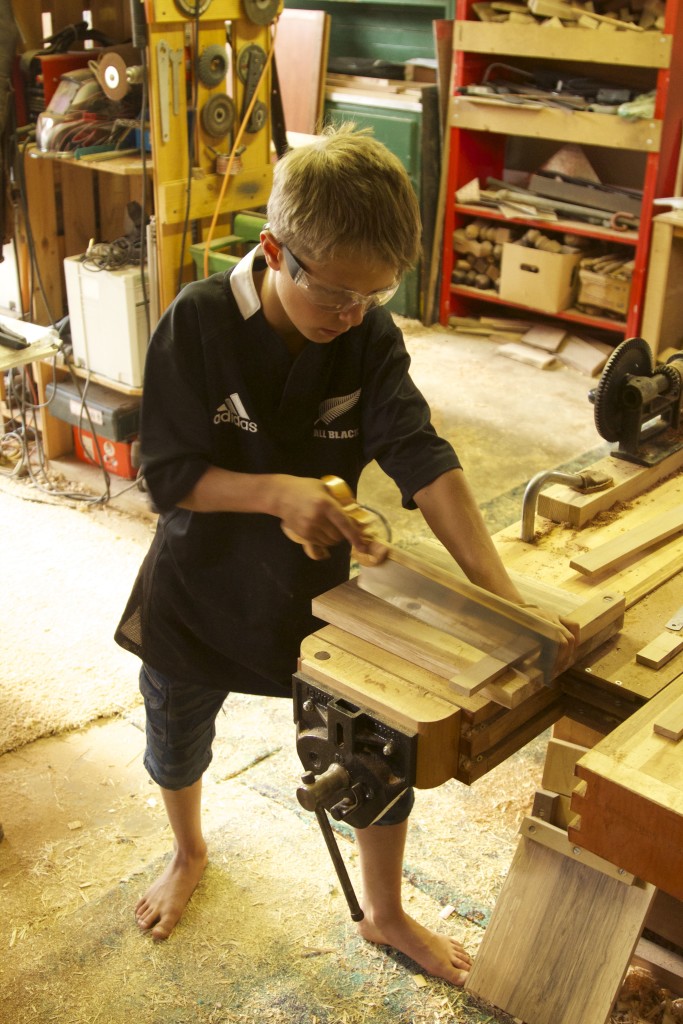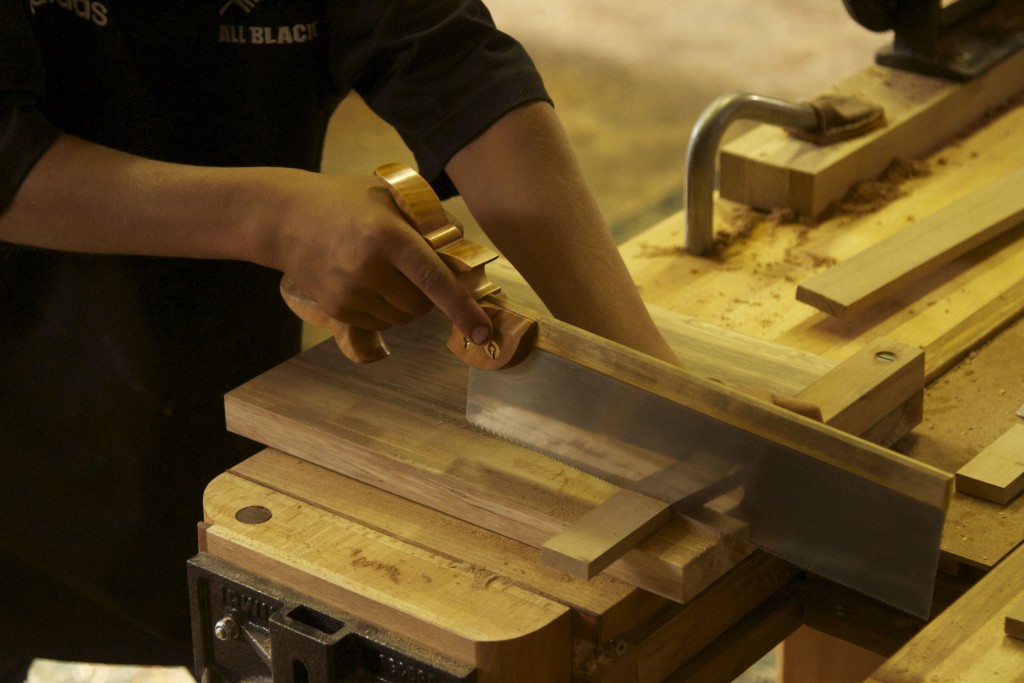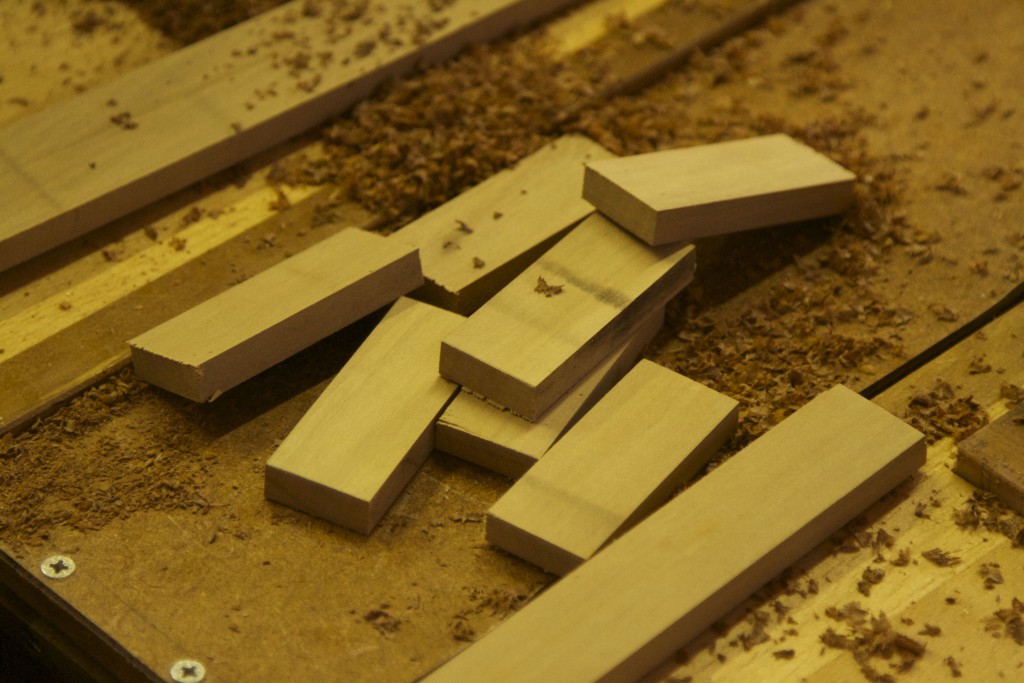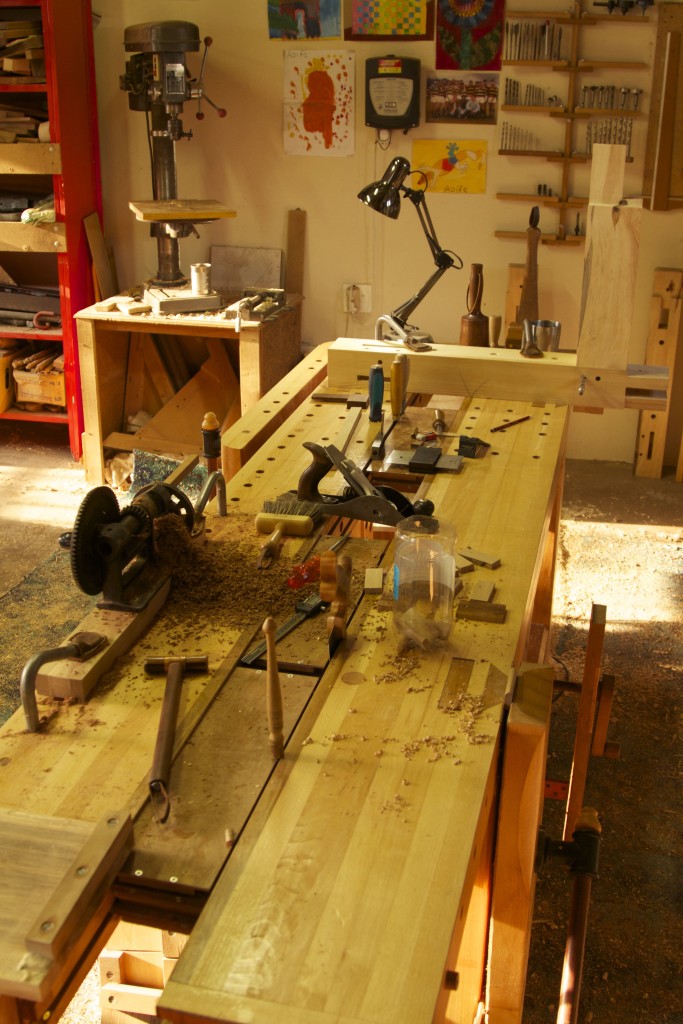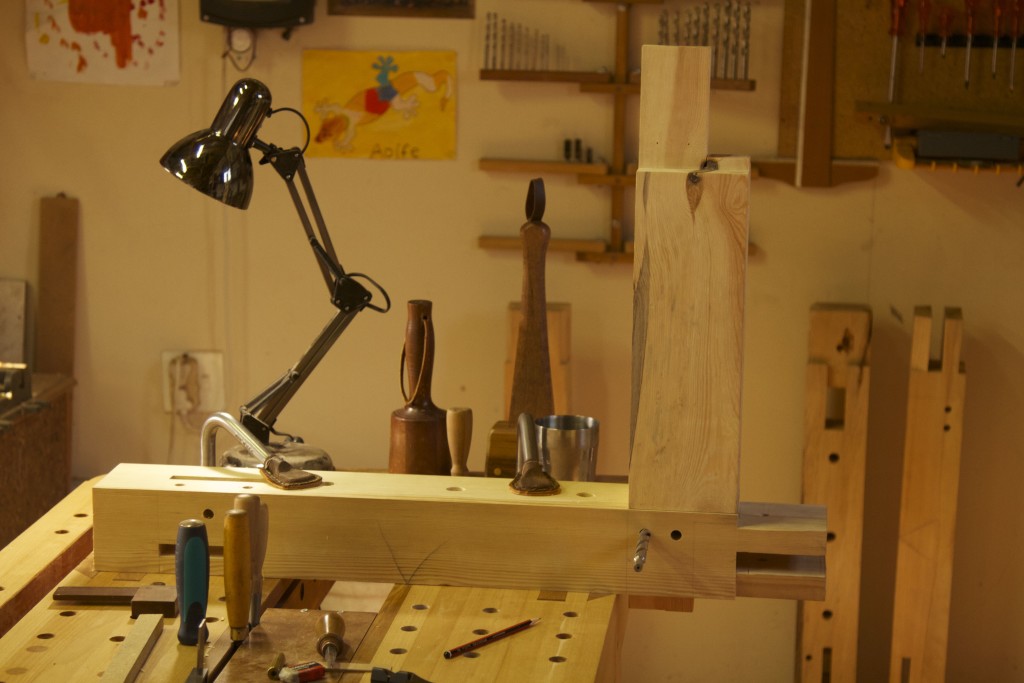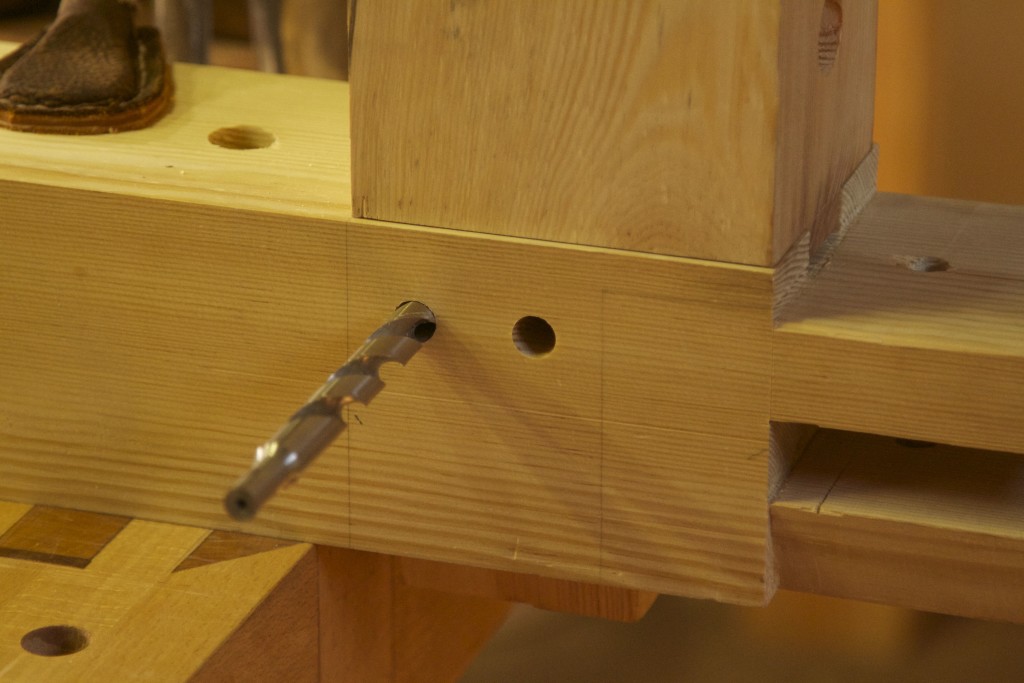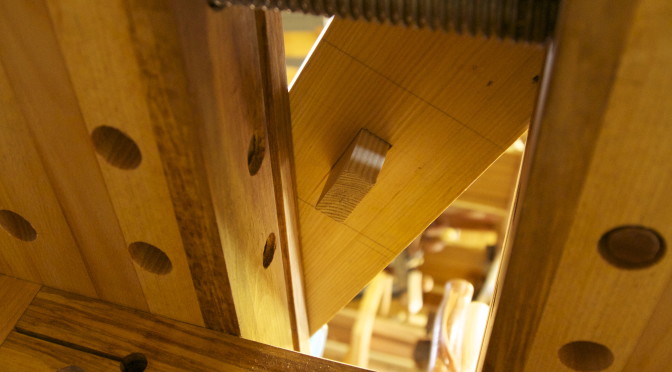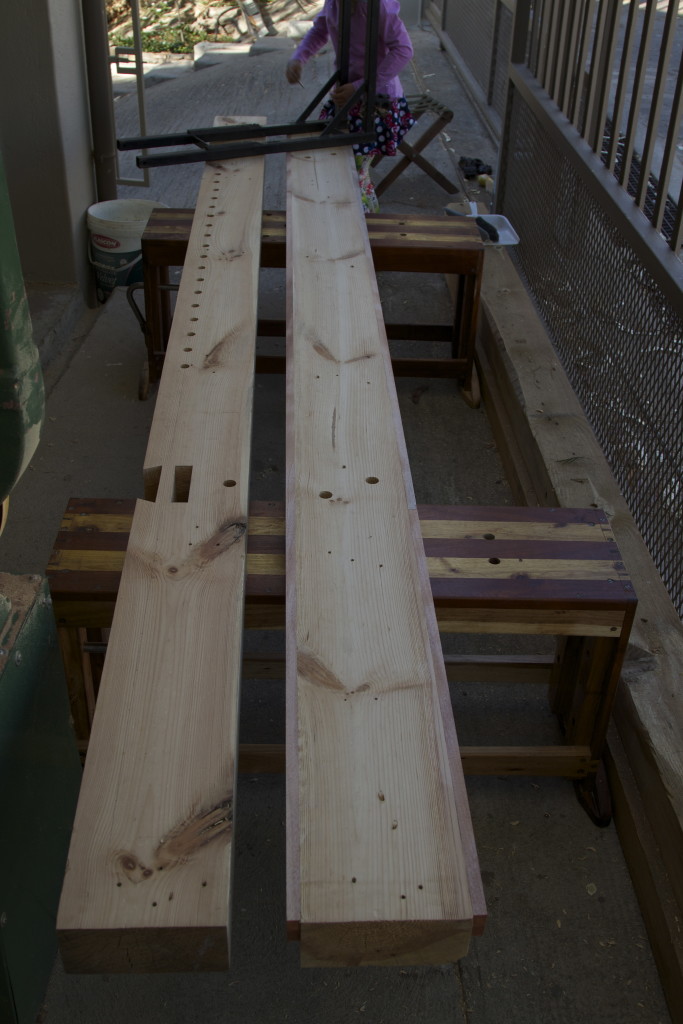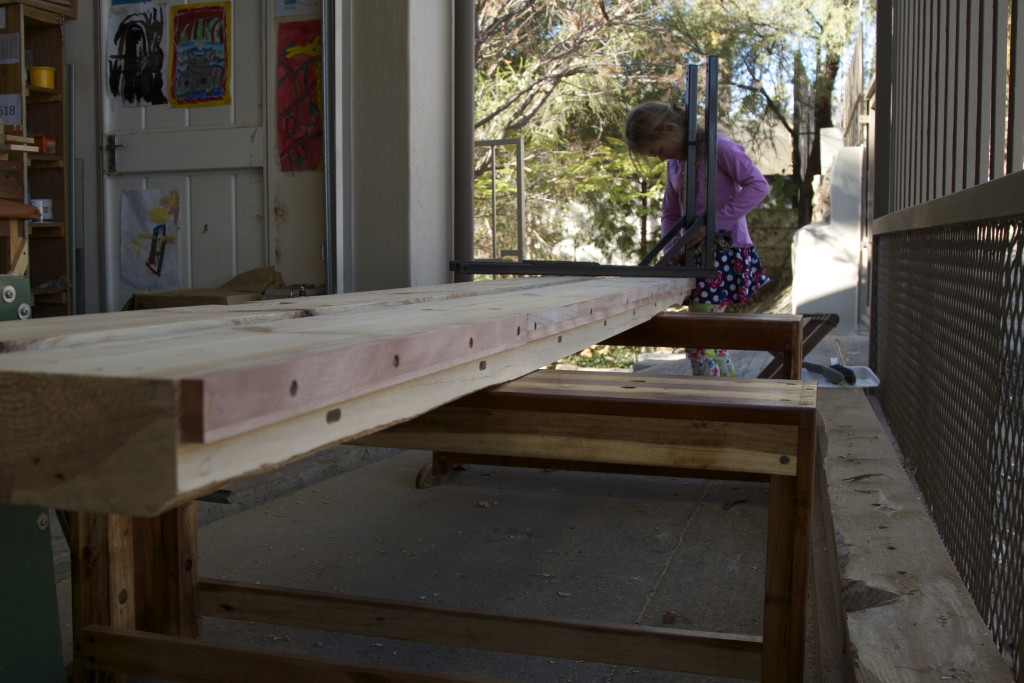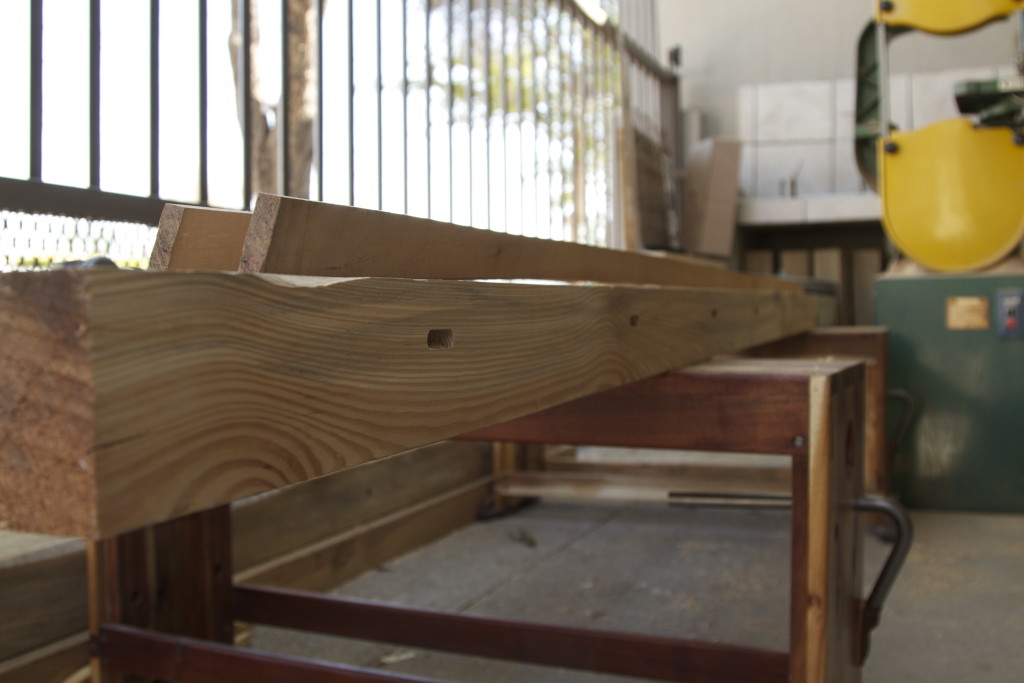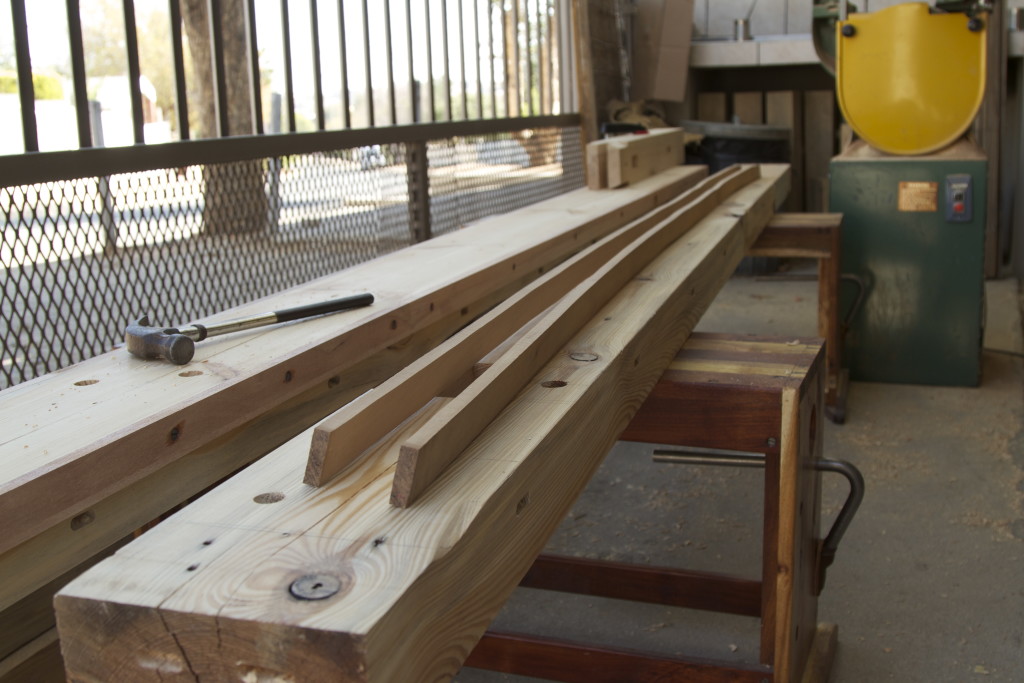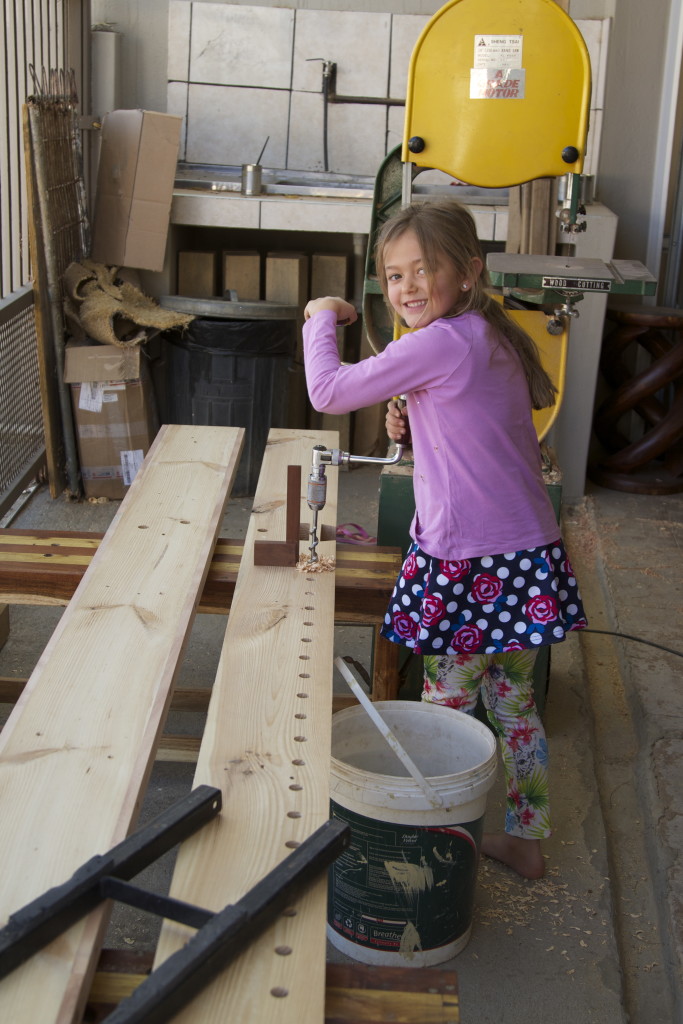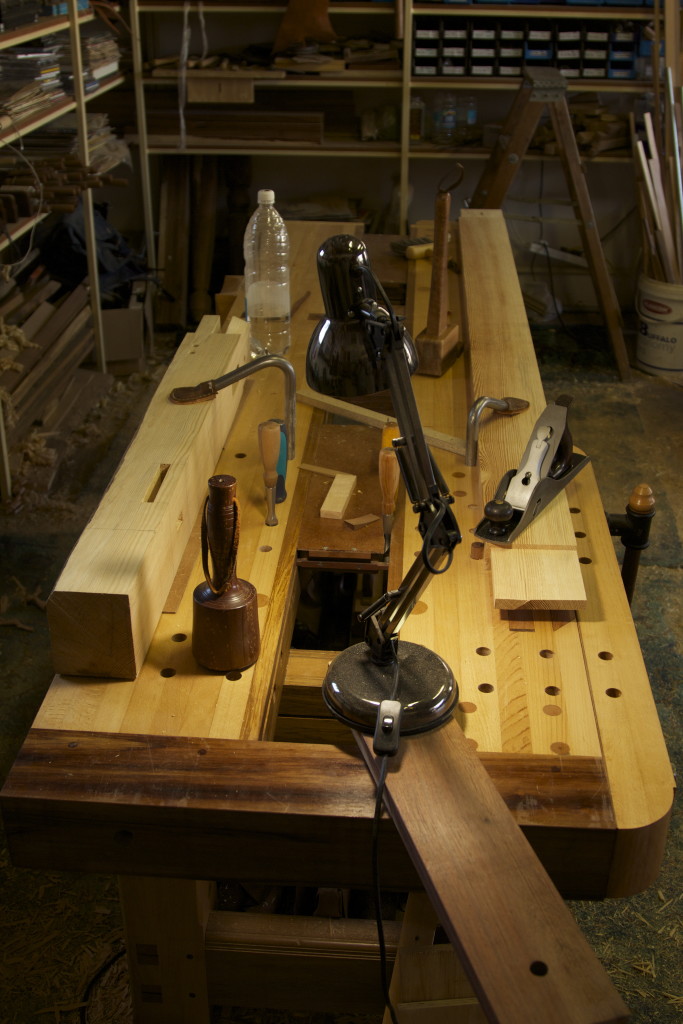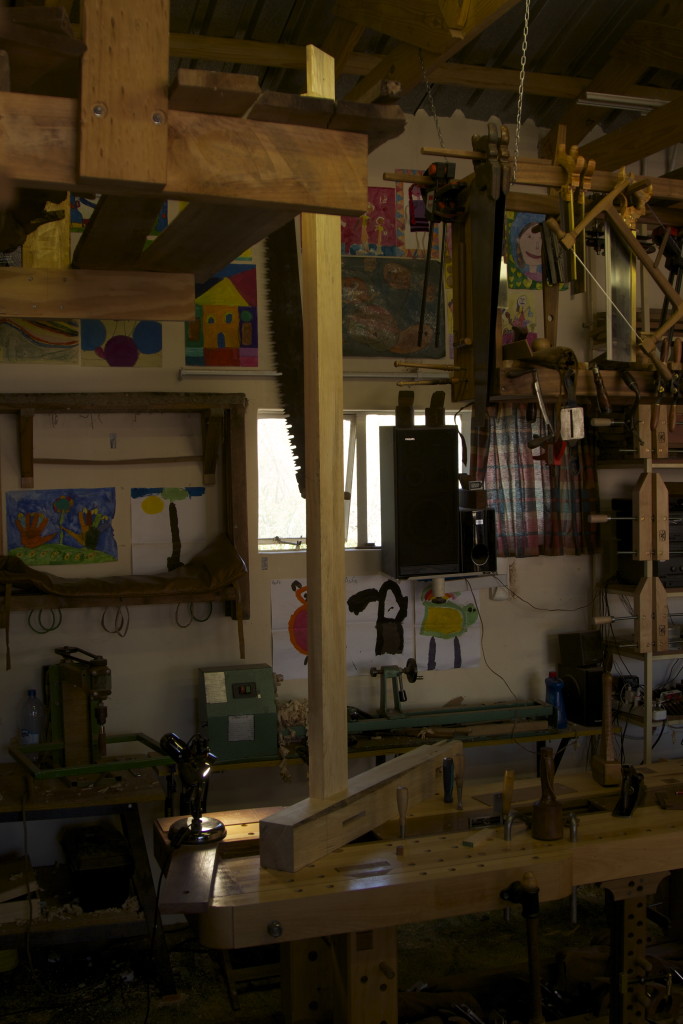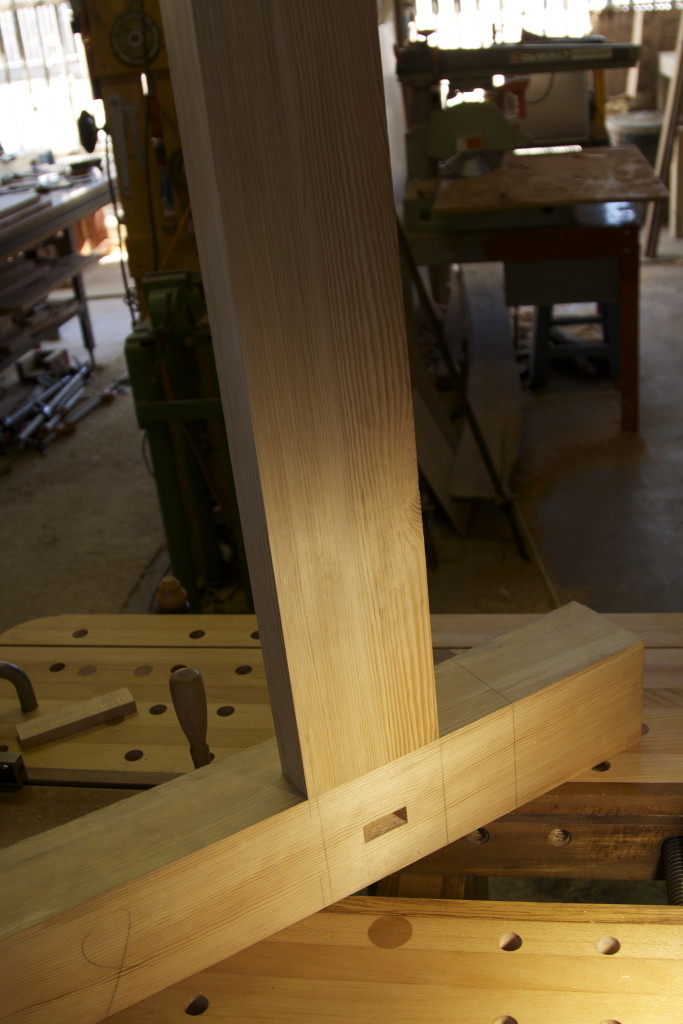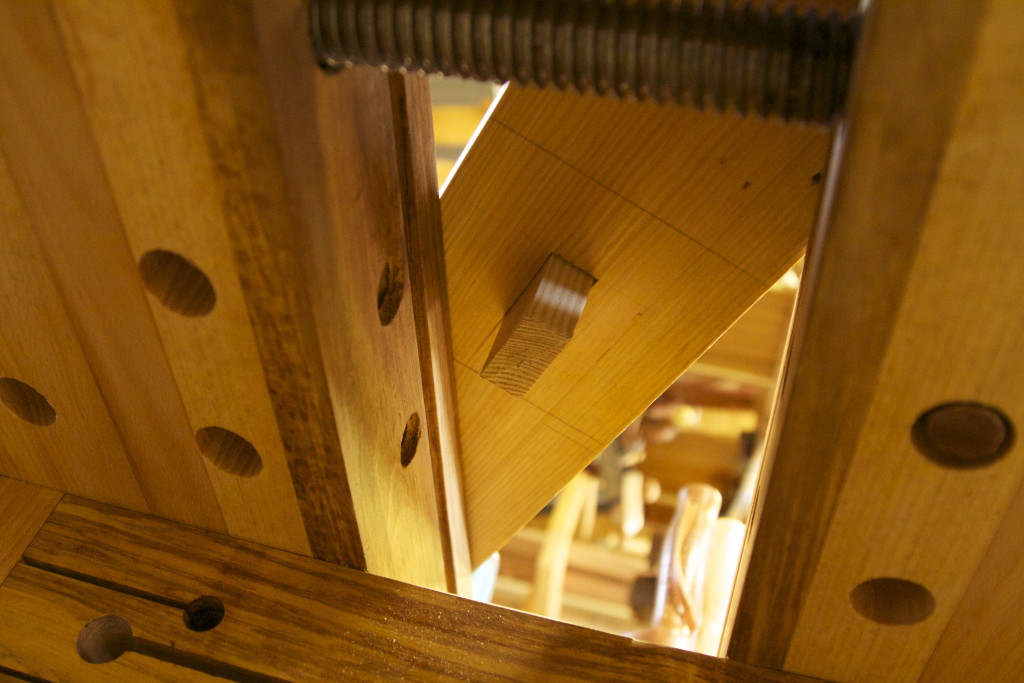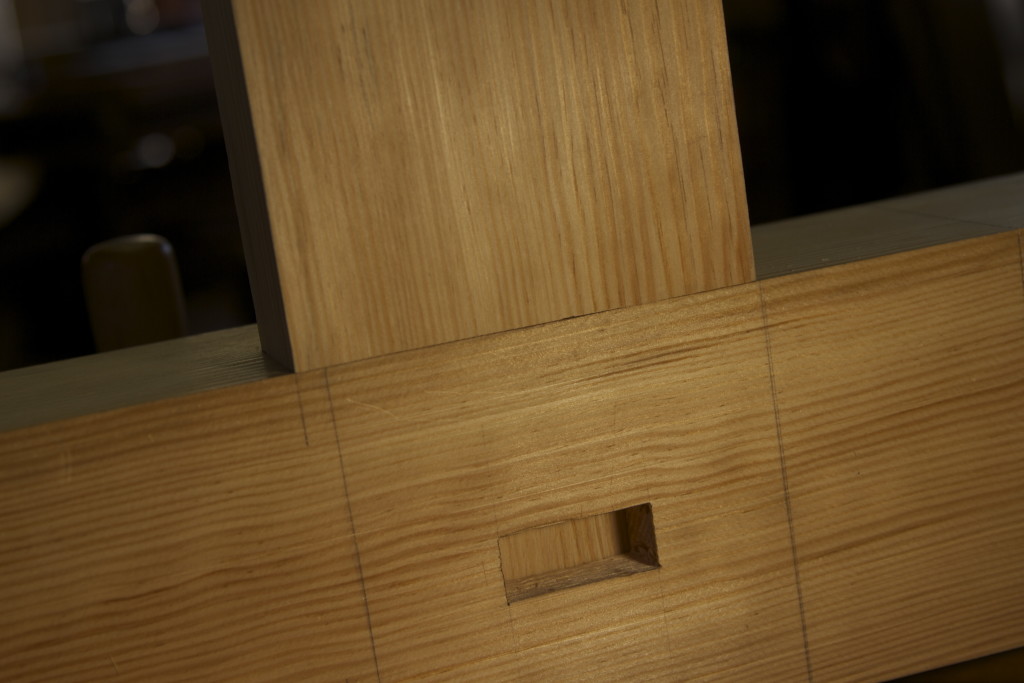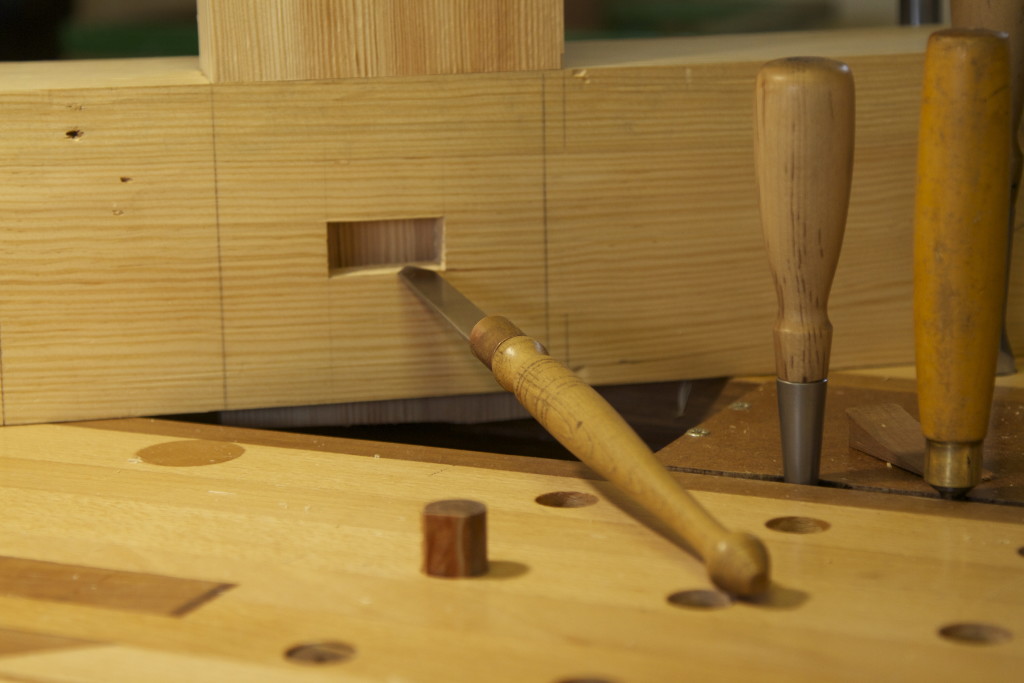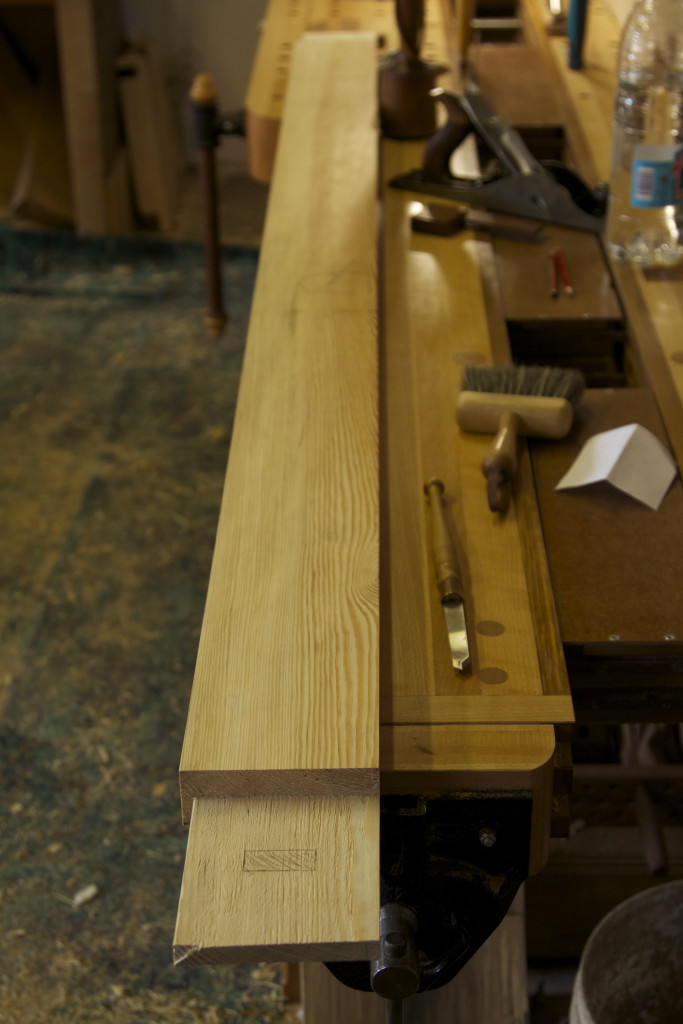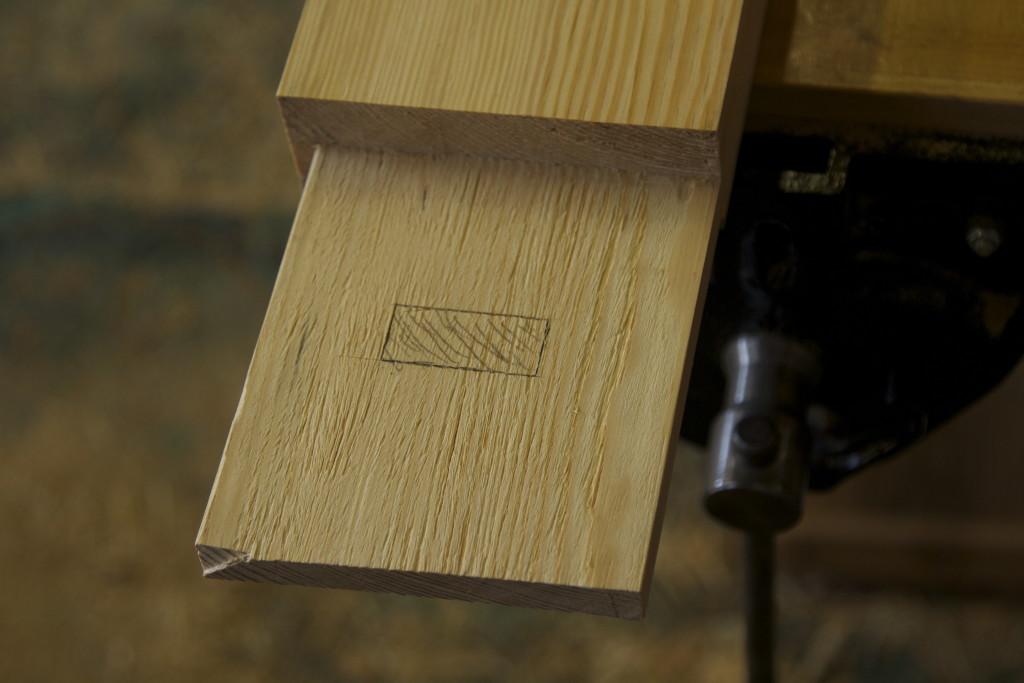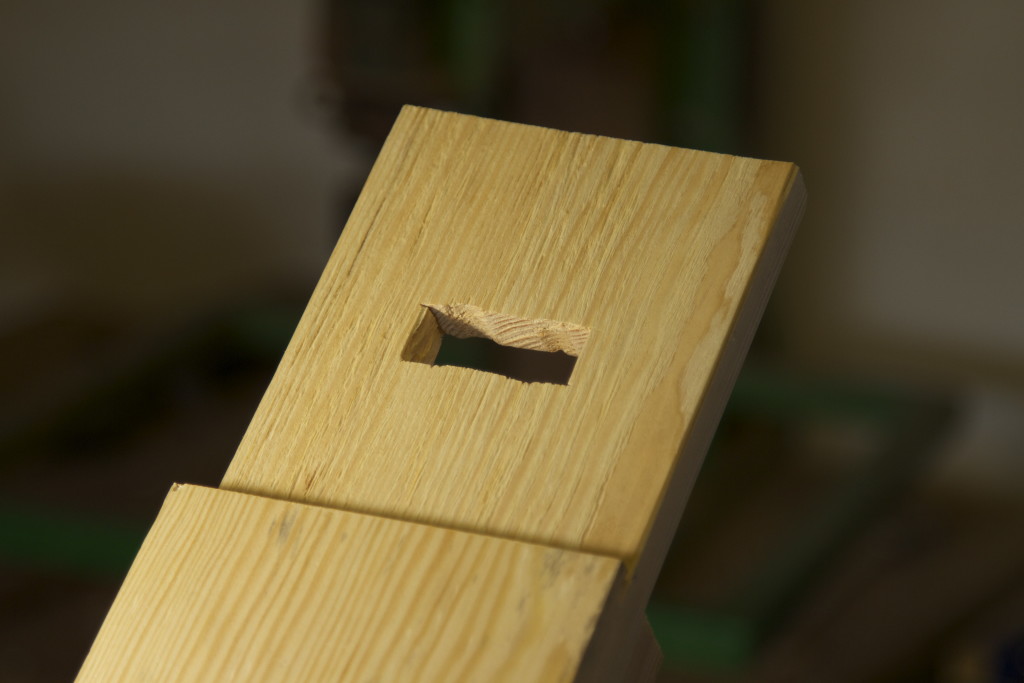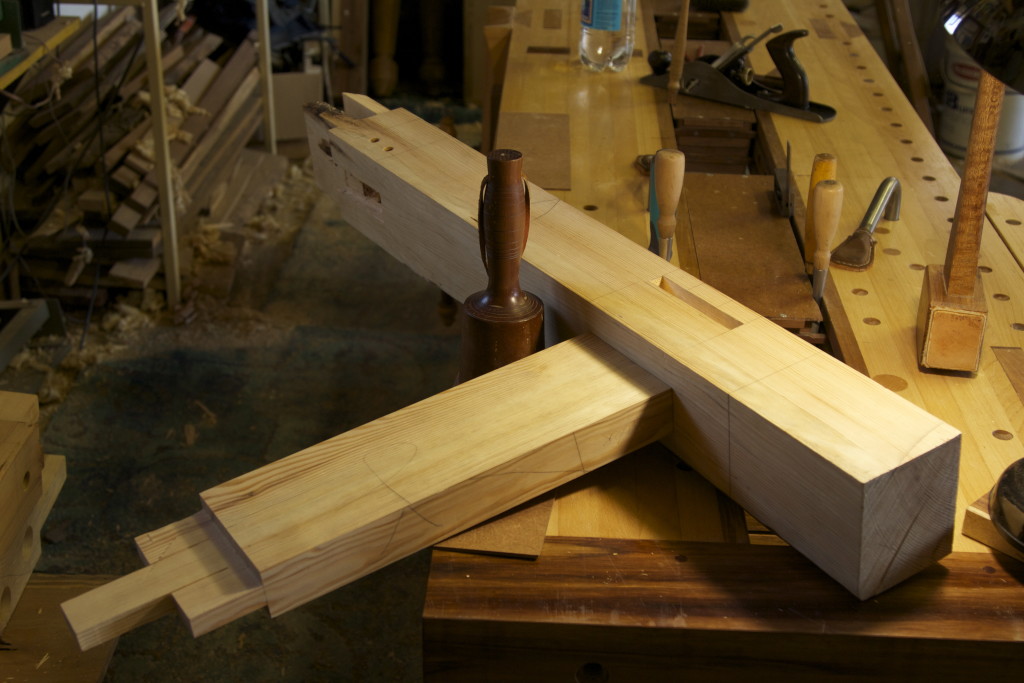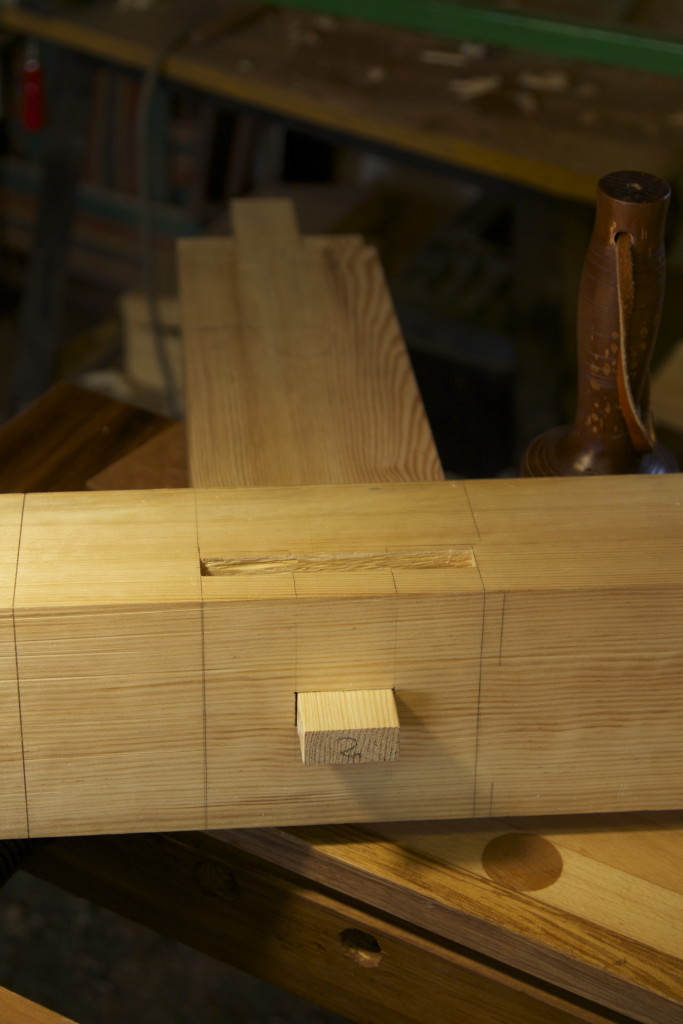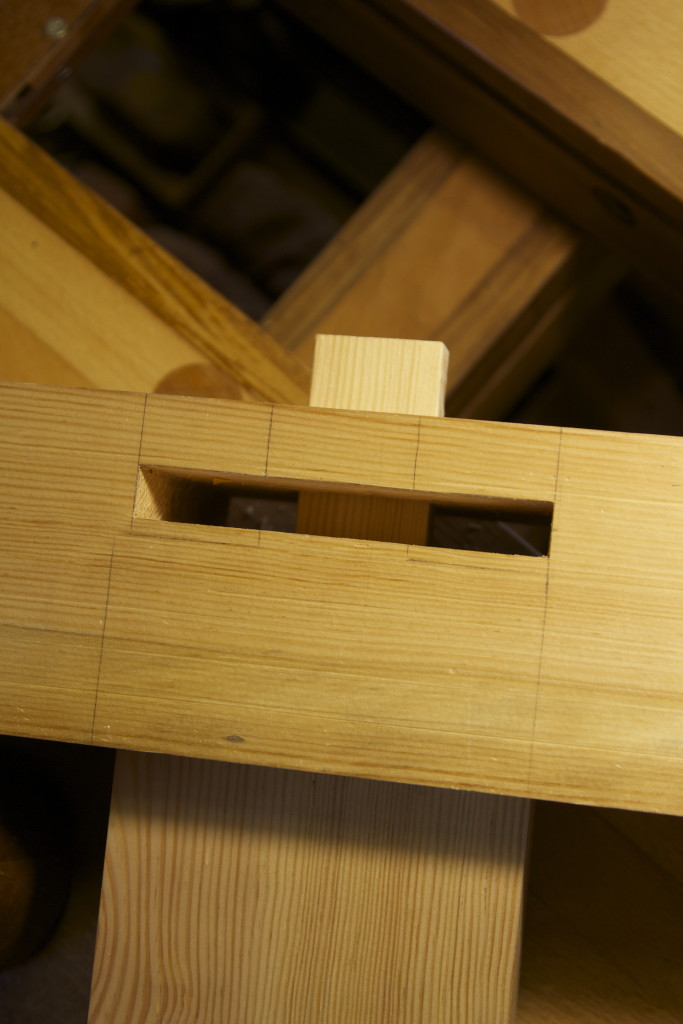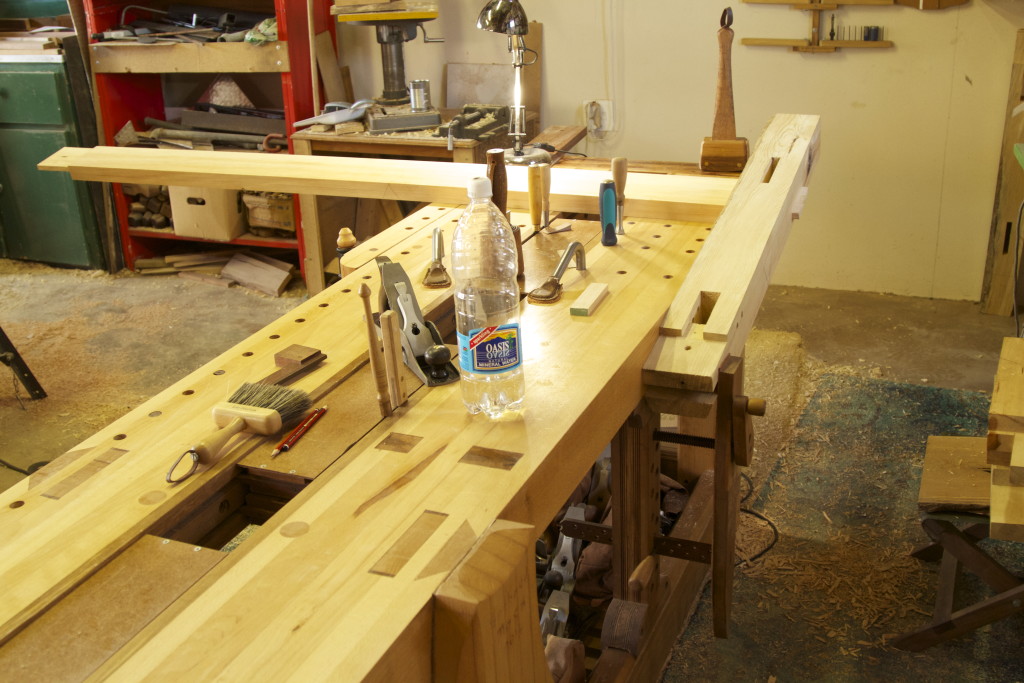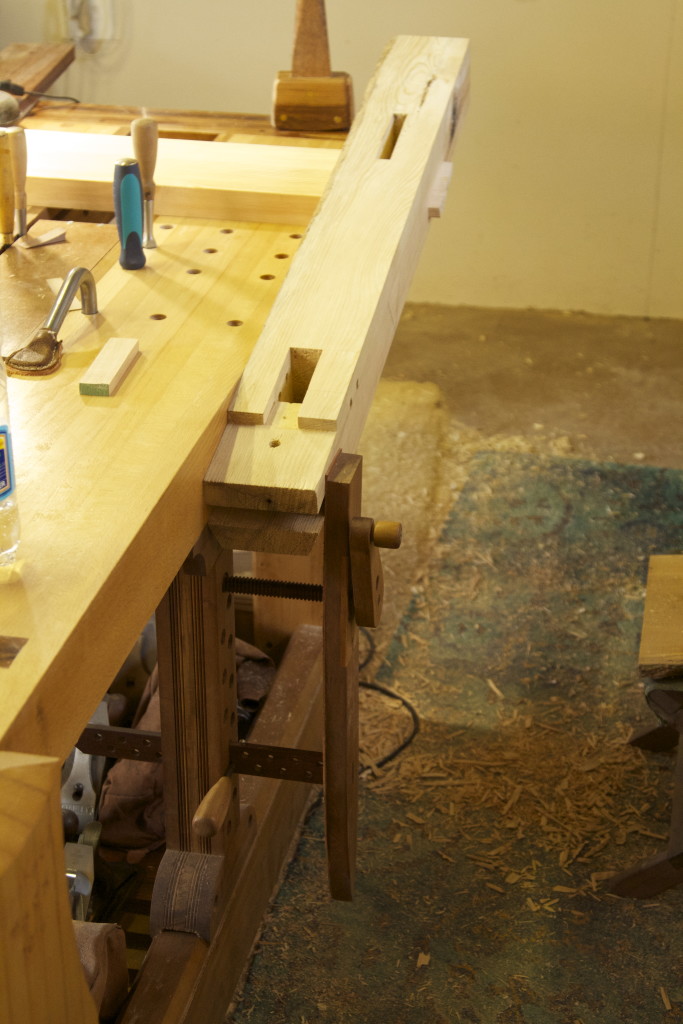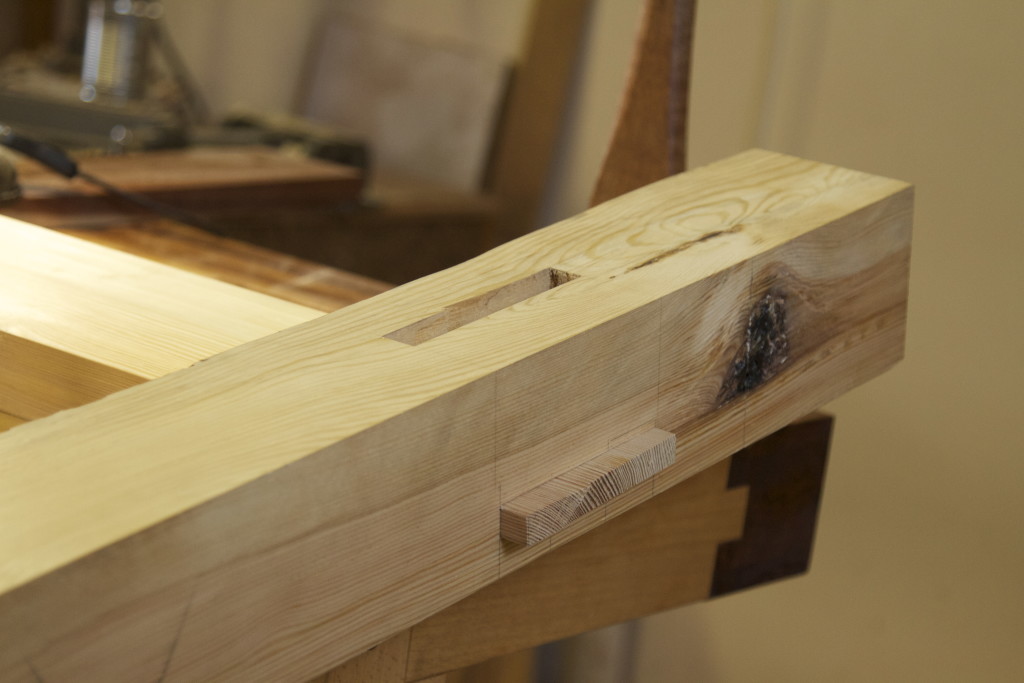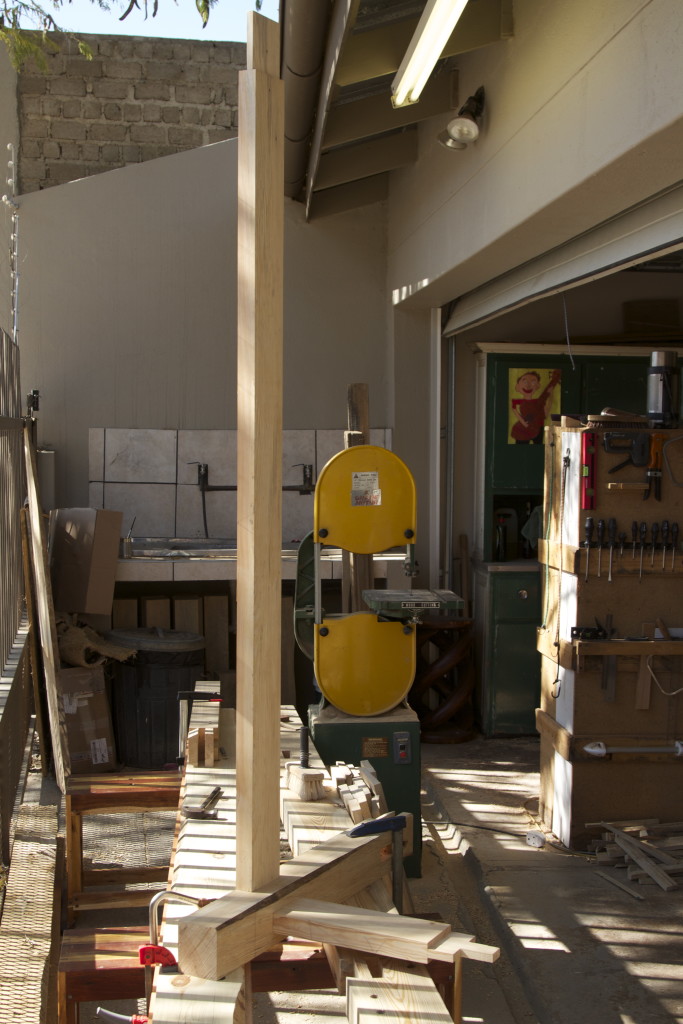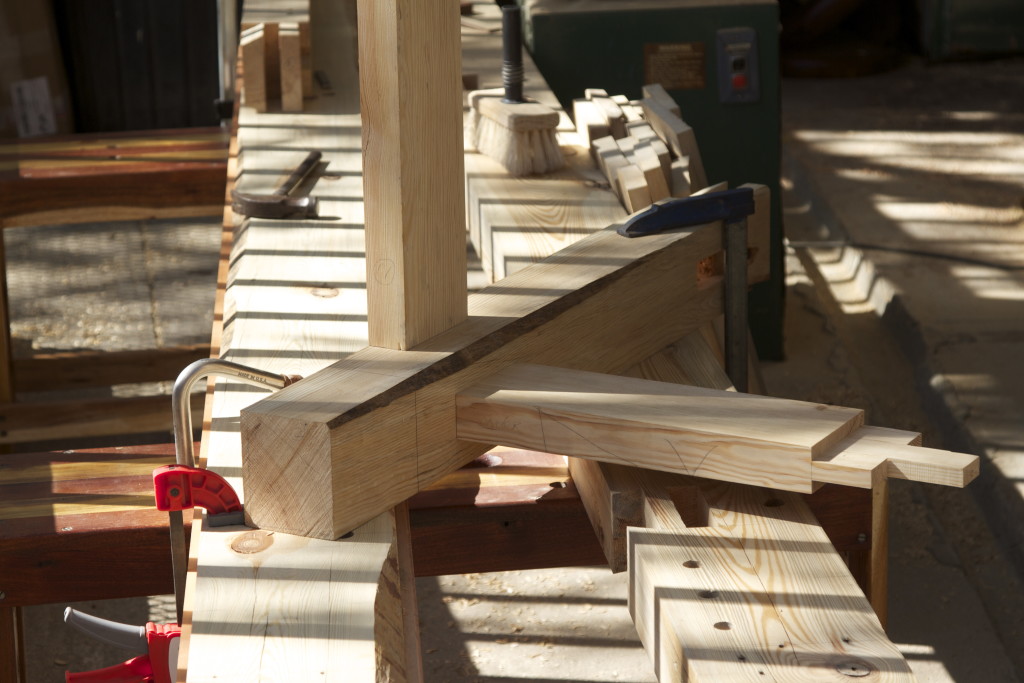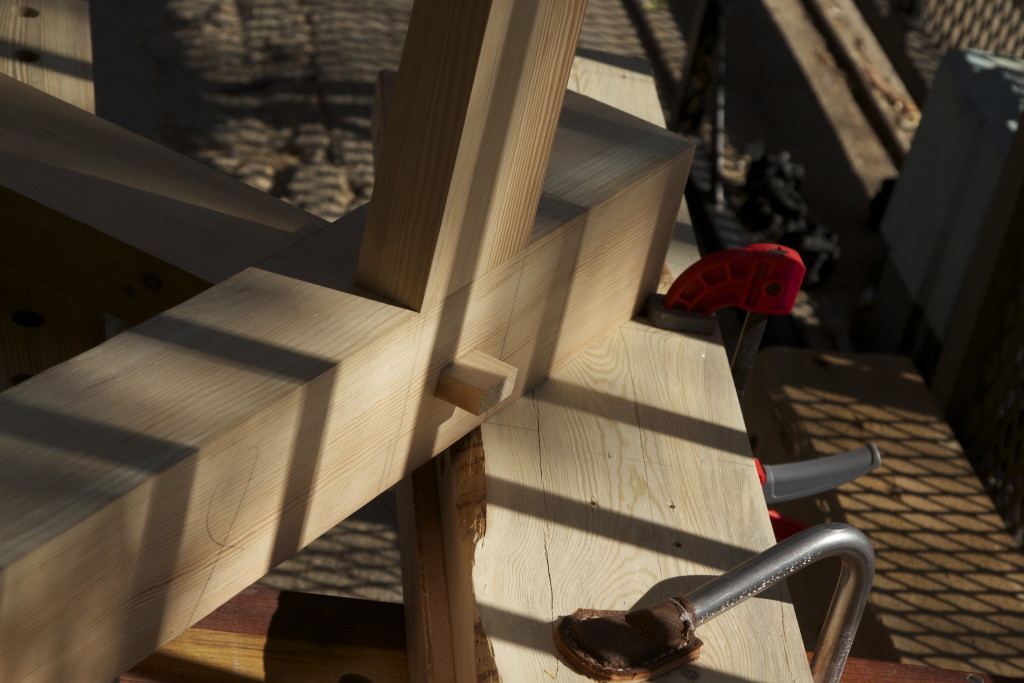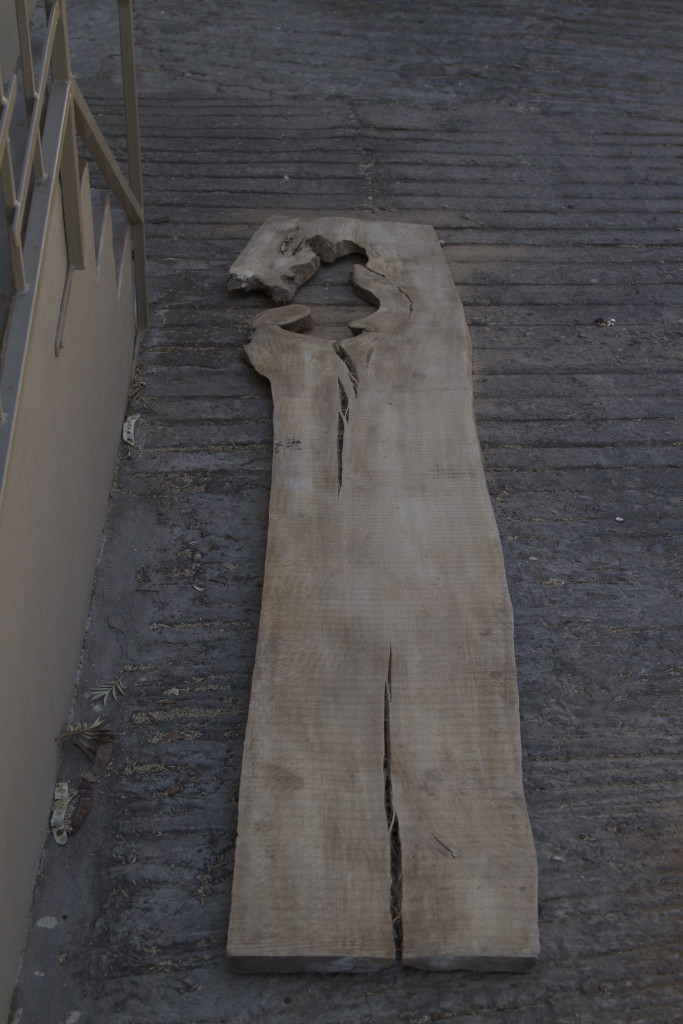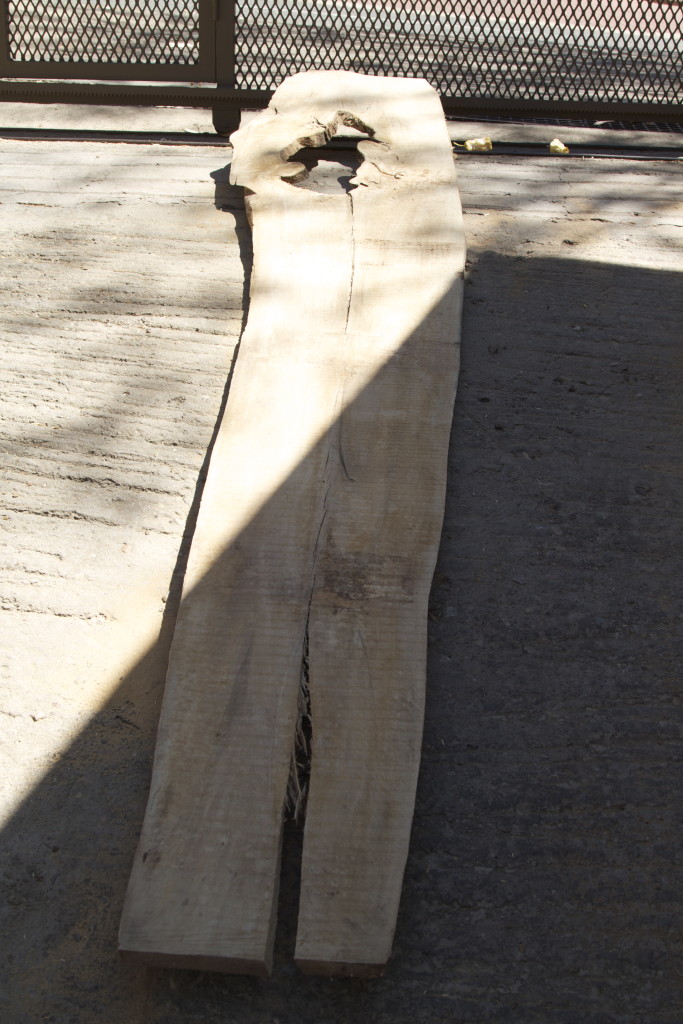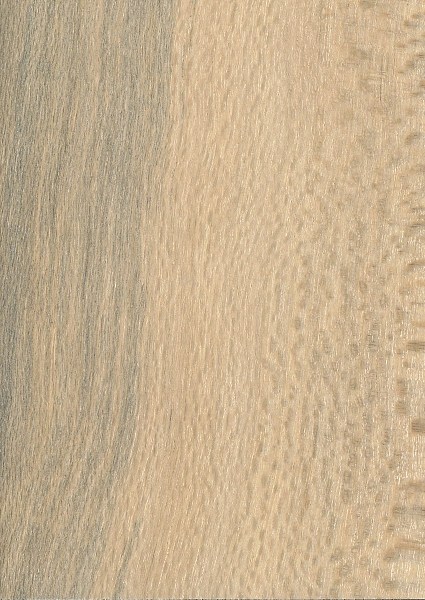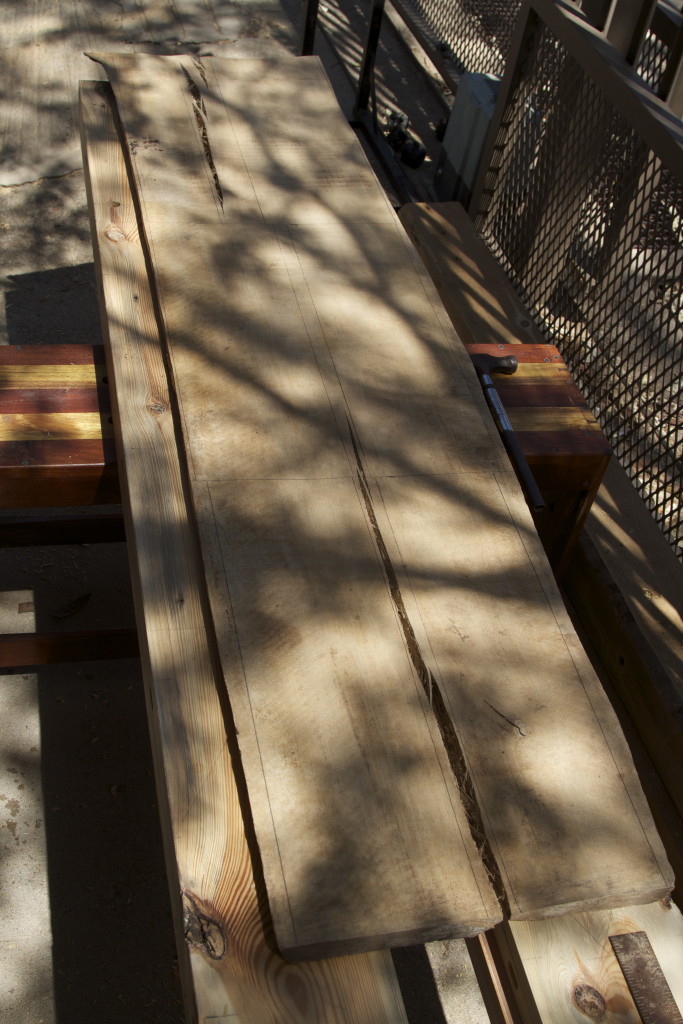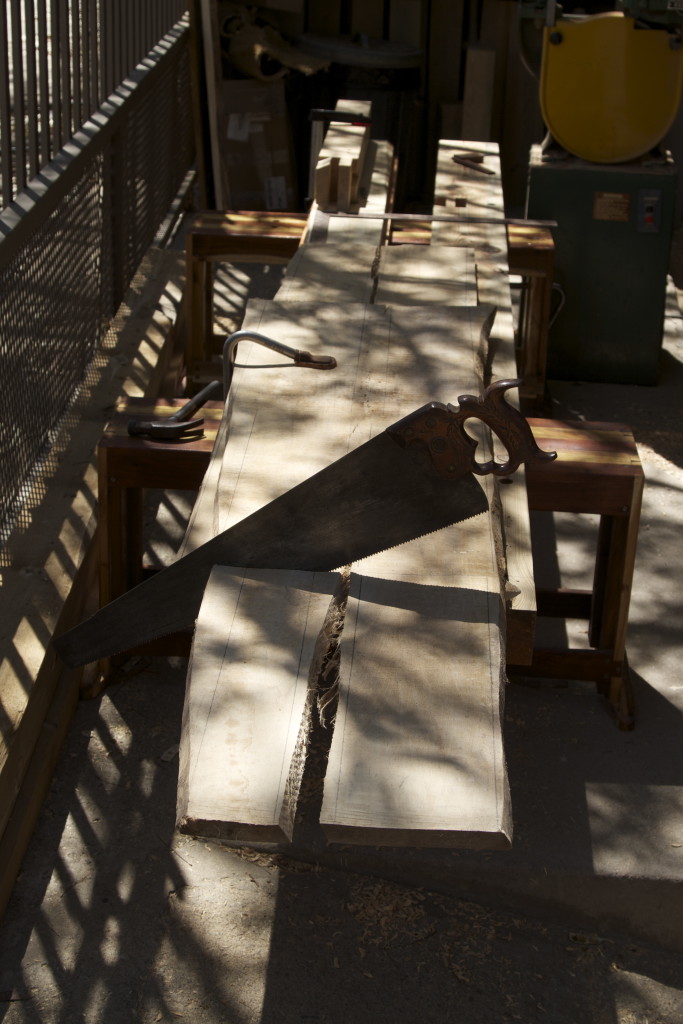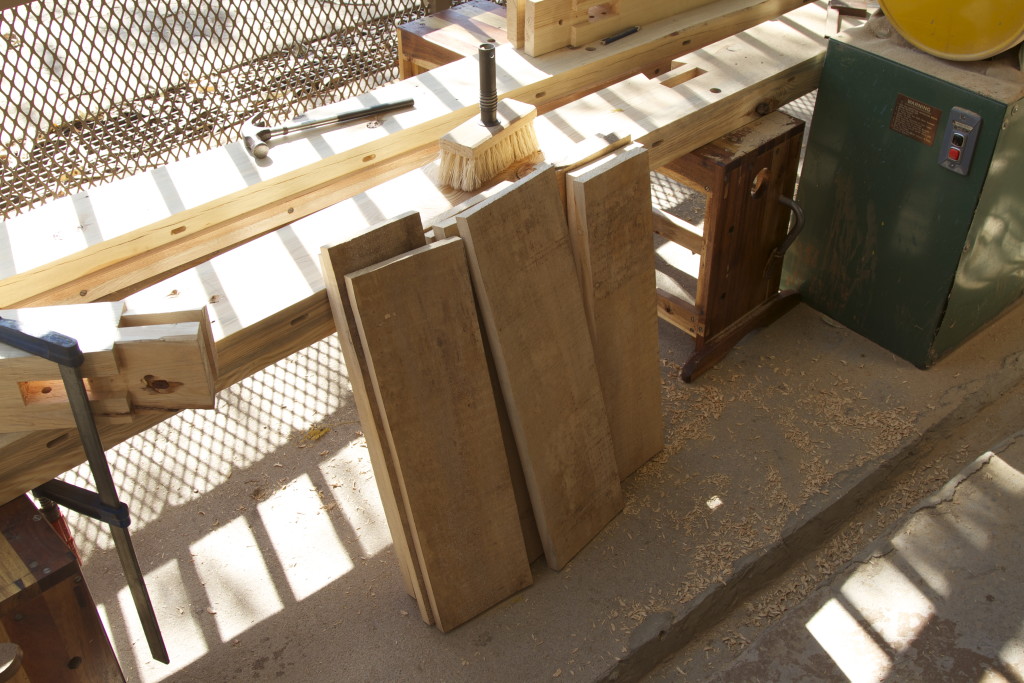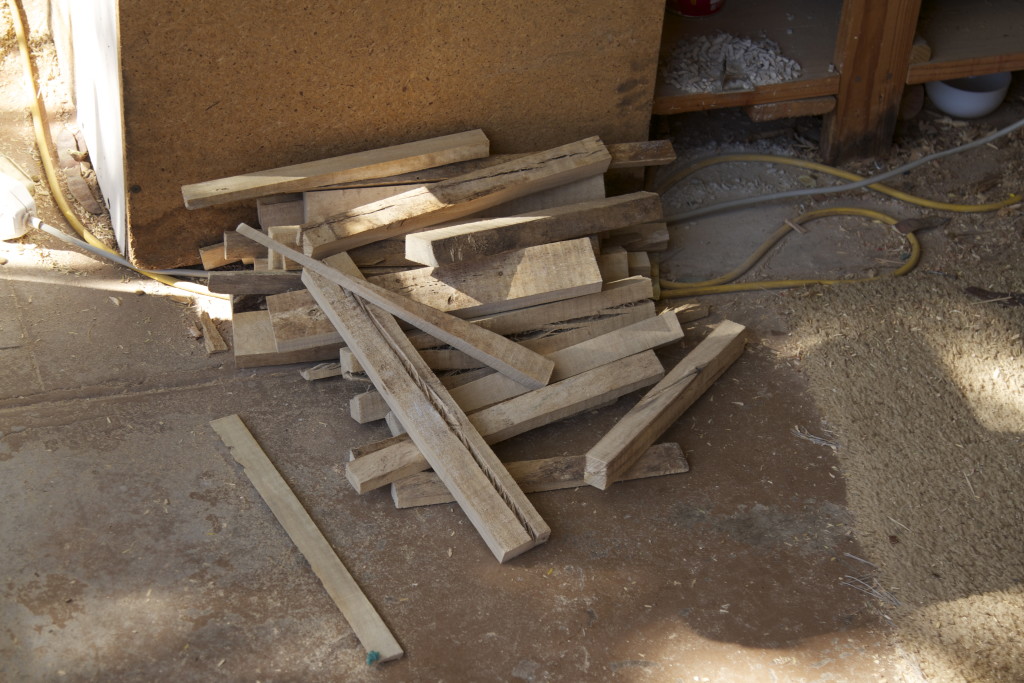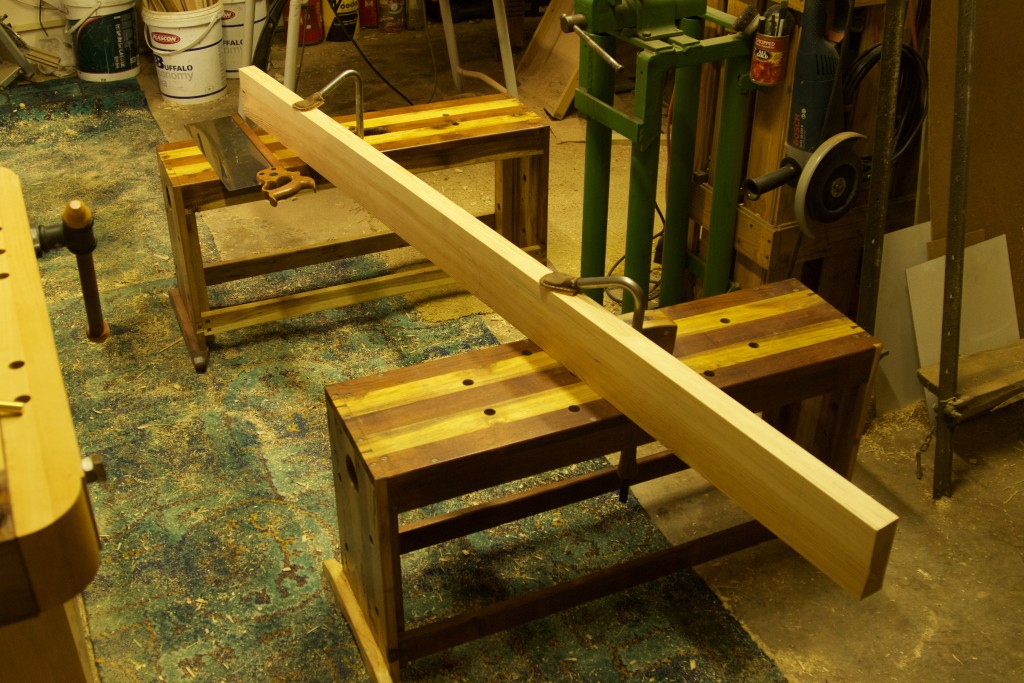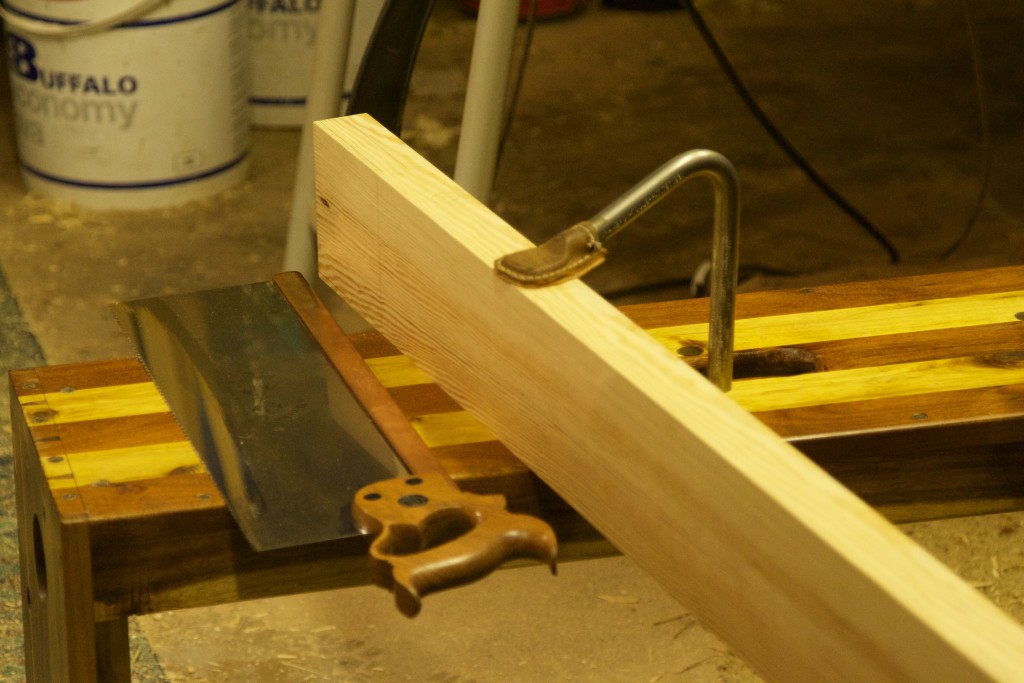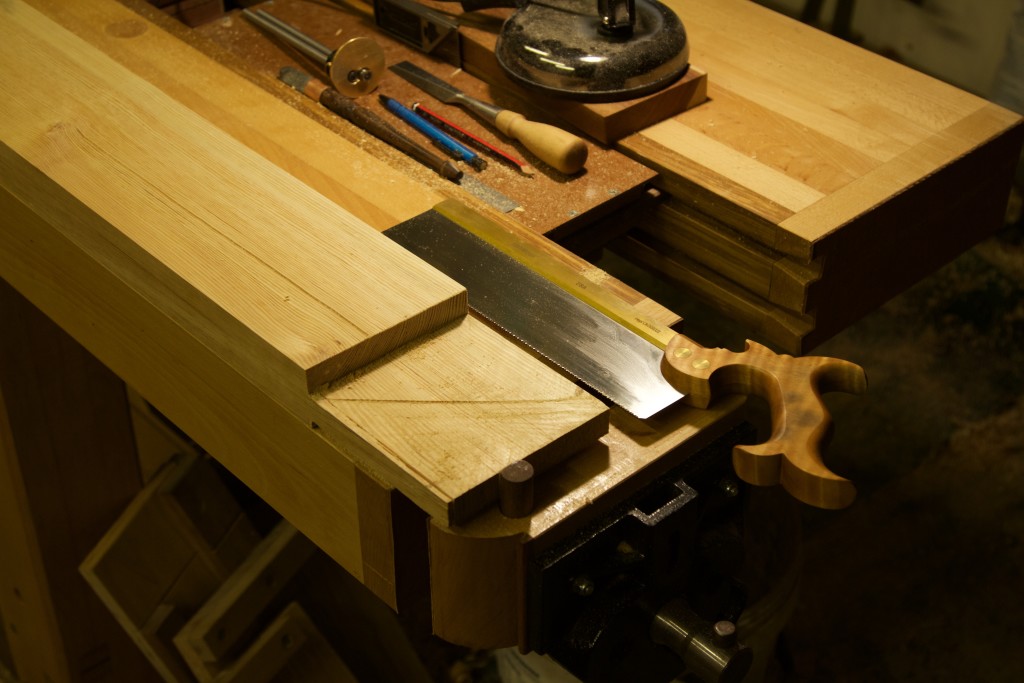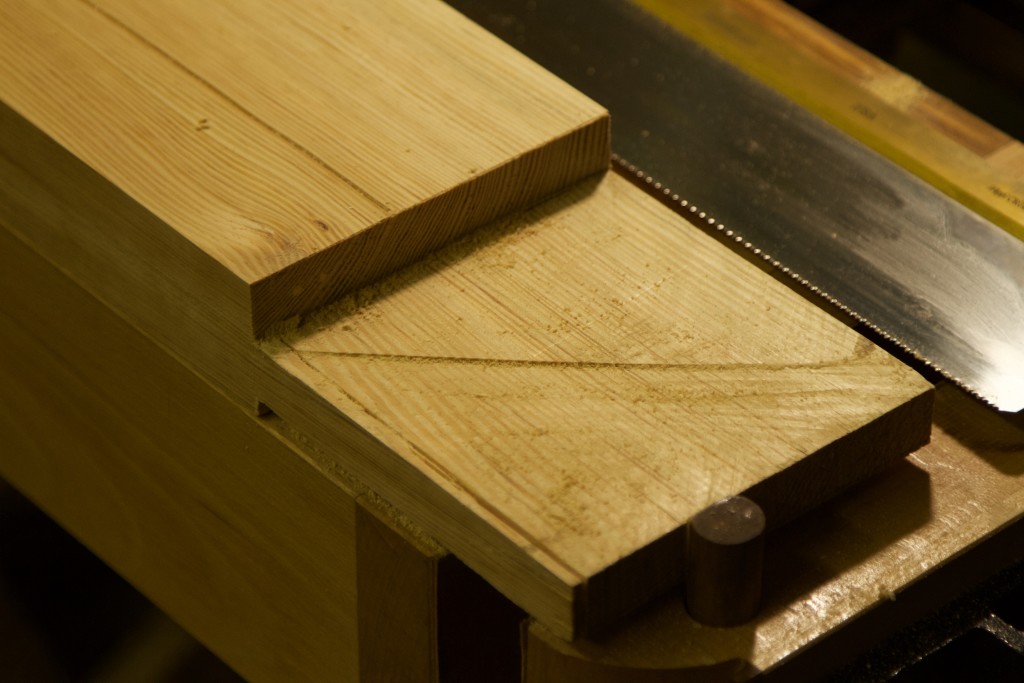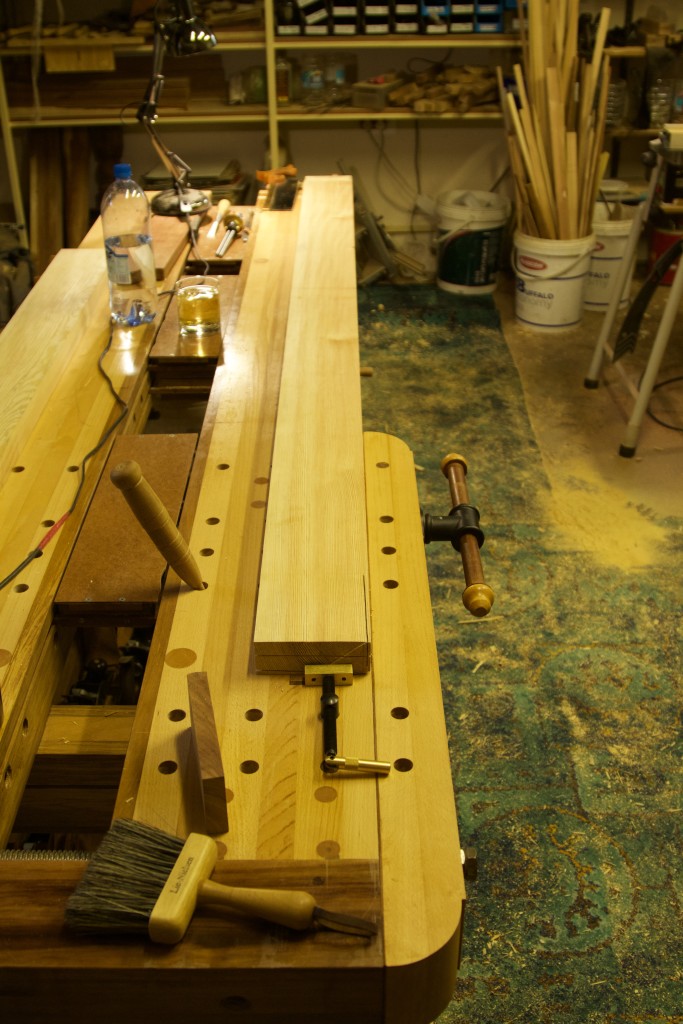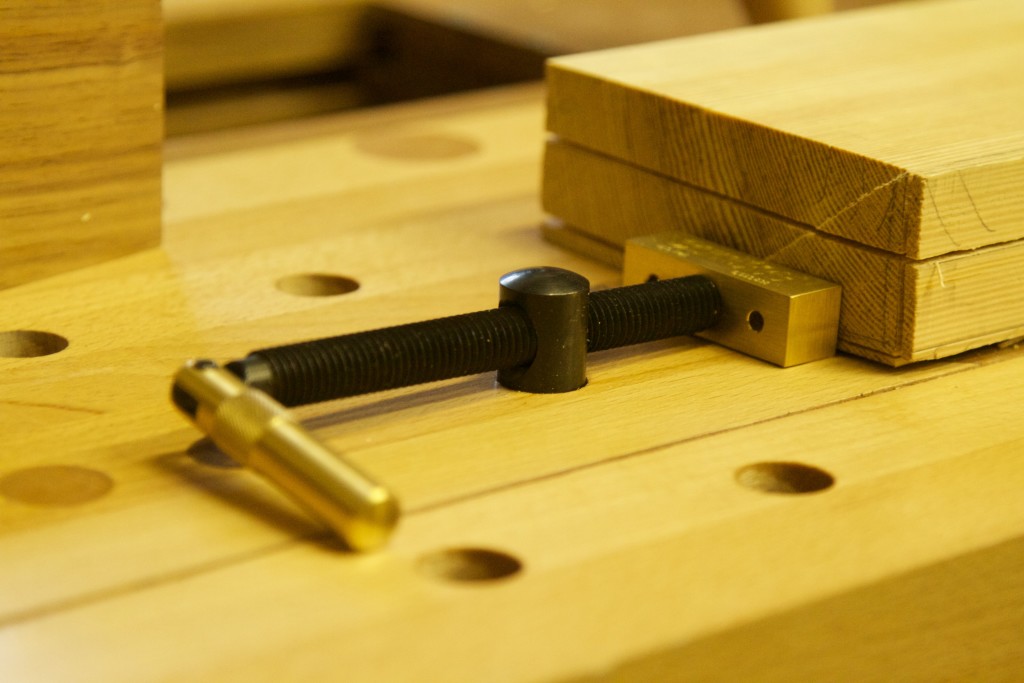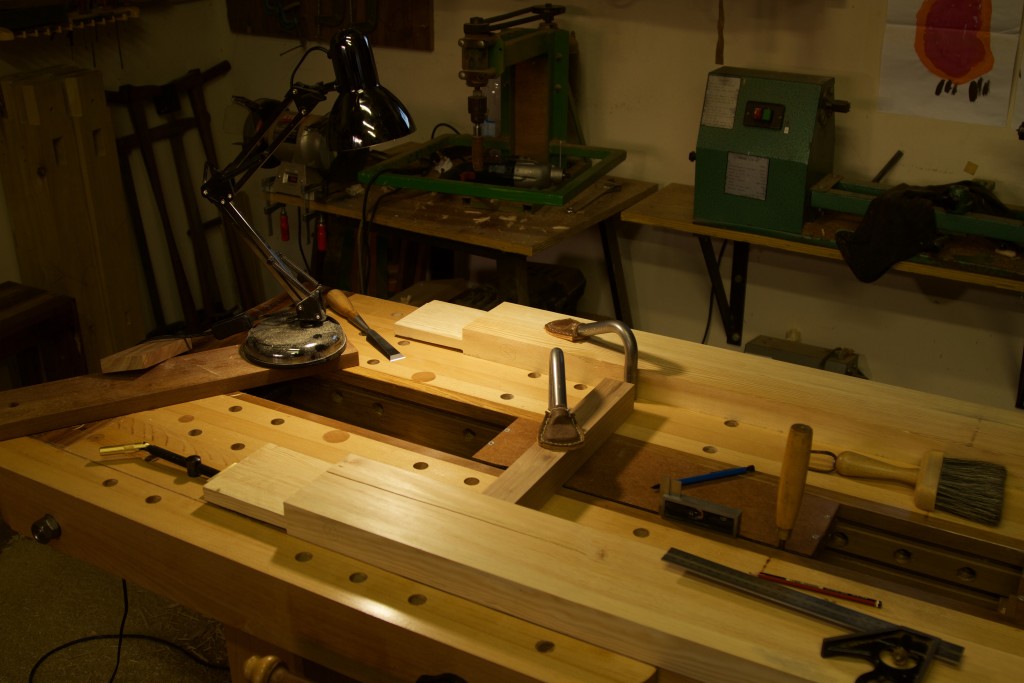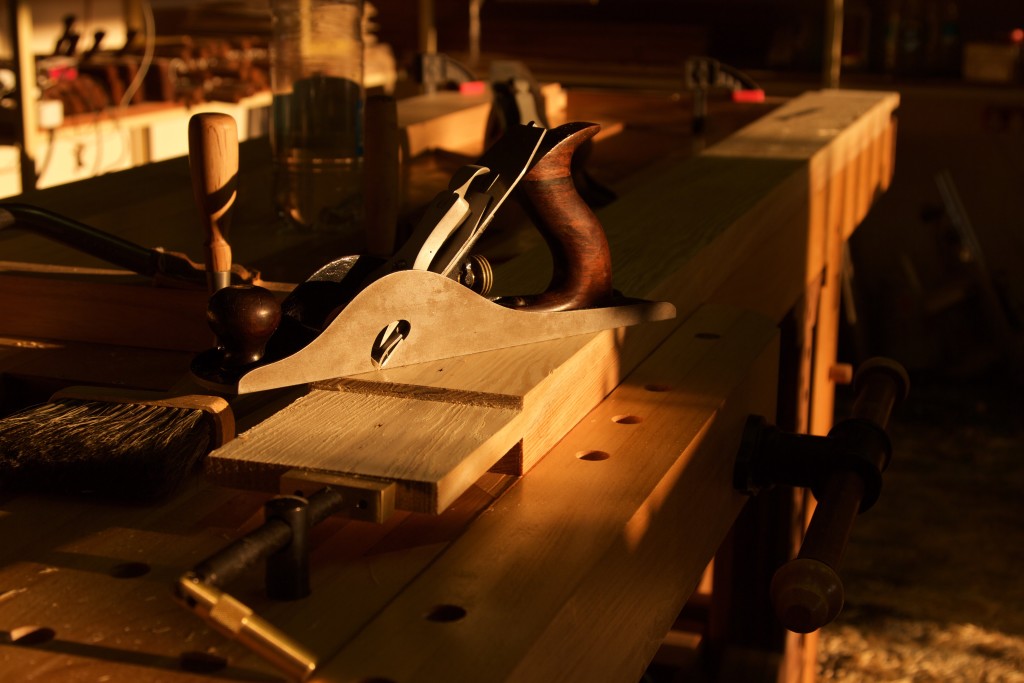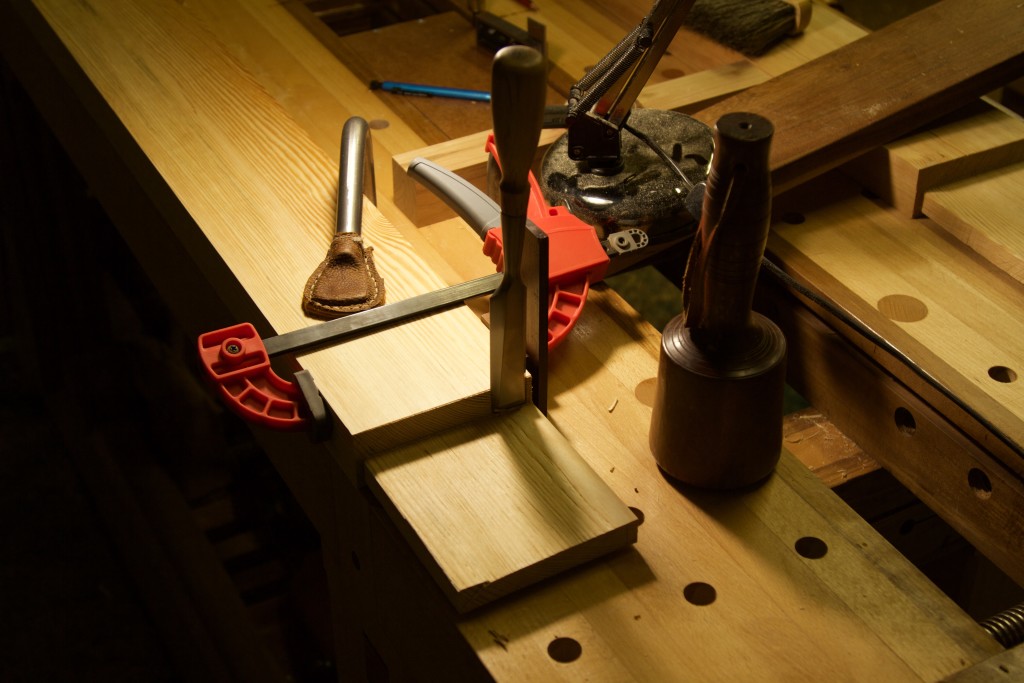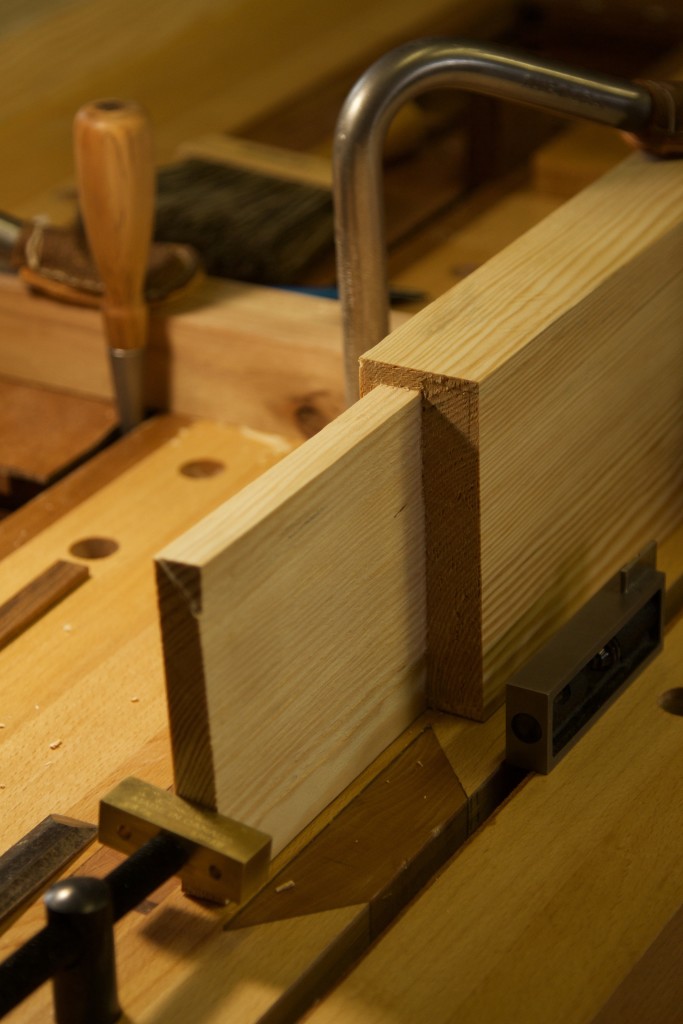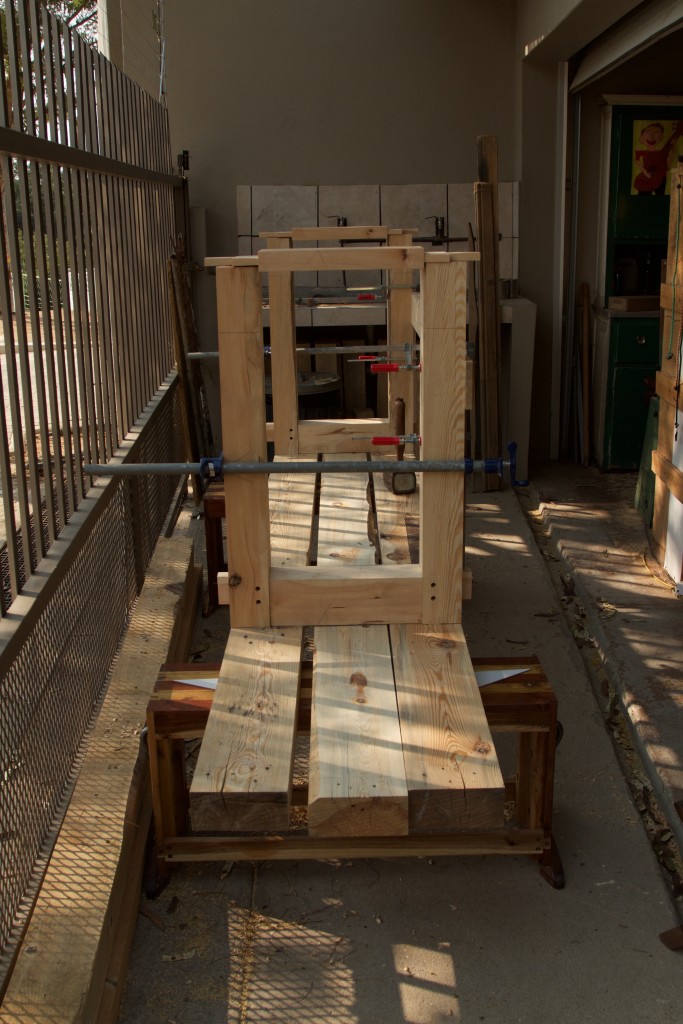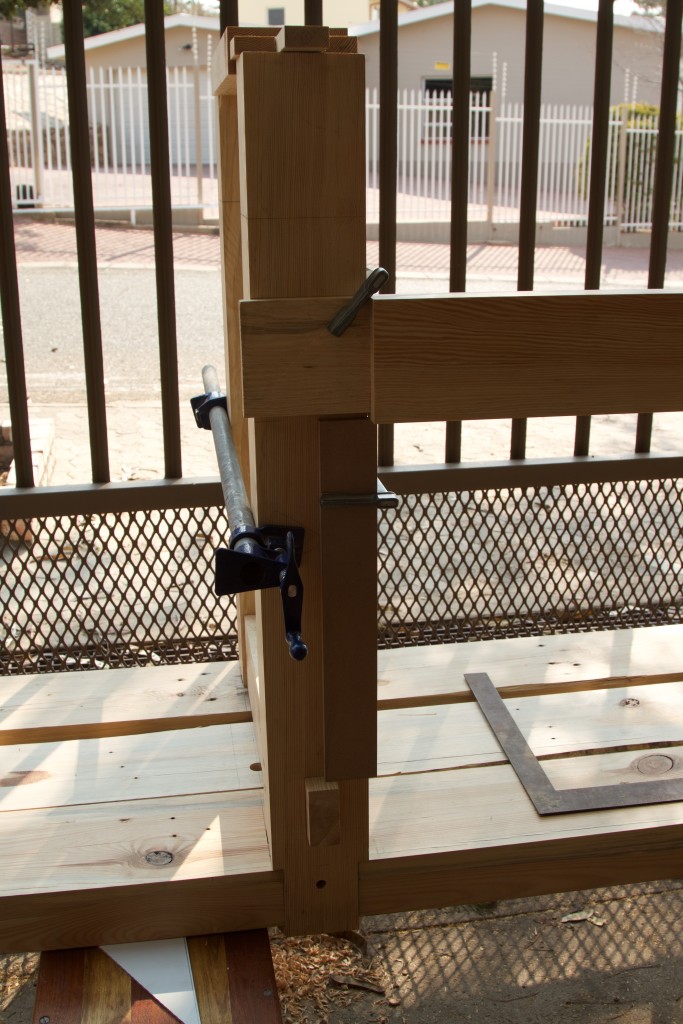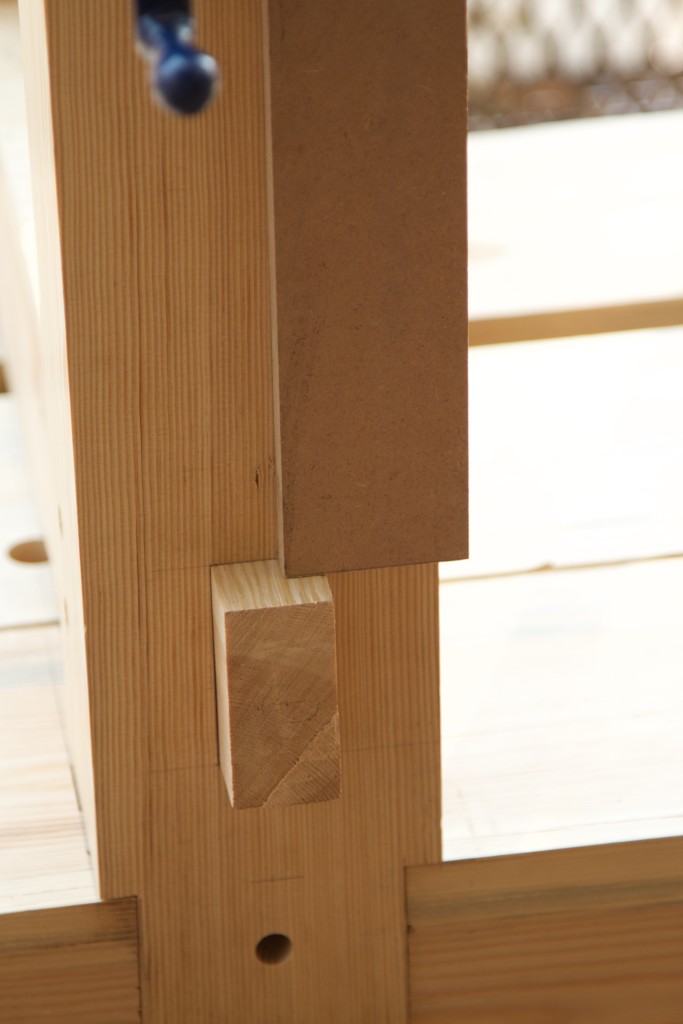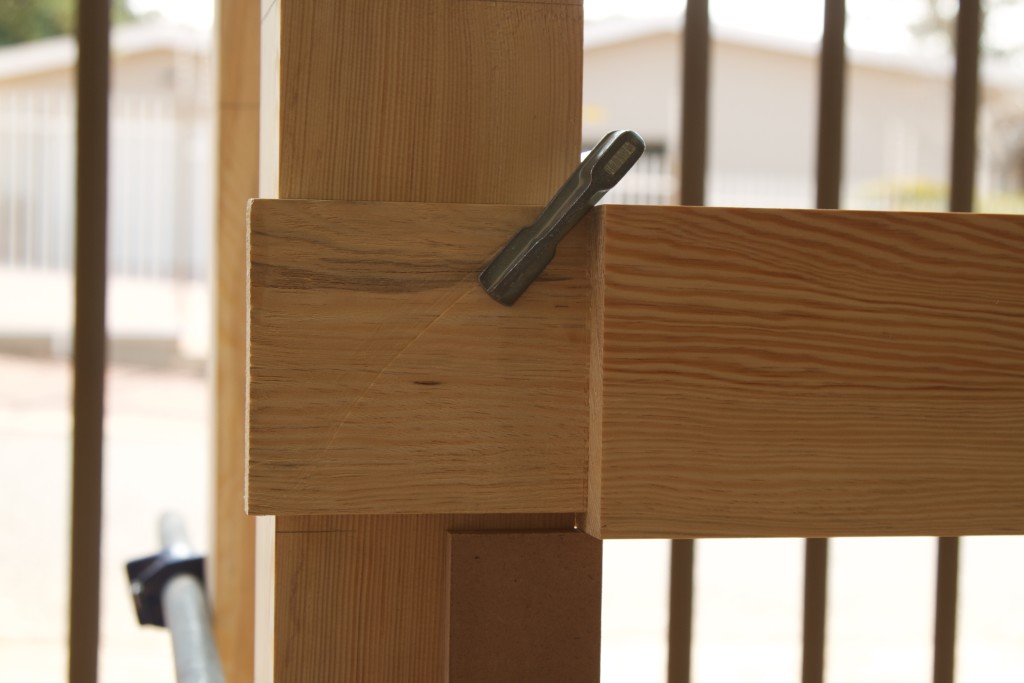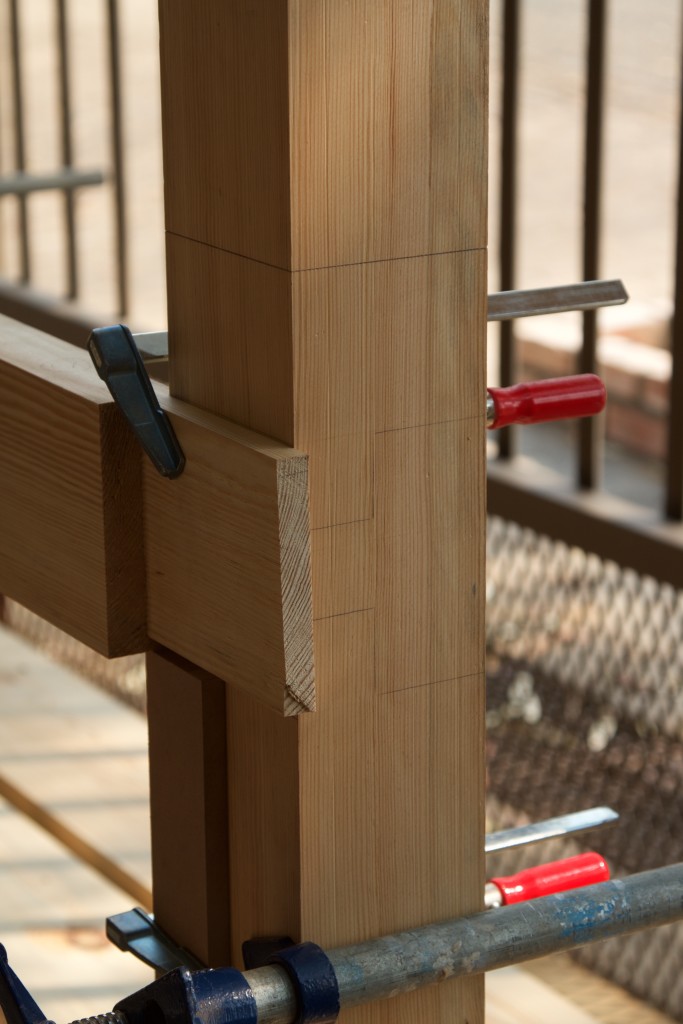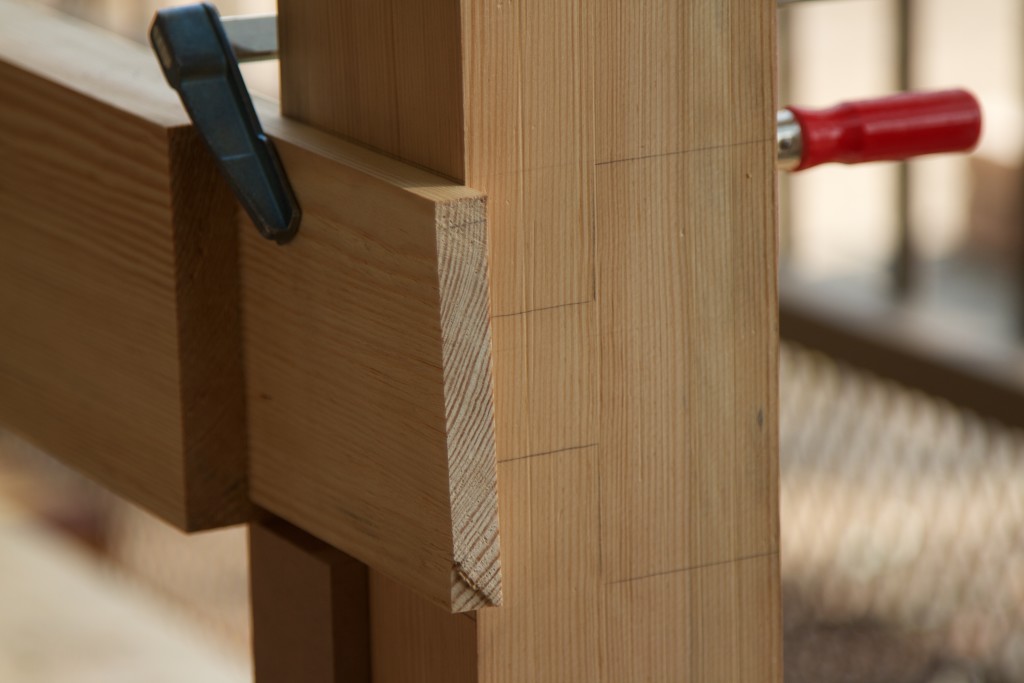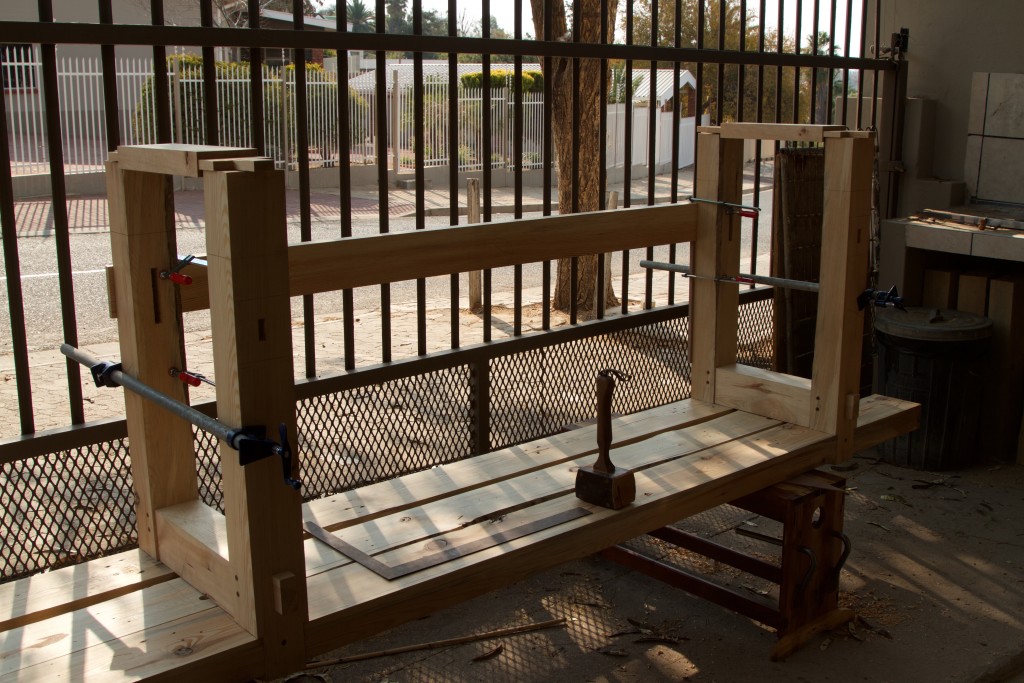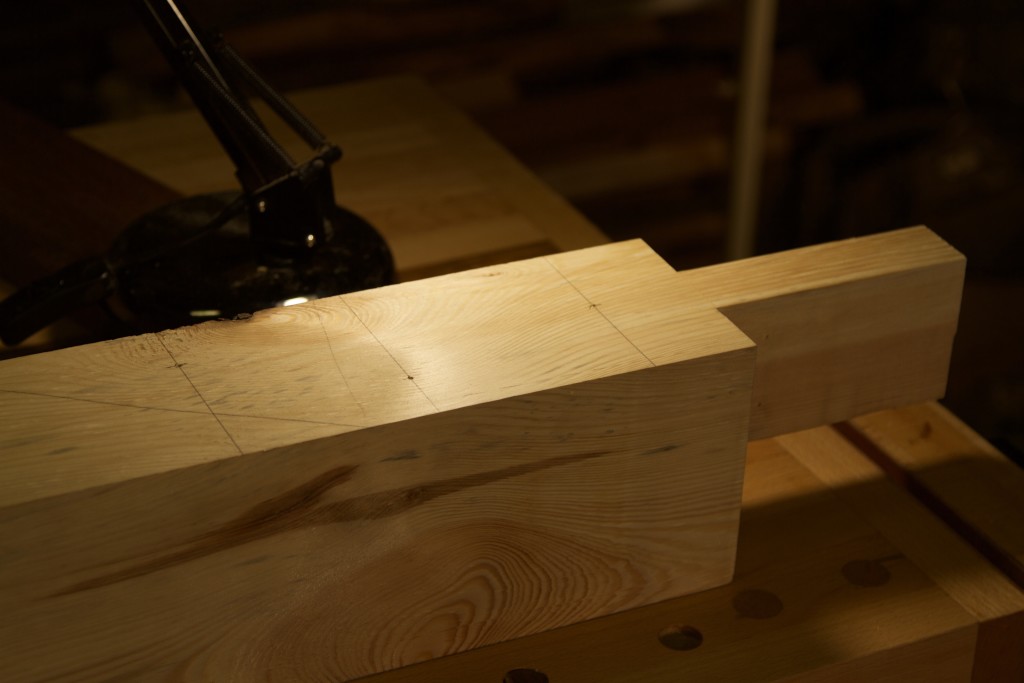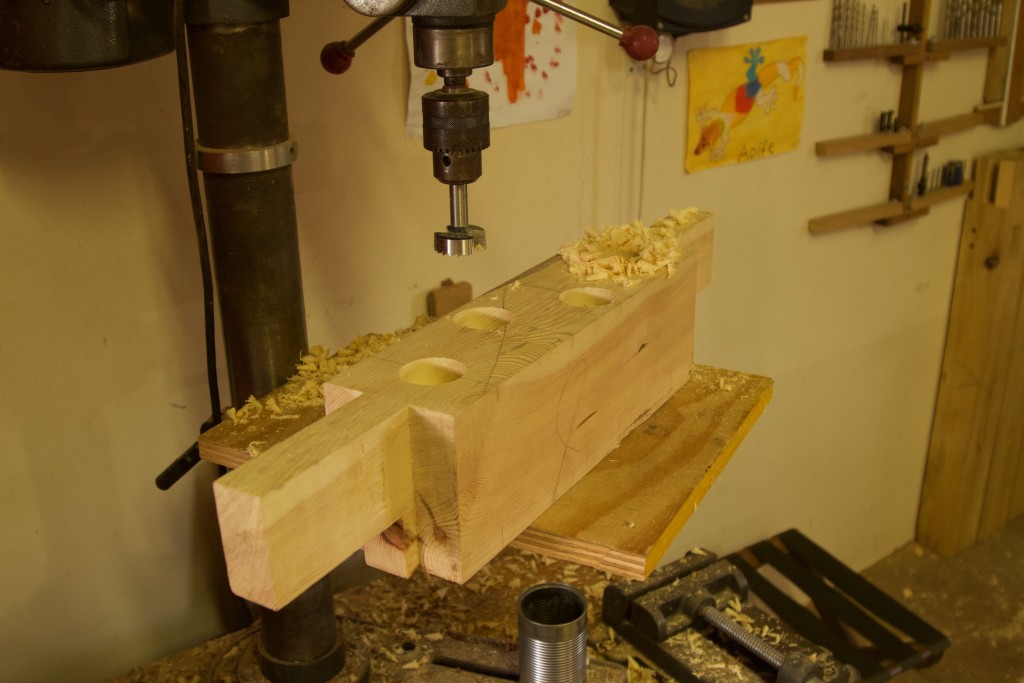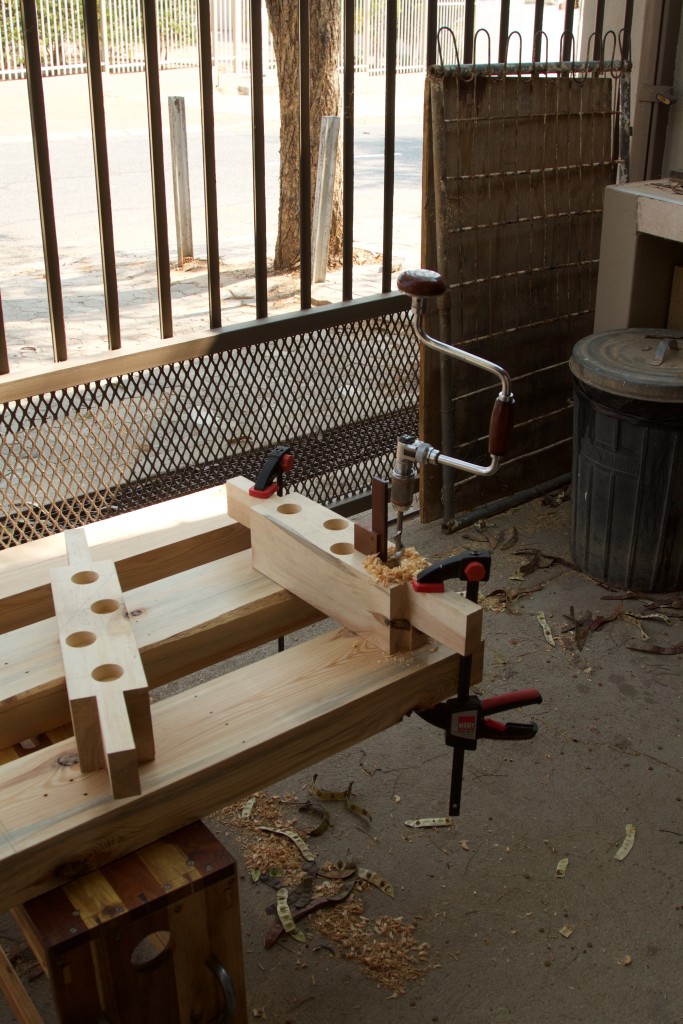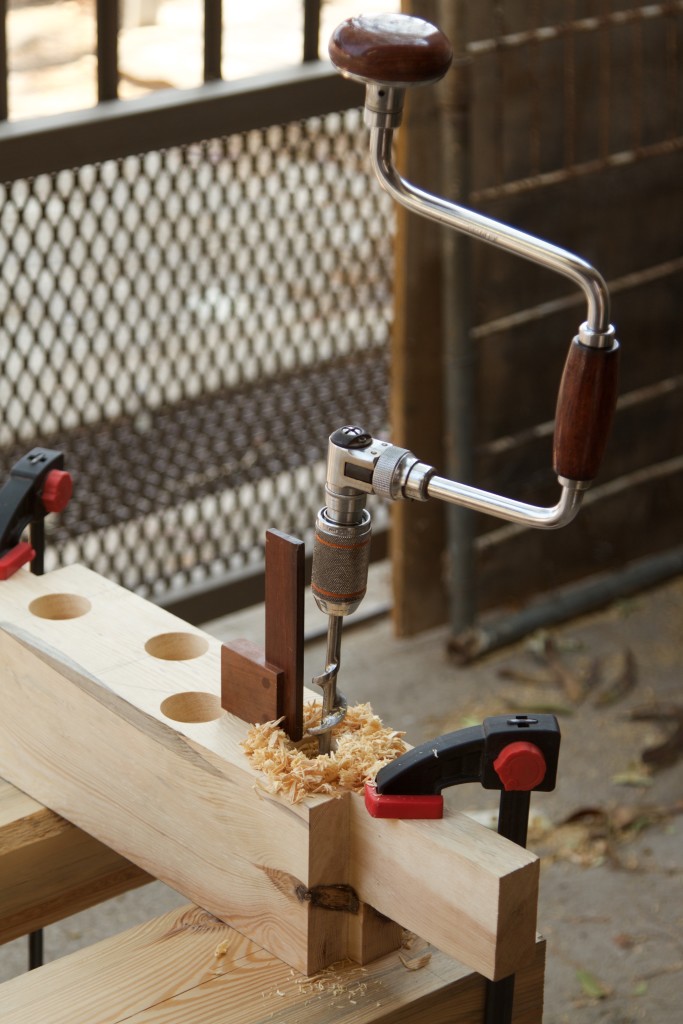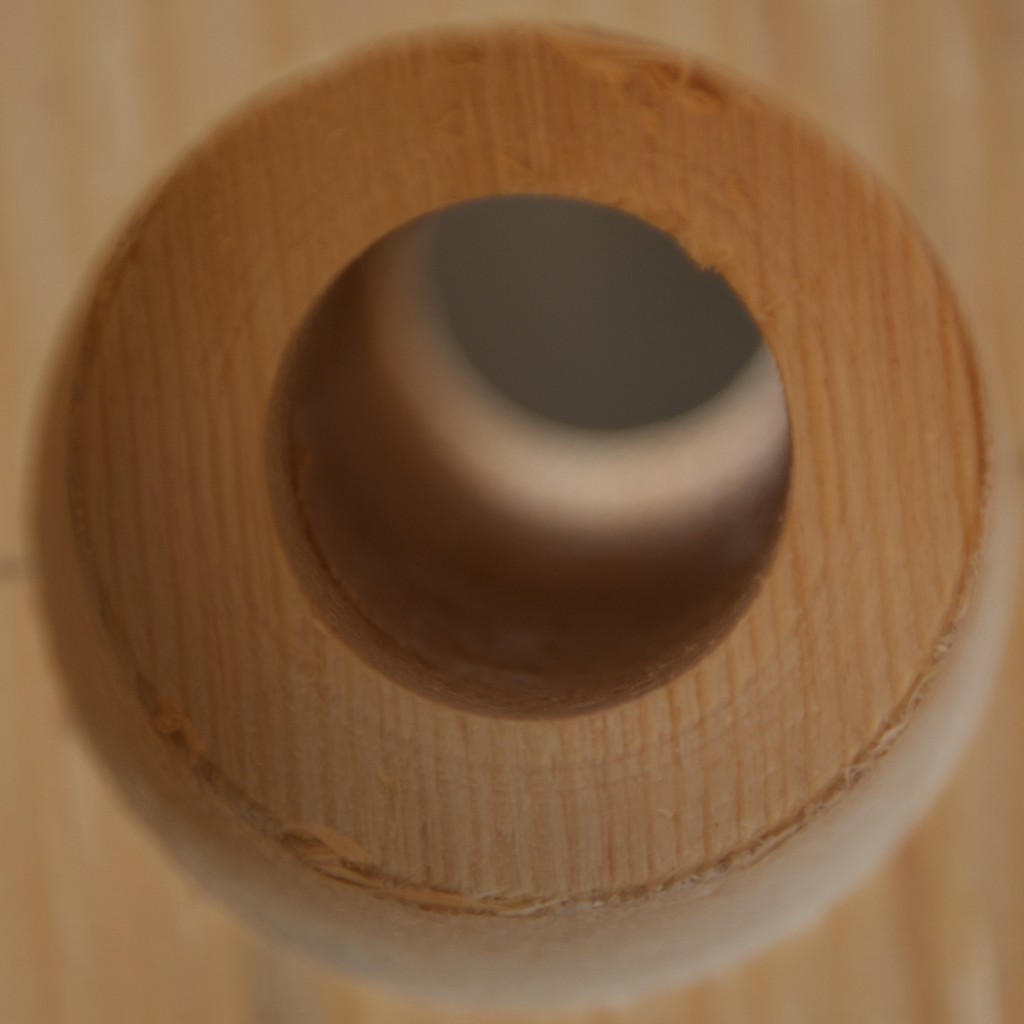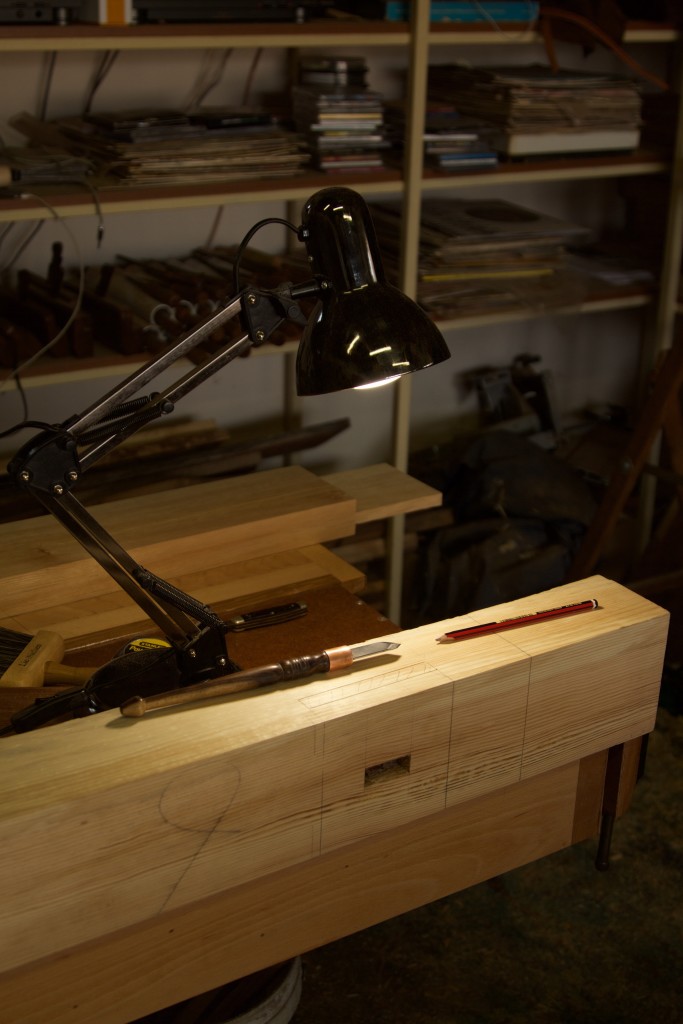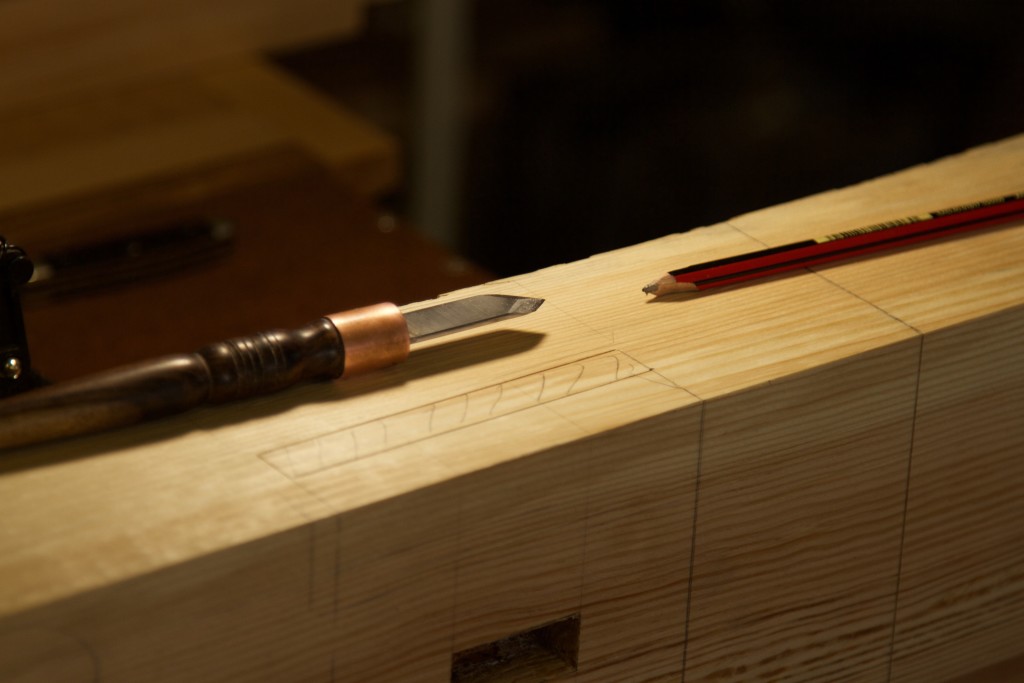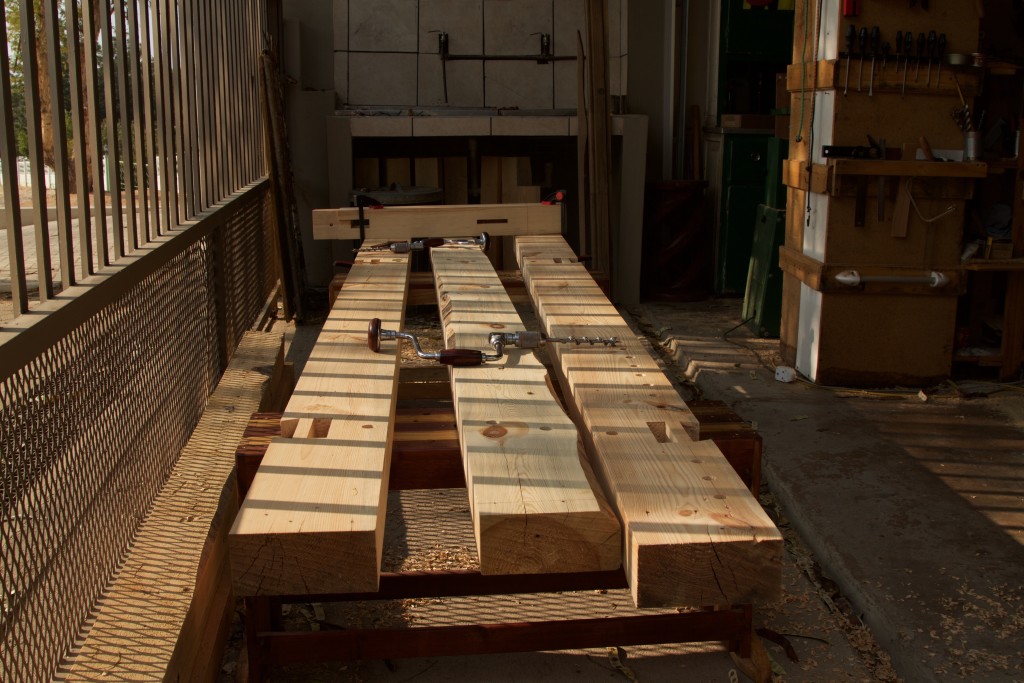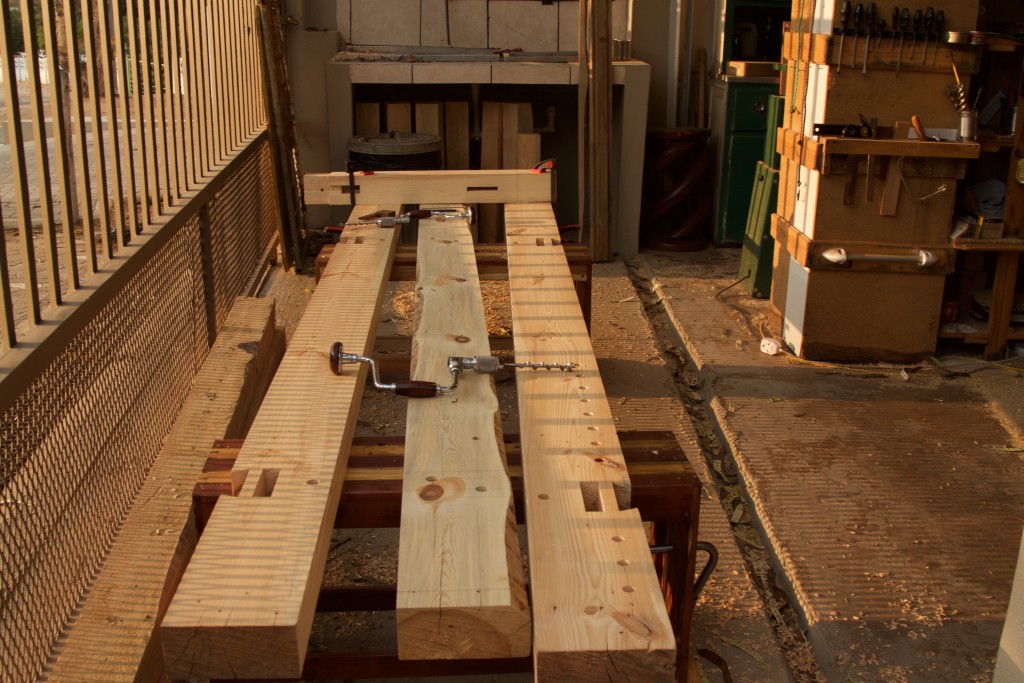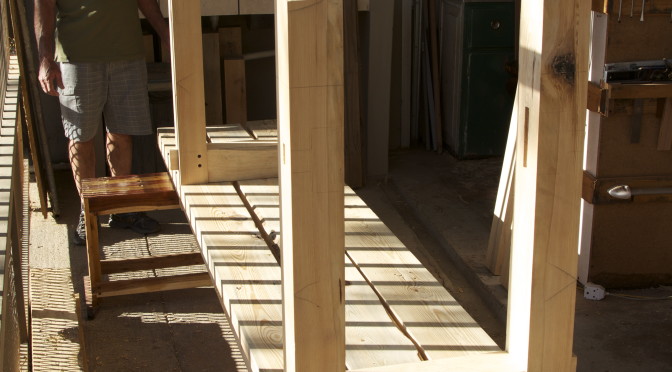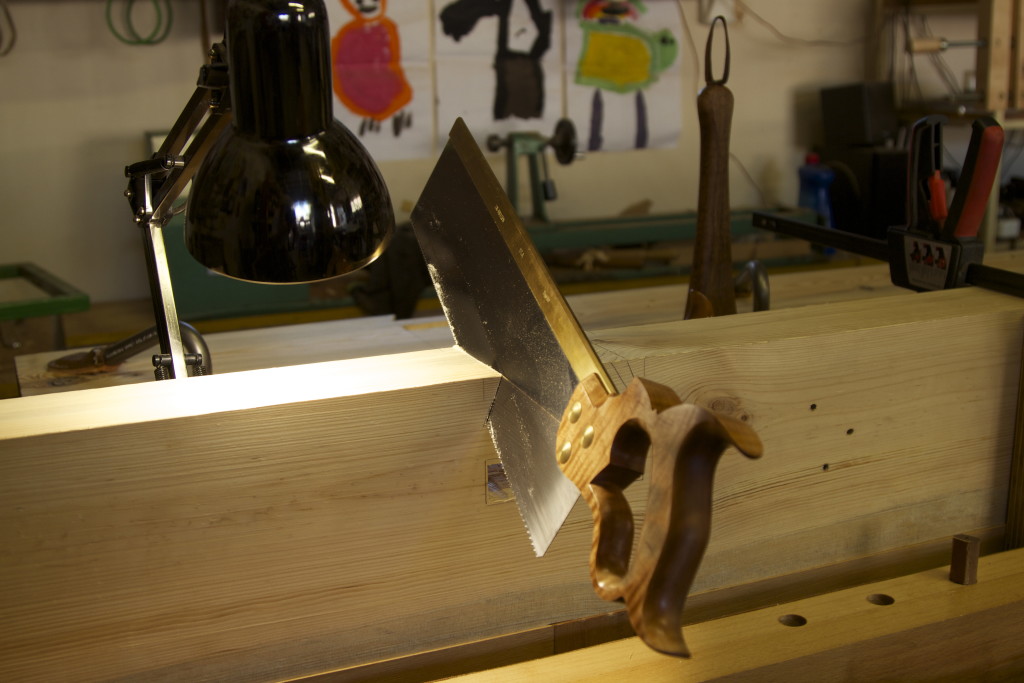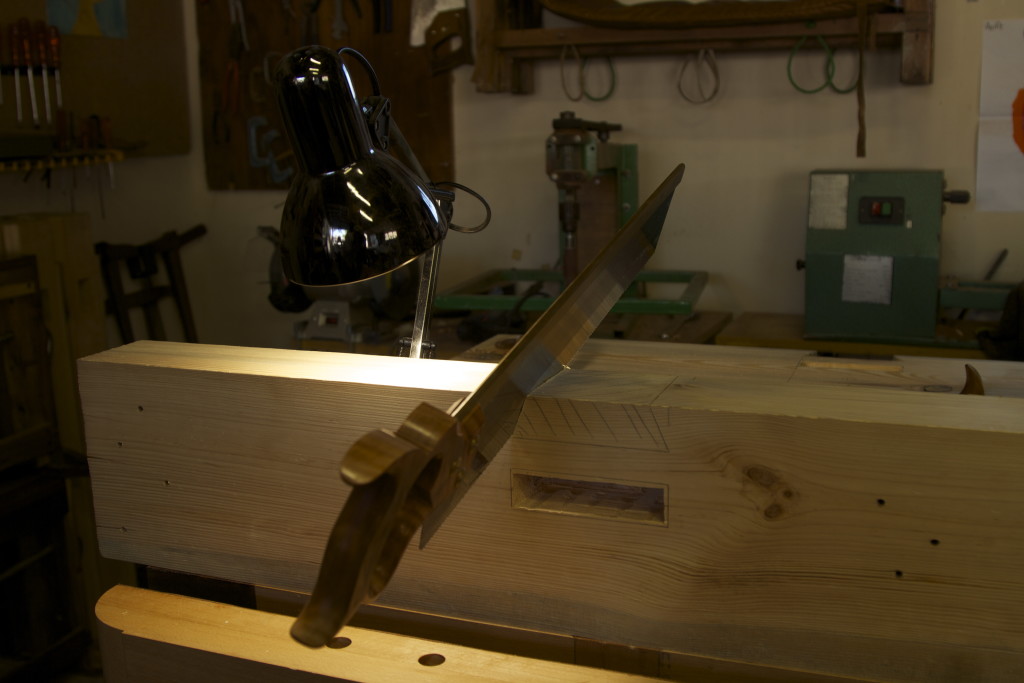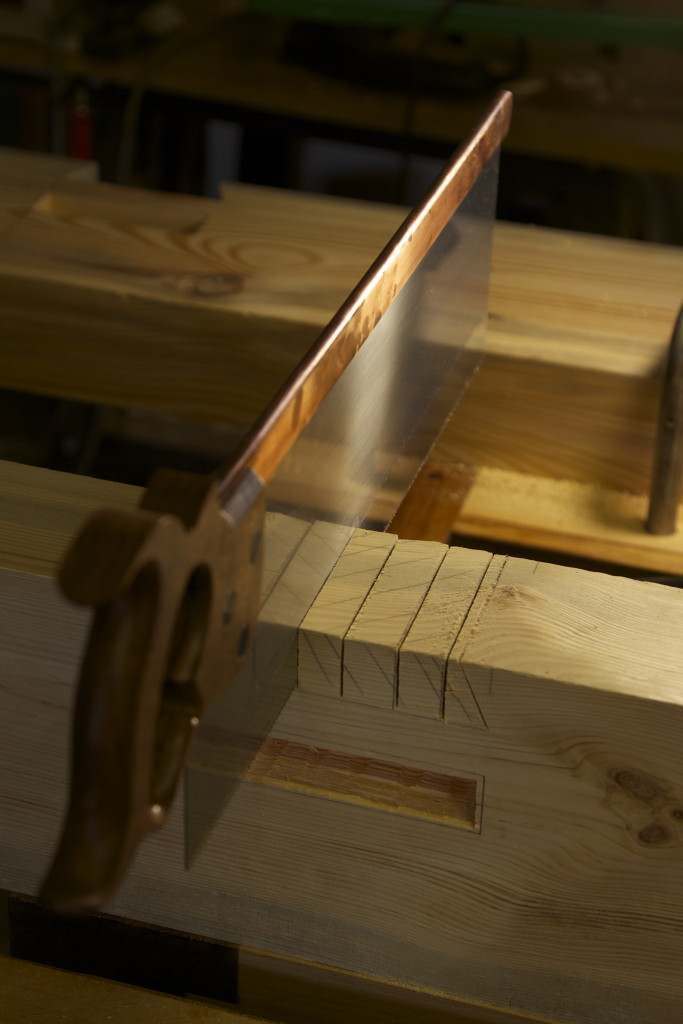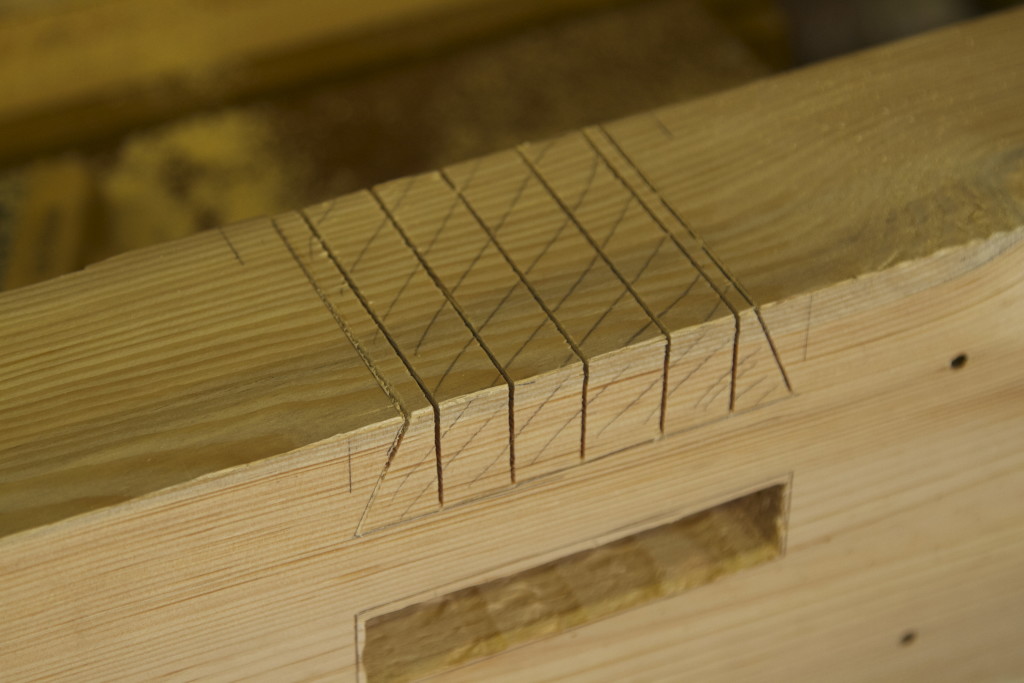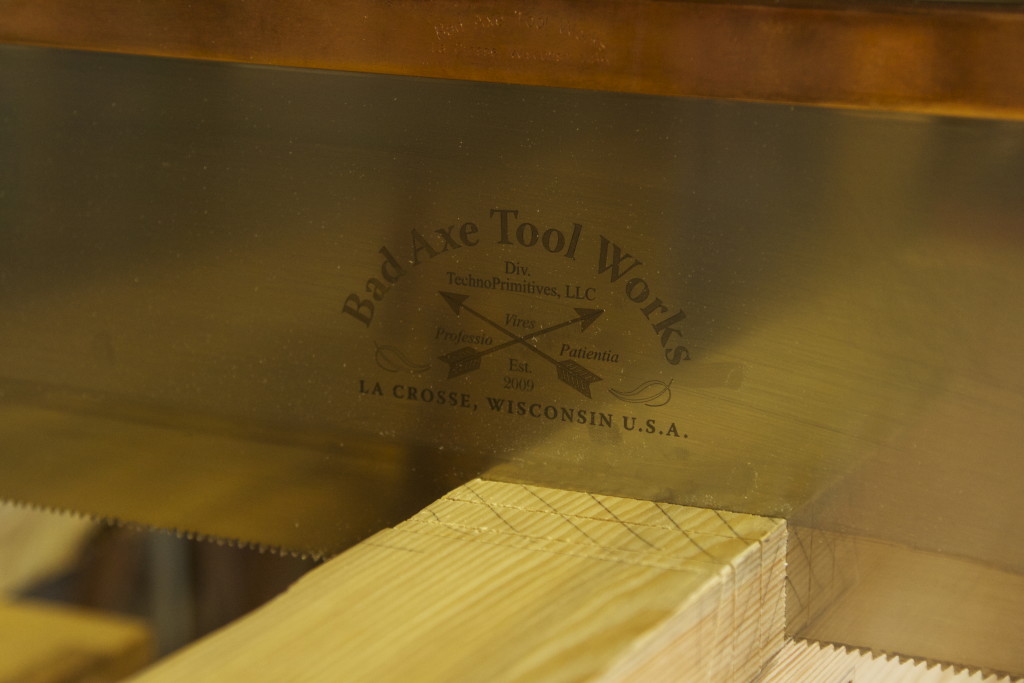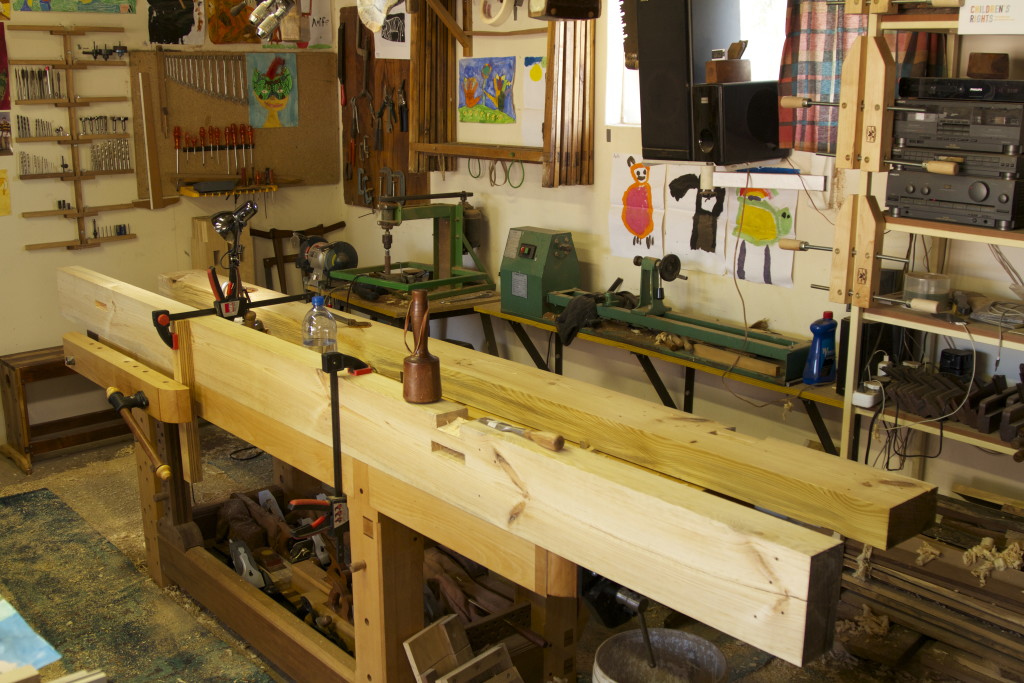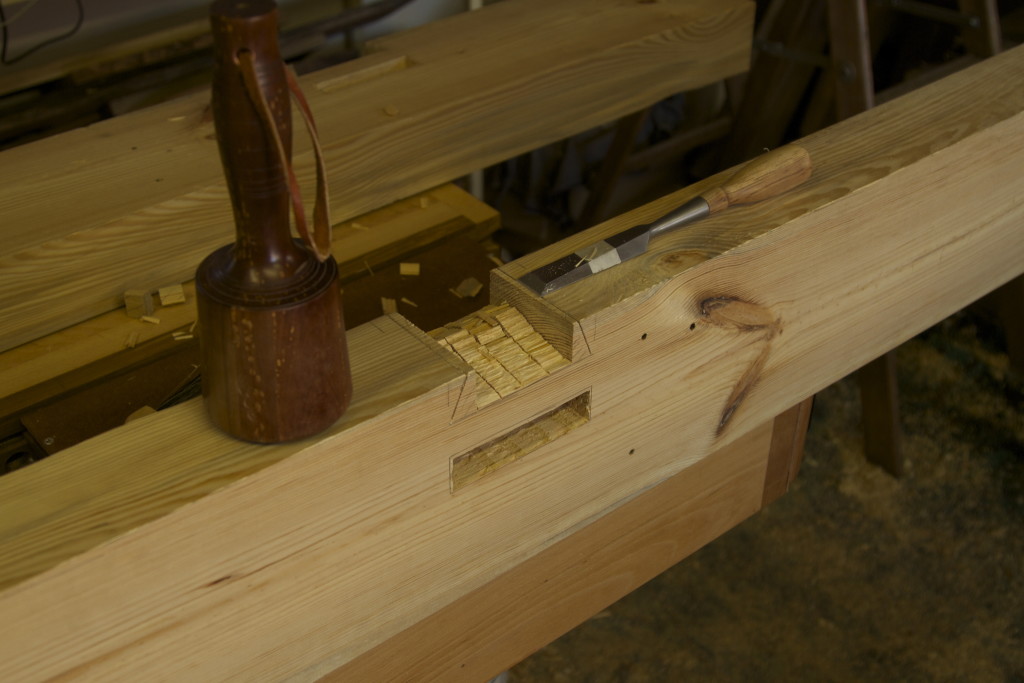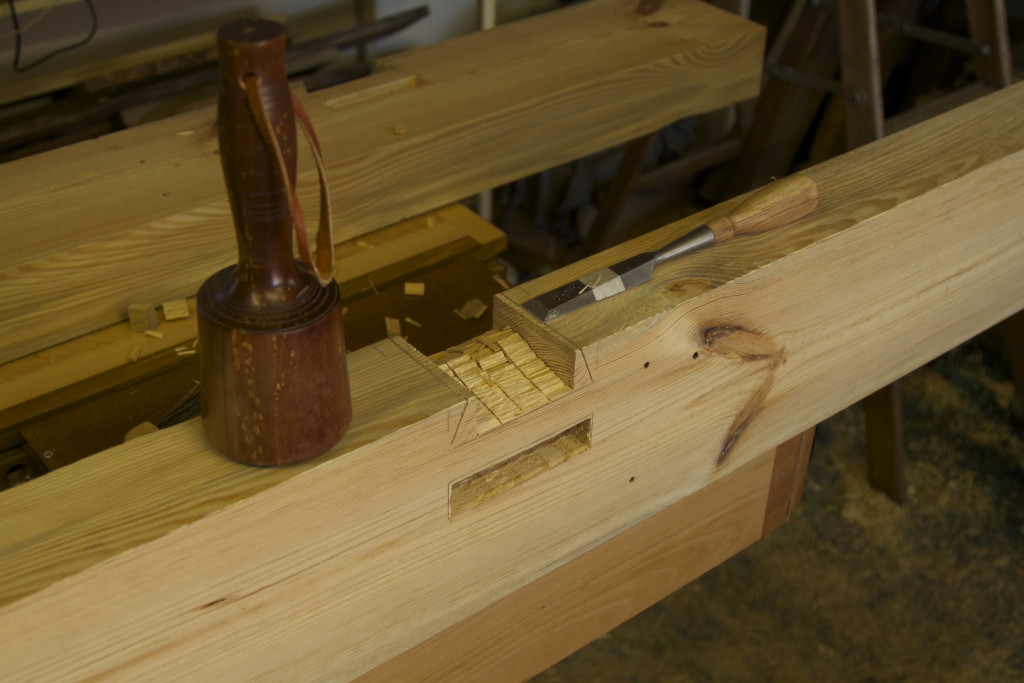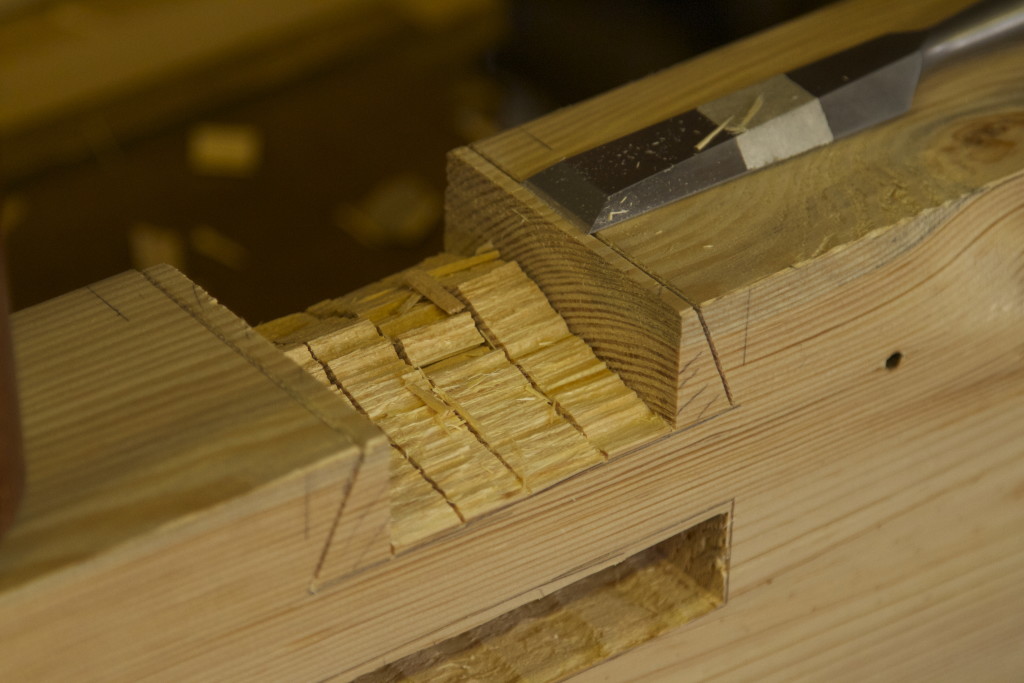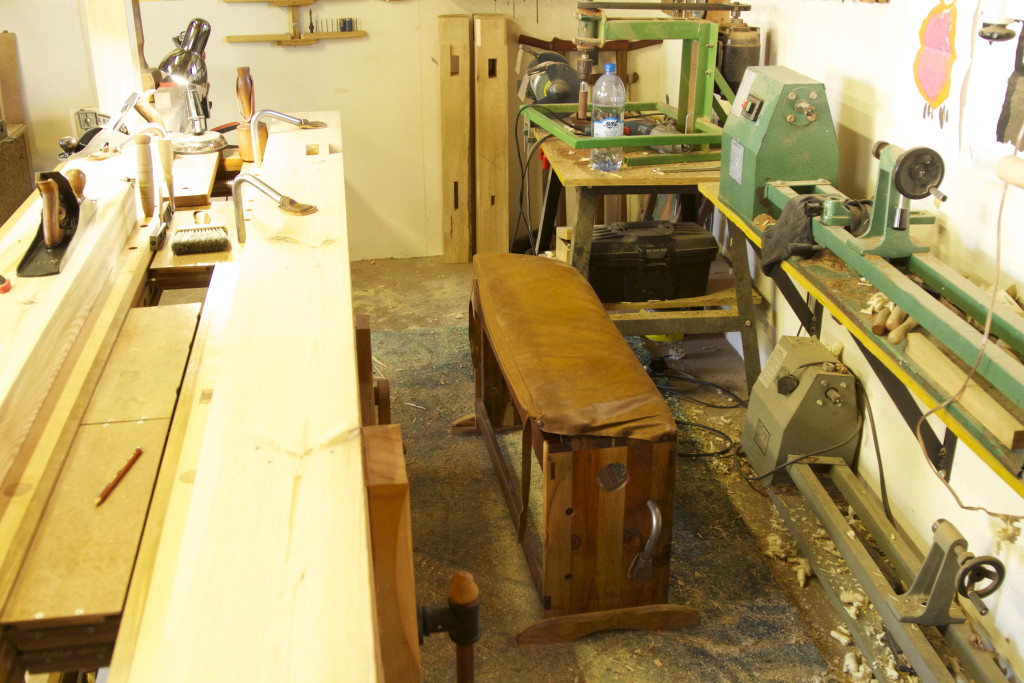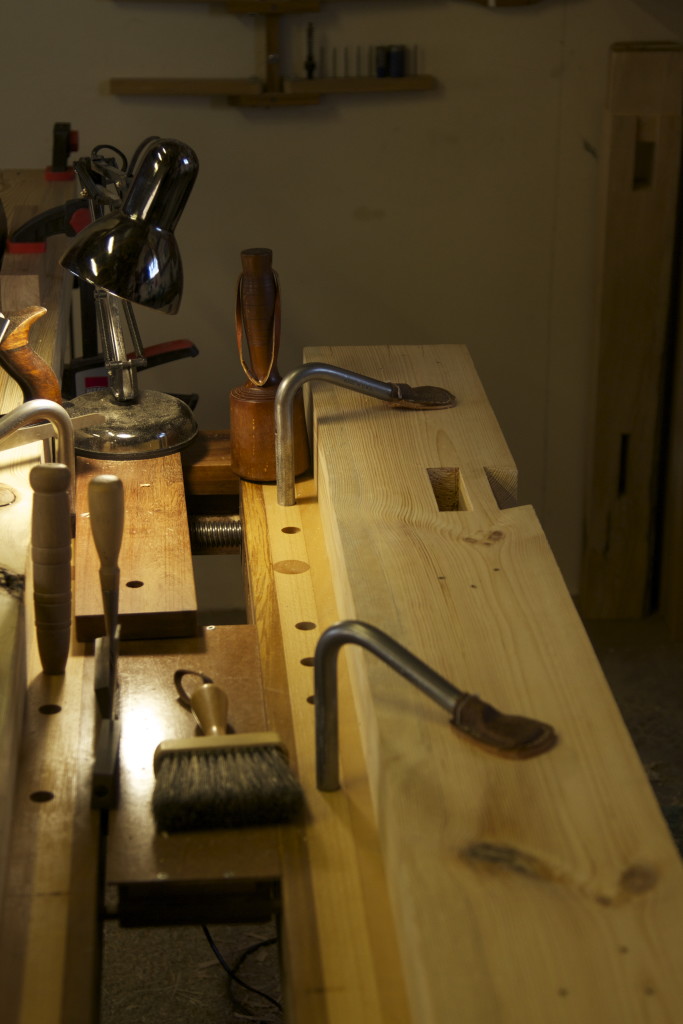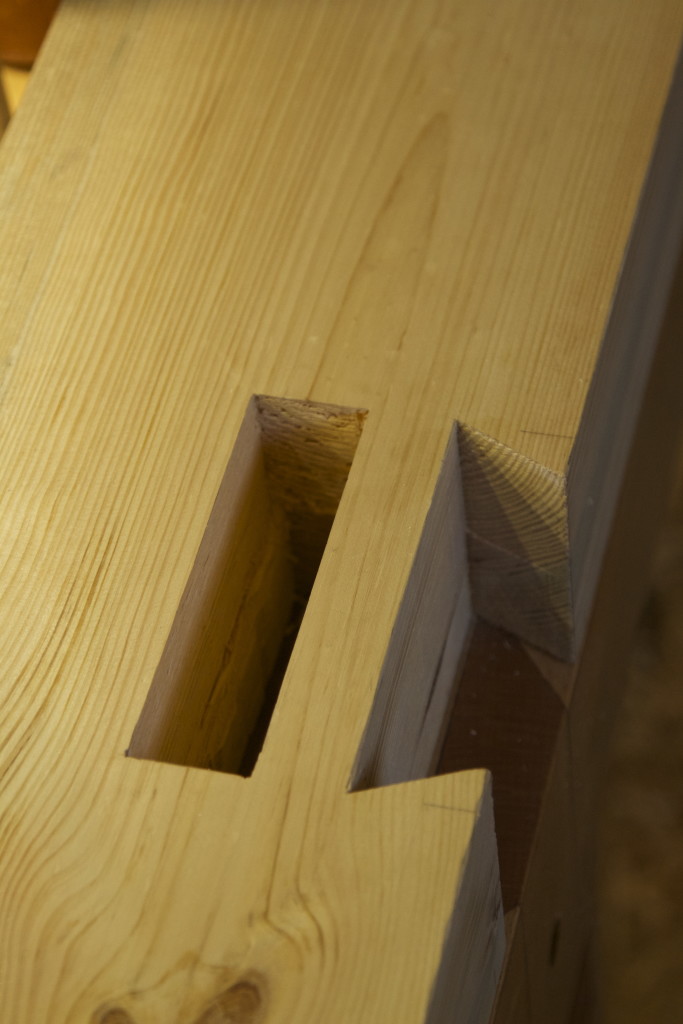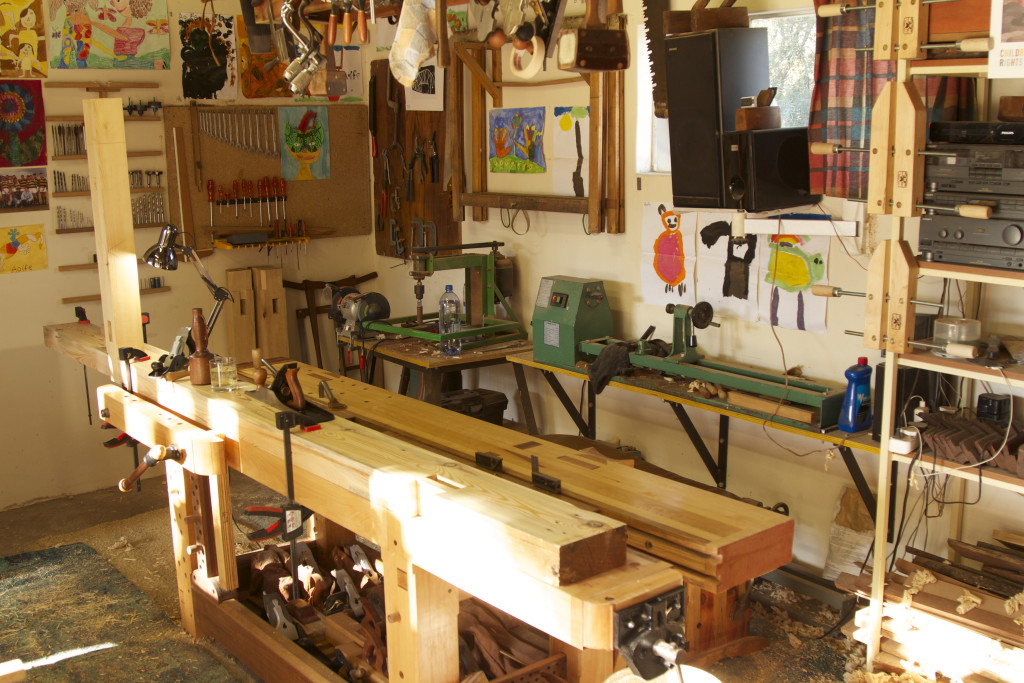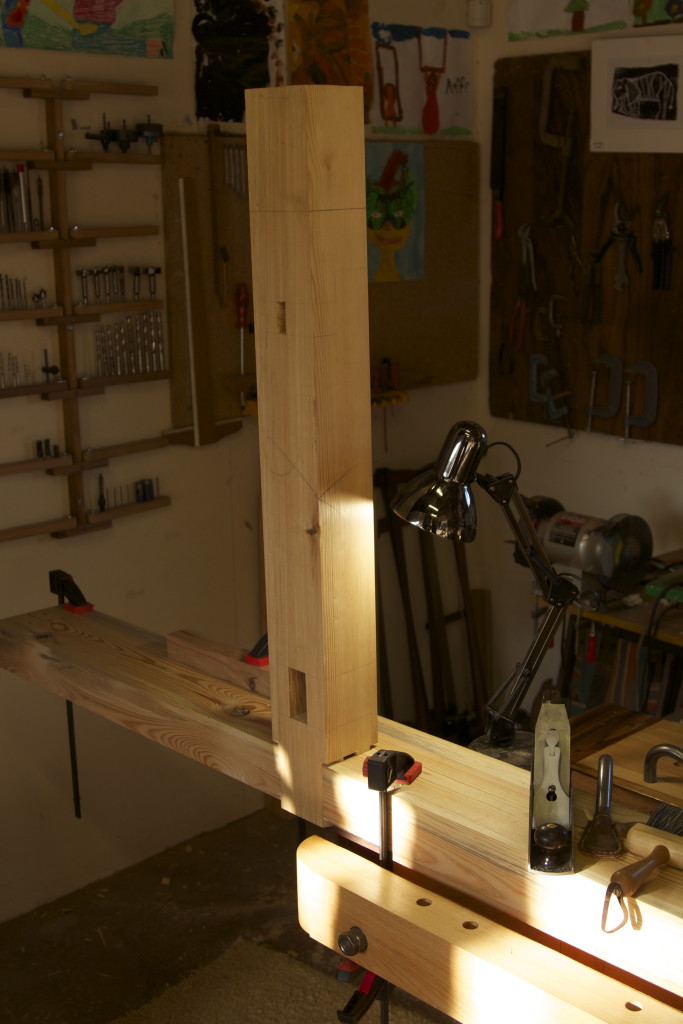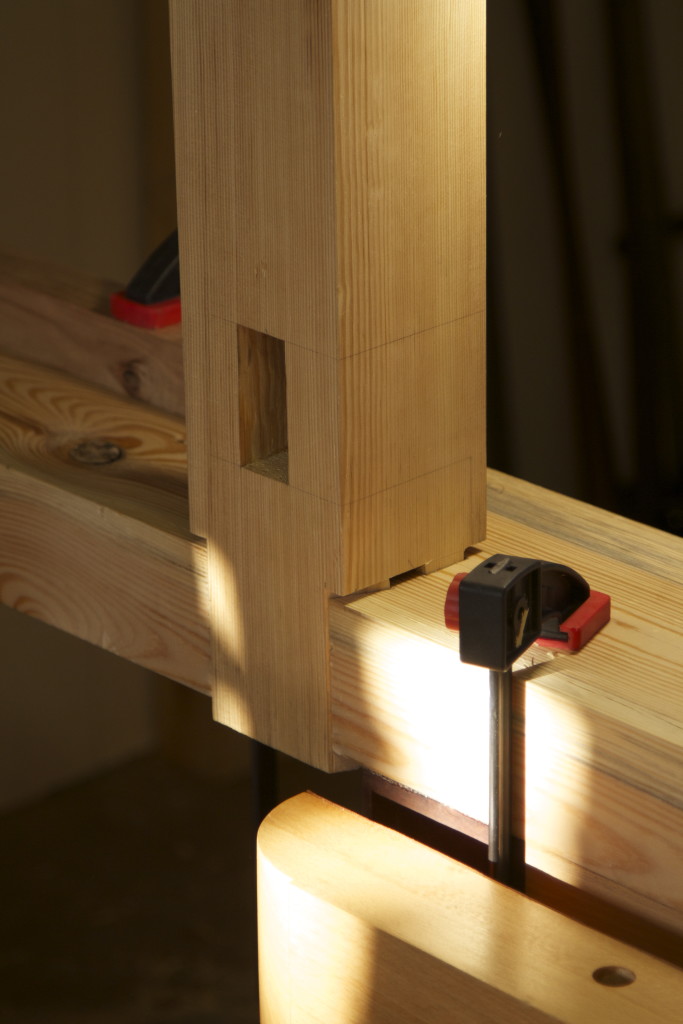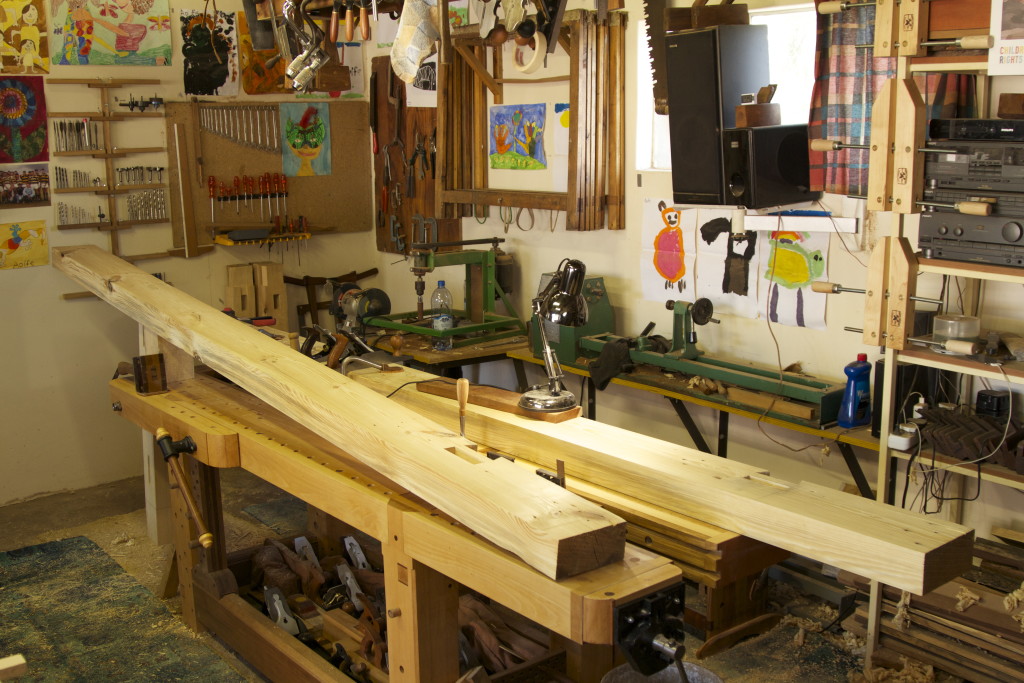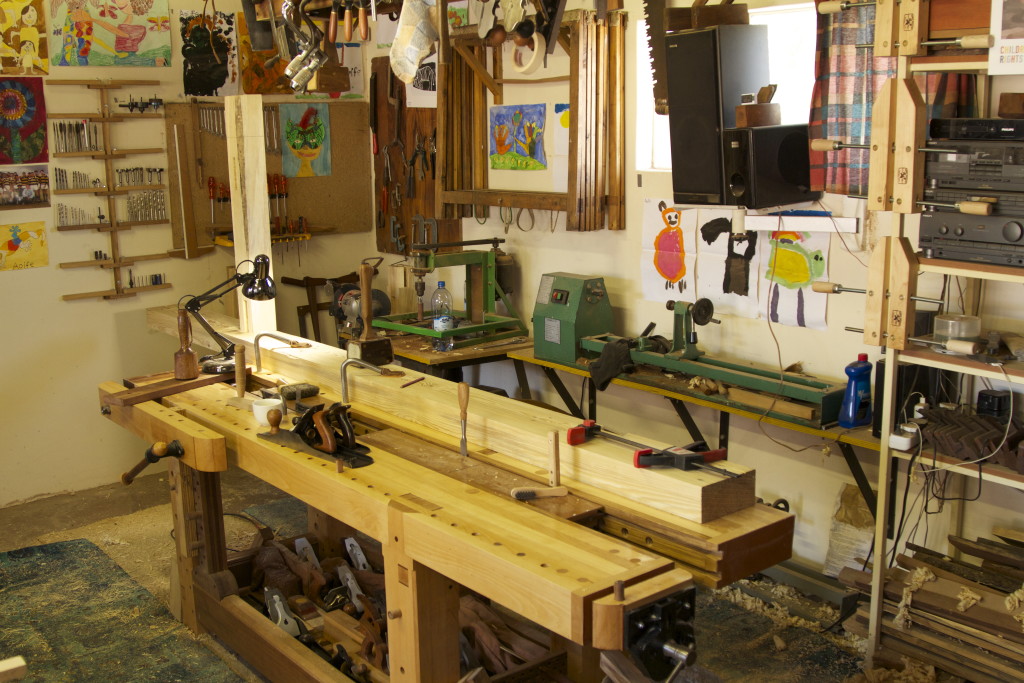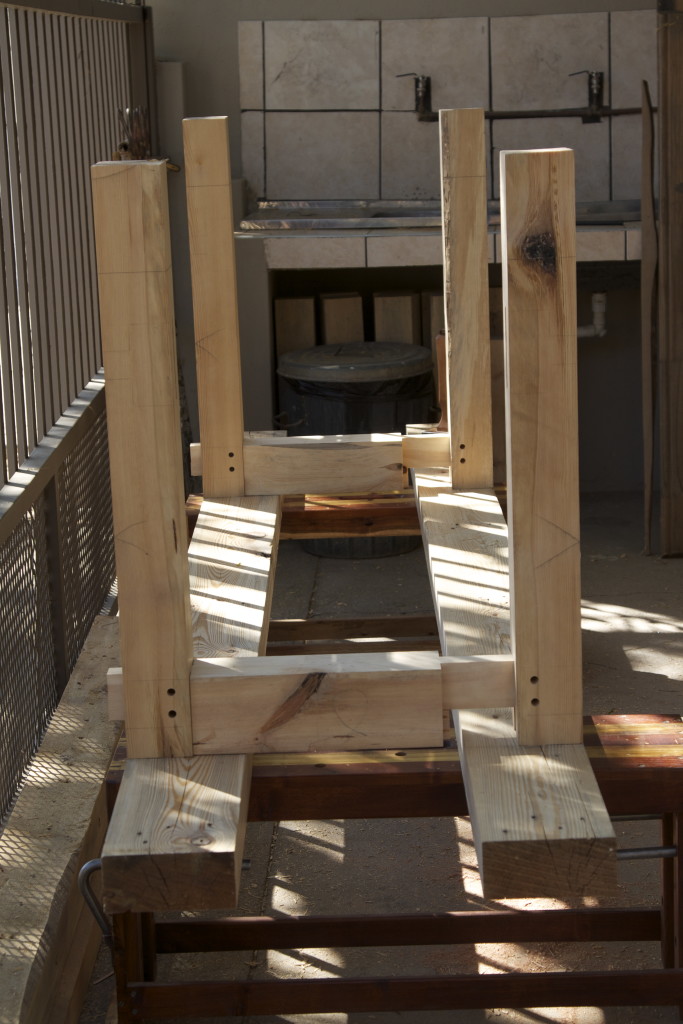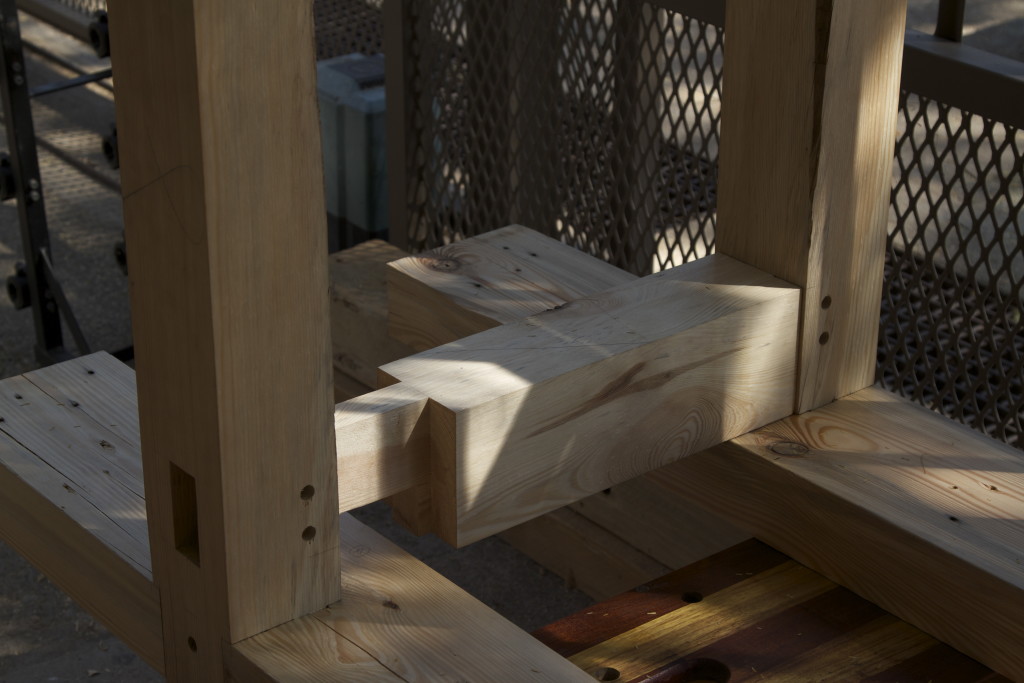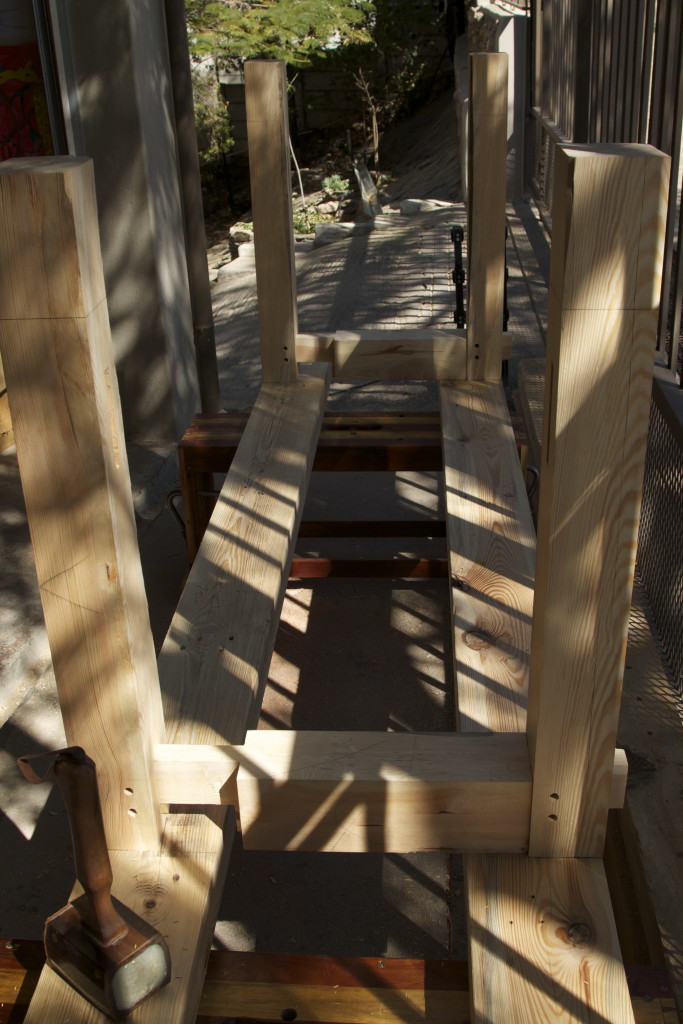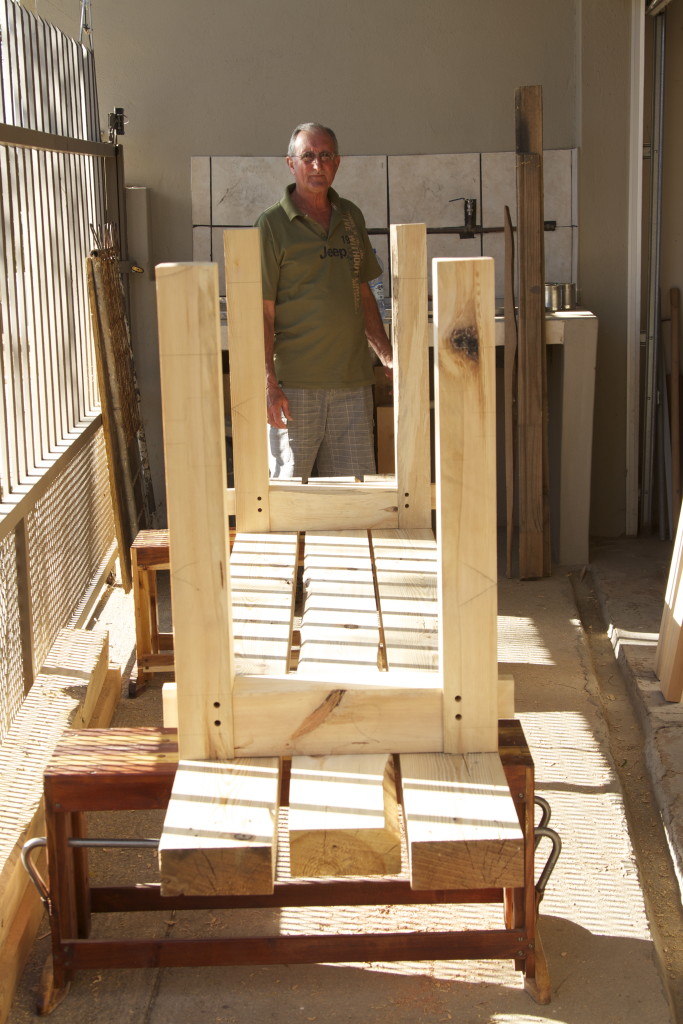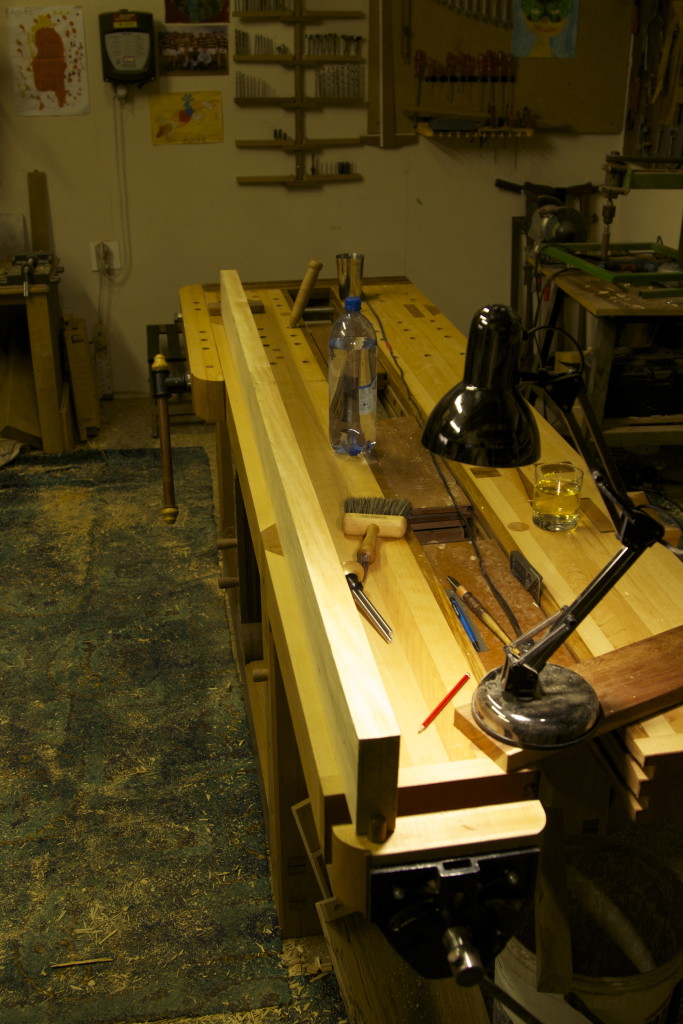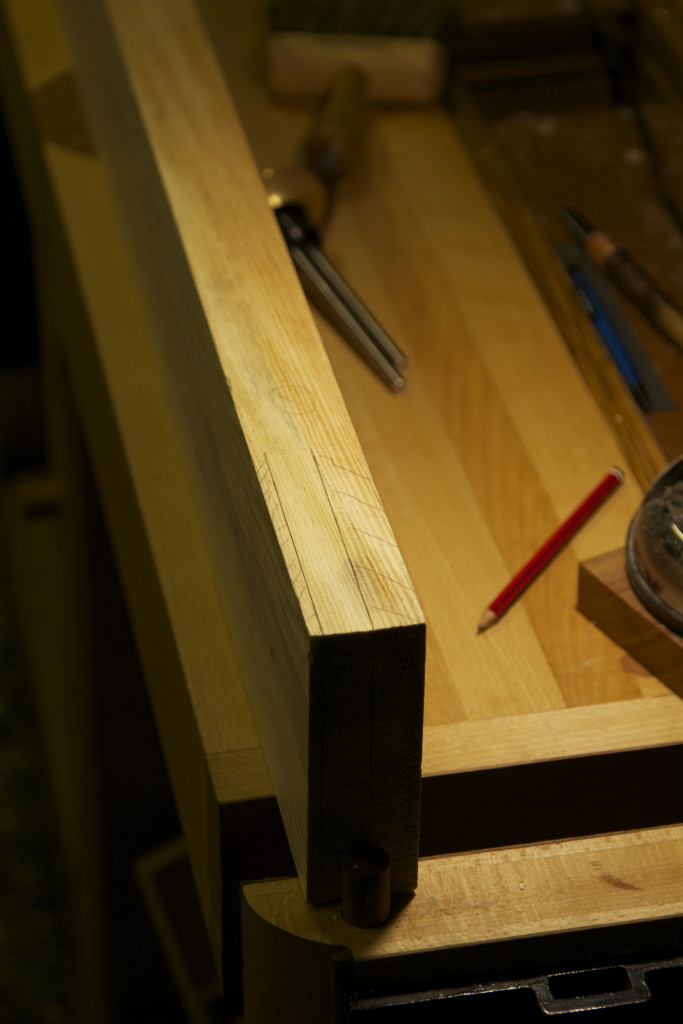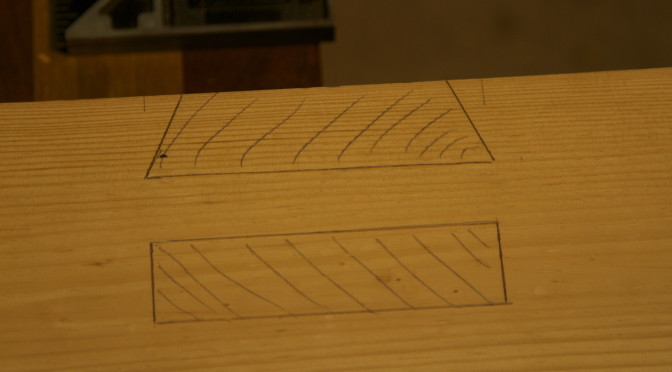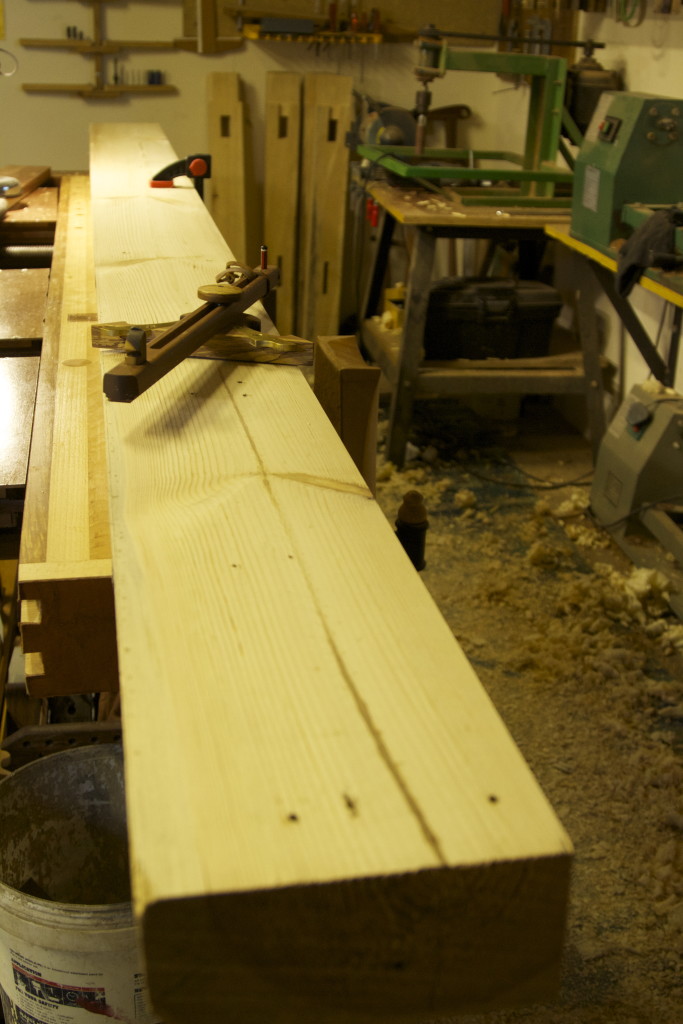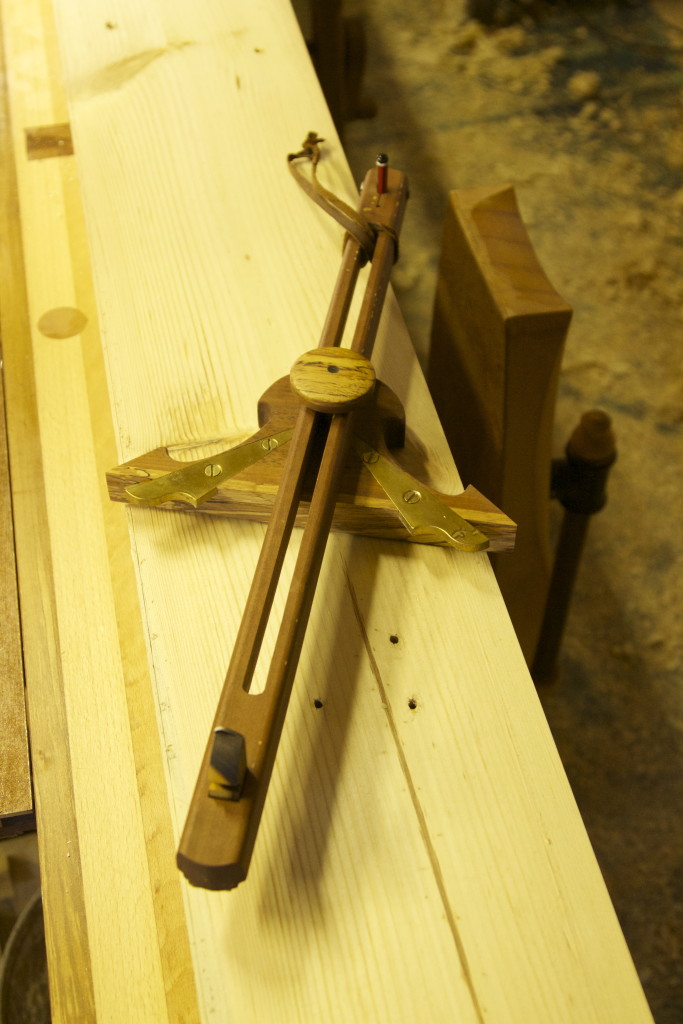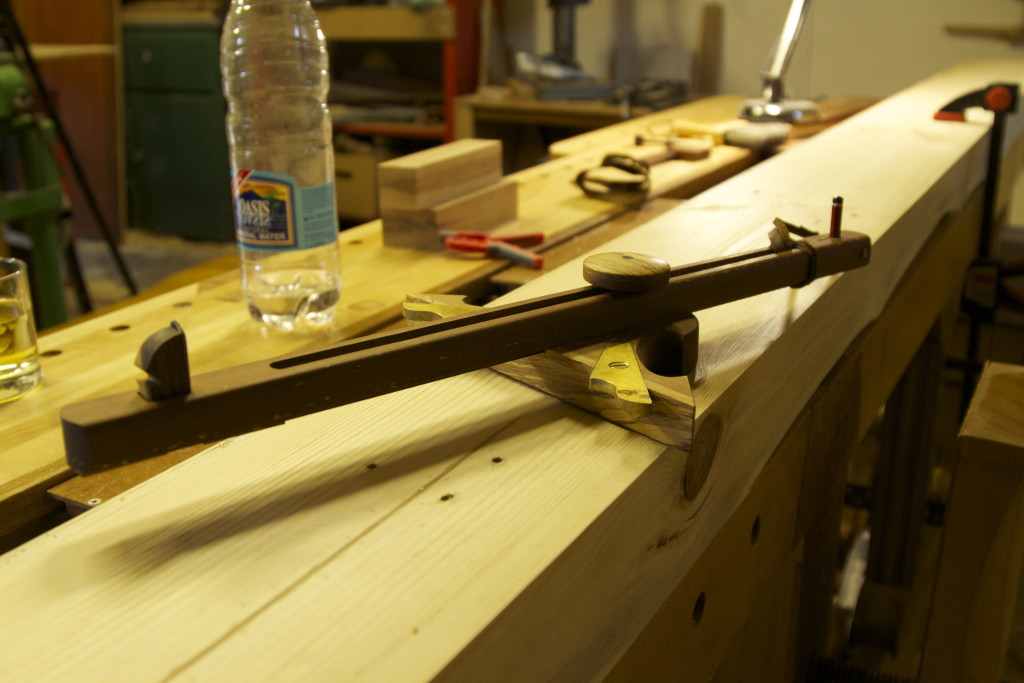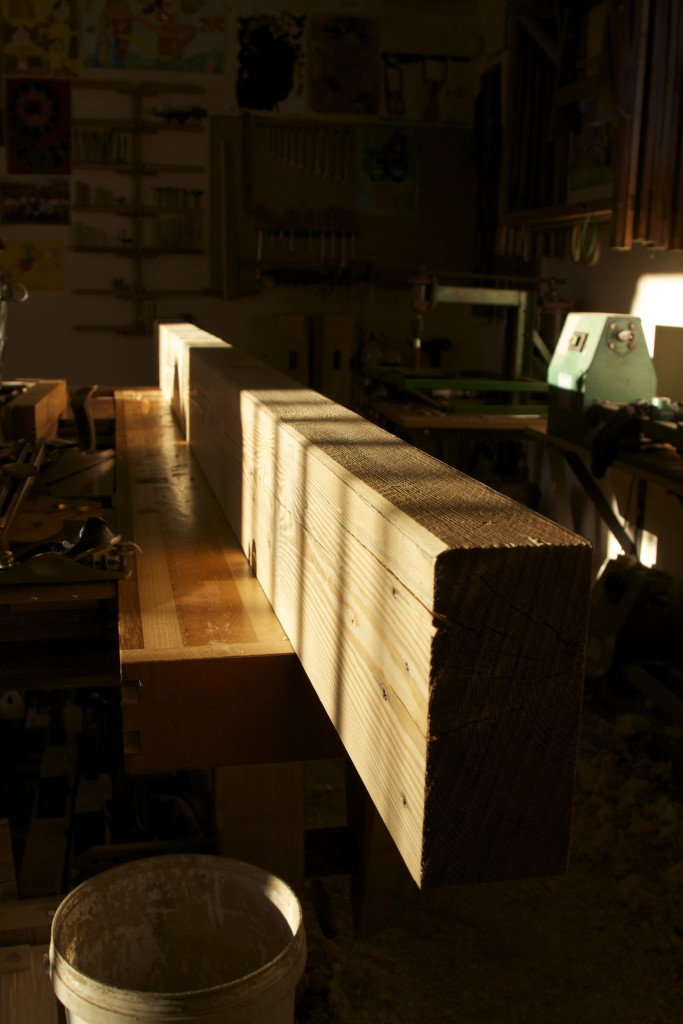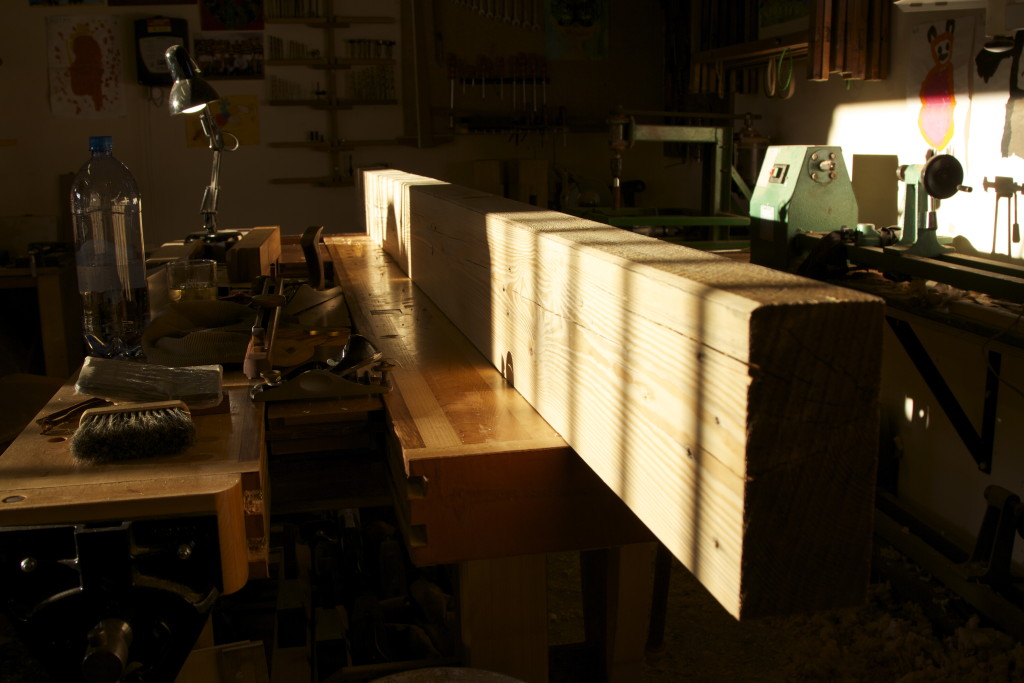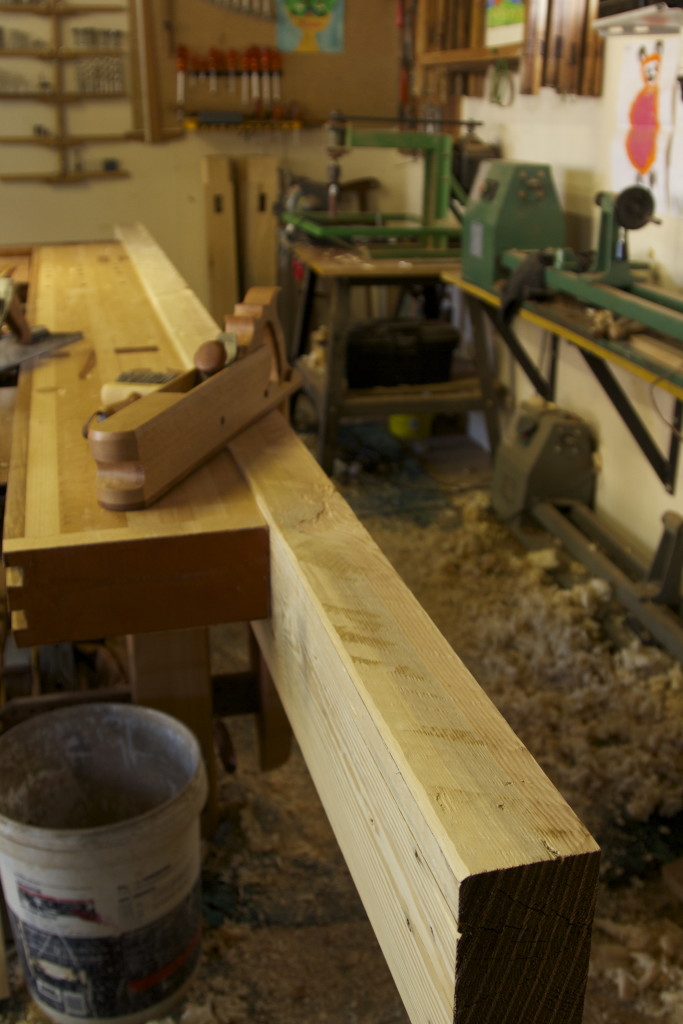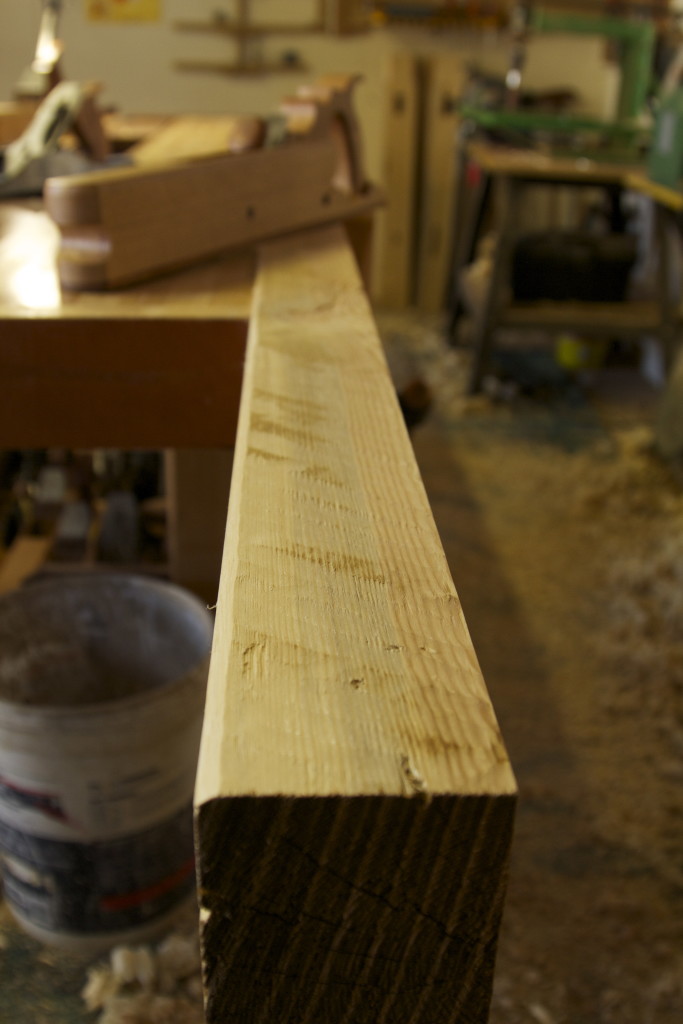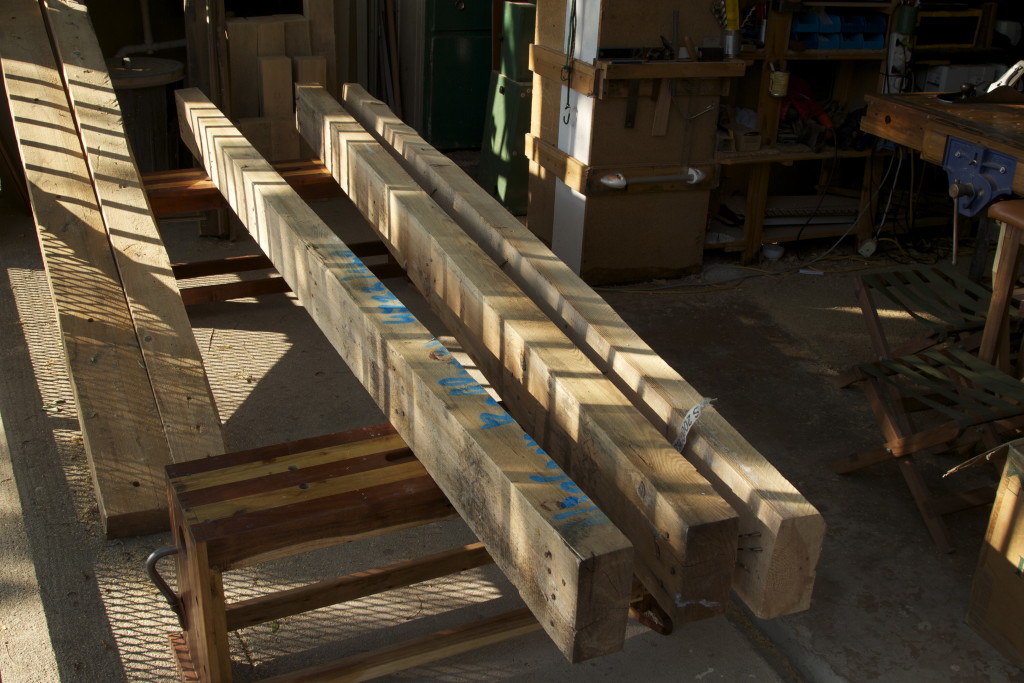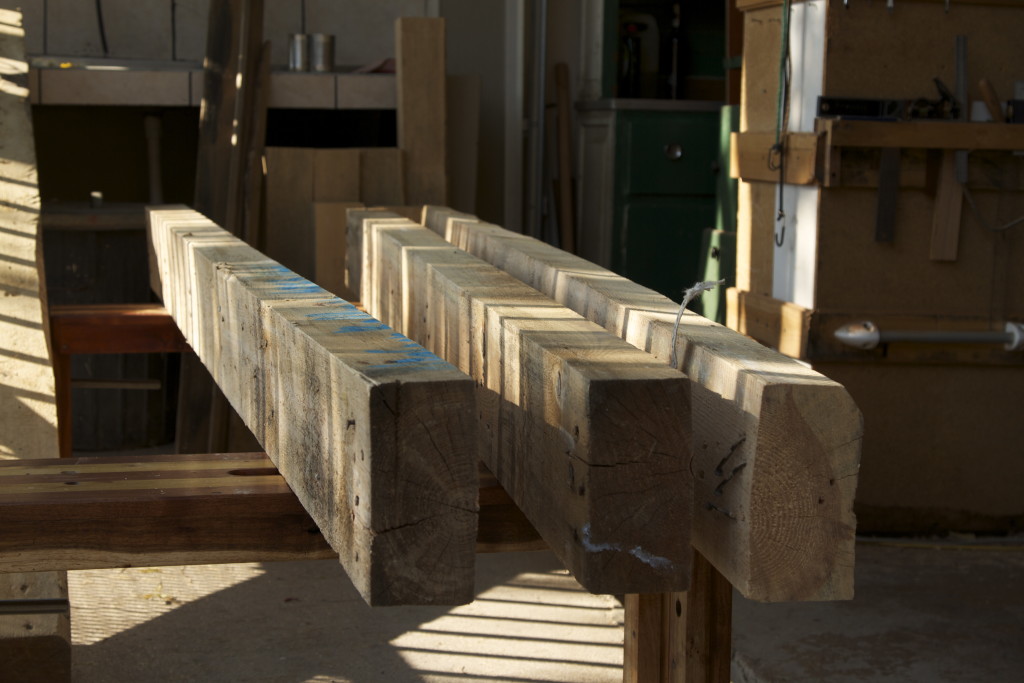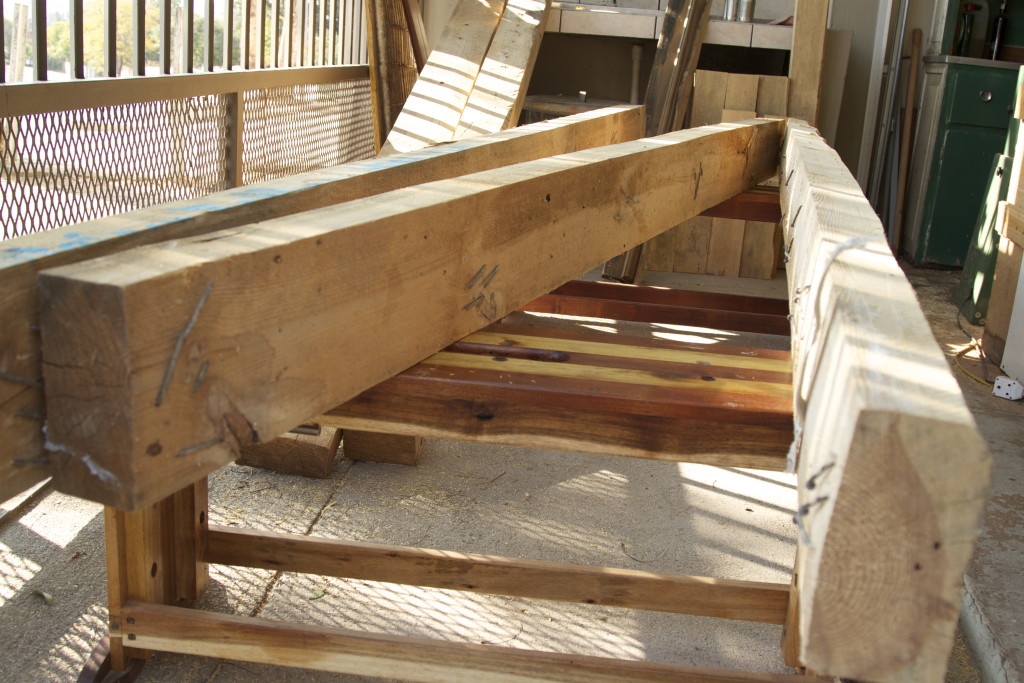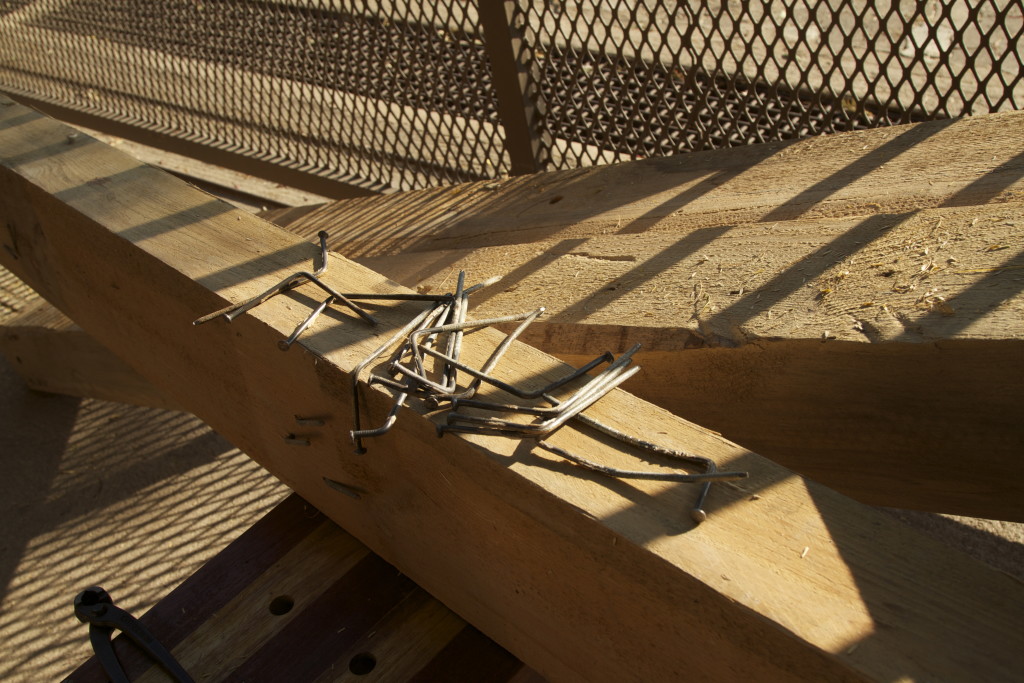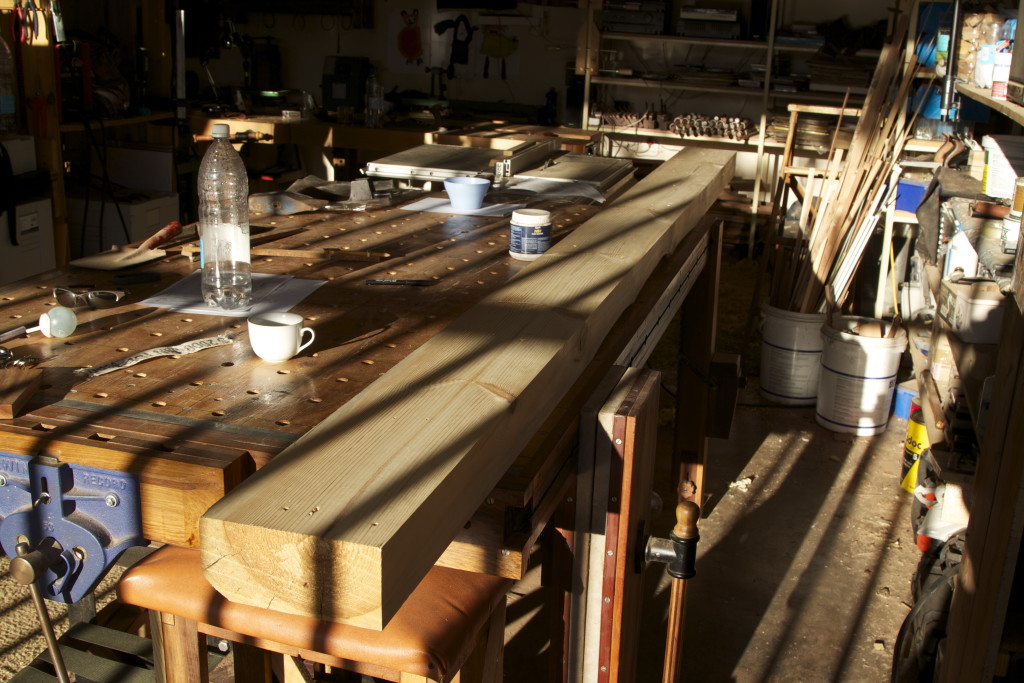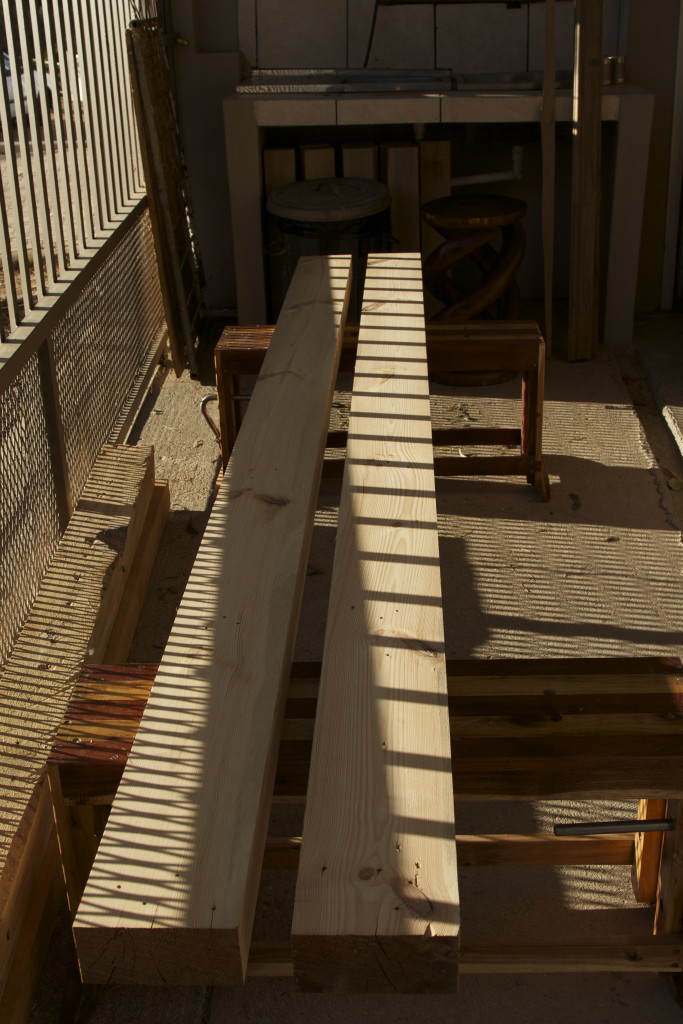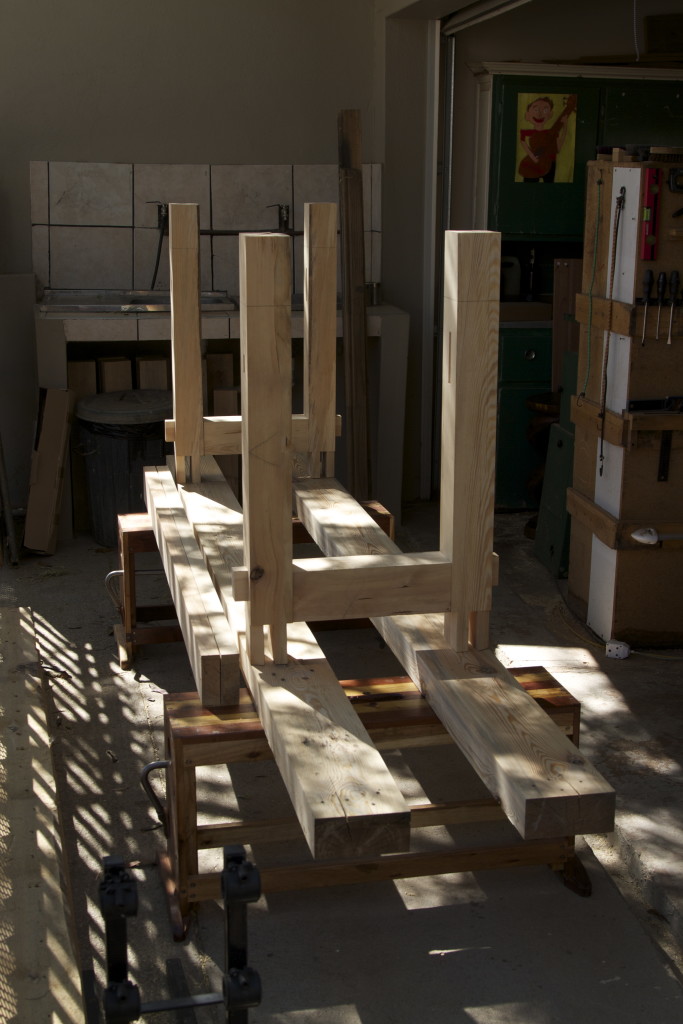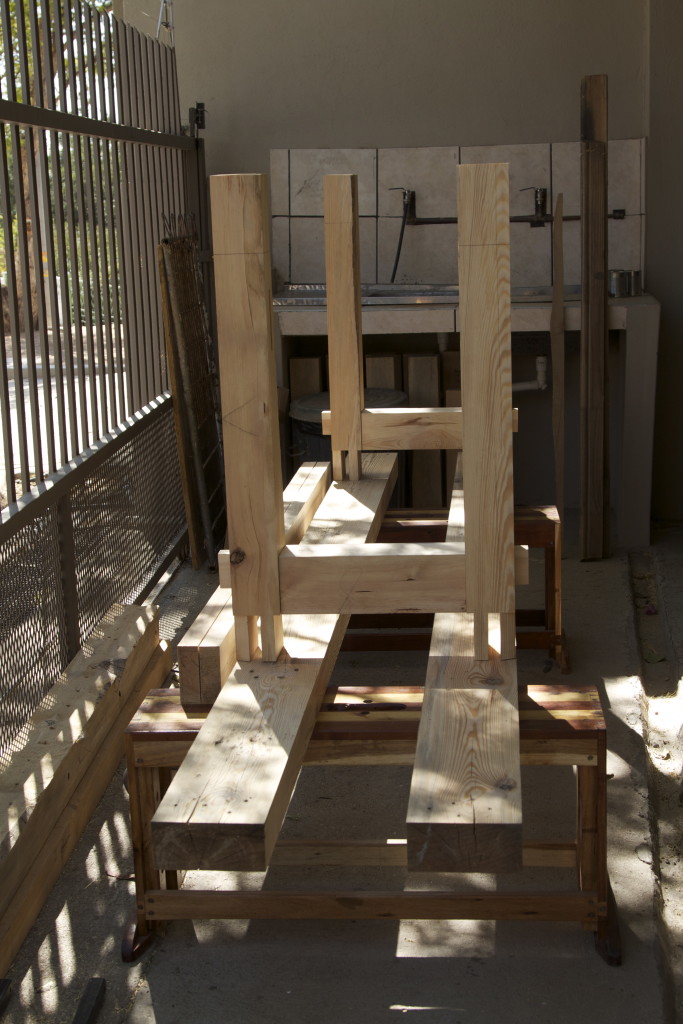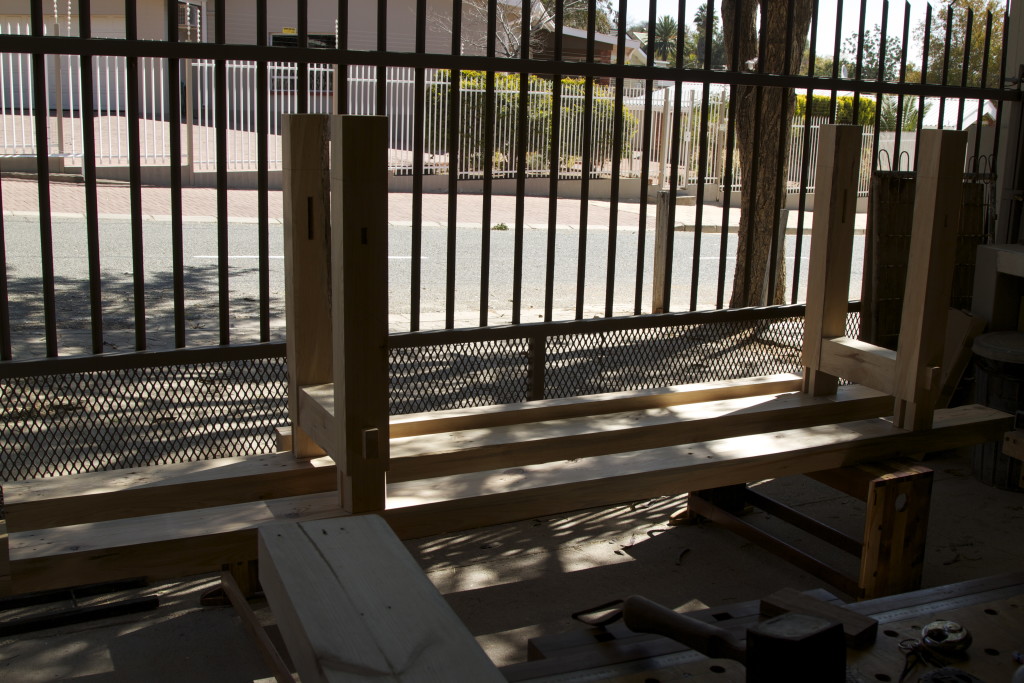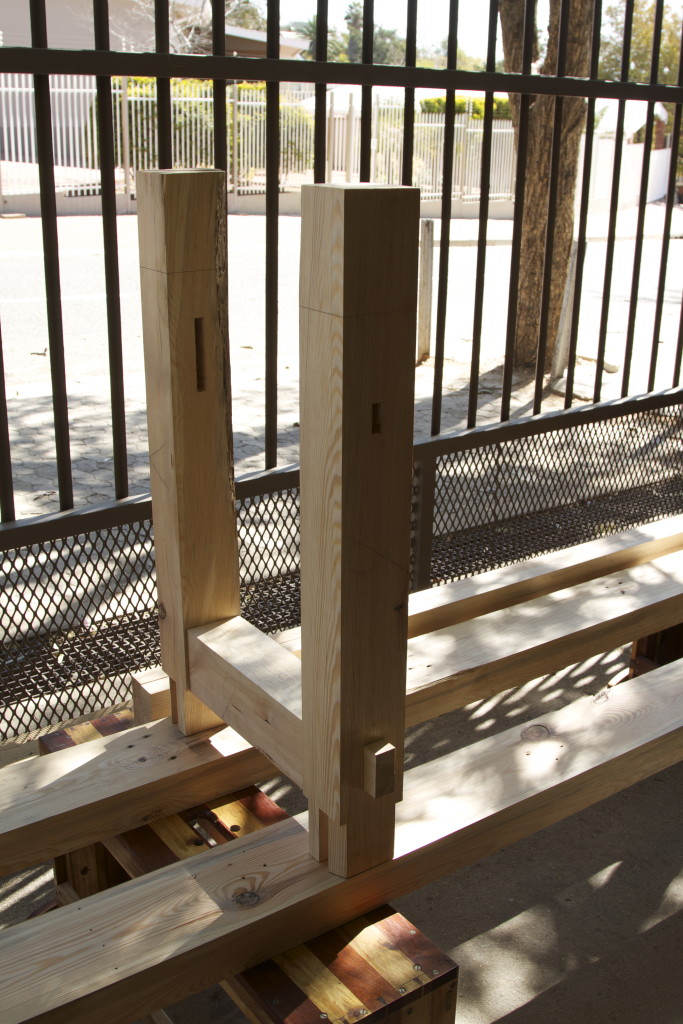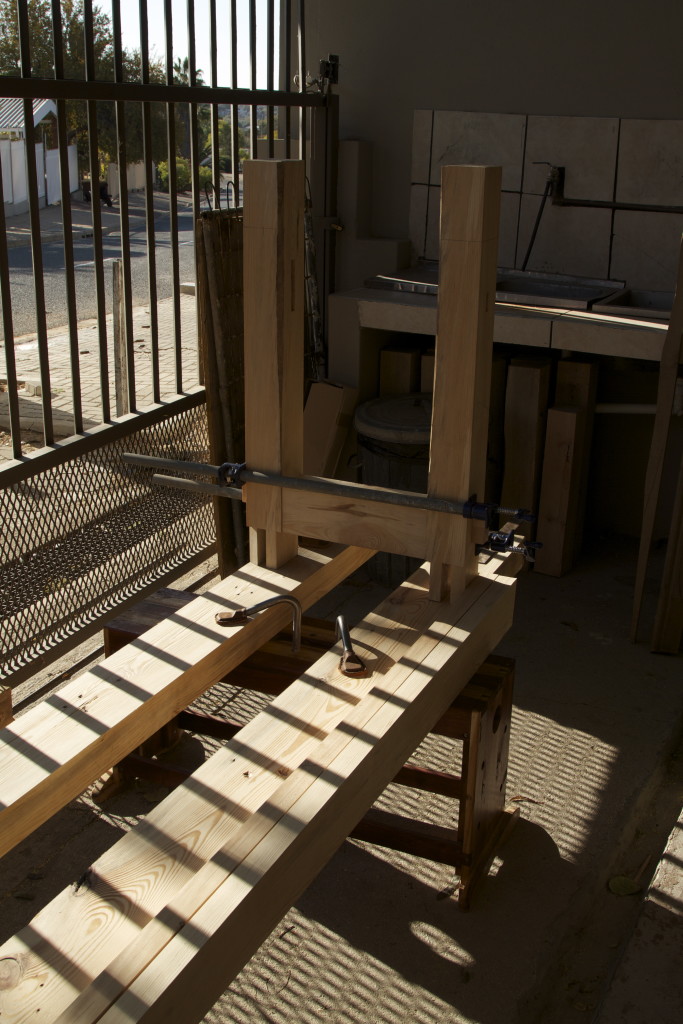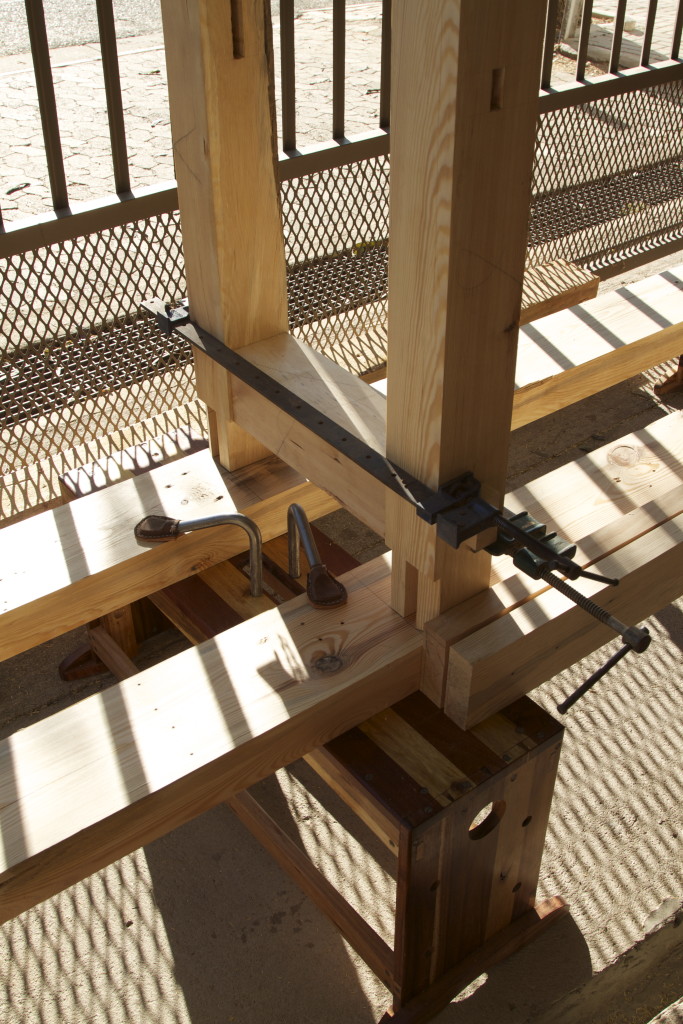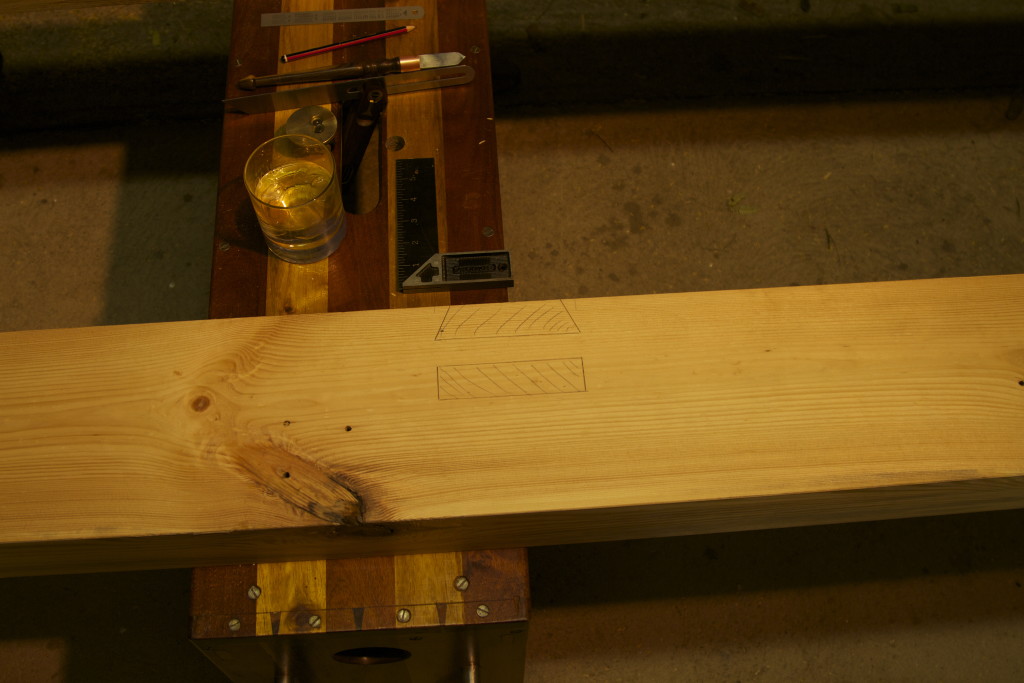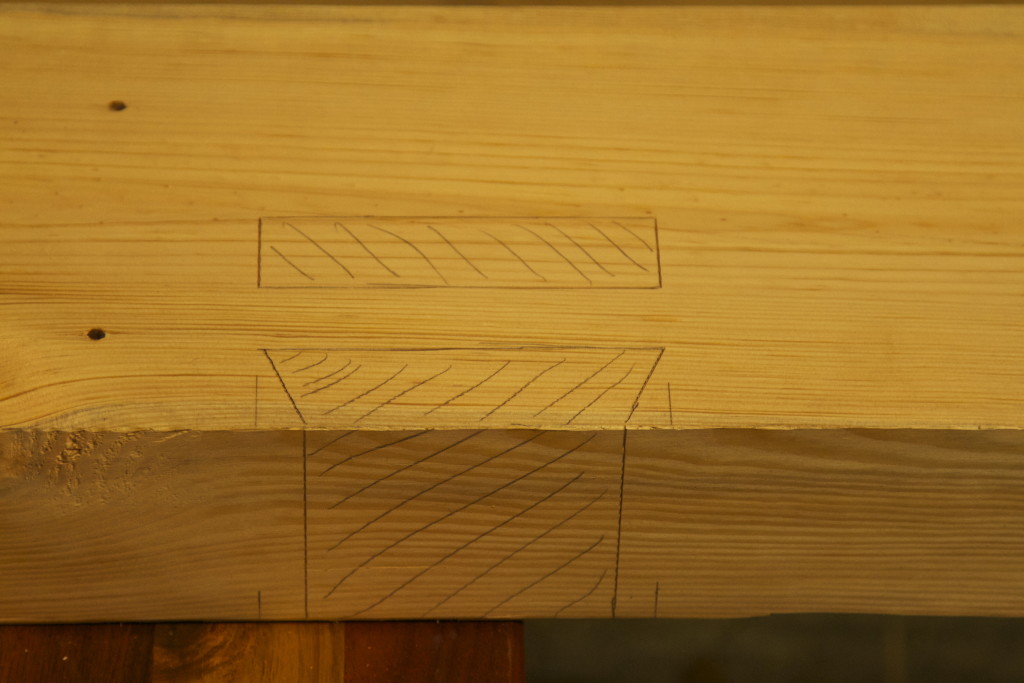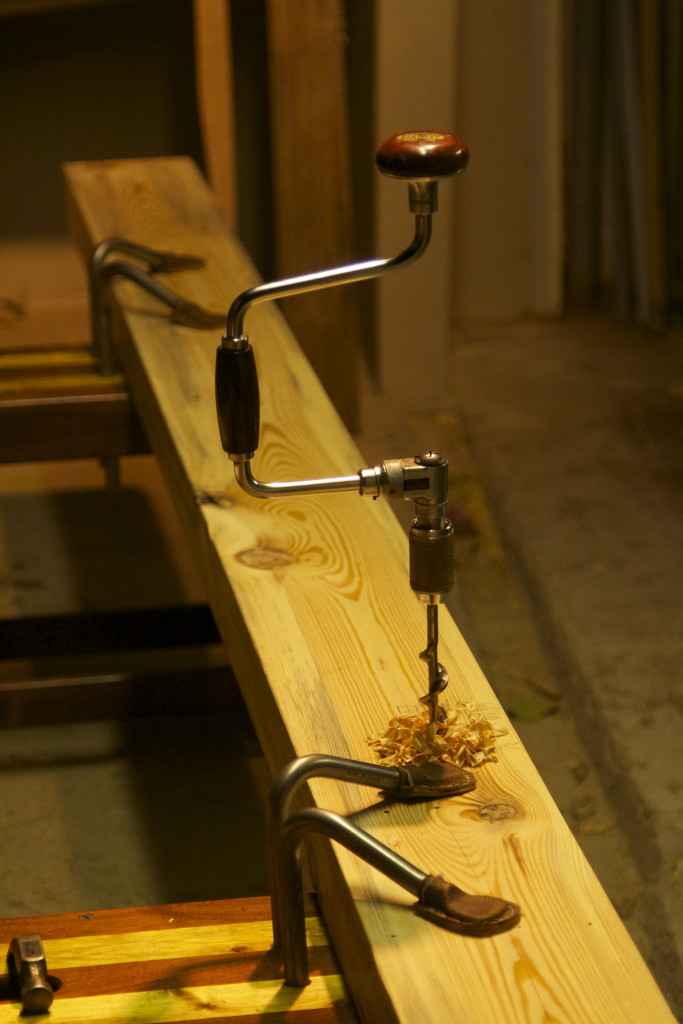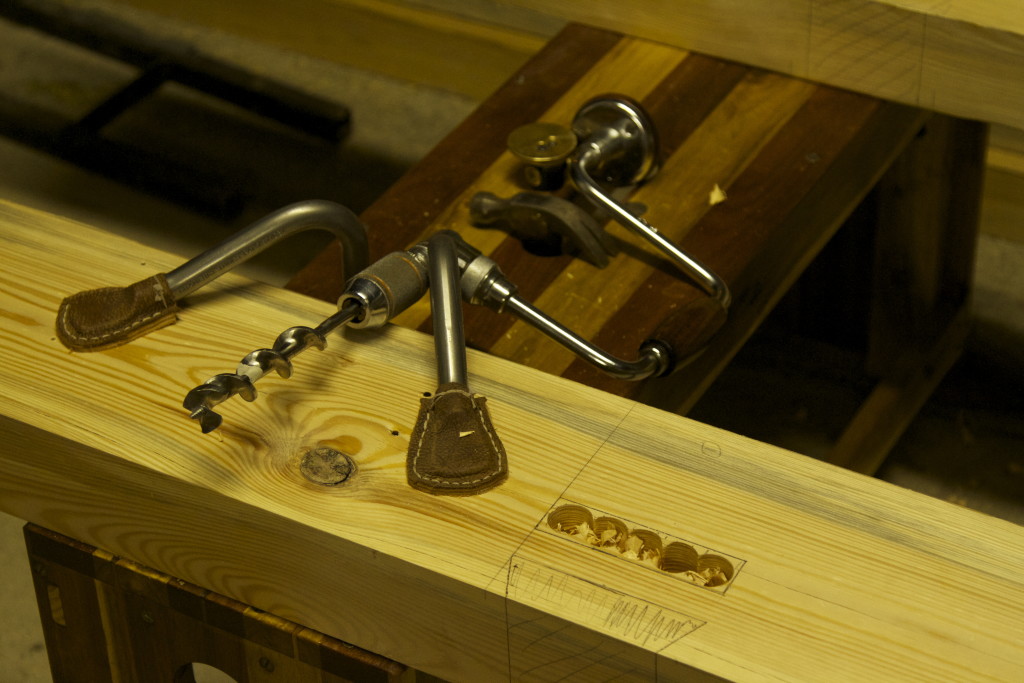30/5/2016
I’m sure this must be the millionth Roubo journey that’s been blogged about! Thanking Gerhard again for the opportunity, this time to convey my African Roubo experience to you, here goes yet another one.
Since reading Chris Schwarz’ Popular Woodworking Magazine blog entries on workbenches years ago, I have always wanted to build me a decent solid workbench. Nothing less than a Roubo. I like working with my hands and I’m not scared to strive to acquire new skill sets (still have a hard time with welding and plastering though…). Sure, at that stage I already had a few projects under the belt. Some of you may associate with this, you know, sawing on the stairs with the wife standing on one end, planing on a temporary table in the shop and picking the work piece up from the floor every few minutes because of makeshift bench stops, sanding outside on the lawn etc. And surprisingly these projects came out fine (also despite working with “hobbyist class” tools). Later I got my hands on a workbench that was quite sufficient but it was an ugly, impractical apparition. Partially perhaps because it doubled for the previous owner as a metalworking bench – steel framed, scaffolding plank top with a 16mm plywood sheet screwed onto it. Adding a vise and bench stop eased the pain a great deal.
Simultaneously I developed the need for better quality tools (not that I deserved them). That was when I started visiting antique shops looking for quality, antique bargains. And soon had the unfortunate life changing experience by discovering eBay (and the intimacies of shipping costs).
Fast forward to the Roubo. I started to investigate what lumber to use that was available in at least 4″ thickness. Didn’t really feel like following the “laminated pine” route, rather wanted to use solids as opposed to laminated wood. Our Pine is also generally softer than the US version(s), except perhaps for the Cape grown lumber, which has much tighter growth rings than those from up north in Southern Africa (because of less favourable growing conditions, I assume). I considered using railway sleepers and then just plugging all the holes but that could turn messy (and ruin your tools). Oak was available from a local timber agent but prohibitively expensive in such dimensions. Started to contact mills for rough cut lumber (any lumber of sufficient dimensions) and eventually got referred to a company that were importing and then kiln drying lumber from countries up north (Southern Africa). It turned out that they did have four sleeper sized beams that they wanted to get rid of, the reason I can’t remember anymore (not that the reason really mattered to me!). Between 2,4 and 3,2m lengths and 110mm (4½”) thick. It was African Rosewood (Guibourtia Caleosperma), family of Bubinga. Eisch!
For R400 (about US$30) all in all. Kiln dried at no extra cost (the courier down to Cape Town was about R900)!! Ridiculous, I know, a real giveaway!! Although I felt remorse using such beautiful timber for a workbench, I reasoned if I strive to do a real special job, I may eventually pass it down to my son as a heirloom! Furthermore, I have sentimental value to the tree species, since my dad and me used to camp under these species trees on our numerous hunting trips in the far north of Namibia. Winters in Namibia makes for a grey/drab landscape and these trees were the only evergreen trees in the veldt. It is ideal to set up camp under one of these. They call it “Ushivi” up there).
Usually, I can be quite a pain when planning something, because I have another pet hate, and that is to have to do something over, just because I messed up because of a lack of planning or because I was rushed. Perhaps a tiny bit of Kavango-bush mentality (“there is always tomorrow“) left after all these years? Therefor I prefer to take my time, investigate something pretty thoroughly and only then commence with my project (which therefor often seems to take forever). And yes, I know I’m boring. I’m also well aware that I’m a jack of many trades but master of none. So, since I’m doing this part-time, there’s no rush? If some chores around the house comes up, it tend to take priority (or gets made my priority…) and my woodwork projects tend to gather dust. So, the bench for this part time wood butcher had to be not too large (I have limited shop space), not too small, dimension ratios acceptable, tenon selection also had to be a special feature without building a bells and whistles thing. And simultaneously optimising usage of my available lumber.
Also decided to build it with hand tools (bit of a traditionalist, but lets not go there yet), so ripping and cutting these beams into manageable pieces was a mountain I had to cross, sooner or later. But by just Googling a few black and white pics of (must be) “desperados” cutting down rather large Redwoods in the early days with hand saws and axes, made me feel much more positive about my intentions! The more the bench took shape in my mind, the more urgent my urge became to start plonking away!
Sure enough, the project slowly started to gather momentum. Dimensioning the legs on my old workbench to 120x100mm (5×4 inches)
Dimensioning one of the tree top beams. Note, because of its sheer weight I required no clamps except for an improvised “bench stop”, just in case…
After the top glue-up, it was time for the leg top tenons. Decided (speciality factor) on rising dovetails (inspired by Roy Underhill, I think), which I knew was going to be fun and games in these large dimensions, all three cuts being taper cuts. To start the cut correctly, snugly next to the line on this tough hardwood, is really the key (second to the initial accurate measurements and marking, of course). Saw just wants to (and does) slip in the tough end grain. Chiselling to the line to aid the start (First Class cut), helped with some of the cuts. If done carefully, minimal planing is required afterwards. Still, it is a workbench, so it doesn’t have to be perfect!! This timber weighs 800kg/m3 and has a Janka of 2090. I orientated the legs so that my cut would be more or less vertical using my sash. At that stage I still had trouble sawing accurately to a line, so I sawed 10mm at a time and then scrutinised my cut, until the cut was complete. Took forever, but the result, I felt, was acceptable. Had no room (read extra wood) for major errors. This is not necessarily a stronger or less stronger joint than the other traditional joints being used on Roubo. Just a bit of a fancy joint (for that x-factor aka je ne sais quoi!!) that I strived for to make the bench special. Also one of the joints the woodwork community calls “impossible joints”, because once assembled, it appears to have been impossible to assemble.
Turning to the top 1800x600x100mm (72x24x4″)was ideal to test a recently restored 1″ Witherby, but I found it was almost too small for the job at hand.
Then the horizontal supports.
With lapped dovetails in front.
The jaw (200mm or 8″ wide) was also a challenge to shape with ordinary spoke shaves etc
Think these were sold as antique book clamps but they appeared acceptable to be used in the vise. Used the least chipped thread (almost 2 inches diameter) because there were some wear and tear on them. Not a nice tight fit on the female thread anymore after all these years but had to do. Using beeswax on them to reduce friction.
Something else that I found quite challenging was the glue-up because all the parts had to be simultaneously glued, fitted and clamped in the limited open time. Do you ever have enough clamps?? By the way, dry fitting (and disassembling) these tight fitting huge tenons was not a walk in the park either. Eventual result was fine though. Then used a caster wheel with a 6mm sawn off drill bit as axis to ease/support the vise operation. Also did something similar at the rear end of the vise (top of the tenon hole of course, in order to support leverage of the vise)
African Blackwood (Dalbergia melanoxylon) for the garter and handle knobs. Will probably inlay the garter later on (when I feel like acquiring inlaying skills!!)
And finally the tool rack that’s mounted to the left rear of the top. Will add additional bench dog holes etc as required. Didn’t want to start boring holes just to find out later on: “this hole actually needs to sit 1,357211cm to the left…”!!
Eventually, after flattening and some Danish Oil, voila!
Some reminiscences…. After working with it for a few years now, I have no regrets (of course I would say that…). There’s nothing bothering or irking me. Every shop should have a solid workbench and by building one yourself, it teaches you lots of skills along the way. I like the size of my Roubo and adjust my work accordingly. The final height is 870mm (34,25inch) because I’m tall-ish. The darker wood works perfectly fine, although I think lighter wood may perhaps have been more practical. Would have liked more natural light in my cave though, but have to make do with extra artificial light. Would like to replace the vise screw sometime (with another wooden one) but at least this one is not jumping threads and actually works fine! I have added a traditional bench stop recently and drilled two or three extra holdfast holes. Thinking about a sliding dead man but haven’t really had the need to use one yet and there are other ways to circumvent that. Oh, yes, and then perhaps an end vise, even one with just a 20cm range span could also be a helpful feature. Personally I’d prefer not to bolt a Record 52 or something similar to the end of the bench to double up as ‘n end vise, but that’s purely personal. This thing weighs a ton, so I’m currently satisfied to use it just as it is. Saves a lot on medical bills, by not having to manipulate it (yet) for additional mods!
Hope I didn’t bore you with this African Roubo experience! Just thought many of you may relate to much of this.
Cape Town greetings!
Frank Bartlett




